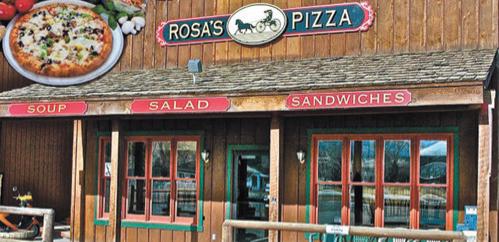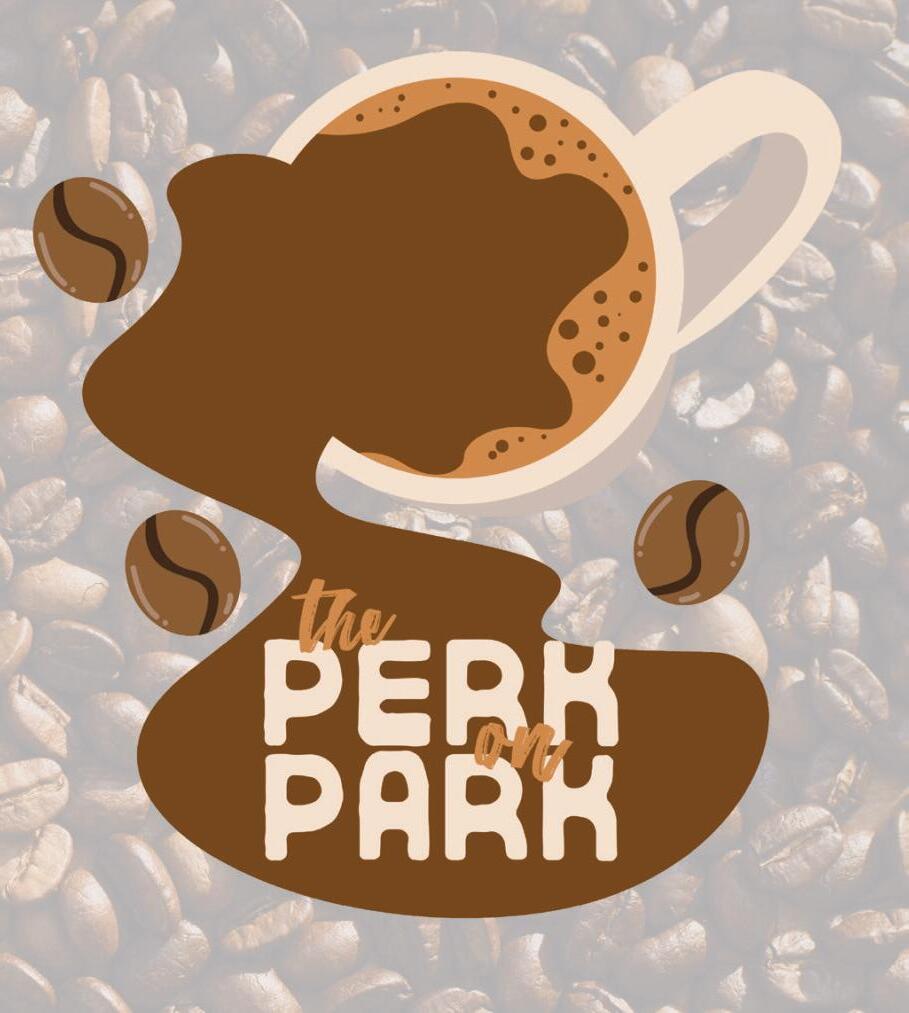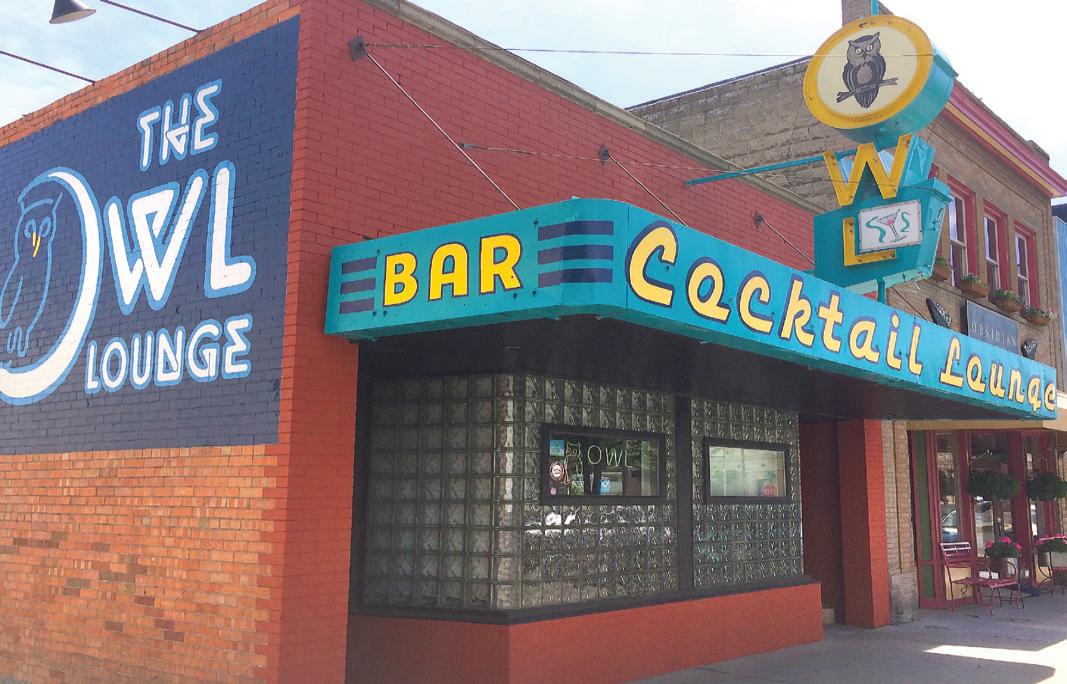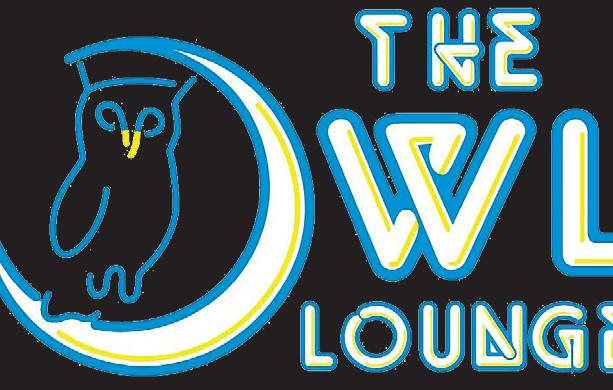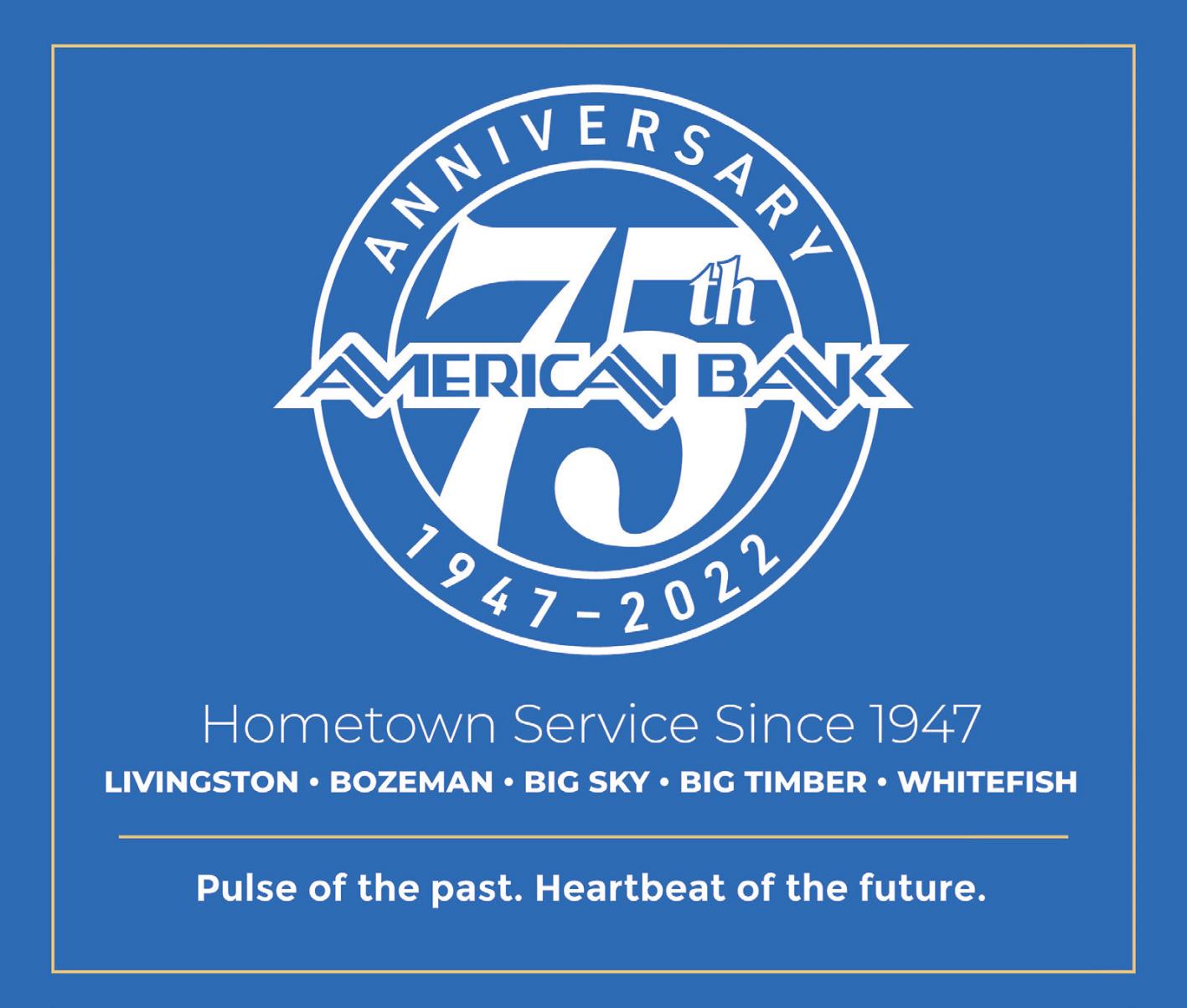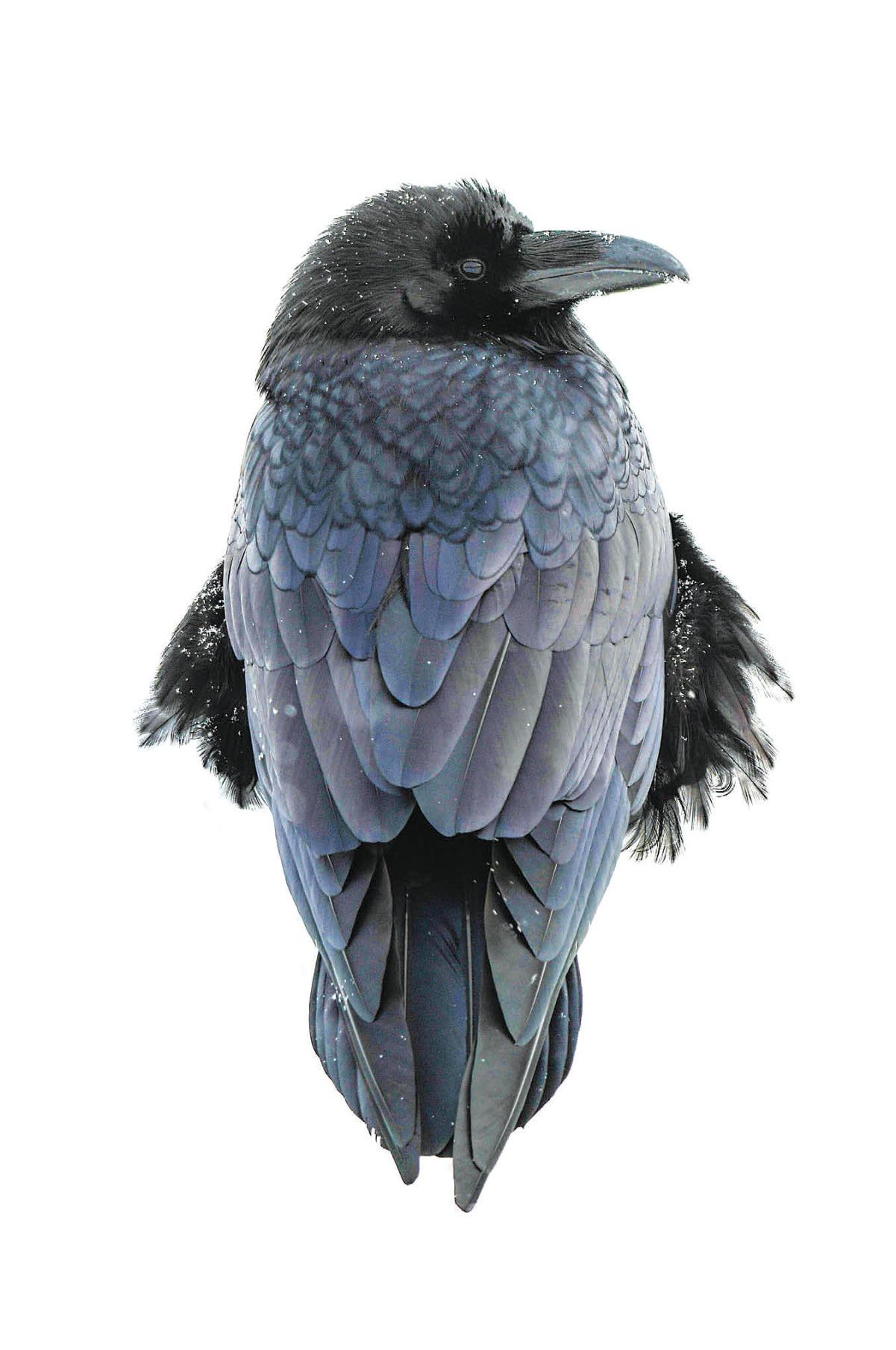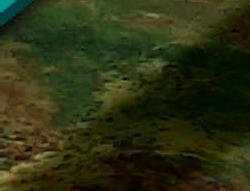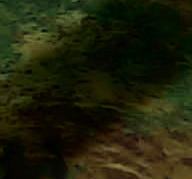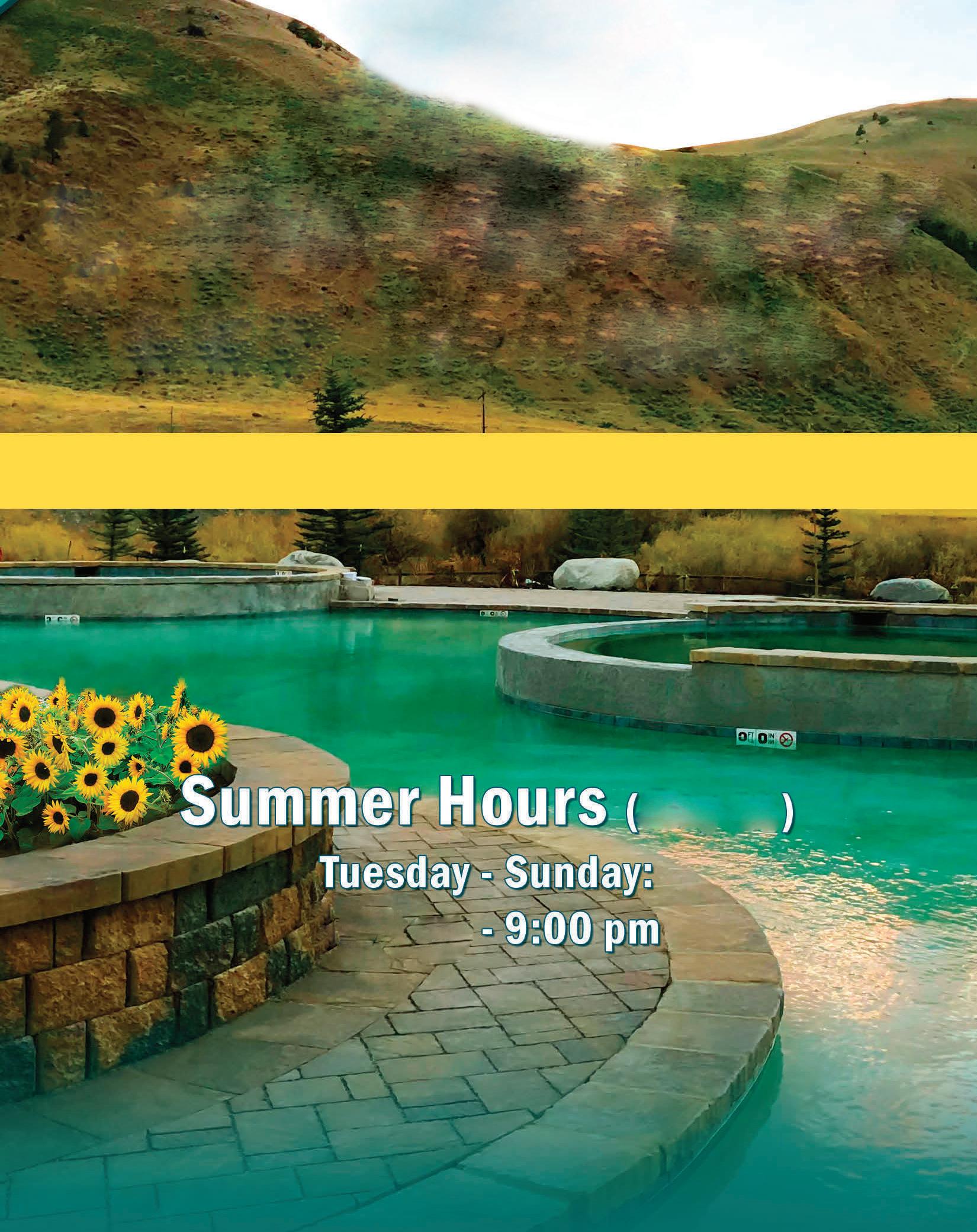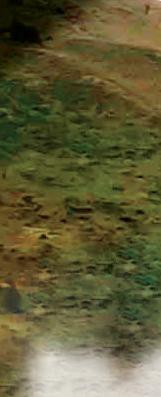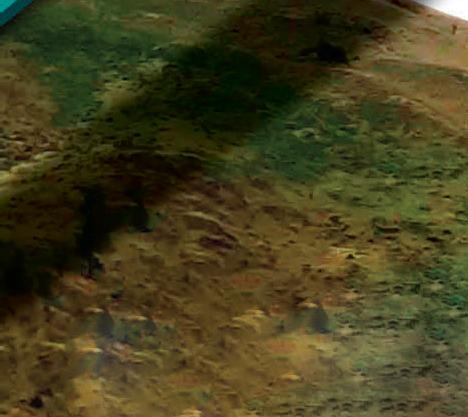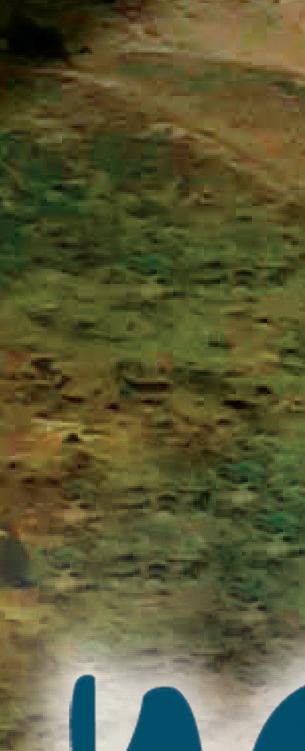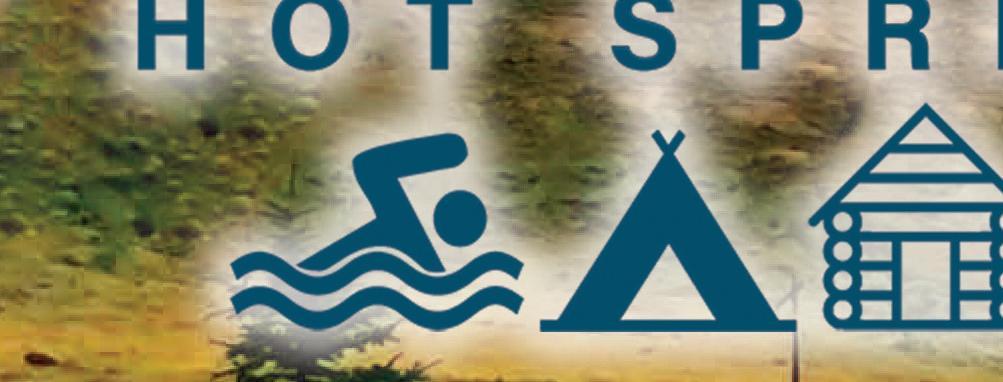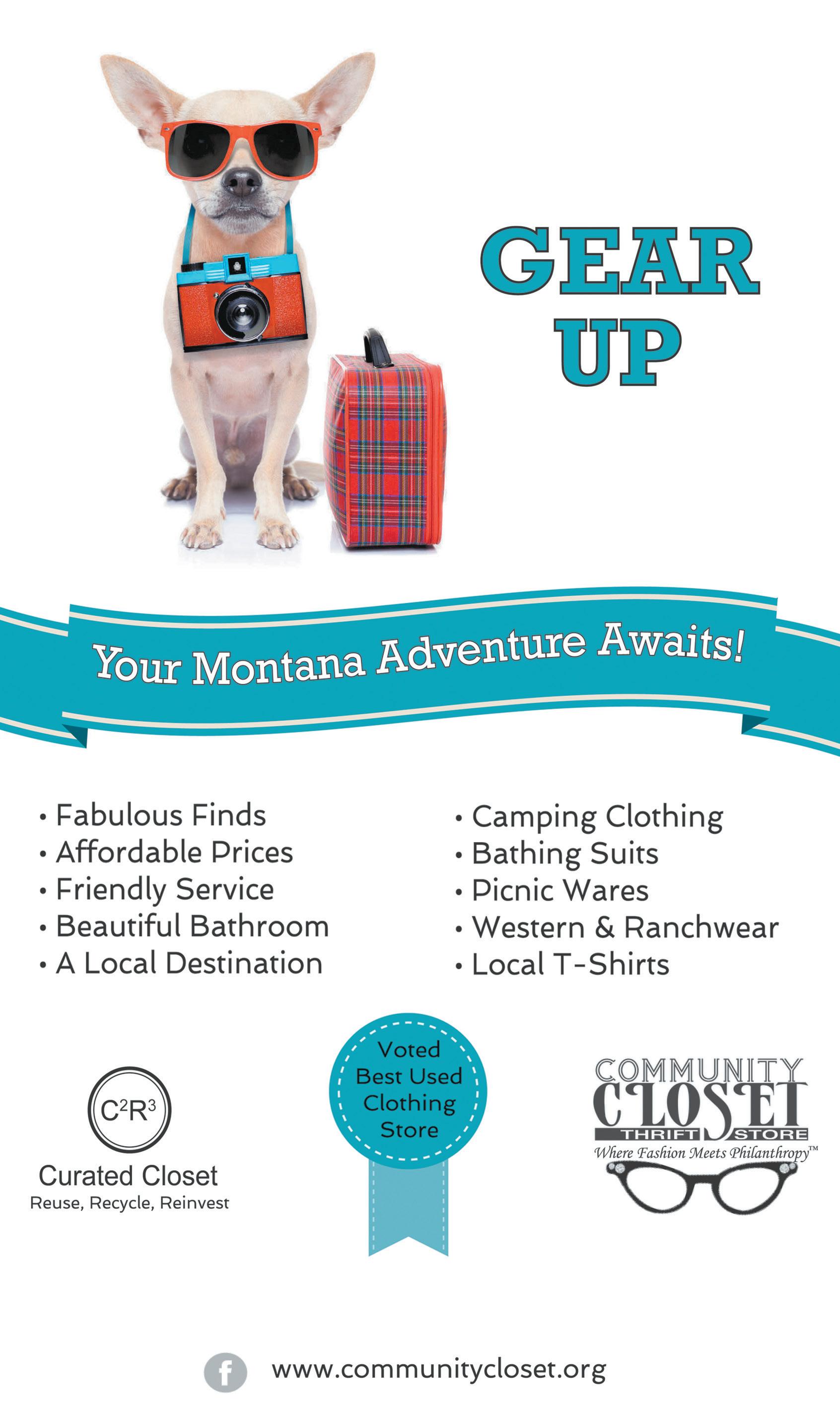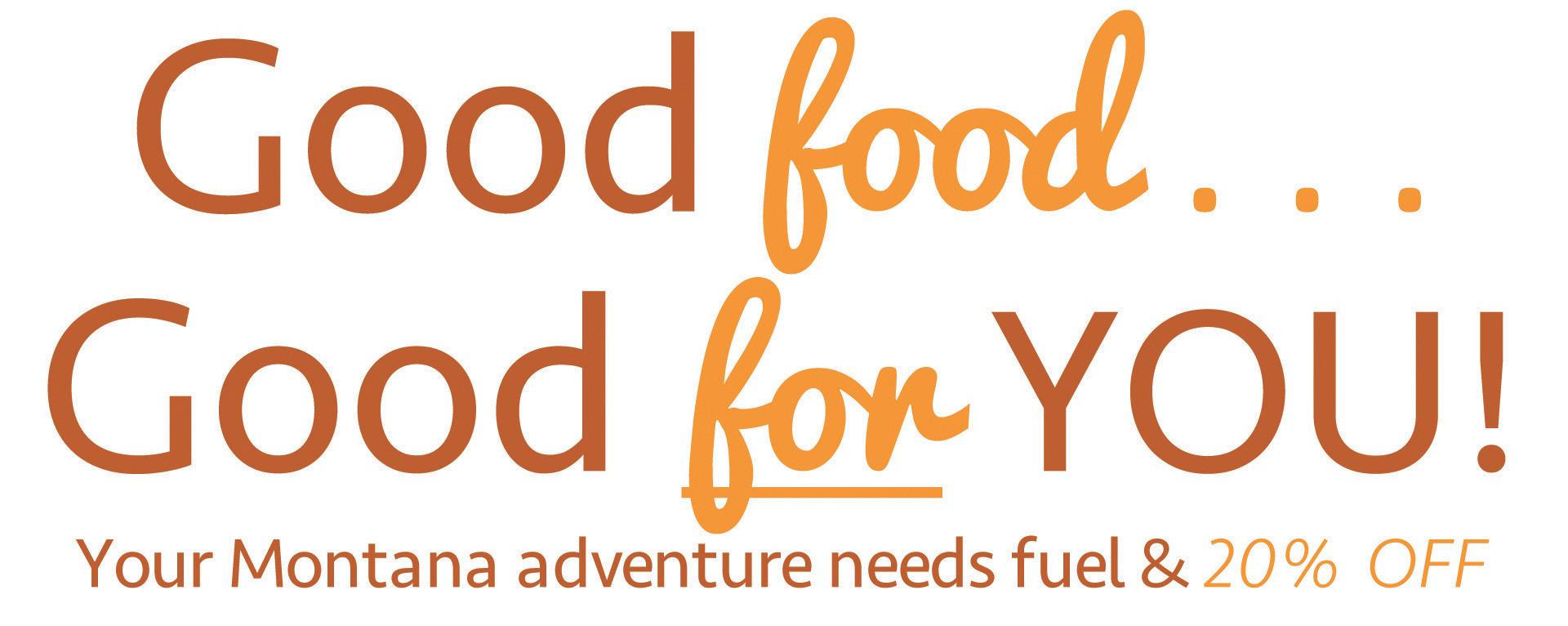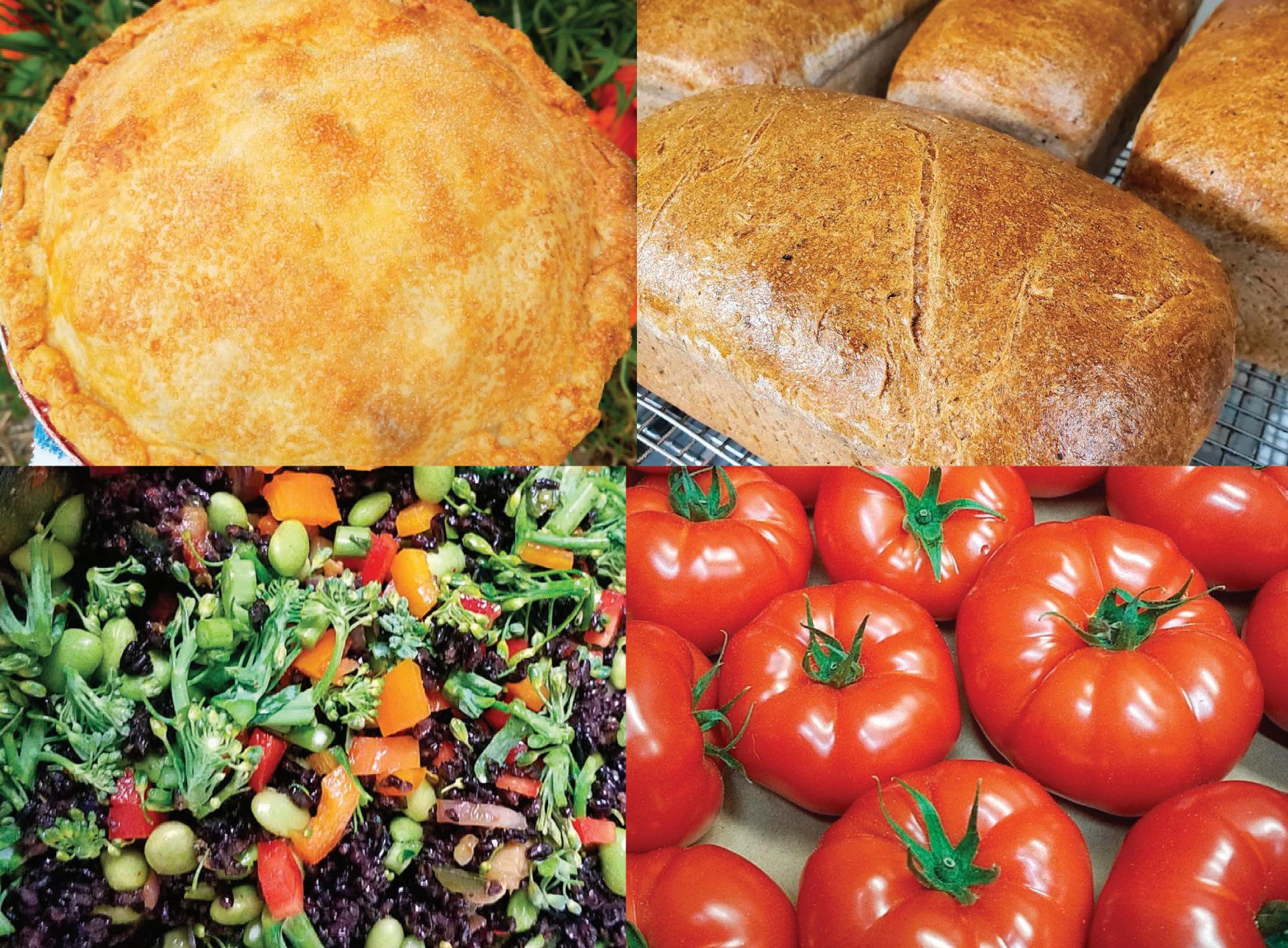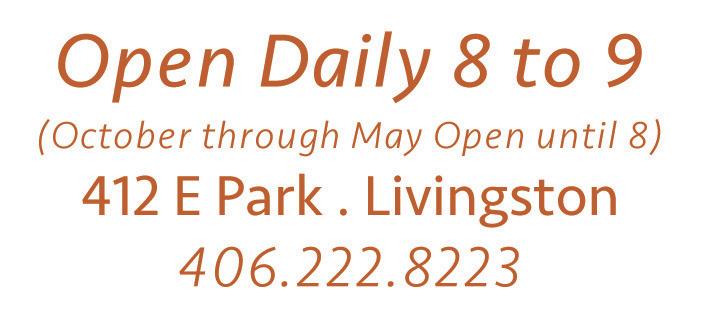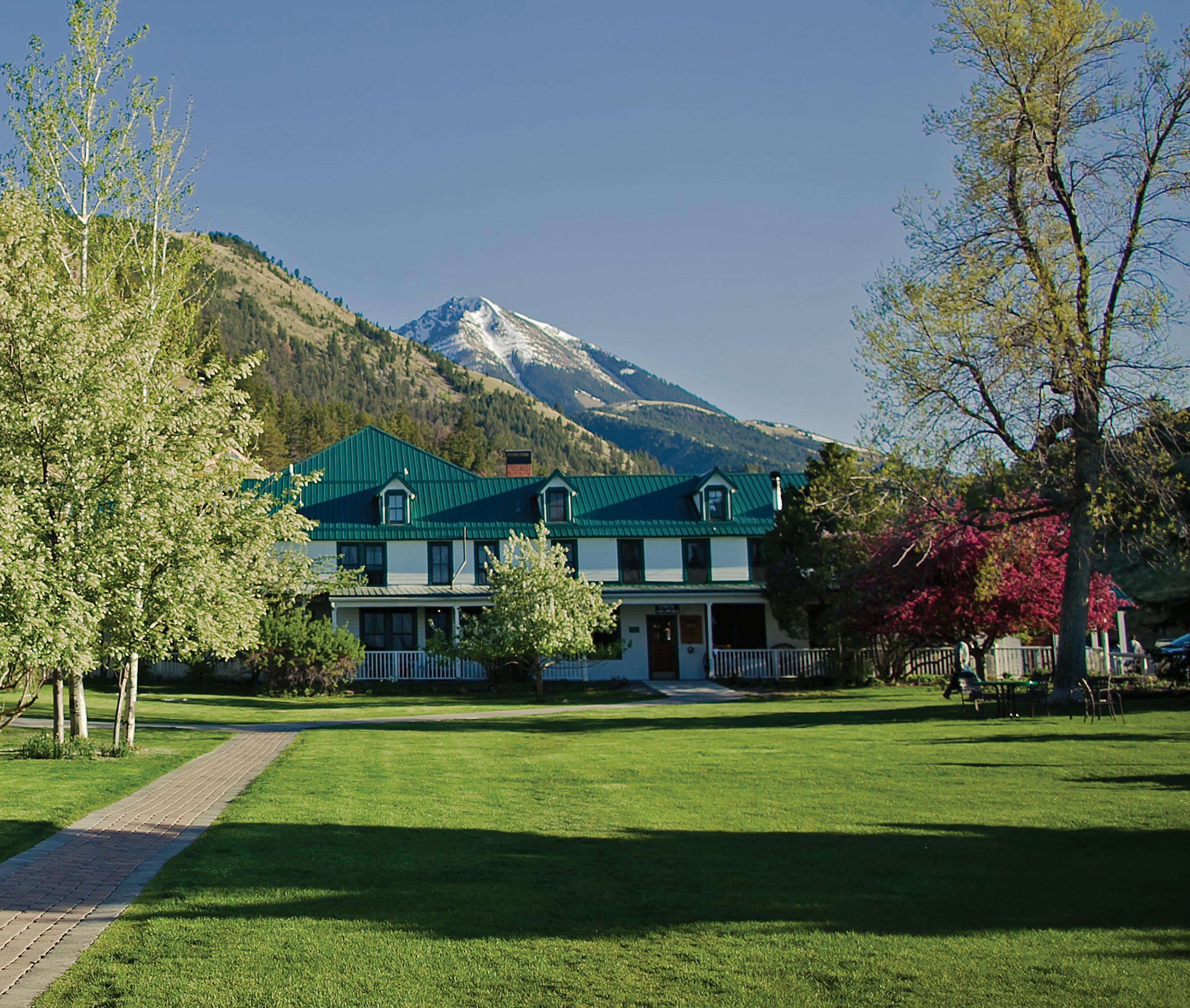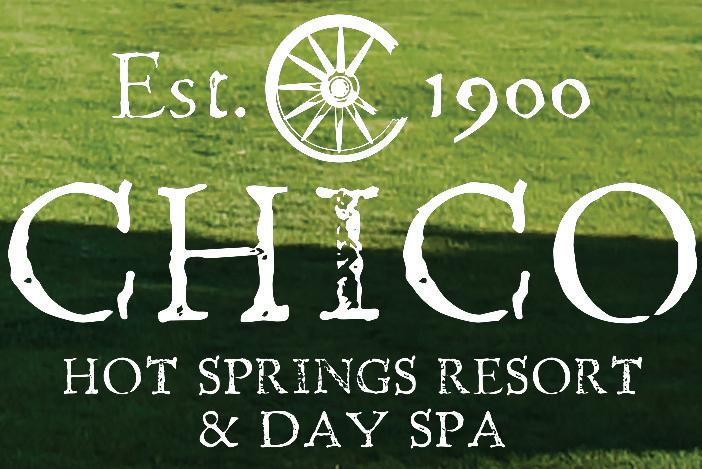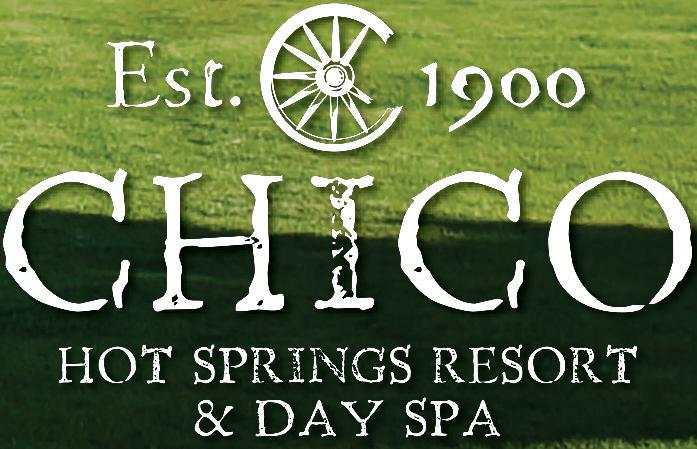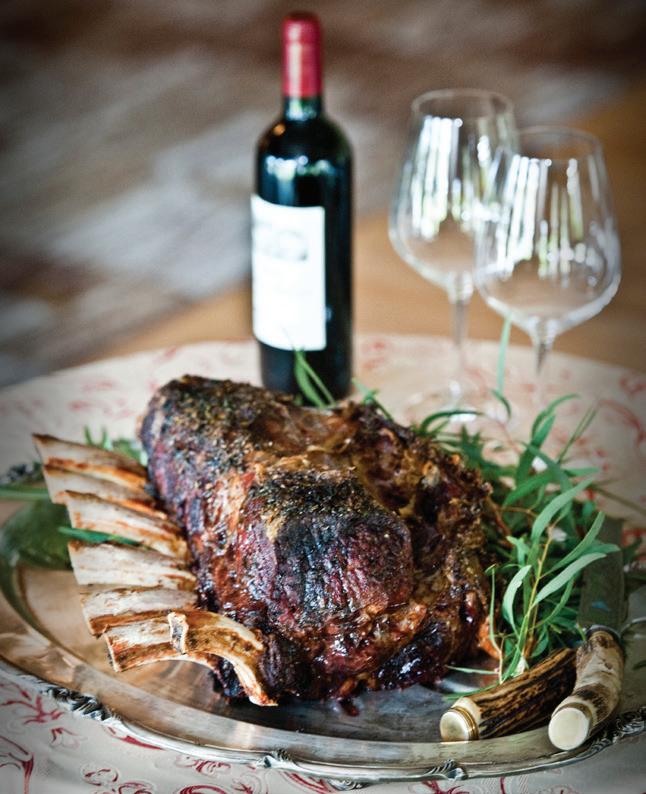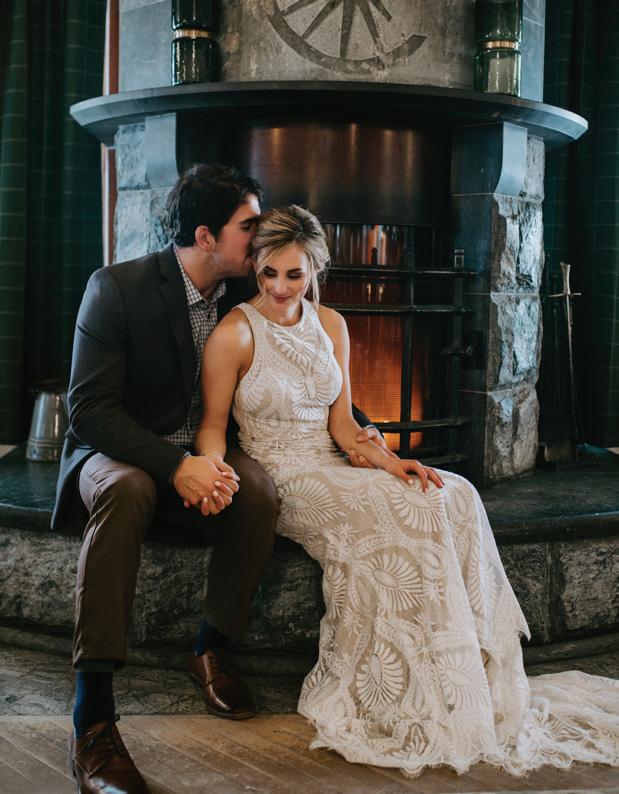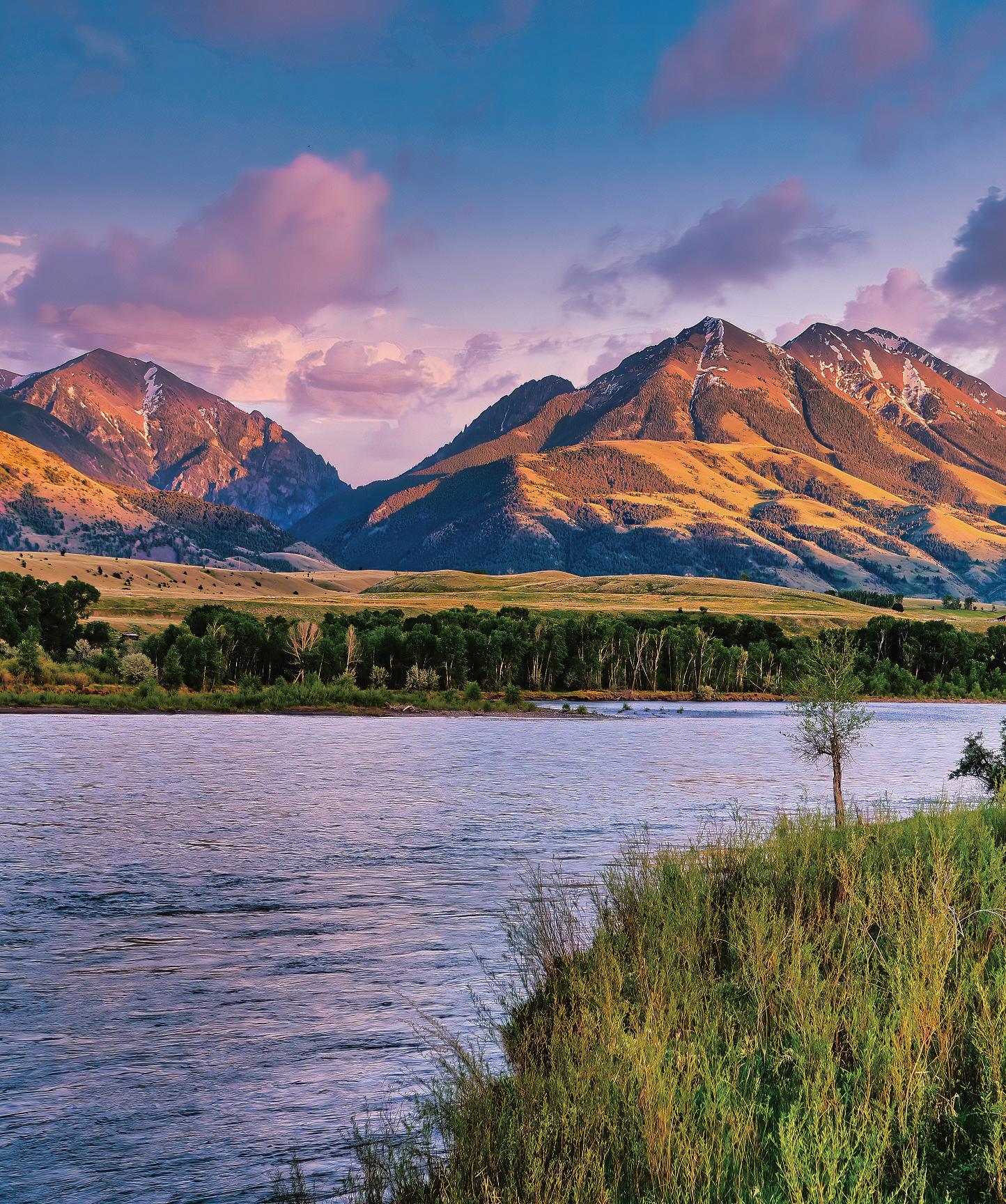






















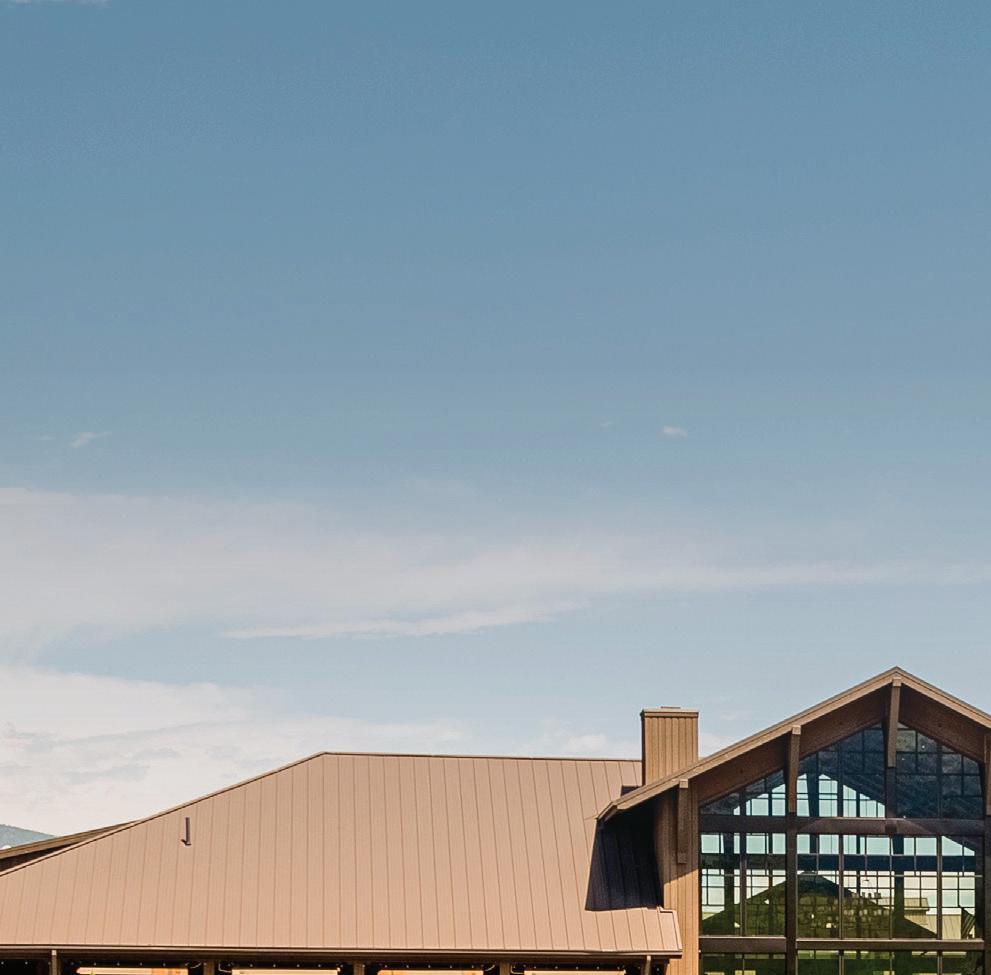

We’re not sure a more perfect combination exists – adventures by day across Paradise Valley, followed by the comforts of Sage Lodge by night. With Sage Lodge as your basecamp, you can enjoy fly fishing on the Yellowstone River, private spring creeks, or in nearby Yellowstone National Park. And while Paradise Valley is known for its abundant, blue-ribbon waters, there’s also more to enjoy at Sage Lodge. Grab a hearty Montana-inspired meal in the Fireside Room or The Grill, pamper yourself at The Spa, and kick back with a cocktail on the patio while taking in breathtaking views of Emigrant Peak.
VISIT SAGELODGE.COM OR CALL 855.400.0505.

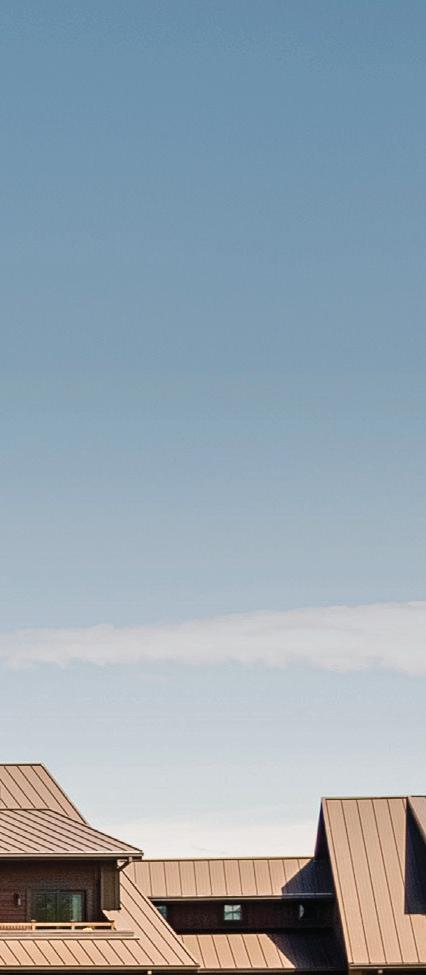


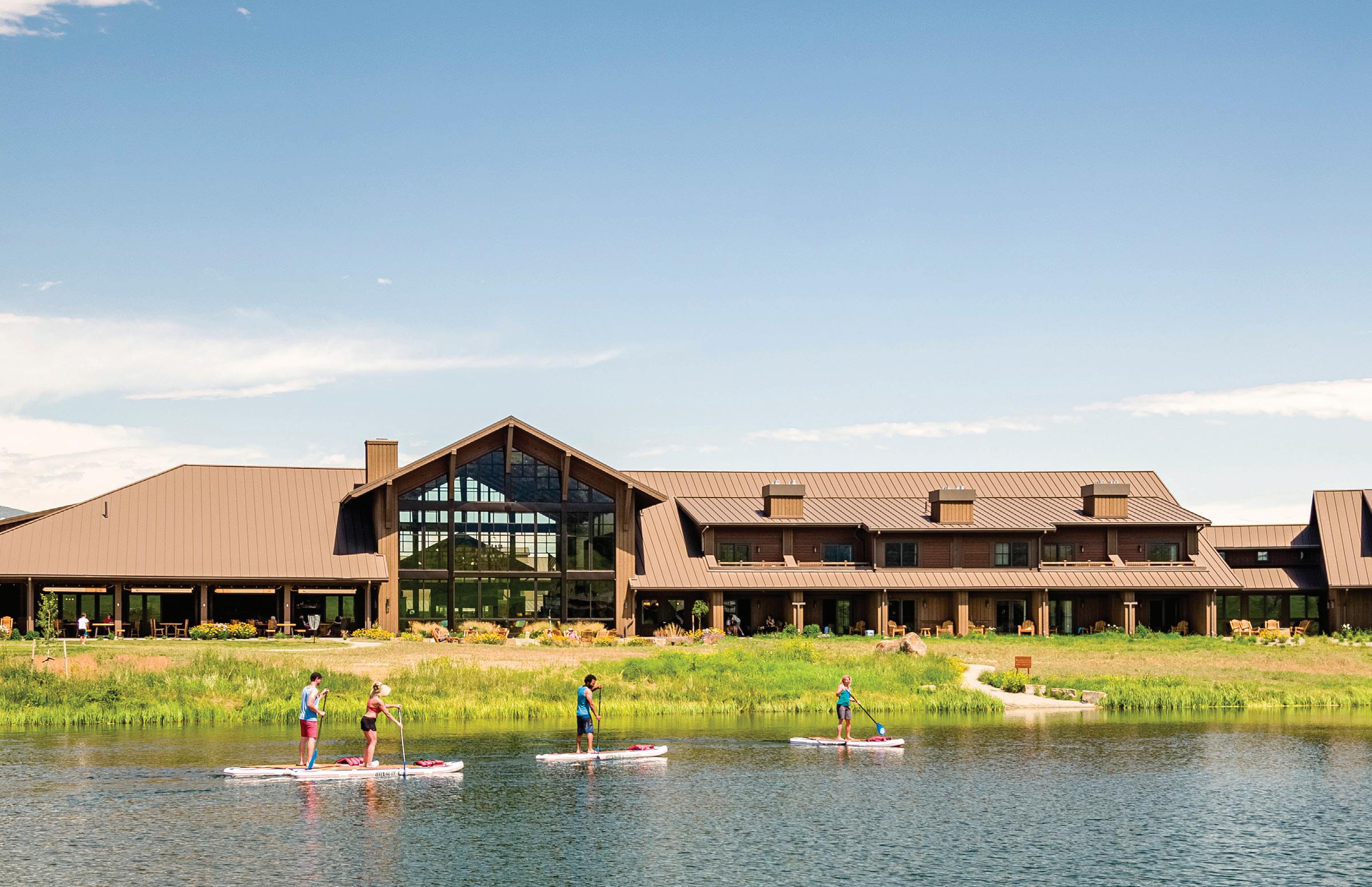
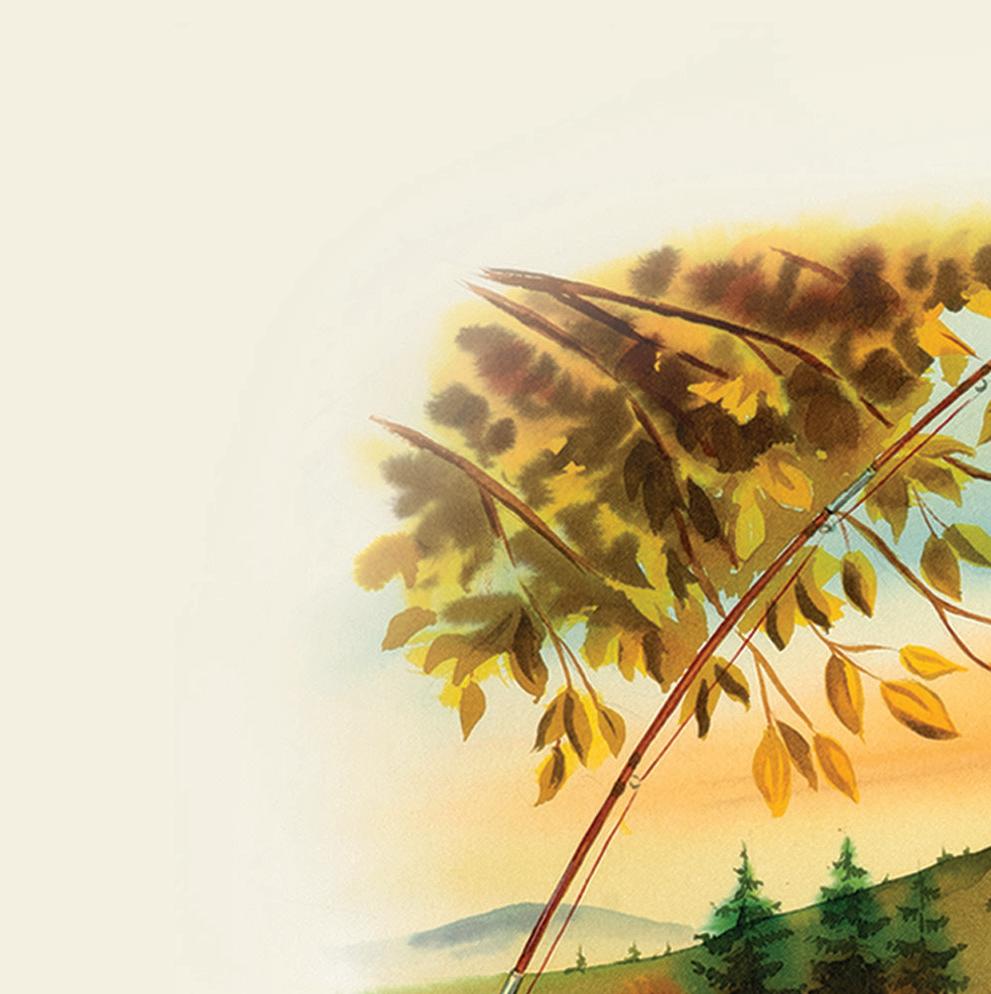
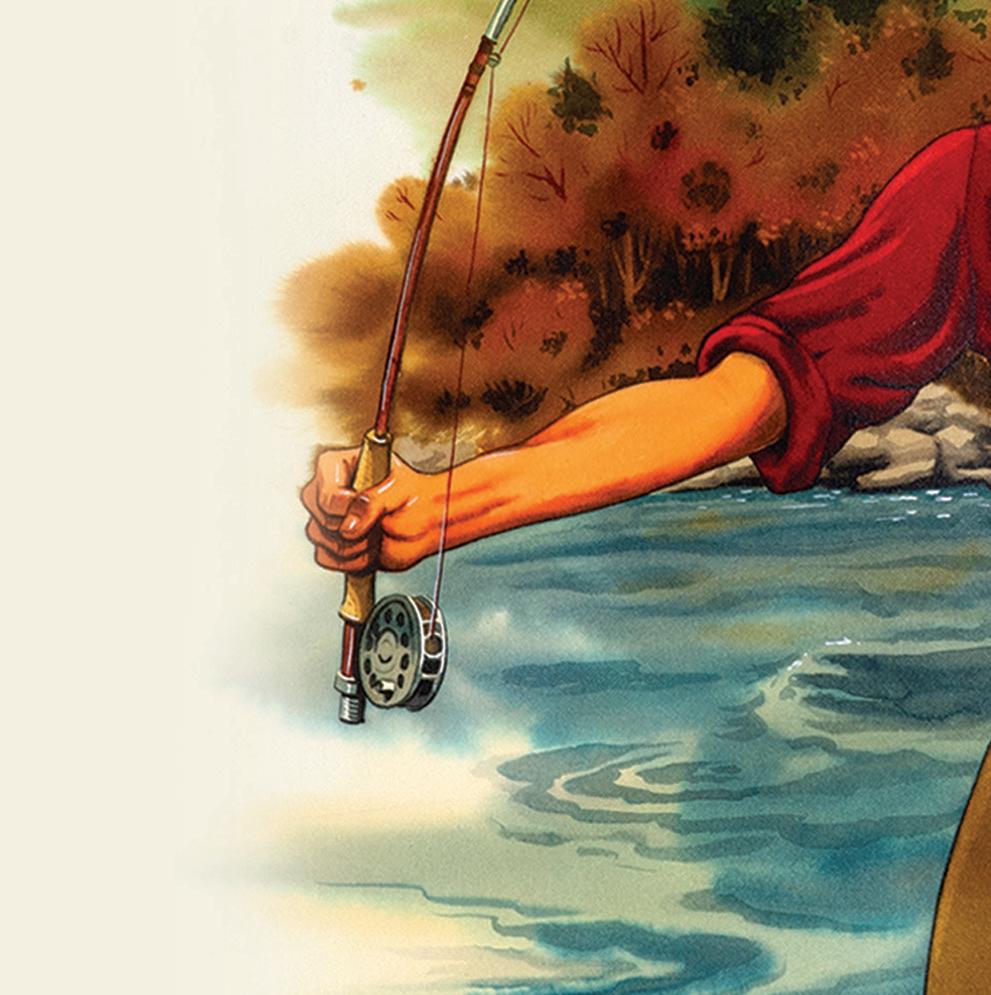
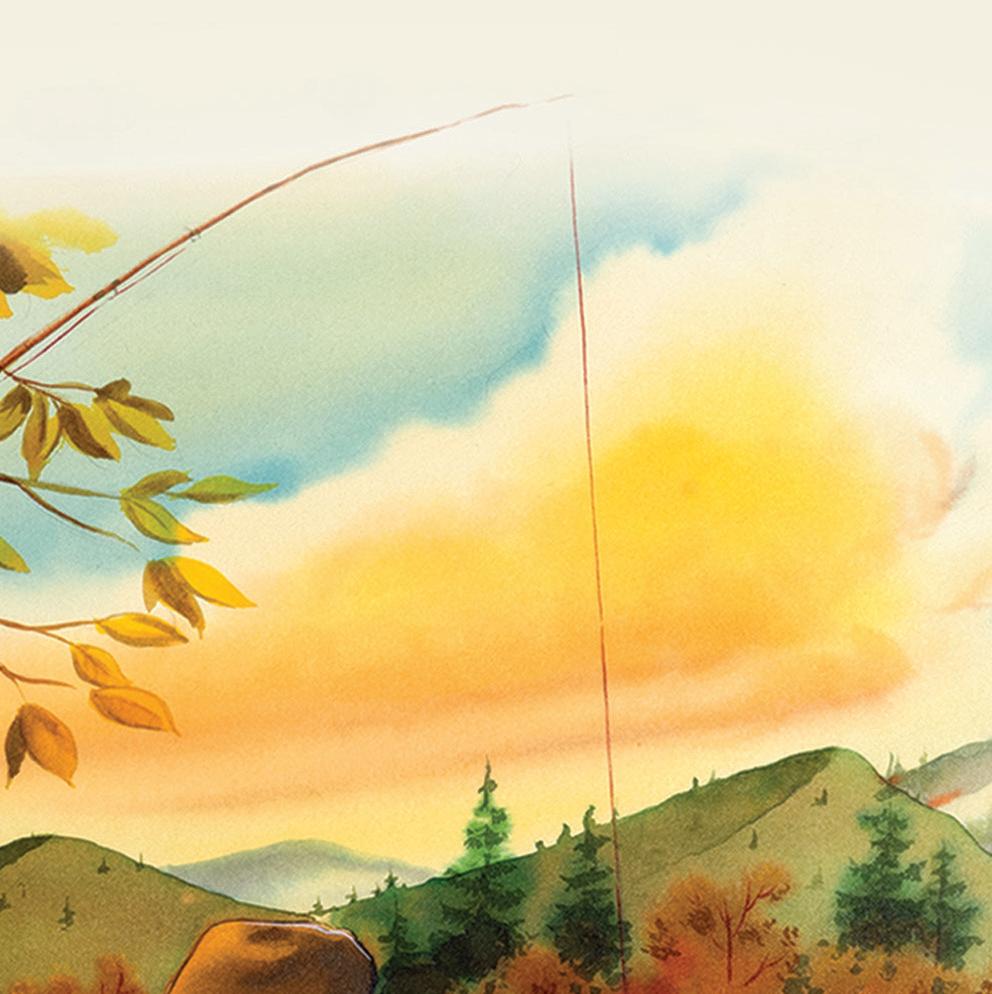













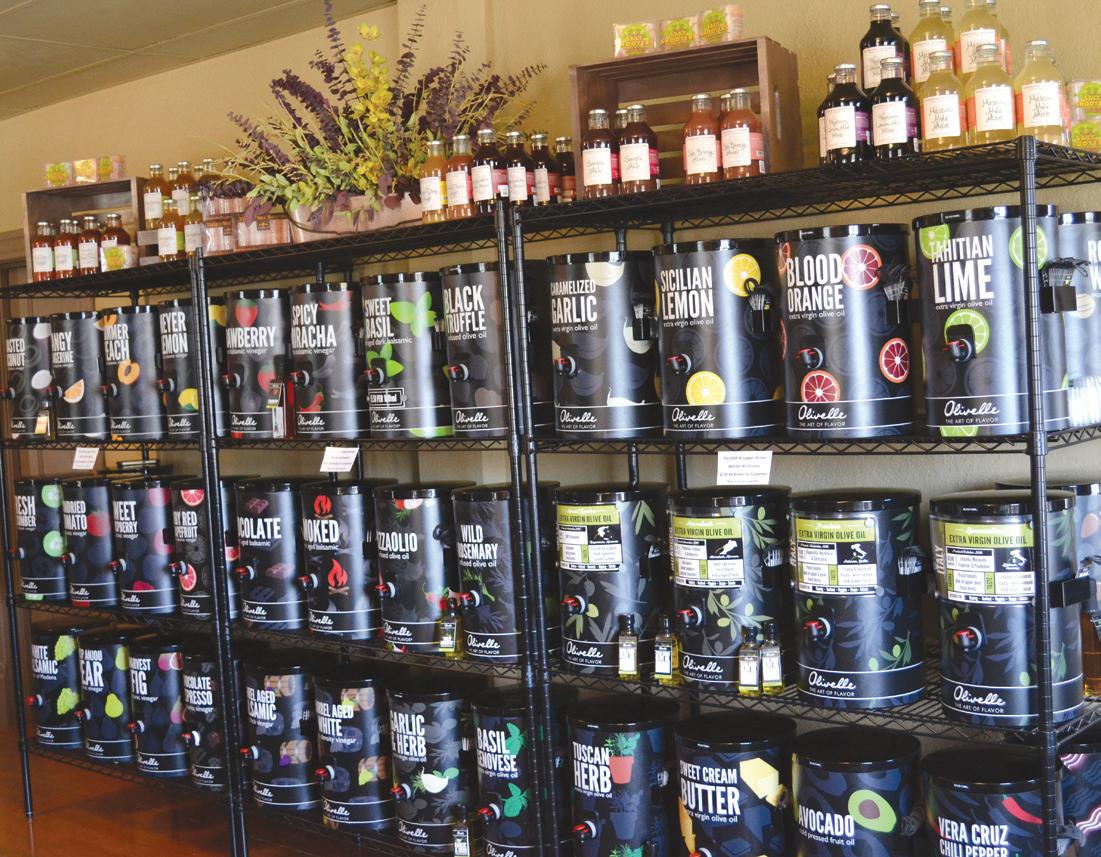
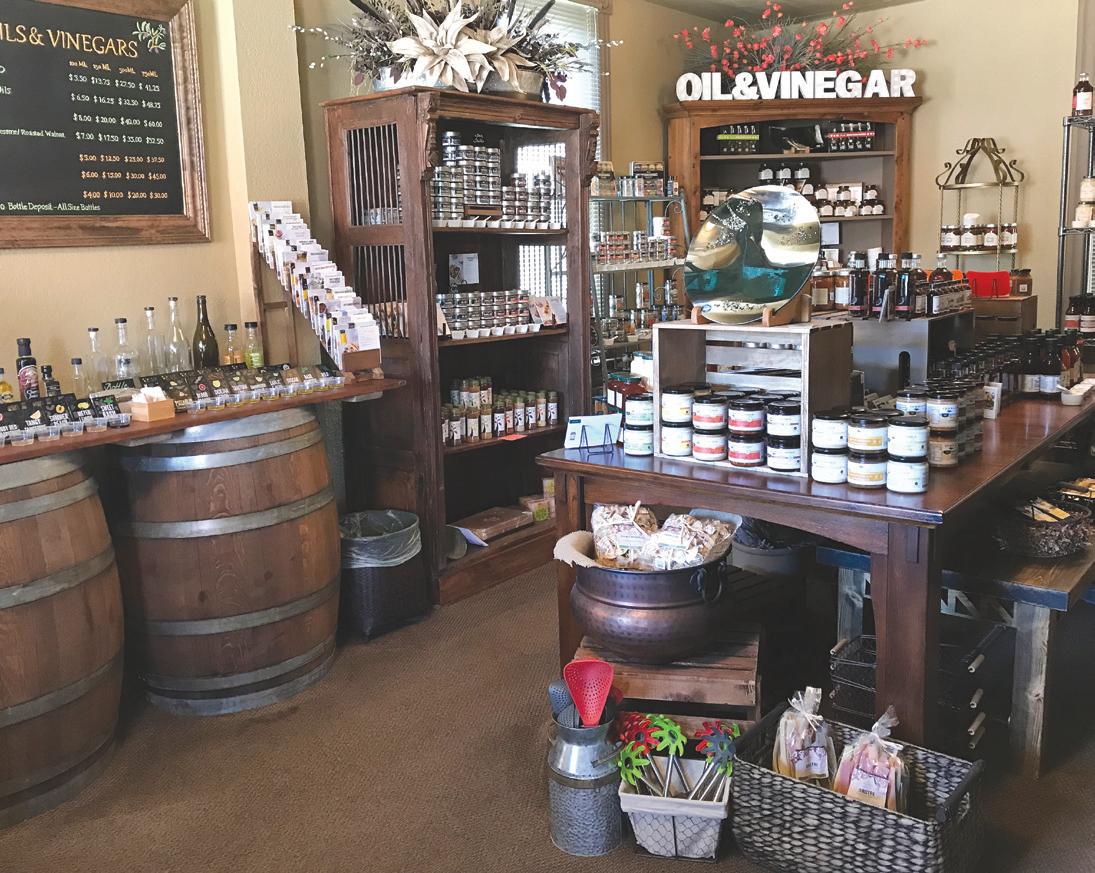

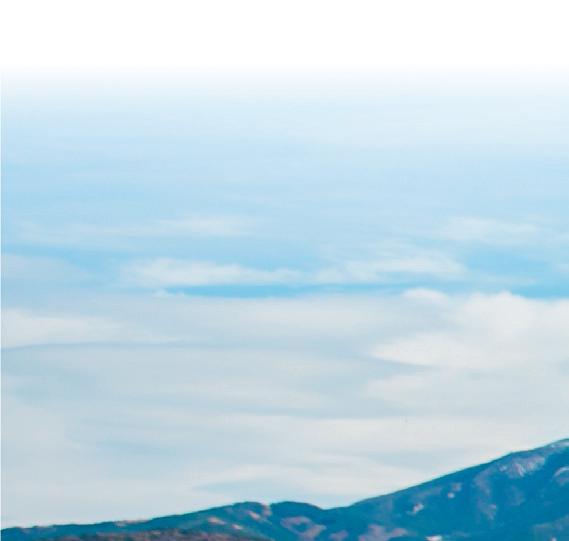

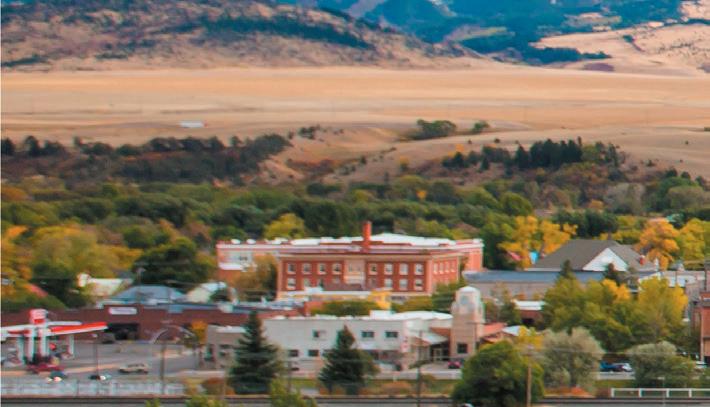

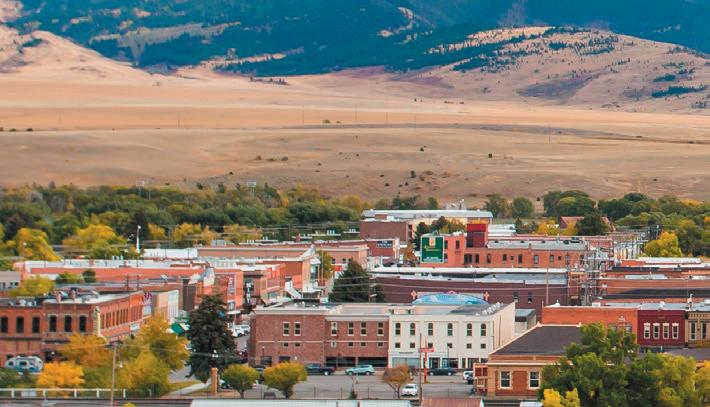
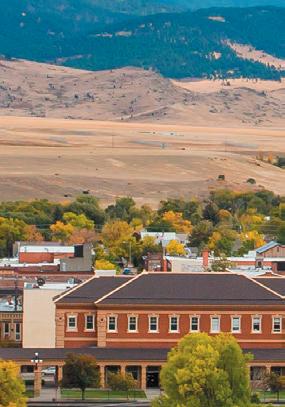


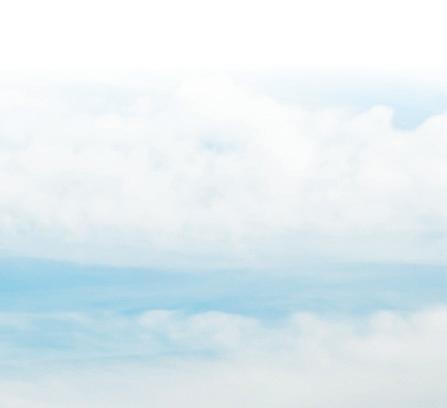


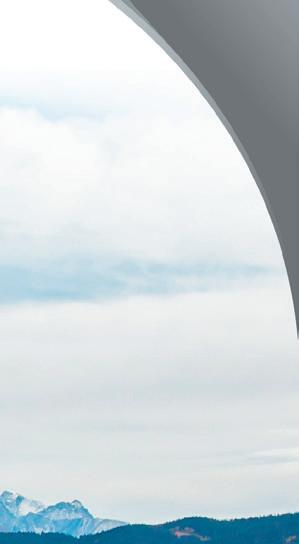
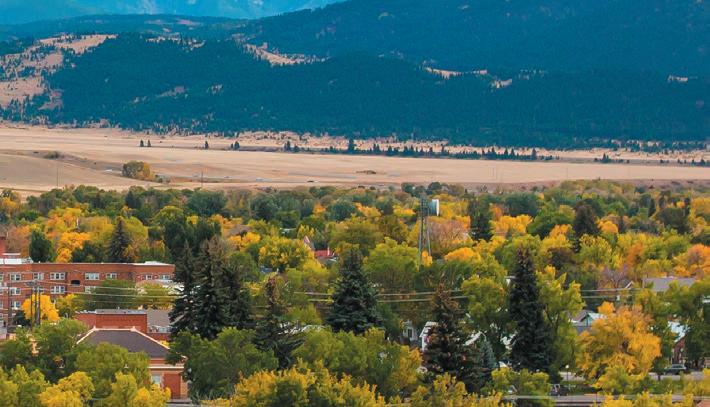
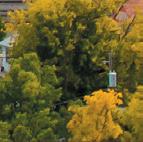
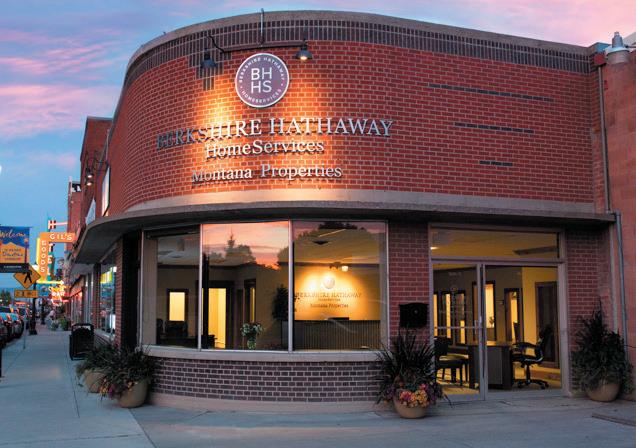



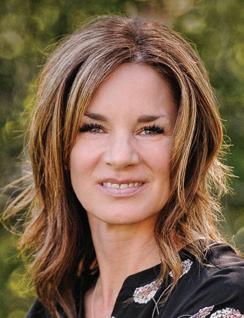


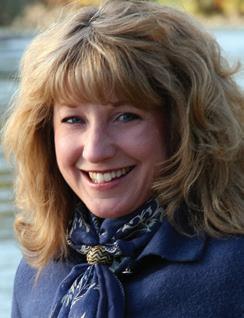
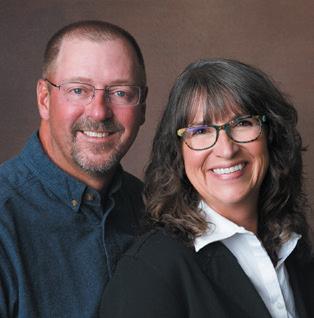



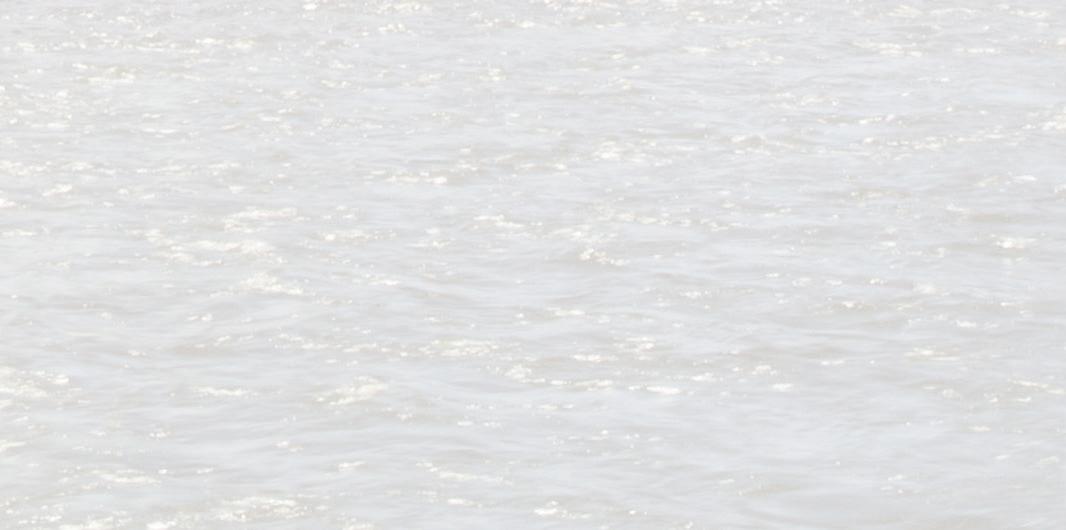
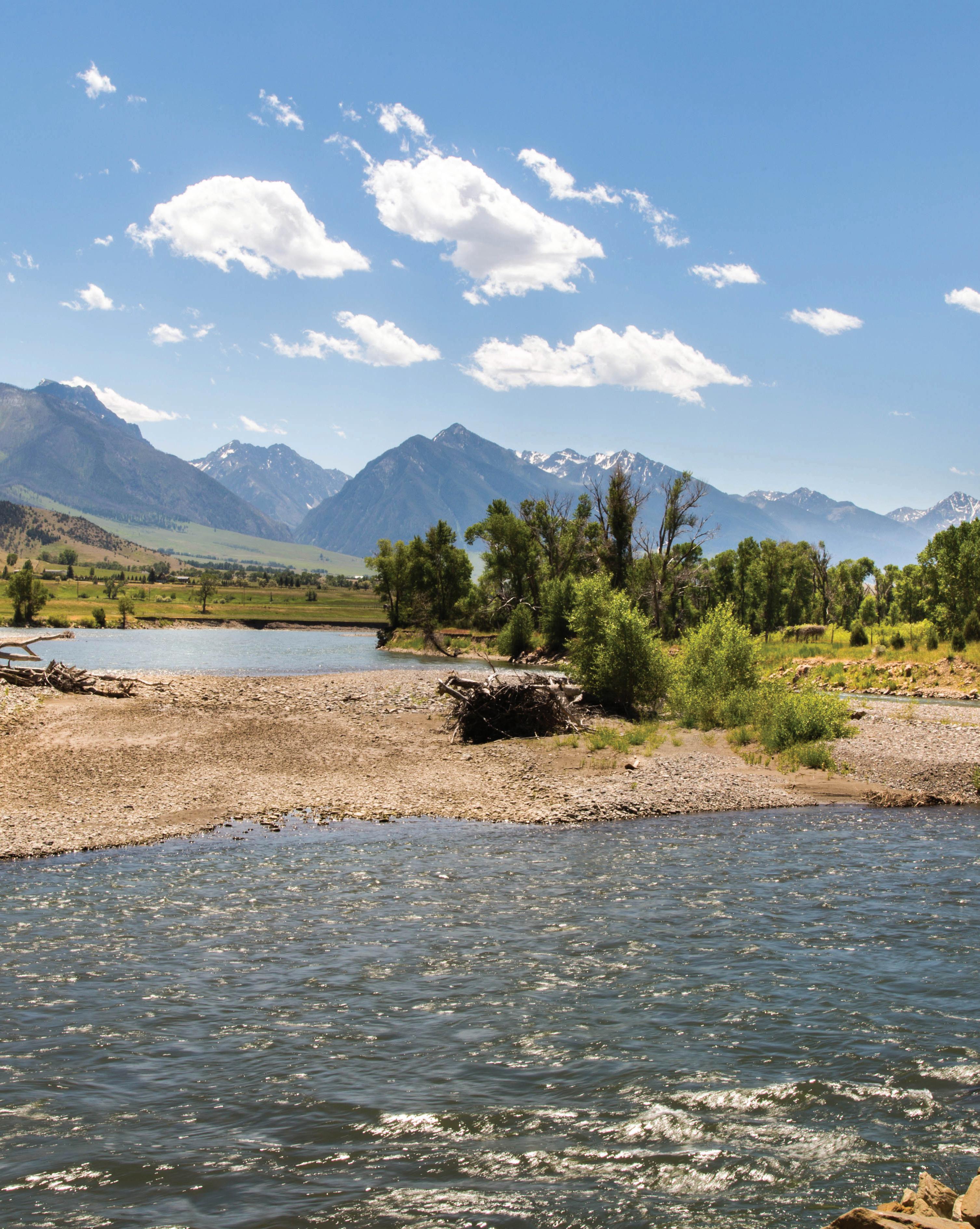
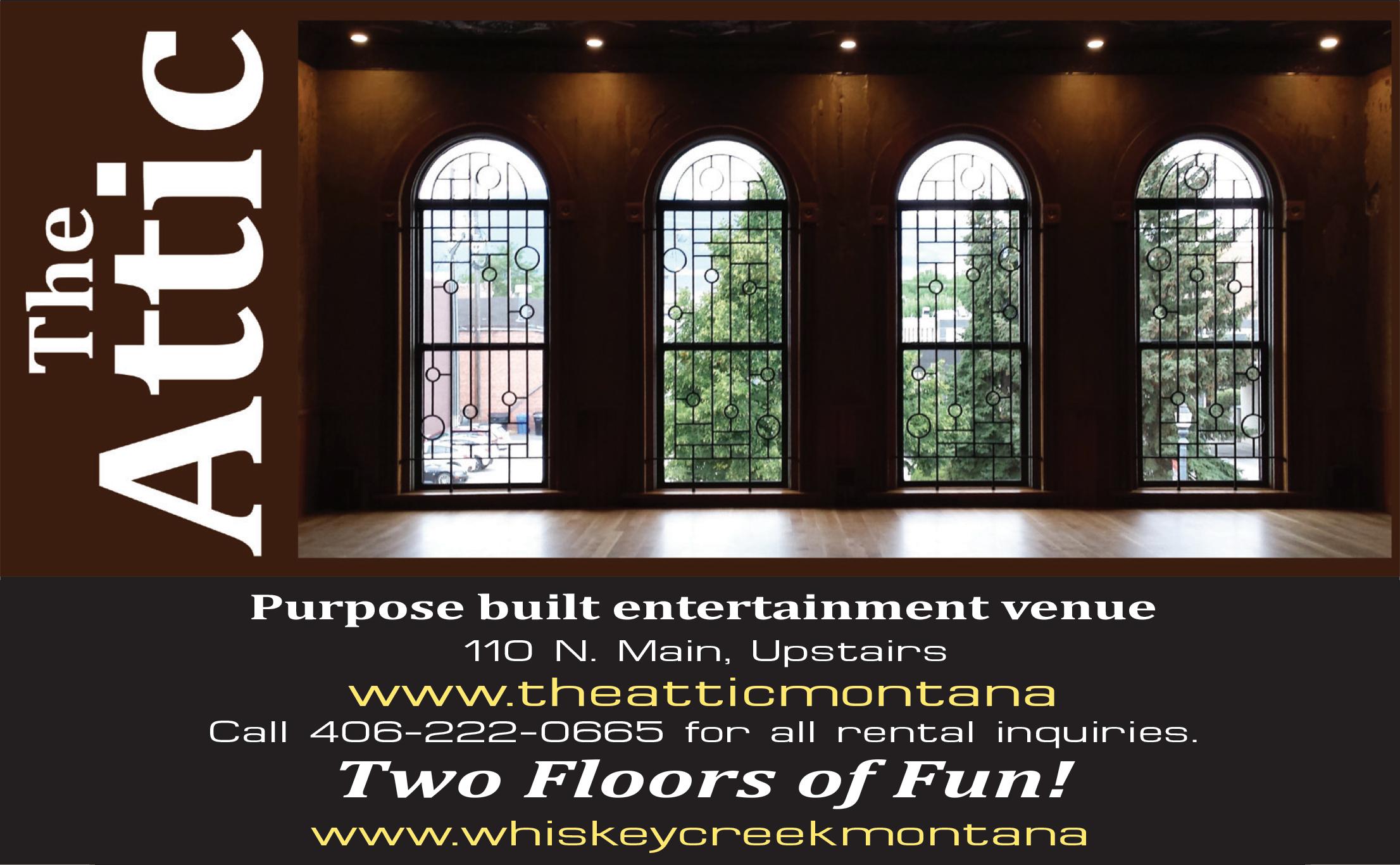
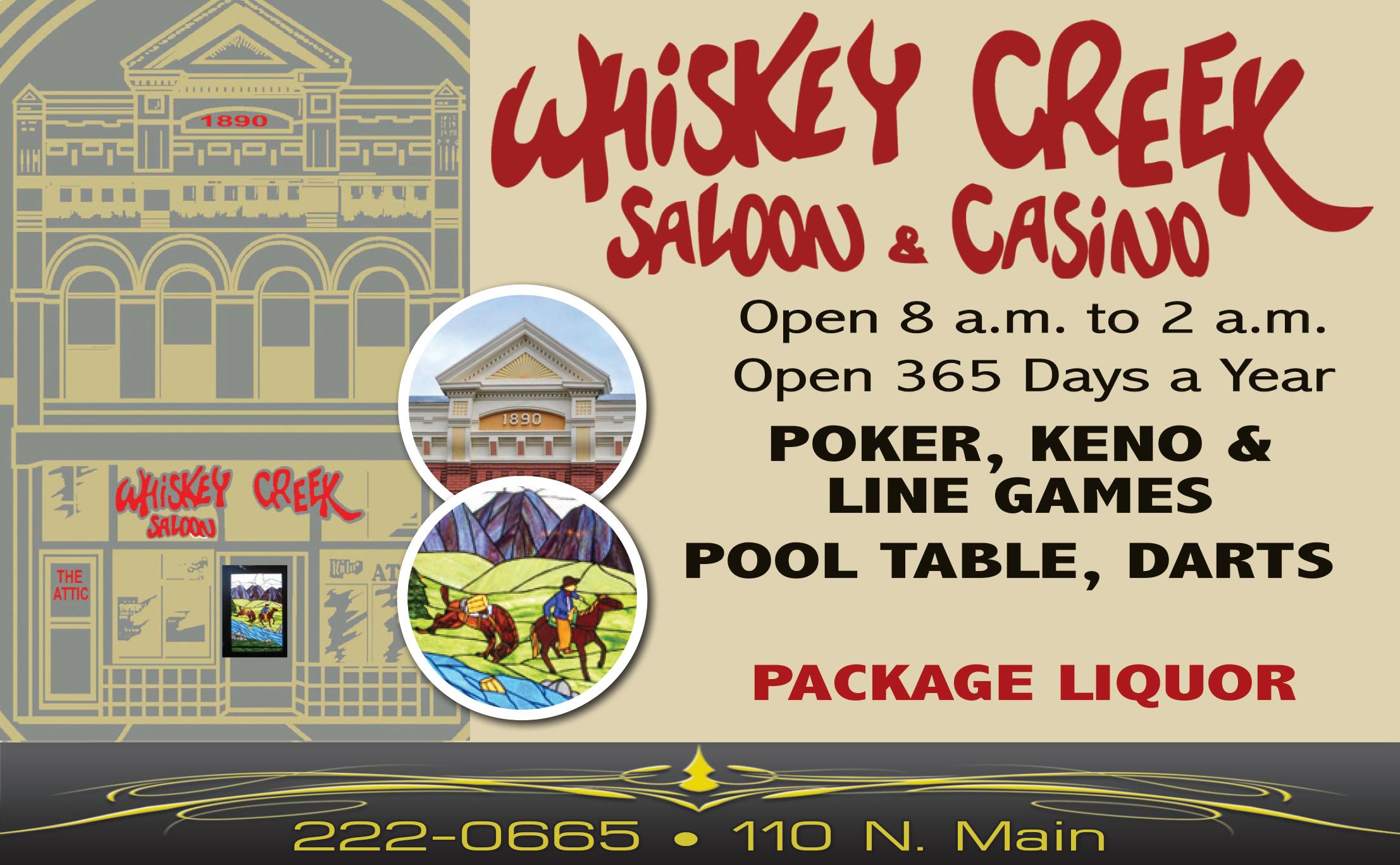
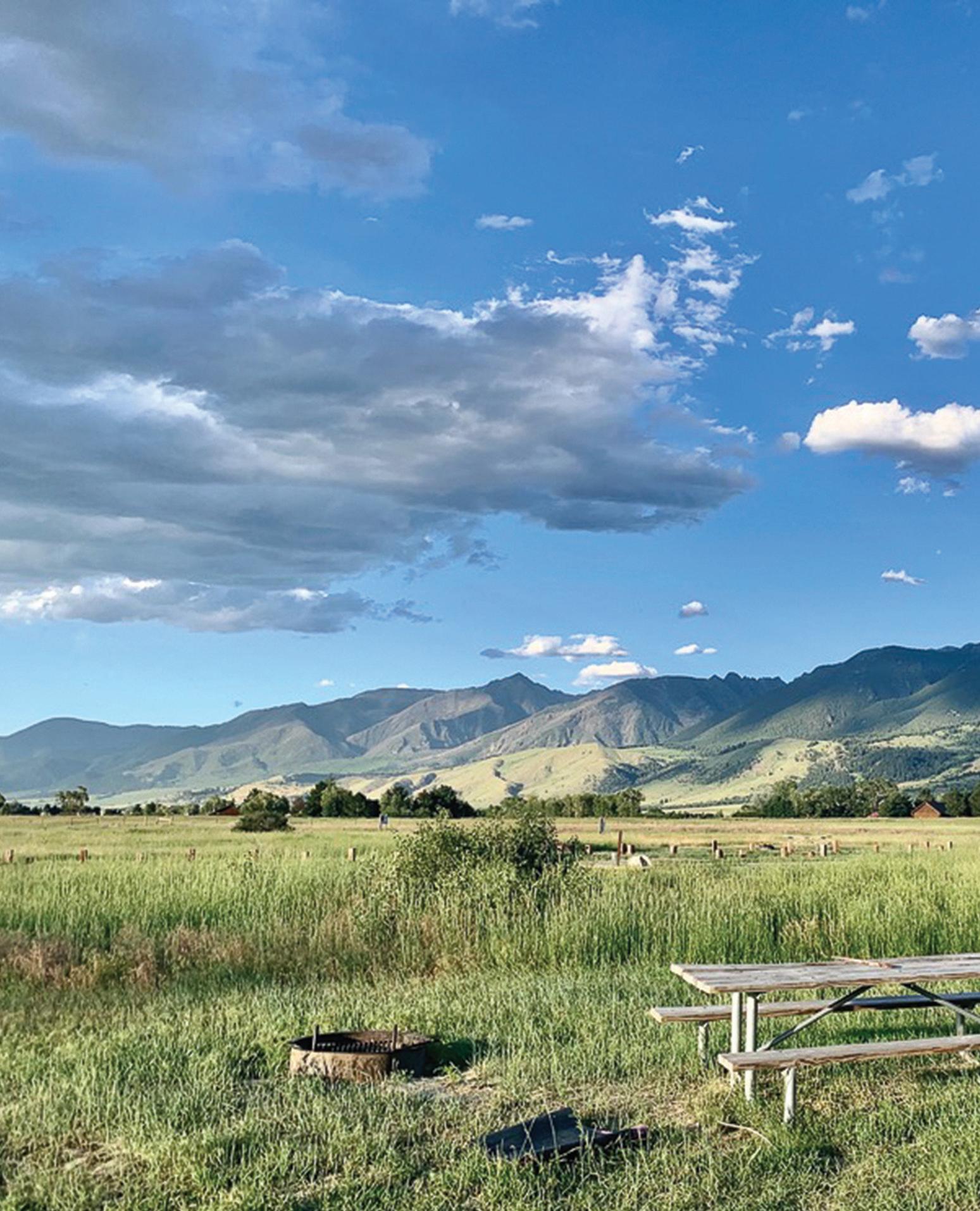



Park and Sweet Grass counties are what the rest of Montana would like to be. For it is here the Rocky Mountains give way to the plains that stretch to the horizon, blue-ribbon fishing streams turn and head to the Missouri River, and the Big Sky opens up.

The history of the region goes back at least 11,000 years, when Ice Age hunters called the Clovis roamed the plains. The only known burial associated with these people, who are the ancestors of most Native Americans, was unearthed in 1968 in the Shields Valley and reburied in 2014.
In the late 1800s, the wide-open spaces brought settlers from the East to claim a piece of the frontier. Still others came in search of gold, while many more came to work on the Iron Horse that helped settle the West.
The railroad provided Livingston’s economic lifeblood for more than 100 years.
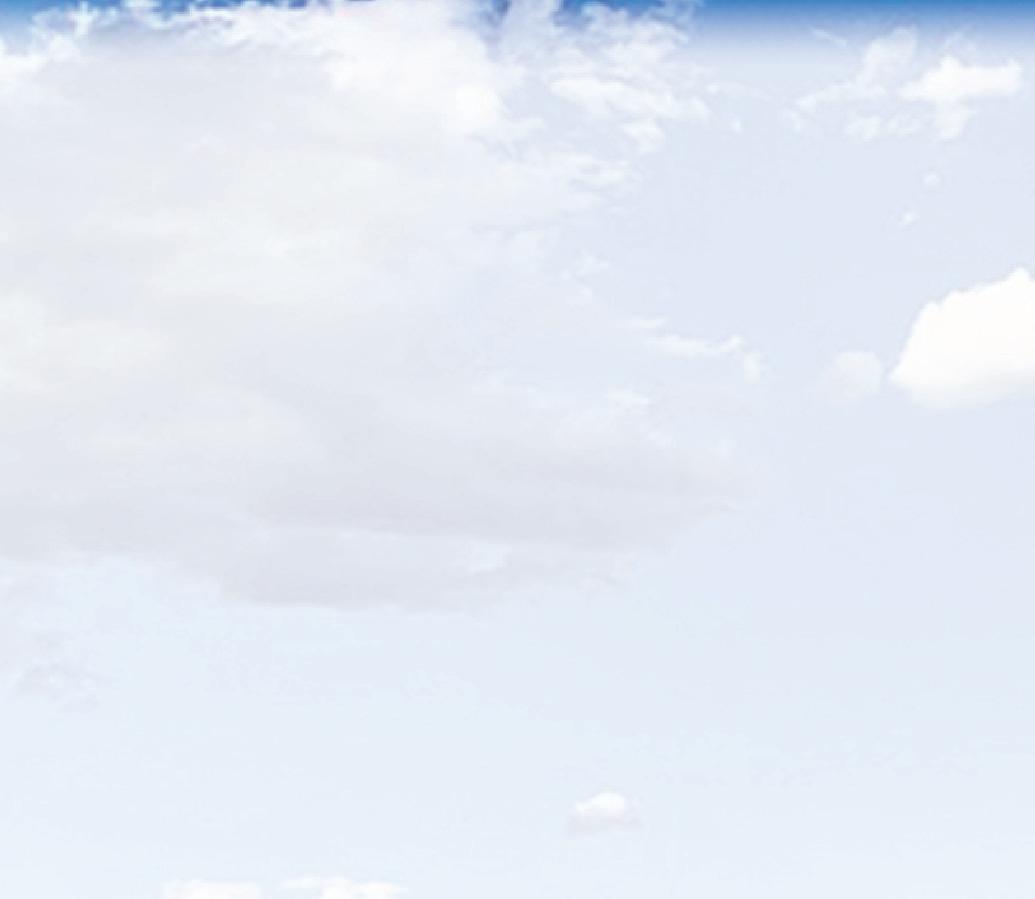
Yellowstone. Tourists came aboard the Northern Pacific’s North Coast Limited and changed trains in Livingston to board the Park Branch Line for the trip to Gardiner.
Park County is a product of the railroad.
The Northern Pacific founded Livingston in 1882 and provided thousands of jobs.
The branch line south to Yellowstone Park carried countless tourists throughout the years, and provided local residents transportation to and from their ranches. To the north, the Shields Branch Line helped create the towns of Wilsall and Clyde Park, and each year in the fall that same line carried the farmers’ wheat and livestock to market.
The landscape you see around you hasn’t changed much since those early days — the days before the Iron Horse and before Capt. William Clark and Sacajawea ventured through here on the Lewis and Clark Expedition’s return trip home — when the land belonged to the Plains Indians and bison, and when grizzly bears, wolves and elk roamed freely across it.
In Sweet Grass County, sheep raising became a major economic factor, and by 1895, Big Timber had the largest wool market in the United States.
The laborer, the rancher and the farmer all came to Park County, since it was here the Northern Pacific Railroad established its locomotive repair shops, and it was here land was plentiful and the soil was rich.
Once the steel rail was laid across Montana, many more came through the two counties to see the splendors of the nation’s first national park —
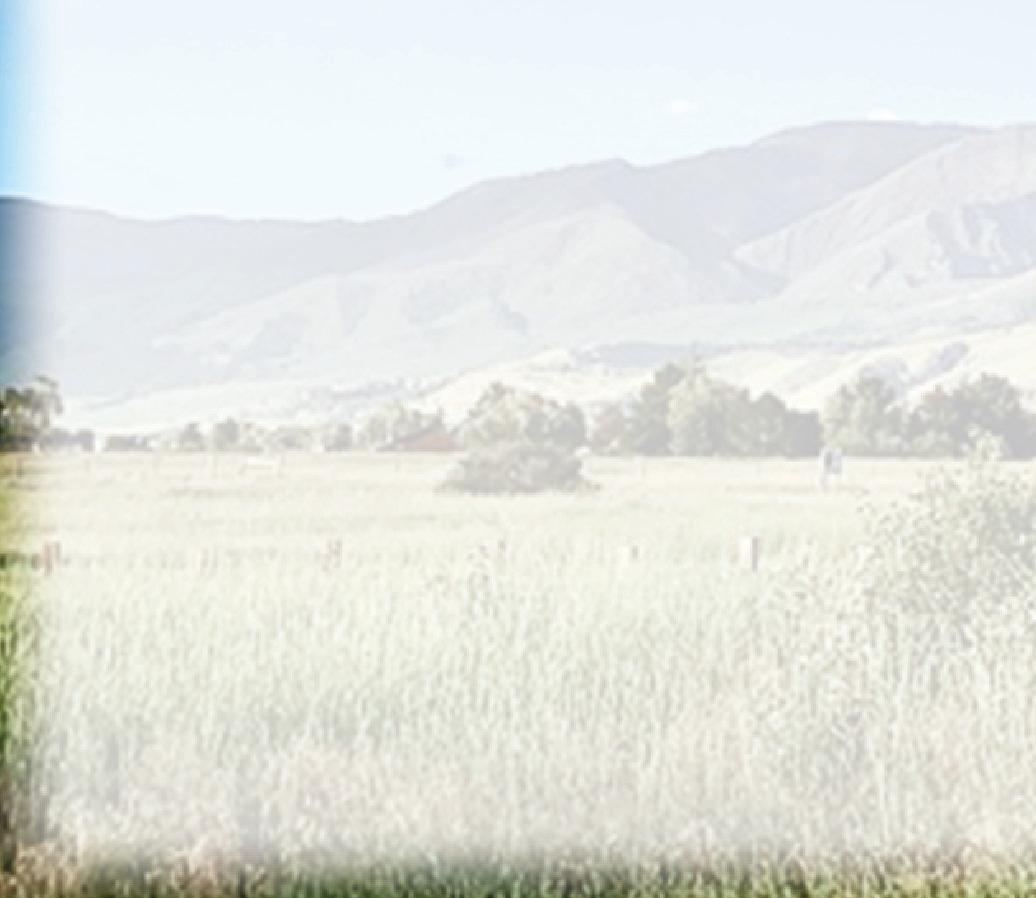
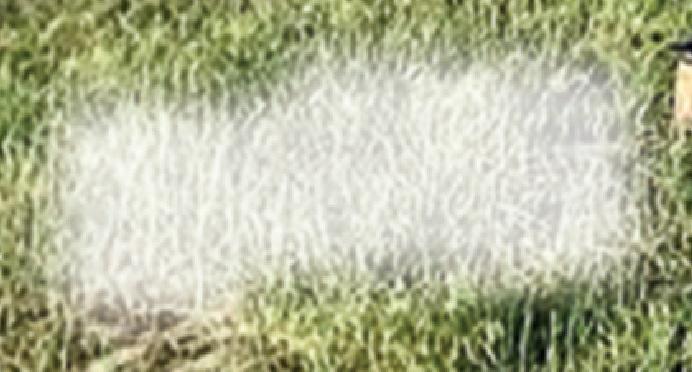
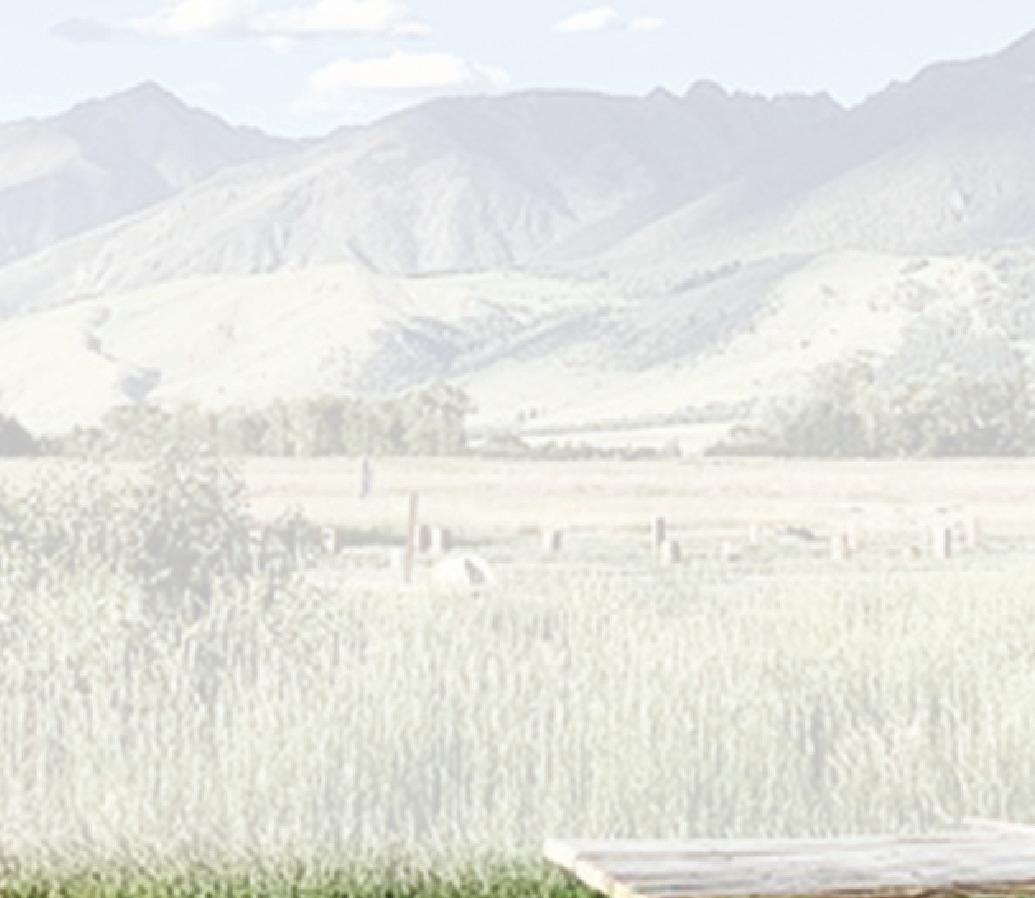
Although life has changed here in the last 138 years, it seems some things haven’t changed at all: the breathtaking snow-capped mountains, the historic buildings on Main Street that still evoke images of yesteryear, friendly folks, and Yellowstone’s natural features that still draw many visitors.
As you enjoy your stay in Park and Sweet Grass counties, we hope this visitor’s guide will provide you with some useful information about the area — past and present.

CHAMBER & VISITOR CENTER has the information you need
The Livingston Area Chamber of Commerce and Visitor Center is the year-round place to start your visit in Livingston and Park County.
In the friendly faces at the Chamber office and Visitors Information Center in town provide important information to locals and visitors from all over the world and keep folks informed on all the great local events and fun things to do. The Livingston Area Chamber and Visitors Center is at 303 E. Park St., 52 miles north of Yellowstone National Park, in the former crew quarters of the Burlington Northern Railroad, and it has been helping local businesses and travelers since 1909. This year marks the 115th year for the Chamber helping area travelers and local businesses.
Brochures and maps and visitor guides from all over are available with information on businesses and services, including local accommodations, restaurants, churches, entertainment, golf, fishing, tourism assistance and much more.
The Chamber is your place for business or pleasure in Park County. It even offers tips and relocation packets if you’re considering a move here. The Livingston Chamber has many annual events for all to enjoy, and most events are found on the DiscoverLivingston.com website.
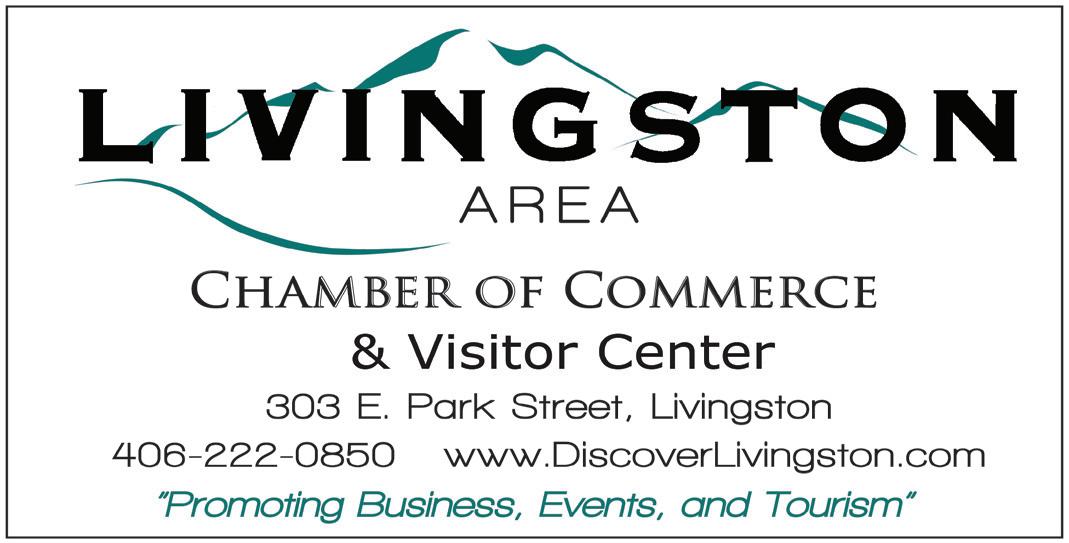
2 Livingston Roundup Parade, which marks its 99th year.
The parade is being held the first day of the Livingston Roundup PRCA Rodeo, set for July 2, 3 and 4. Each year at the parade, spectators thrill to the excitement of colorful floats, polished antique automobiles, local entertainment, mounted riders, bagpipers, and many other types of entries. The streets close at 2 p.m. and the parade begins at 3 p.m., making its way around historic downtown Livingston.
If you’re looking for outdoor recreation opportunities, we have more than 1 million acres of land surrounding Livingston for your outdoor fun, and Paradise Valley is abundant in water recreation, snowmobiling and outfitting for both fly-fishing and horseback enthusiasts.

Big local events start with the Chamber’s historic Livingston summer kickoff of the June 3 Car Show and Living History Day at the Yellowstone Gateway Museum, then rolls right into a summer full of fun and entertainment. Be sure to stop by the visitor center to experience the Lewis & Clark Foundation Map Exhibit May through July 29 and enjoy a once-in-lifetime experience.
If you’re looking for a family day of excitement or a romantic night out, the Chamber hopes you start it here in Livingston, as it has everything you need. The Chamber puts on the largest annual Fourth of July celebration parade in Montana — the July
If hunting is in your future trip, we have some of the best outfitters in the business — check out www. VisitLivingstonMT.com.
If it’s skiing, you’re after, nearby Bridger Bowl ski area is the local hot spot, offering 2,000 acres of skiable terrain with a top elevation of 8,800 feet.
The Chamber’s Visitor Center will help you with your year-round destination vacation planning or event needs in Park County and Yellowstone National Park. It is also an excellent resource for Montana travel as well as for regional and statewide happenings and Film location permits and contacts.
The area’s slogan is “Your Year-round Destination on the Banks of the Yellowstone River.” So make this your dream trip and visit the center today.
The Chamber office is open 10 a.m. to 6 p.m. Monday through Friday all year, with extra weekend hours during the summer season on Saturday from 9 a.m. to 5 p.m.
For more information, call (406) 222-0850, email info@ DiscoverLivingston.com, visit the Chamber’s website at www. DiscoverLivingston.com or write 303 E. Park St., Livingston MT 59047.




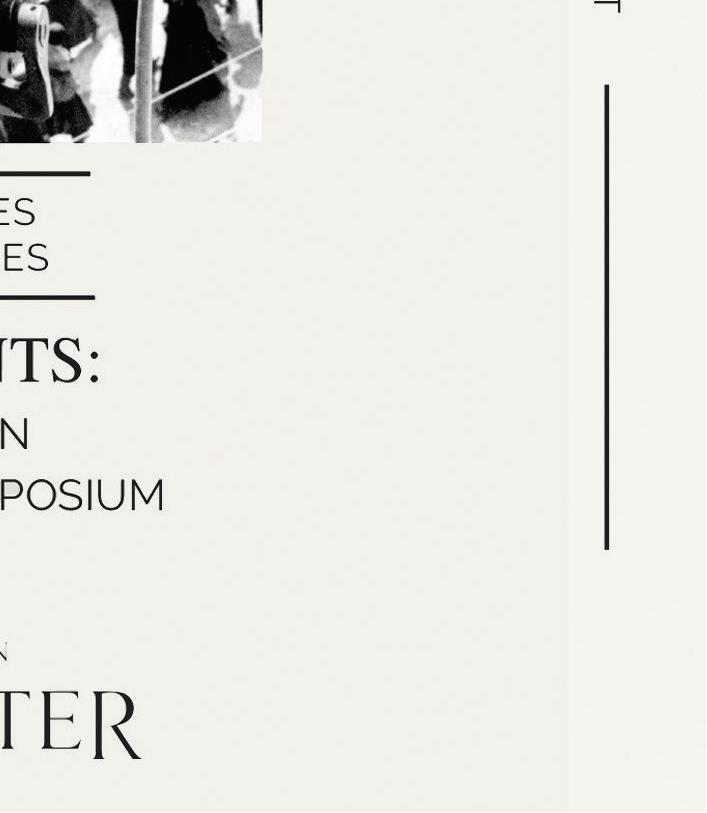

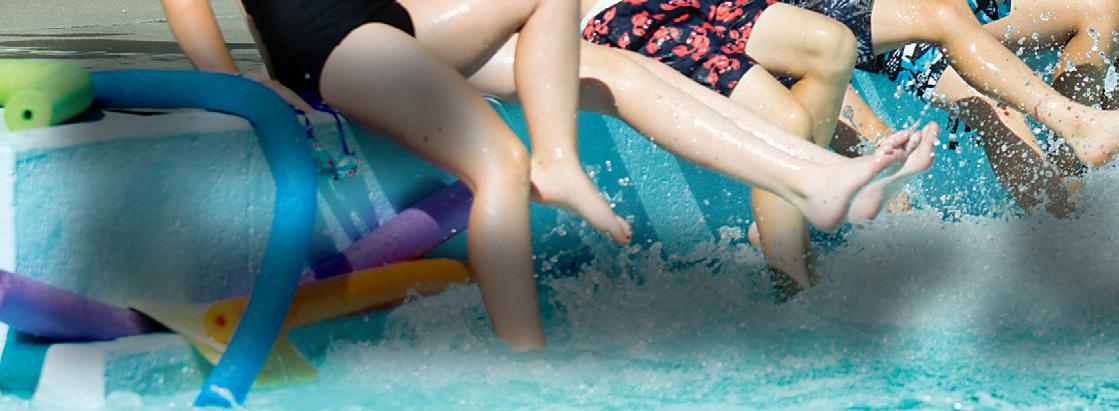

• The Livingston Area Chamber of Commerce and Visitors Center, Monday through Friday, year-round.
• The Cooke City/Silver Gate Welcome Center is open seven days a week in the summer, 9 a.m.-5 p.m.
• May 20 to September 9 - The Livingston Depot Museum, Monday through Saturday, 10 a.m. to 5 p.m.
• June to September - Livingston Gallery Association Summer Art Walks, fourth Friday of each month.
• The Yellowstone Gateway Museum is open
• June 9-11 - Big Timber Gun Show
• June 16, 17 - Gardiner NRA Rodeo, 6 p.m.
• June 17 - Gardiner Rodeo Parade, noon
• June 17, 18 - Wilsall Rodeo, 6:30 p.m.
• June 18 - Wilsall Rodeo Parade, noon
• June 23, 24 - Big Timber NRA Rodeo
year-round, Tuesday through Saturday, 10 a.m. to 5 p.m., with a noon closure on Saturday.
• June 7 to September 13 - Livingston Farmers Market, 4:30 p.m. to 7:30 p.m. on Wednesdays.
• June 26 to August 14 - Shields Valley Farmers Market, 4:30 p.m. to 7 p.m. on Mondays.
• August to September - Big Timber Summer Series Rodeo (weekly event)
• July 14 to September 8 - Big Timber Farmers Market, 4:30 p.m. to 7:30 p.m. on Fridays.
• June 24 - Sweet Grass Fest and Rodeo, Car Show, Big Timber
• June 30 - Livingston Roundup’s free slack rodeo, 3 p.m.
CONTINUED ON PAGE 15
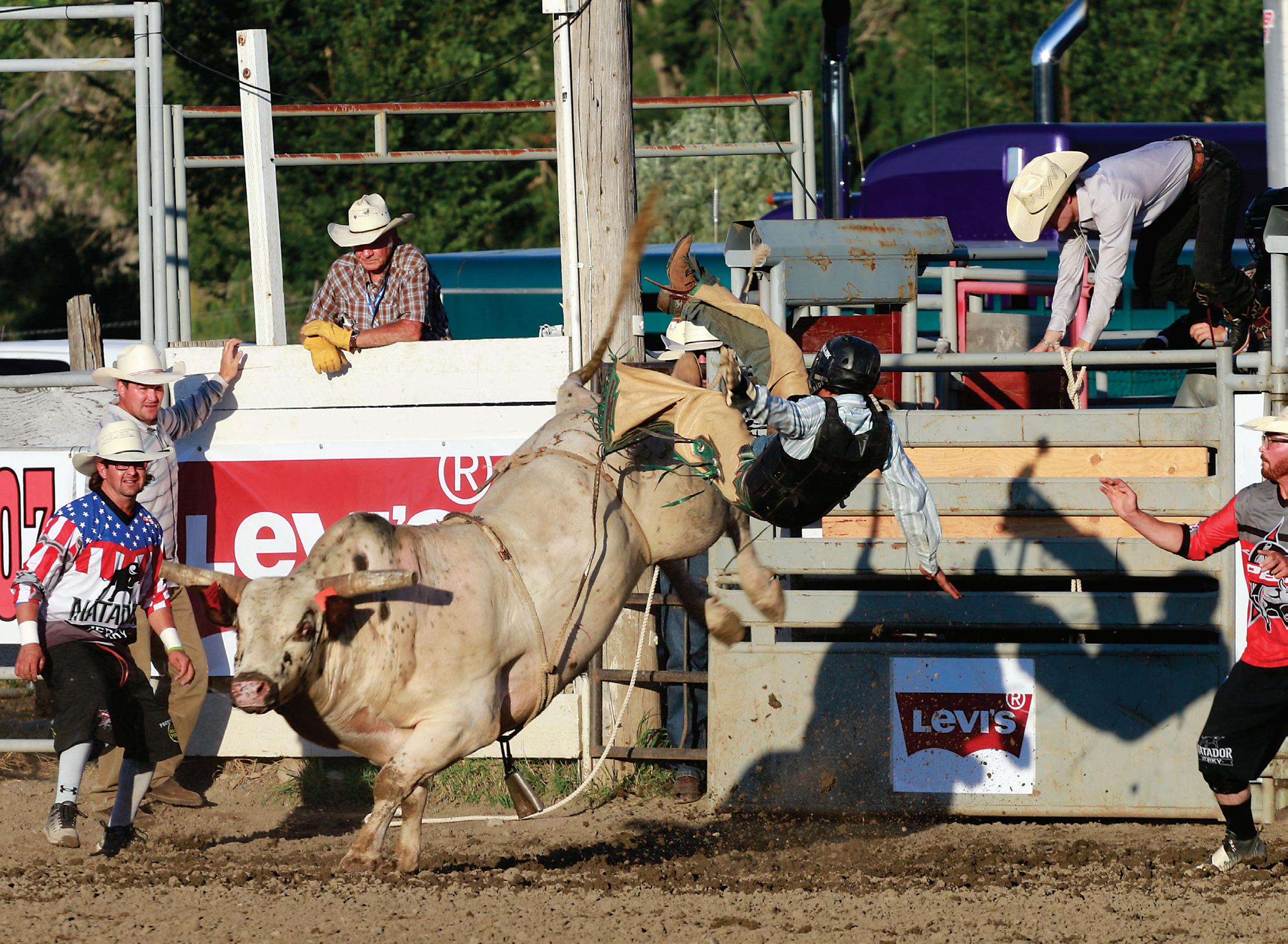
• July 1 - Livingston Roundup’s free slack rodeo, 3 p.m.
• July 2 - Livingston Roundup Parade, 3 p.m.
• July 2-4 - Livingston Roundup Rodeo, 8 p.m., fireworks show to follow each night
• July 2-4 - The Depot Festival of the Arts, Livingston
• July 4 - Livingston Roundup’s slack barrel racing, 11 a.m.
• July 14-16 - 60th annual Yellowstone River Boat Float, Livingston to Columbus
• July 15 - Livingston Classic PBR, Park County Fairgrounds, 7 p.m.
• July 26-29 - Park County Ag Fair, Livingston
• August 11 - Dinner and A Movie Wilsall Style
• August 12 - Uff Da Fest, Wilsall
• August 18 - Sweet Grass Brewfest, Big Timber
• August 26 - Shields Valley Old Settlers Parade, 11 a.m., Clyde Park
• August 26, 27 - Shields Valley Old Settlers Days, Clyde Park

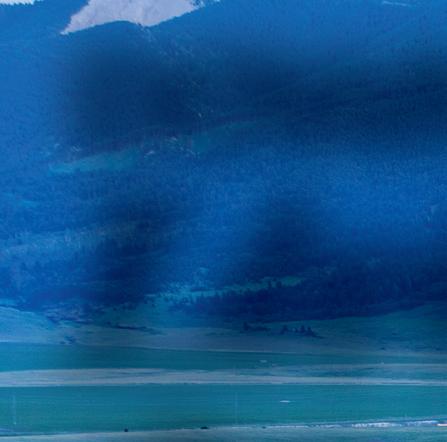
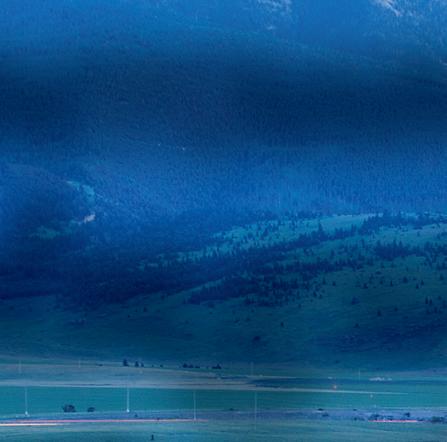
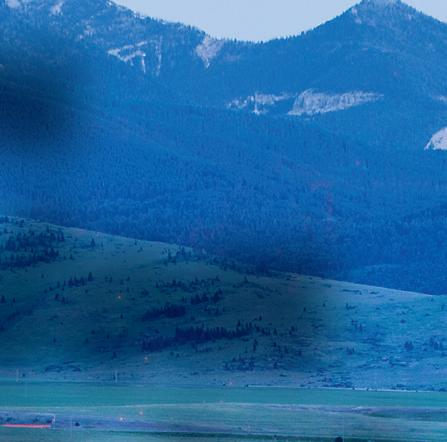
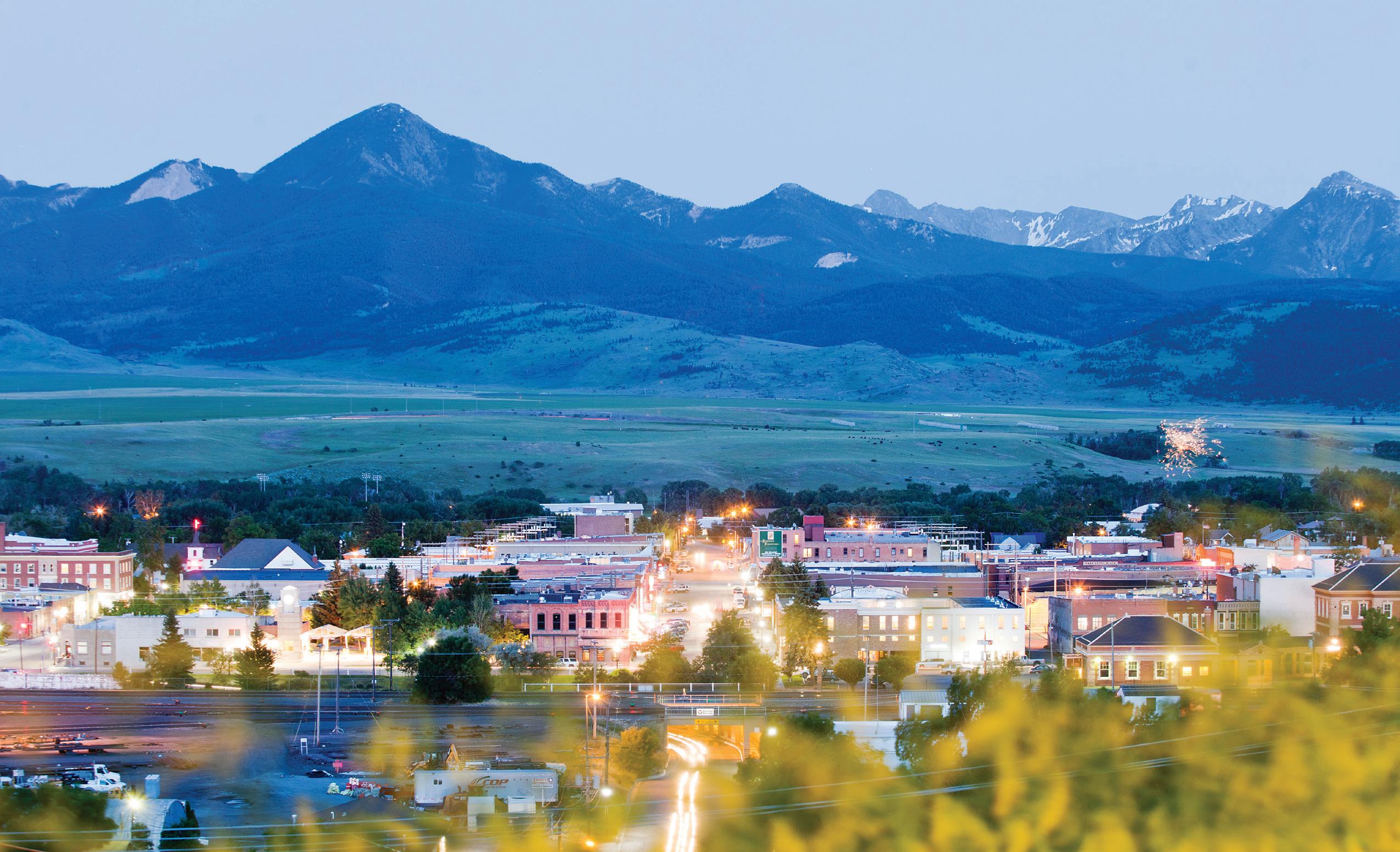
Located at the great bend of the Yellowstone River, Livingston has long been a cultural hub of the West.
Home to actors, legendary authors and world-renowned ecologists and artists, the city of Livingston is as unique as the people who call it home. Though you might see a movie star at the table next to you, here they are respectfully treated like any other local resident.
Under the iconic neon lights, between the big pickup trucks, downtown shoppers can find everything from local artwork, to books signed by famous authors, to thrift store gems, to top-of-the-line fly-fishing gear.
Art studios are found on almost every block, inspired by the natural beauty of the landscape surrounding the city. During the Art Walks, held the fourth Friday of every month June through September, you can walk from studio to studio, admiring the work and sampling refreshments at each store.
Or, if it’s a great meal you’re looking for, Livingston features a lineup of excellent restaurants such as 2nd Street Bistro, Livingston Bar & Grille, Campione, The Stockman, Rib & Chop House, Neptune’s Taphouse and Eatery, Faye’s Cafe, Gil’s Goods, Fainting Goat Pub, Rice Fine Thai Cuisine, The Office Lounge, The Mint Bar & Grill, The Wok, The 49er Diner & Bar, Pickle Barrel, Homemade Kitchen, Mexican eateries Los Pinos and Fiesta en Jalisco, and the classic Mark’s In & Out

burger joint, which celebrates 70 years in business this year.
Live music is available on the weekends and some weekday nights at places such as The Murray Bar, The Attic, The Mint Bar & Grill, The Stockman, Fainting Goat Pub, The 49er Diner & Bar, The Old Saloon, and Pine Creek Lodge.
Also, be sure to check out the Shane Lalani Center for the Arts summer concert series every Thursday during the summer from 5 p.m. to 8 pm.
Downtown Livingston is also home to a terrific locally made brews — Katabatic Brewing on Park Street and the Neptune’s Brewery on North L Street. There is also UnWined, a new wine bar and casino on Main Street, if you prefer fine and import wines.
Meanwhile, there are nearly a dozen coffee shops in downtown Livingston; from Tru North Cafe to Coffee Crossing, the new Perk on Park and everything in between. A map of local cafes can be found at www.instagram.com/ siplocallivingston.
You can also catch a movie at the Empire Twin Theatres, where two screens run every day, and check out the summer matinee series for kids.
Livingston, the historical northern gateway to Yellowstone National Park, also offers plenty of places to stock up before your outdoor adventure, like Yellowstone Sporting Goods or Dan Bailey’s Outdoor Co.
The Shields Valley boasts amazing views of the Crazy Mountains, miles of backroads just waiting to be explored and unique, Western towns that visitors won’t want to miss.

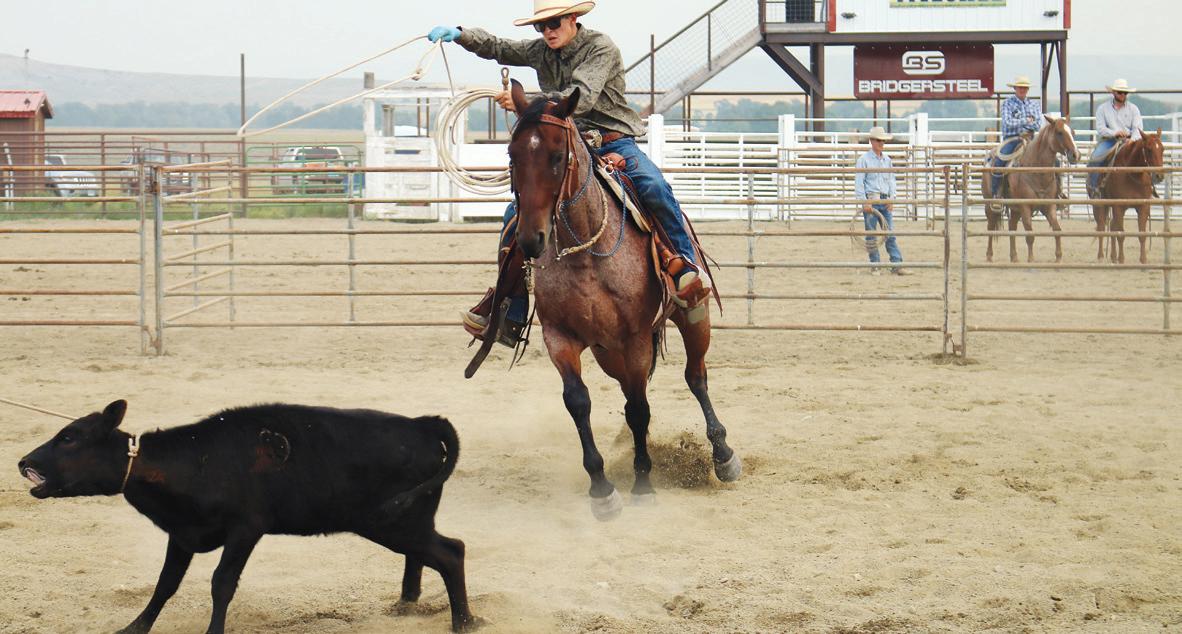
Clyde Park and Wilsall, two farming and ranching communities with just over 500 people combined, are 20 and 30 miles north of Livingston, respectively, on U.S. Highway 89 North near the foothills of the Crazies. Both towns feature a laid-back atmosphere characteristic of the Old West, with friendly local businesses, cafes and taverns located on or just off the highway. The fertile Shields Valley was first settled in the 1870s. Soon, a number of small farming towns sprang up and were eventually linked by a spur of the Northern Pacific Railroad. In time, all of the little towns disappeared, except for Wilsall and its neighbor to the south, Clyde Park. Cattle and grain are the mainstays of the valley.
Wilsall received its name from one of the early settlers, W. J. Jordan. Jordan combined the first syllables of his son’s name, William, and his wife’s name, Sally, to form Wil-Sal, or, as it’s spelled, Wilsall.
The big annual event for Clyde Park, which serves as the site for the Shields Valley Old Settlers Days, is a two-day festival held this year on Aug. 26 and 27. It features food, fun and a parade. (See the Shields Valley Old Settlers Days page of this Visitor’s Guide for more details.)
Meanwhile, Wilsall Rodeo, a big event, is also a two-day affair — this year on Father’s Day Weekend, June 17 and 18. (See the Wilsall Rodeo page of this guide.) The weekend also includes a street dance, a community breakfast and a parade.
Wilsall also has other community events later in the summer — Dinner and a Movie Wilsall Style, set for Friday, Aug. 11, followed by the third annual Uff Da Fest being held on Saturday, Aug. 12.
Dinner and a Movie Wilsall Style is a fundraiser for the Build a Better Wilsall. It will feature a prime rib dinner followed by a live auction. Then, when the night gets dark, everyone sits in the rodeo bleachers and watches an old-time Western movie. Bring your jacket, because the Montana nights can get cool!
The Uff Da Fest will be held at the Wilsall Rodeo Grounds. Gates will open at noon, with nonstop live music starting at 1
p.m., featuring two stages.
The festival will feature food and drinks, vendors, games and live music from Wylie and Wild West, Sporgasbandet, Ringling Five, TJ Casey, Tyler Potter and Fossils.
Tickets for the night cost $20, and are free for children 16 and under.
For more information on Uff Da Fest, email LovelyRanchMT@gmail.com.
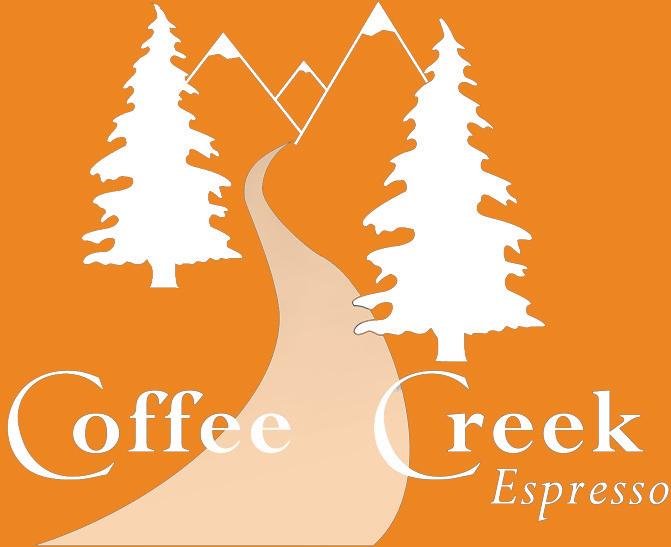

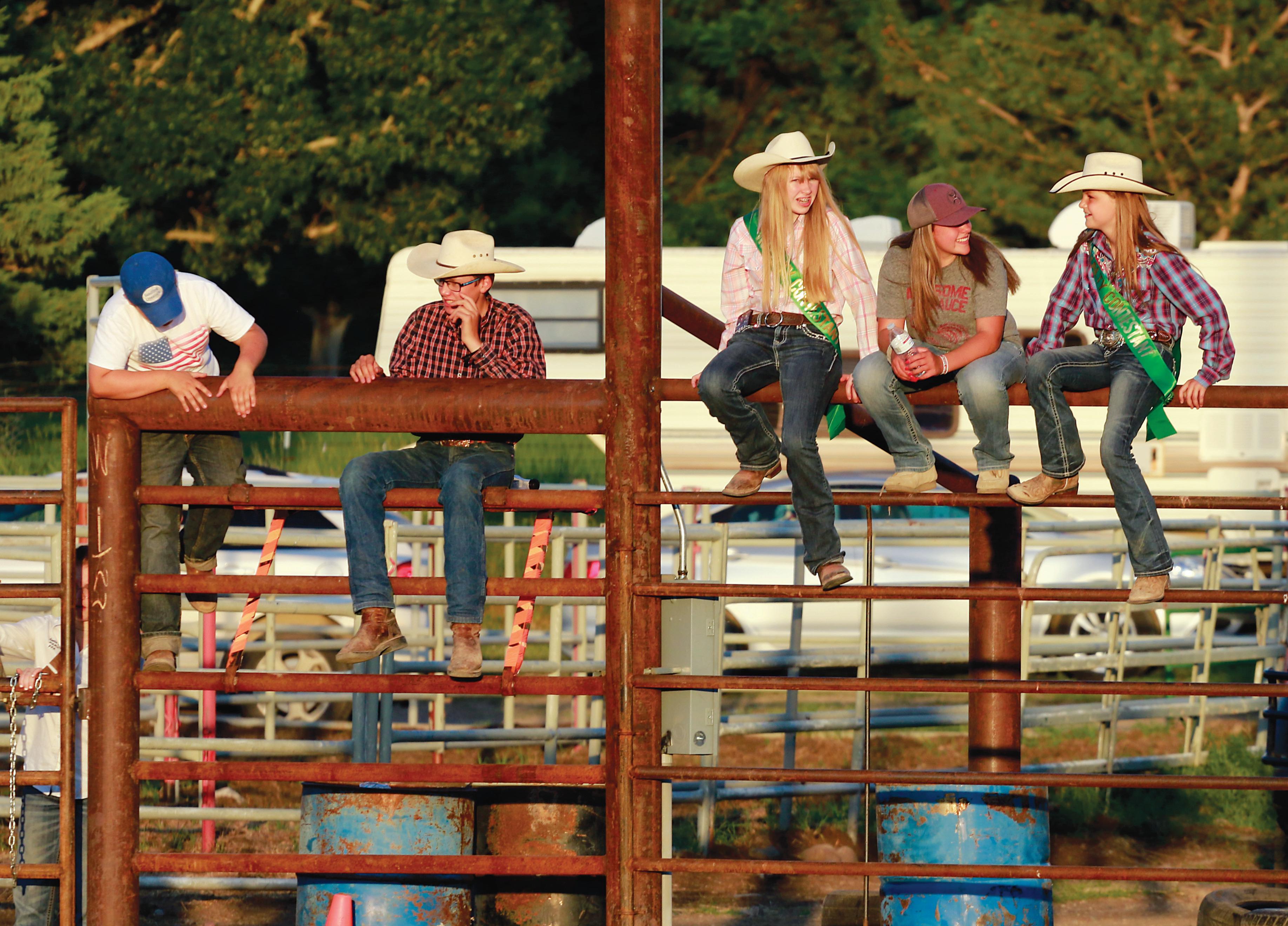
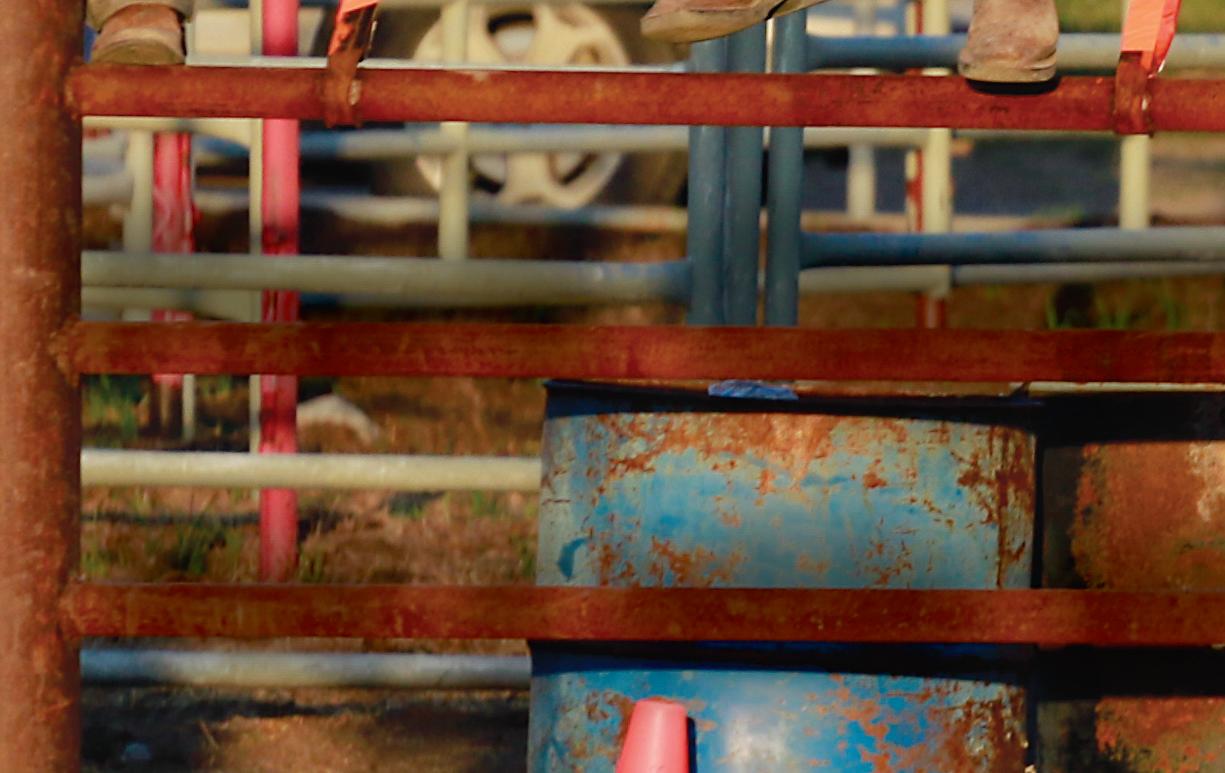
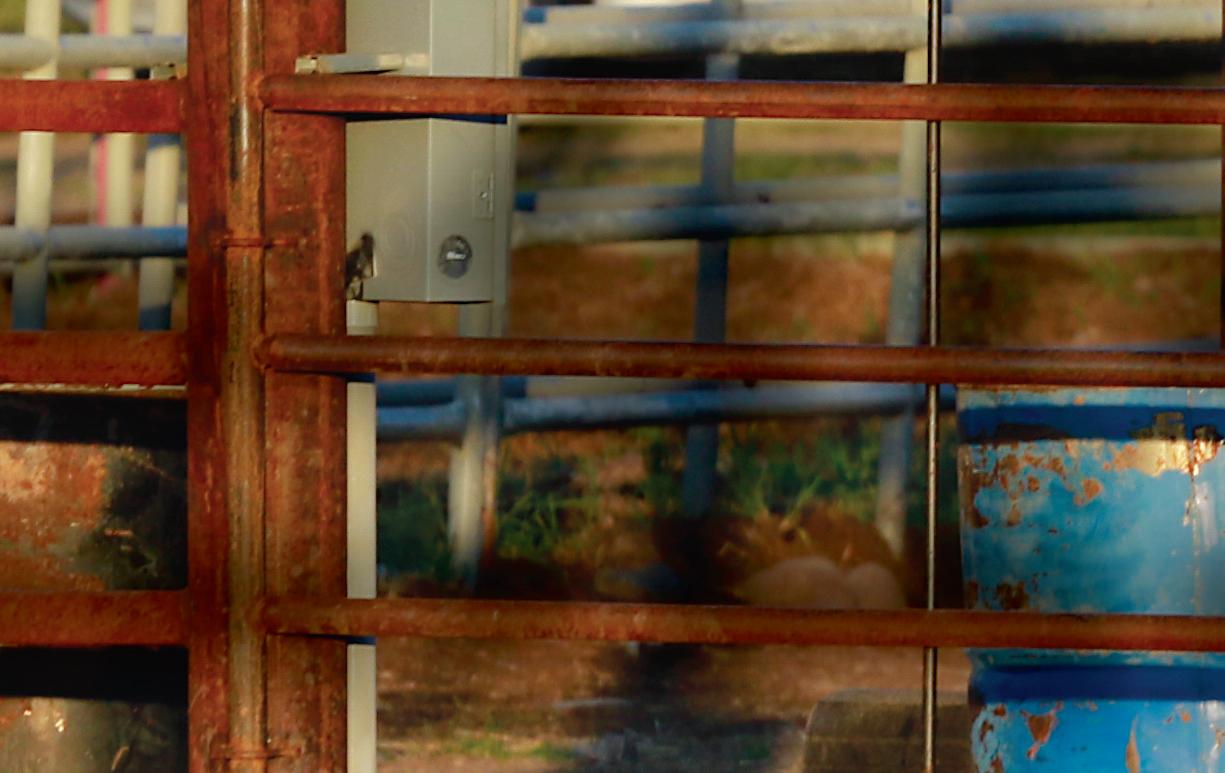
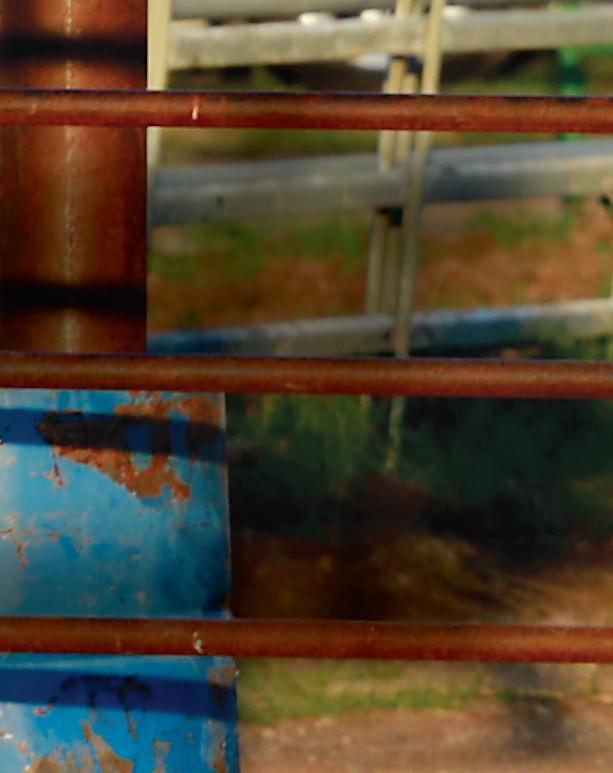
The annual Park County Ag Fair gets better every year. While agriculture is still a large part of classic Montana fairs, this year’s Park County gathering — the 75th — carries a bunch of events that have both rural and city influences.
For many Park County families, the fair is one of the biggest events of the year.
The event, which takes place at the Park County Fairgrounds, begins Wednesday, July 26, and runs through Saturday, July 29.
It has something for everyone, every day and night, with dozens of 4-H, FFA and open class exhibits, as well as educational talks, vendors, food, arts, crafts, entertainment and much more.
Among other things, the festivities include a free barbecue dinner for the community on Wednesday night followed by the Park FFA Chapter Sundown Showdown Event and the 4-H
Thursday night will feature live music with food by Ryan Keyes for purchase.
There will also be open class exhibits, in which anyone can submit entries in a variety of categories. Hundreds of county residents bring their livestock, handiwork, photography, artwork, garden vegetables and flowers, and other entries to be judged.
The fair will also include a Park County Ag Fair Ranch Rodeo on Friday evening. The event will feature adult teams of four people competing in events such as trailering, branding, wild cow milking and doctoring. Teams from across the state are eligible.
Saturday will be Buyers Luncheon and the 4H/ FFA Sale, where the youngsters’ steers, heifers, lambs, rabbits, goats, chickens and pigs are sold to the highest bidder at the annual 4-H/FFA Livestock Auction, which will take place on the last

day of the fair, July 29.
Made-in 4-H crafts, such as woodworking, leather craft and other handmade projects will be auctioned off at this time, too.
Once the auction wraps up, there will be a Buyers Celebration with live music.
Behind all the attractions are the 4-H, FFA and open class activities, and competition barns filled with the youths’ animals, which are shown and judged.”
Commercial vendors will bring their latest technologies, products and items to share during an exhibit at the main exhibit building and display areas around the fairgrounds.
Admission to the fair is free for people of all ages.
For more information, call the Park County Extension Office at (406) 222-4156, email park@montana.edu or visit https:// www.montana.edu/extension/park.
For general fair questions and vendor information, call (406) 595-6066 or email parkcountyagfair@gmail.com.
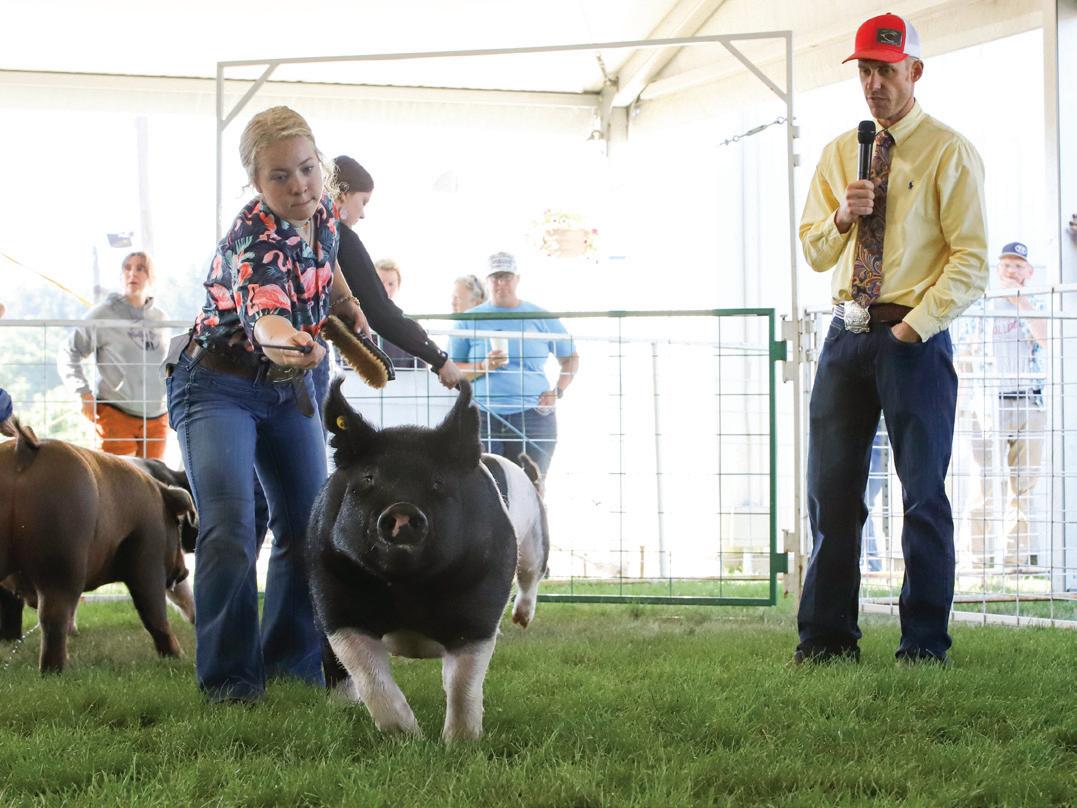

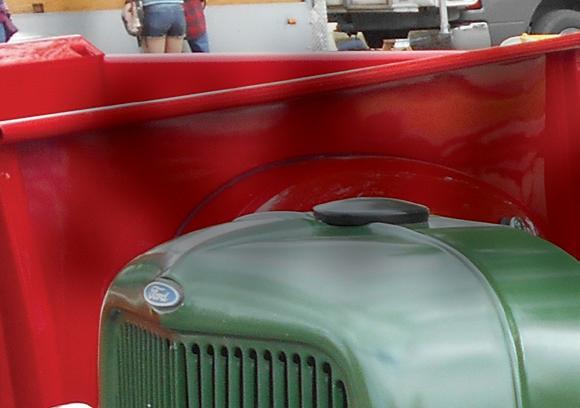
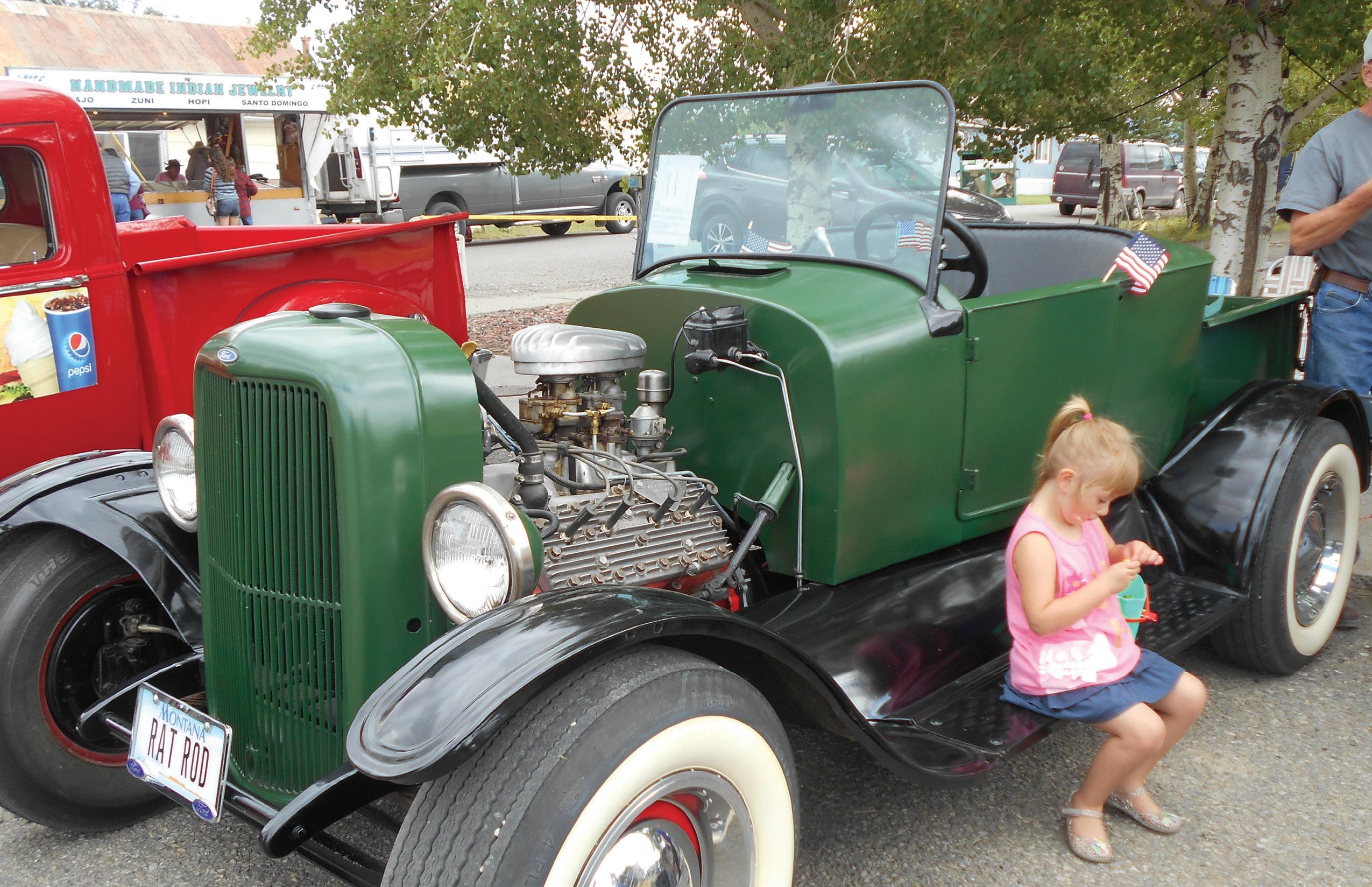
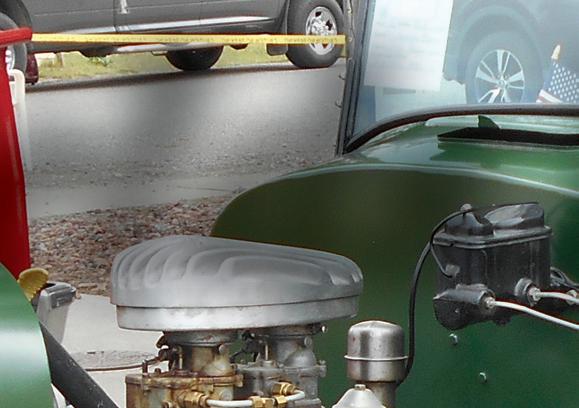
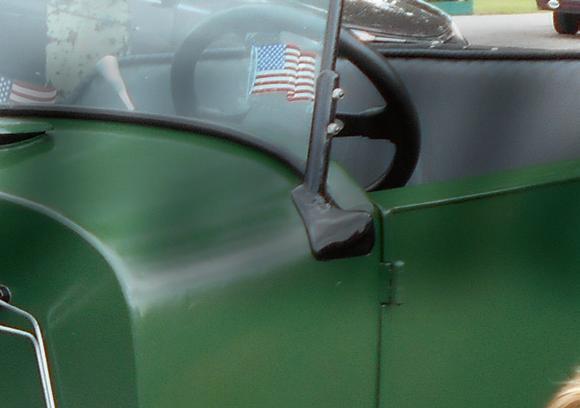
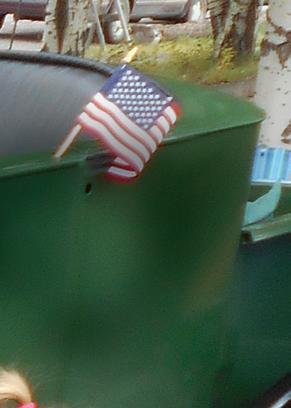
When you start to feel that nip in the air and the summer sun starts to set a little earlier each day, then the annual Shields Valley Old Settlers Days festival must be near.
The small town of Clyde Park, a farming and ranching community about 20 miles north of Livingston on U.S. Highway 89, hosts the celebration.
This year marks the 47th annual Shields Valley Old Settlers Days. The two-day festival will be held Saturday, Aug. 26, and Sunday, Aug. 27.
“We want to honor and remember our heritage,” said Shields Valley Old Settlers Days past-president Dolores Davis. “Many families in the Shields Valley have been established here since 1877.”
Activities planned for the festival include a pancake
breakfast, a parade and live music.
On Saturday, arts and crafts vendors will set up their wares, in keeping with the Shields Valley Old Settlers Days tradition of hosting roughly 45 such vendors. Local 4-H and FFA groups are also invited to set up booths to raise money for their organizations.
The parade on Saturday will take place at 11 a.m.
Other Saturday events will include a rifle raffle, quilt show, a car show, silent auction, games, a pie auction, conversations with old-timers, a museum display and a display of Montanans who have been inducted into the Cowboy Hall of Fame.
And festival organizers haven’t forgotten about the kids — there will be plenty of fun activities for youngsters to enjoy.
Sunday will feature an old-fashioned church community service in Community Hall, followed by a noon potluck in the Community Hall honoring the grand marshals.
“The festival is a great way to allow our community to come together and help each other,” said Davis.
For more information about Shields Valley Old Settlers Days, call current committee president Jeff Sarrazin at (406) 220-1951.

When Yellowstone National Park was created in 1872, the townsite of Gardiner began to bustle and soon became a hub of activity for both tourists and seekers of fortune.
Gardiner has played the part of a rough-and-tumble boomtown in Park County’s colorful history.
If you follow the Yellowstone River as it snakes south through Paradise Valley, it’s easy to imagine early settlers pressing forward, by wagon and on horseback, deep into Yellowstone country. When you make the journey now, you’ll most likely see herds of elk and deer grazing the valley floor before reaching the unassuming frontier town of Gardiner, Montana.
Cradled between the soaring peaks of the Absaroka and Gallatin ranges, at the northwest doorstep of Yellowstone National Park, Gardiner is a natural base camp for outdoor adventure. Bison wander the streets, marmots wrestle on the riverbanks and owls serenade you as the stars come out.
Roads through town and into Mammoth, Wyoming, stay open year-round, so there’s no need to fight the summer crowds here. Enjoy Gardiner’s laid-back vibe in fall, winter and spring, when wildlife viewing is at its best and Yellowstone’s majesty is yours for the taking.
Exploring Yellowstone from Gardiner, you have the only direct, four-season access to the Northern Range’s vast grasslands, one of the most diverse communities of freeroaming animals on earth.
With a diverse array of lodging options, local eateries and plenty of small-town charm, Gardiner is the ideal home base
for travelers who want to leave the hustle and bustle of life behind and reconnect with nature.
Adventurous visitors may enjoy taking locally guided rafting trips down the Yellowstone River.
For anglers, the Yellowstone River is a blue-ribbon trout stream, with float trips and guides available to accommodate any size party. Other streams near town also provide excellent fishing.
No matter the time of year you visit, Gardiner offers everything you need to enjoy America’s first national park — and one of the most beautiful parts of the country.
The Roosevelt Arch, inscribed “For the benefit and enjoyment of the people,” has marked the park entrance road in Gardiner since 1903.
President Teddy Roosevelt delivered the dedication speech for the arch to an estimated 5,000 people.
Gardiner is the only park entrance open year-round to vehicle traffic, and it has a wide assortment of motels, restaurants, stores and curio shops.
Campgrounds and trailer parks offer overnight services with all hookups, and can serve as home base for travelers who want to leave their trailers or RVs and tour the park on the bus system.
Gardiner is also a popular spot with winter travelers who wish to view Yellowstone in its snow-clad splendor.
The road from Gardiner to Cooke City is open all winter to wheeled vehicles, while the other roads in the park disappear beneath many feet of snow, to be accessed only by over-thesnow vehicles.


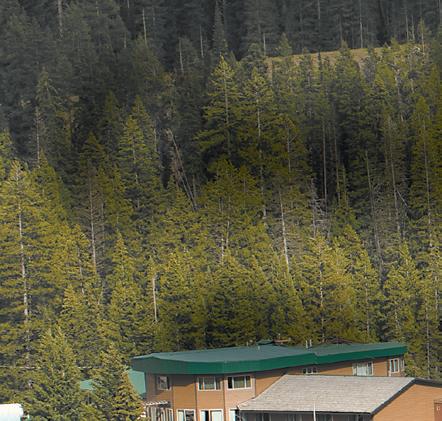
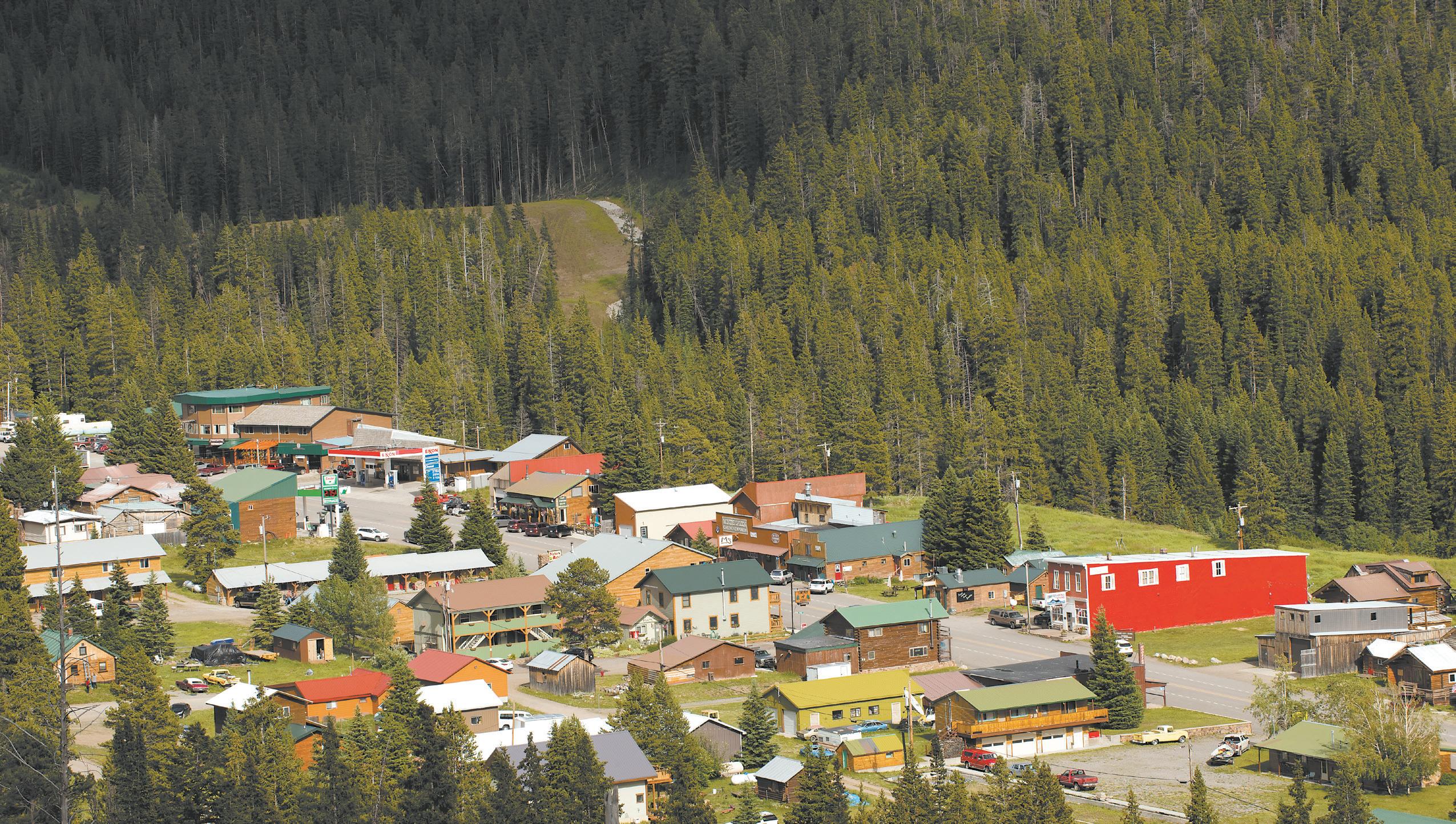

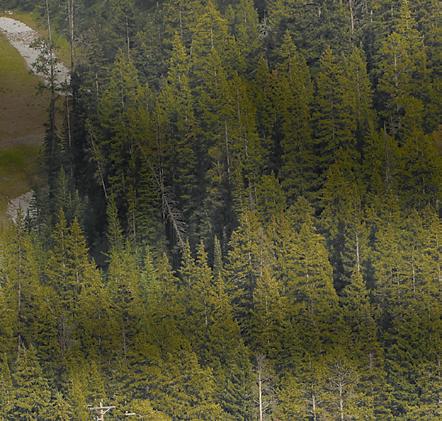
offers some of the best recreation in MONTANA
Historic Cooke City was born more than a century ago in the midst of the Western gold rush, when miners searched for instant wealth in the mountains and streams of the Absaroka and Beartooth mountain ranges.
One look at its buildings, homes and other features, and it quickly becomes evident Cooke City is rich in mining history and was a part of the boom and bust cycles that beset such towns.
But there is much more to this sparsely populated hamlet than its resource industry roots. In fact, the Cooke City/Silver Gate area provides some of the best outdoor recreational opportunities Montana has to offer.
Pinched between Yellowstone National Park and the Absaroka-Beartooth Wilderness, the area is rich in wildlife. Thick forests cover the mountainsides, while crystalline streams and creeks abound.
During the warmer months, there are numerous campgrounds and havens for backcountry living. Breathtaking hiking trails crisscross the landscape. There are also dozens of prized trout streams and creeks for the serious and novice anglers.
During the peak summer months, Cooke City’s streets, rustic bars, hotels and restaurants are bustling with tourists headed to
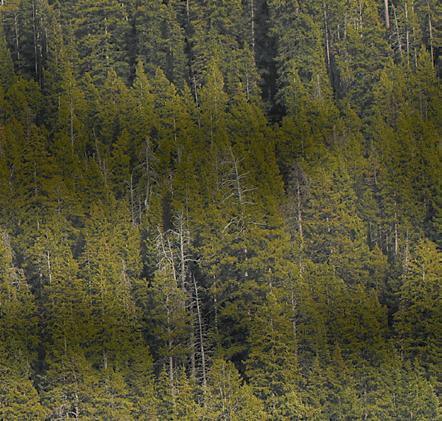
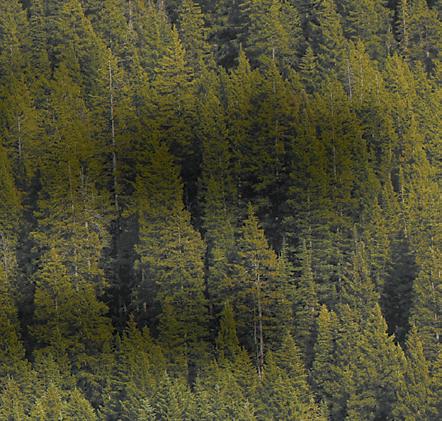
Yellowstone or recovering from wilderness backpacking trips.
Weather permitting, the nationally renowned Beartooth Highway, linking Cooke City with Red Lodge 68 miles to the east, opens around Memorial Day. The winding highway, which crosses the 11,000-foot Beartooth Pass, ranks as one of the most beautiful roadways in America, according to the late CBS News correspondent Charles Kuralt.
Cooke City is also minutes away from the scenic Chief Joseph Highway, which takes motorists on a dazzling tour along the Clarks Fork of the Yellowstone River and Sunlight Basin toward Cody, Wyoming.
During the winter months, cross-country and backcountry skiers as well as snowmobilers flock to the area to delight in snow-filled trails, upper mountain ranges, passes and coulees.
Don’t forget to stop by and visit the Cooke City Montana Museum. The museum illustrates the rich history of the area through its artifacts, photos, interpretation and summer programming.
For more information on area activities, stop by Cooke City/ Silver Gate’s welcome center. The building includes a visitors center, museum, conference space and public restrooms.
The center, located in the heart of Cooke City just off the town’s main avenue, is open year-round. It is open weekdays during the winter and seven days a week during summer. Call (406) 838-2495 for more information.
The small and bustling town of Big Timber offers visitors a true Montana hometown adventure. A thriving downtown offers unique shopping with short drives to some of the area’s most striking natural wonders.
Stroll down McLeod Street, the heart of the city’s downtown, and find friendly people and inviting shops.
Visit Gusts of Big Timber, with its 12-foot ceilings and displays of vintage clothing.
The Grand Hotel is a registered historical building complete with fine dining, Victorian guest rooms and a Western bar.
Enjoy small-town pleasures such as a 1930s soda fountain, antique shops or just a shady bench in front of Cinnabar Creek, a delightful gift and book shop.
A 30-minute drive south of Big Timber brings you to the stunning Natural Bridge Falls. Paved paths start at the parking lot and wind along the Boulder River. Signs tell about the area, the falls and wildlife. In the spring, there are actually three separate falls. Later in the year, the river flows underground to reveal limestone bedrock that forms the “natural” bridge.
North of town, follow Wormser Loop Road to Big Timber Creek into the fabled Crazy Mountains. About 8 miles up a bumpy dirt road, Half Moon Park Campground is equipped with vault toilets, picnic areas, water and a parking area for day hikes along the creek. Stop and enjoy the waterfall after an easy 20-minute walk. High-country lakes with trout await the more adventurous — Blue, Granite and Thunder lakes are about 5 and a half miles farther up the trail.




Glimpse into the community’s past with exhibits created from family heirlooms. Among the displays are a doll exhibit; a porcelain china and crystal collection; Dornix, a town of the past; the Cremer Rodeo exhibit; Cobblestone City; and beautiful artwork.
There are several U.S. Forest Service campgrounds located along the scenic Boulder River, south of Big Timber. Sleep under the stars to the serenade of the river or rent one of the Forest Service cabins scattered across the Yellowstone Ranger District’s Big Timber area. Call the Yellowstone Ranger District at (406) 222-1892 for more information.
Located off Interstate 90 at Exit 377 just east of Big Timber is a “town” inhabited by a huge colony of perky prairie dogs.
Located a country mile from the little town of Melville in northern Sweet Grass County, you will find one of the earliest churches in Montana.
The landmark has been featured in several feature films, including “The Horse Whisperer.”
• Near Natural Bridge is the Lion’s Head, a unique rock outcropping. Indian caves with pictographs are an easy hike from the Main Boulder Ranger Station.
• An hour’s hike beyond Box Canyon is the abandoned mining town of Independence.
• The pristine East Boulder and West Boulder rivers flow into the Main Boulder 10 to 15 miles south of Big Timber, a tourist attraction for its blue-ribbon trout fishing.
• The Yellowstone River flows east past Big Timber and also offers first-class fishing along with boating with several public accesses.
Fishing licenses and tackle are available at Sweet Cast Angler and The Fort in Big Timber.
For more information, visit the website www.bigtimber.com.
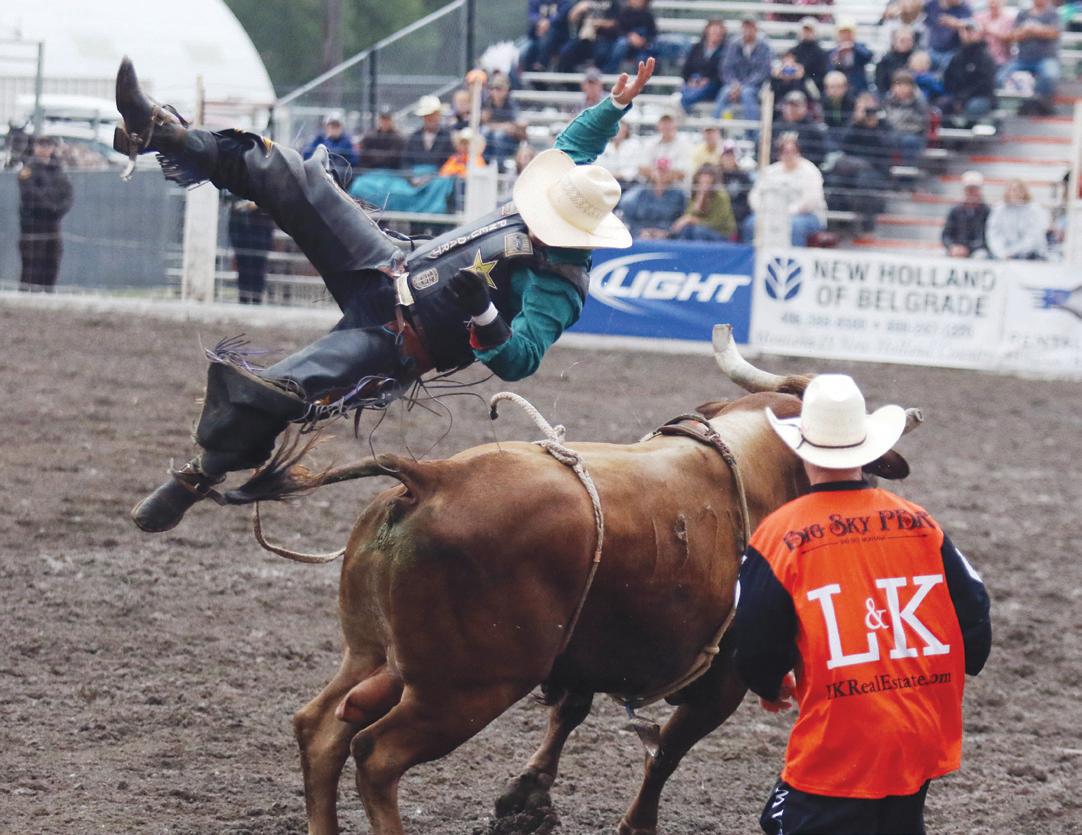
A bull rider gets tossed in the air during the Livingston Classic PBR. The Professional Bull Riders event will be held this year on July 15 at the Park County Fairgrounds rodeo arena. Doors open at 5:30 p.m. and the show starts at 7 p.m.




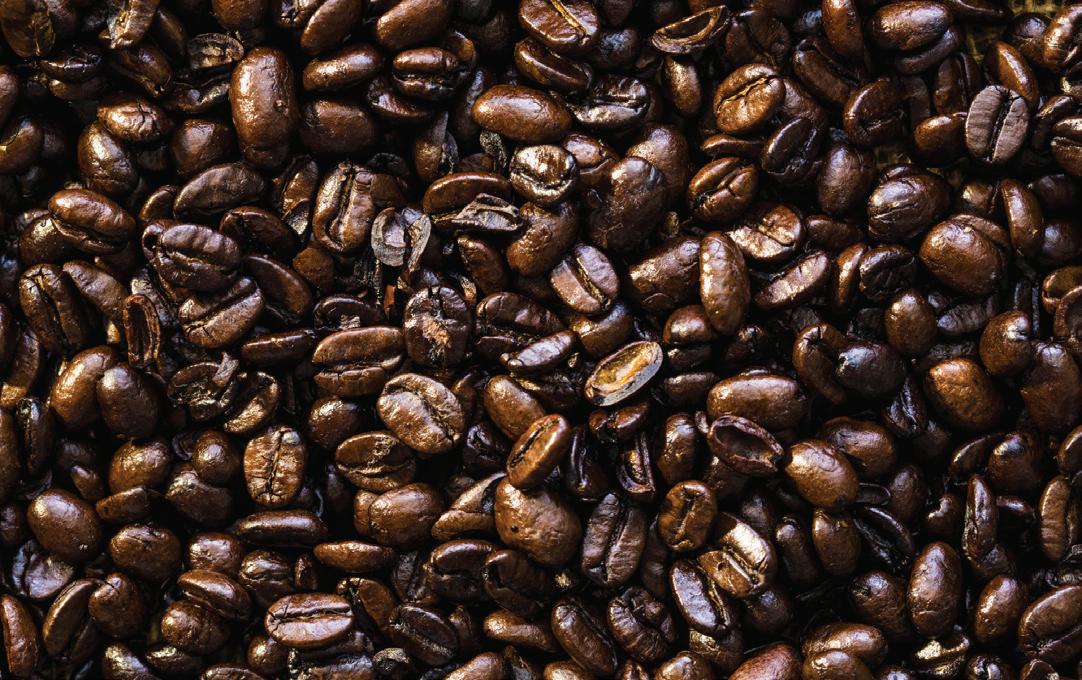


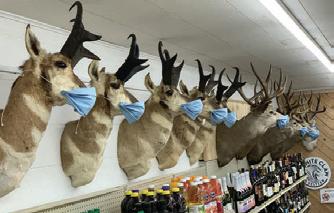
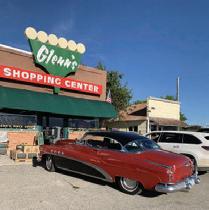
















Sacajawea Park
Miles Park


Picnic Tables Parking Playground Fishing Boat Ramp Soccer Tennis Baseball Basketball Climbing
Sacajawea Park
Miles Park
Sacajawea Park
Miles Park
Mayors Landing/Moja Dog Park
Myers’ River View Park
Water Plant Park
Mike Webb Park
Depot Park
Mayors Landing/Moja Dog Park
Myers’ River View Park
Water Plant Park
Riverside Park Firefighter Park
Mayors Landing/Moja Dog Park
Myers’ River View Park
Water Plant Park
Riverside Park
Firefighter Park
Highground Public Use Trails Restrooms
Katie Bonnell Memorial Park
Mike Webb Park
Depot Park
North Side Soccer Park
Mars Park
Jack Weimer Memorial Park Reservoir Park
Katie Bonnell Memorial Park
Bozeman Connector Trail - 0.84
North Side Soccer Park
Hopa Mountain Trail - 0.09
Mars Park
Moja Park Trail - 0.82
Jack Weimer Memorial
Myers’ River View TrailSummit Trail - 0.24
Sacajawea Trail - 0.75
7th Street Pedestrian Bridge Veterans Bridge - 0.30
O Street Connector Trail - 0.45
Moja Park Trail - 0.82
Myers’ River View Trail - 1.05
Summit Trail - 0.24
Sacajawea Trail - 0.75
7th Street Pedestrian Bridge - 0.04
Veterans Bridge
This map is for informational purposes only and not for legal, engineering, surveying or navigation purposes. Please follow all rules posted at trailheads, this map does not supersede posted rules. Please consult the U.S. Forest Service for the most current information and conditions on trails in Custer-Gallatin National Forest. Park County and the City of Livingston assume no legal responsibility for this information and shall not be liable for any claims or damages arising out of the use of this information.

This map is for informational purposes only and not for legal, engineering, surveying or navigation purposes. Please follow all rules posted at trailheads, this map does not supersede posted rules. Please consult the U.S. Forest Service for the most current information and conditions on trails in Custer-Gallatin National Forest. Park County and the City of Livingston assume no legal responsibility for this information and shall not be liable for any claims or damages arising out of the use of this information. Absaroka-Beartooth Wilderness




This map is for informational purposes only and not for legal, engineering, surveying or navigation purposes. Please follow all rules posted at trailheads, this map does not supersede posted rules. Please consult the U.S. Forest Service for the most current information and conditions on trails in Custer-Gallatin National Forest. Park County and the City of Livingston assume no legal responsibility for this information and shall not be liable for any claims or damages arising out of the use of this information.







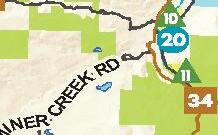





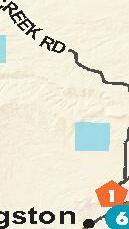
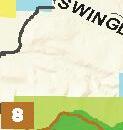

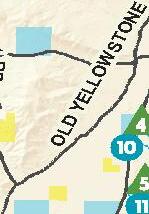
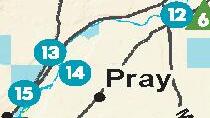


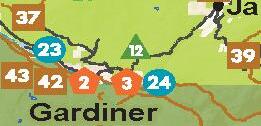


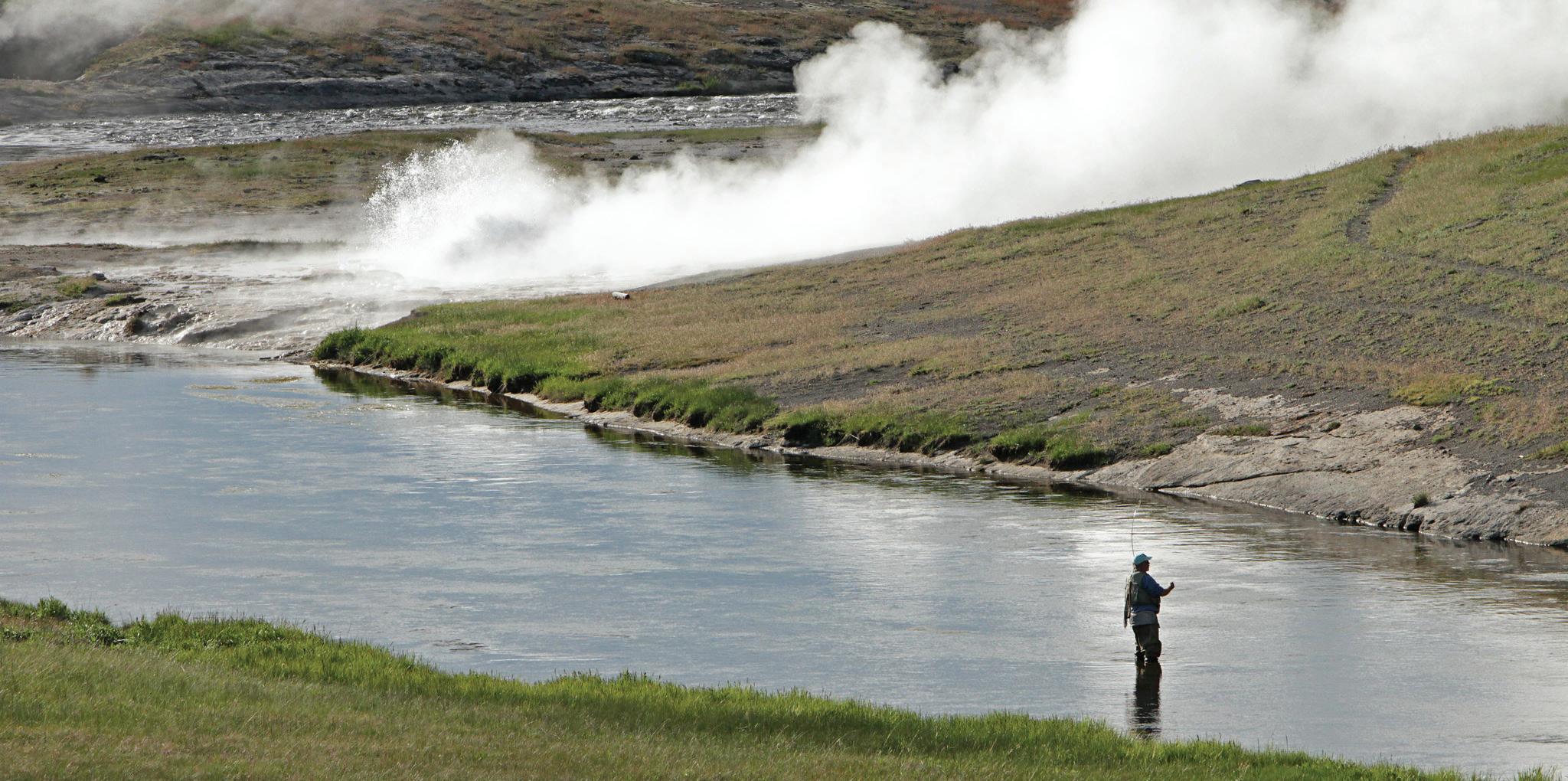
Anglers will find few fishing opportunities to rival the clear, trout-filled streams and lakes of Yellowstone National Park.
Some of the best trout fishing in the world can be found on the many rivers coursing through southwest Montana, so there is no need to visit the park to hook a trophy brown or rainbow, but the gorgeous scenery, abundant wildlife, unique thermal features and wide variety of backcountry destinations available in Yellowstone make it a genuine angler’s paradise.
Some Yellowstone waters are restricted to fly-fishing only, but the rules vary from stream to stream and even riffle to riffle. Eager anglers should be careful to obtain a Yellowstone Park fishing license and pick up a free copy of the fishing regulations before wetting a line.
Anglers are prohibited from using barbed hooks in the park. Violators of the policy are subject to penalties, including fines and loss of rods.
Also, to help prevent the spread of invasive aquatic species, the park now forbids anglers wearing felt-soled boots.
With that in mind, wonderful fishing can be found virtually anywhere in the park, but the best known streams flow north into the Yellowstone River or west into the storied Madison.
Closest to Livingston, the Gardner River cascades through a deep canyon near Mammoth Hot Springs before it empties into the Yellowstone at the park boundary. Bigger fish lie in the lower sections of the Gardner, but the upstream portions hold
plenty of small brook trout.
The other major tributaries of the Yellowstone that attract anglers include Slough Creek, Soda Butte Creek and Hellroaring Creek. Each stream is a healthy hike away, but worthwhile.
The most prized fish, though, dwell in the mighty Yellowstone, where large cutthroat, brown and rainbow trout lurk beneath the foaming surface.
Getting to the Yellowstone in the park can be tough. Most of the river plunges through the deep gorges that form the Black Canyon and the Grand Canyon of the Yellowstone.
Easily accessible points like Buffalo Ford draw crowds of anglers. But for those willing to contend with a steep walk and the swift, narrow river channel, unwary lunkers await.
The western half of the park drains into the Madison River, widely regarded as a premiere trout stream. From Madison Junction, where the Gibbon and the Firehole rivers merge, the Madison flows 14 miles to West Yellowstone. A road closely follows the course of the river, giving even casual fishermen a chance to fish.
But all of this talk unfairly focuses on the rivers and streams, when any cagey angler knows the park is dotted with splendid lake fishing opportunities. Try Grebe Lake, Heart Lake or Fawn Lake, to name a few.
Motorized boats are allowed only on Yellowstone Lake and Lewis Lake. This year, fishing licenses in the park are $40 for three days, $55 for seven days or $75 for the season. Children 15 and younger fish for free.

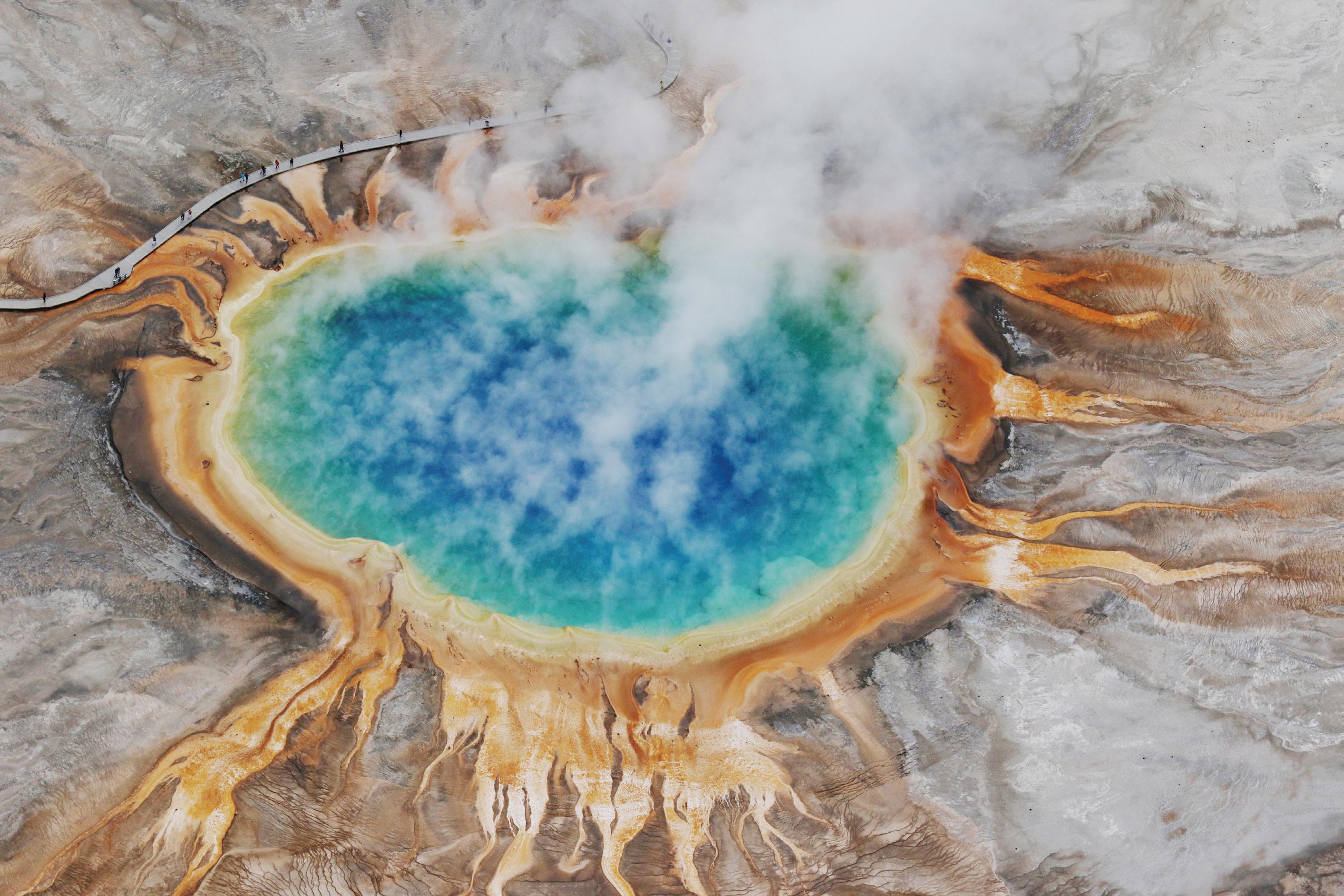
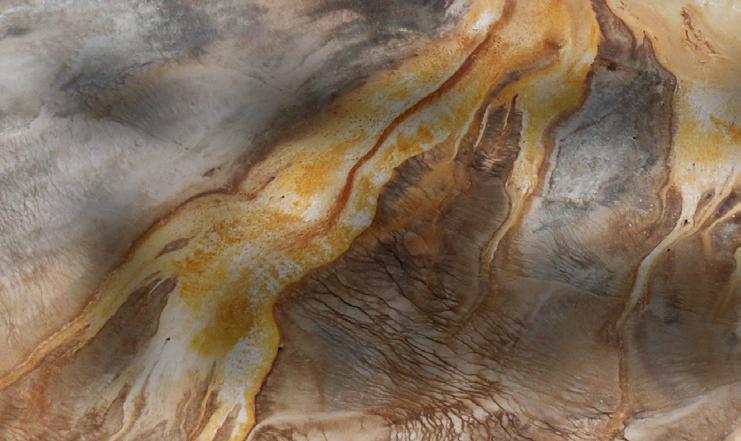
No place can rival
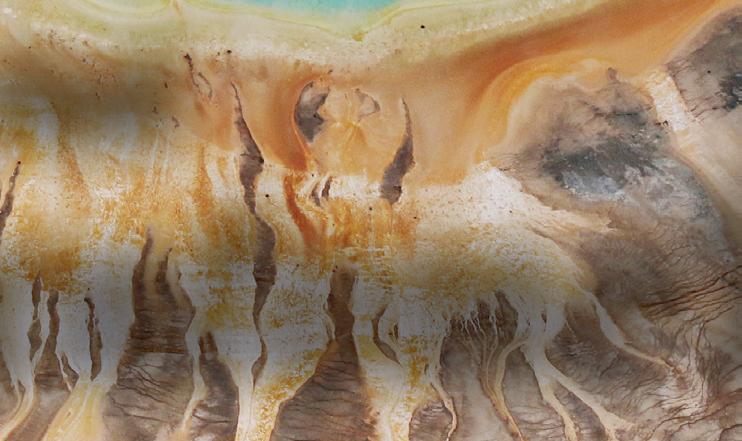
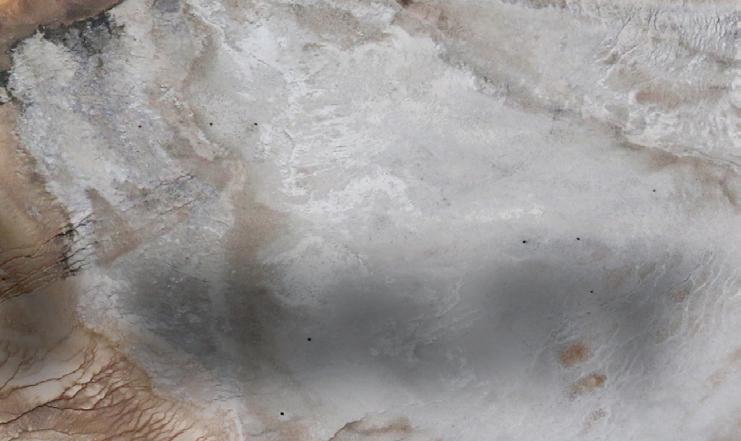
There is no place on earth like Yellowstone National Park — for no other place compares with its collection of geological features, bountiful wildlife, pristine rivers and streams, tumbling waterfalls, snow-frosted mountain peaks, virgin forests and scenic vistas.
Yellowstone was designated the world’s first national park in 1872 by President Ulysses S. Grant and Congress, who had the courage and vision to recognize that the 2.2-million-acre area contained unique features that should be preserved forever.
For visitors entering the park from Gardiner, the first Yellowstone wonder is Mammoth Hot Springs.
Hot water welling up from the aquifers below carries dissolved minerals that form the surrealistic limestone terraces. The Mammoth terraces are constantly evolving, as one area goes dormant and another springs to life.
Mammoth has full seasonal accommodations, including
overnight accommodations, restaurant/grill, campground, gasoline station, grocery and gift shops.
Mammoth is the park’s year-round headquarters, housing the main post office, Albright Visitor Center, Mammoth Clinic, superintendent’s office, and offices for wildlife and land managers. A walking tour through the area celebrates the park’s years as Fort Yellowstone under U.S. Army supervision.
To the south of Mammoth Hot Springs lies the Norris Geyser Basin, home to the world’s largest geyser, Steamboat. Major eruptions have sent a pillar of water and steam more than 300 feet into the air. More commonly, it ejects water in frequent bursts of 10 to 40 feet. There is a campground at Norris just a short distance from the geyser basin. Next to the campground is the Museum of the National Park Ranger.
Madison Junction is located about 14 miles south of Norris and also has a campground. The Madison Information Station is located there, and it is also there
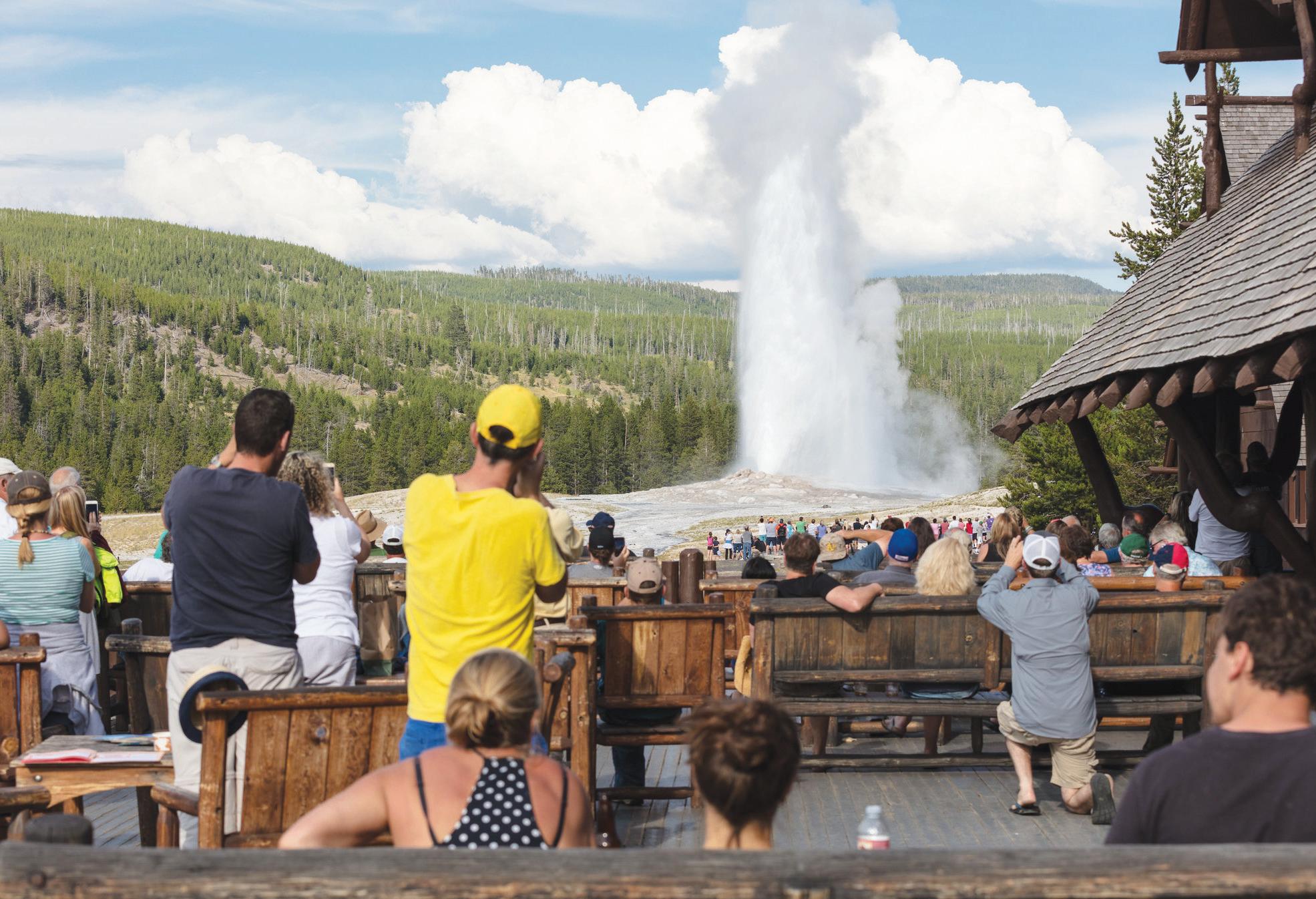
the Firehole and Gibbon Rivers merge to form the famous Madison River, which has a reputation as one of the world’s finest trout streams.
The Firehole Canyon Drive, just south of Madison, provides visitors with a spectacular view of this scenic and wild river.
Along the 16-mile drive between Madison and Old Faithful are the Lower Geyser Basin, Midway Geyser Basin, Upper Geyser Basin, Fountain Paint Pot, Firehole Lake Drive, Biscuit Basin and Black Sand Basin — all with unique thermal features.
Undoubtedly, the most famous part of Yellowstone is the Old Faithful area, located in the Upper Geyser Basin. The Upper Geyser Basin contains the highest concentration of geysers in the world. The nearby historic Old Faithful Inn was built from hand-hewn logs in 19031904.
The area, which is seasonal full service, also has the Old Faithful Snow Lodge and Old Faithful Lodge for
hotel rooms and cabins. There is no camping or overnight recreational vehicle parking available at Old Faithful. The Old Faithful Snow Lodge is open in the winter.
The West Thumb Geyser Basin and the Grant Village complex are located on the western shores of Yellowstone Lake. Grant Village offers the full range of seasonal visitor accommodations.
The beautiful drive along Yellowstone Lake leads to Bridge Bay, where visitors may launch private boats at the marina, pay a fee to enjoy a guided boat tour or rent boats to tour on their own.
The historic Yellowstone Lake Hotel is located just a few miles north, and within the Lake-Fishing Bridge area visitors can find a variety of seasonal services.
Sixteen miles north of Fishing Bridge is the Canyon area and more of the park’s famous natural wonders — the Upper and Lower Falls of the Yellowstone River.
The river plunges 109 feet down the Upper Falls, and
CONTINUED ON PAGE 32
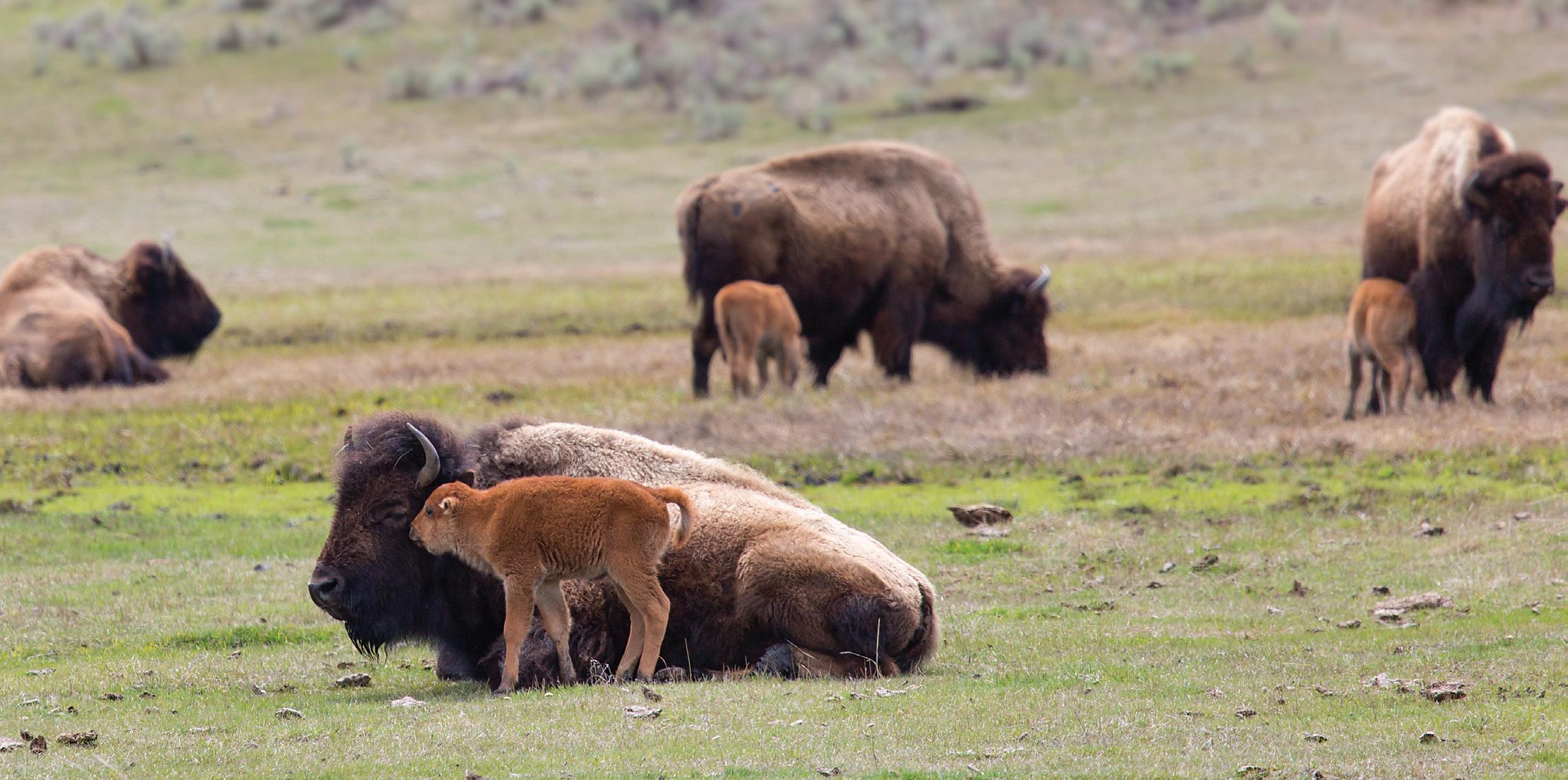
CONTINUED FROM PAGE 31
then tumbles another 308 feet down the Lower Falls.
There are full seasonal visitor services at Canyon.
Tower Falls, about 19 miles north of Canyon, has etched a notch in huge spires that tower above the 132-foot falls.
At Roosevelt Lodge, 2 miles northwest of Tower, are cabin rentals, restaurant/gift shops and evening cookouts that visitors reach by horse-drawn wagon or on horseback.
Guided horseback rides are offered at Roosevelt and Canyon.
The Yellowstone Forever Institute, the park’s nonprofit fundraising and educational partner, offers informational classes on the park from its Lamar Valley campus.
The Lamar Valley is a prime place to see wolves, which were reintroduced to the park in 1995. Elk and bison can often be seen in open meadows throughout the park, and Dunraven Pass — between Tower and Canyon — is one area frequented by bears.
Park officials caution visitors not to feed wildlife and to maintain a safe distance. It is against the law to approach within 100 yards of bears and wolves or within 25 yards of all other wildlife.
Be aware there may be delays and road closures due to road construction and maintenance projects inside and surrounding the park. (Most projects are suspended over holiday weekends.) So before your trip, call (307) 344-2117 for current park road information or visit https://www.nps. gov/yell/planyourvisit/parkroads.htm.
For other park information, call (307) 344-7381 or visit www.nps.gov/yell.

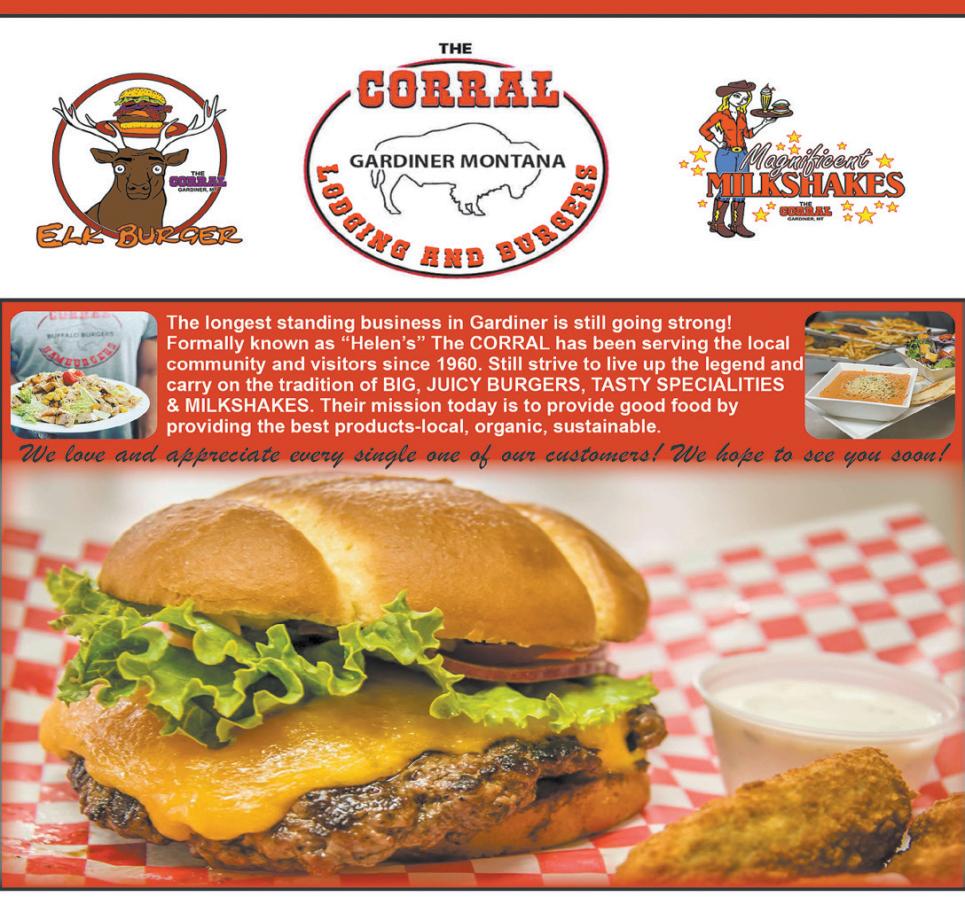
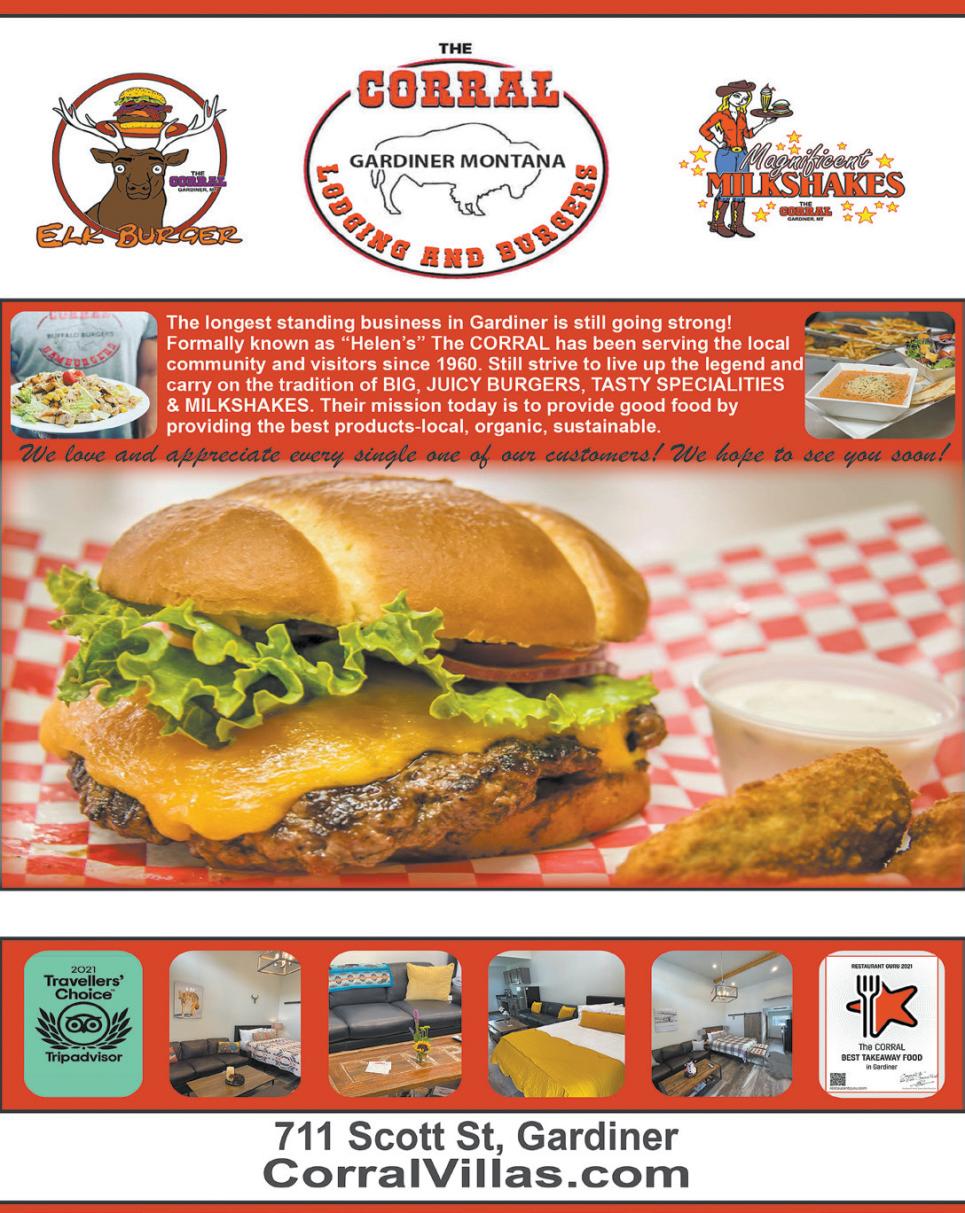

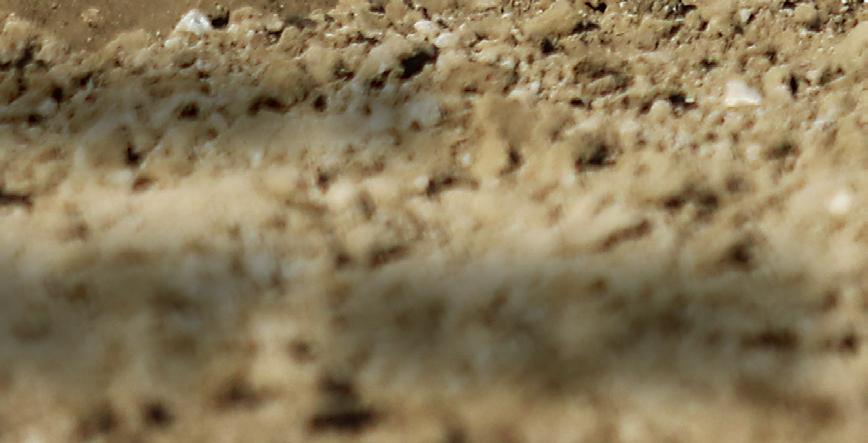
The Yellowstone National Park gateway town of Gardiner hosts one of the best rodeos in the area, packed with the top bull riders, calf ropers and cowgirls in the Northwest.
The 45th annual rodeo is slated for 6 p.m. on both Friday, June 16 and Saturday, June 17 at Jim Duffy arena, located on U.S. Highway 89 South at the north end of town. The Gardiner Rodeo is a sanctioned Northern Rodeo Association event.
The rodeo features such traditional events as bareback and saddle bronc riding, bull riding, calf and team roping, and steer wrestling. Women and juniors compete in barrel racing and

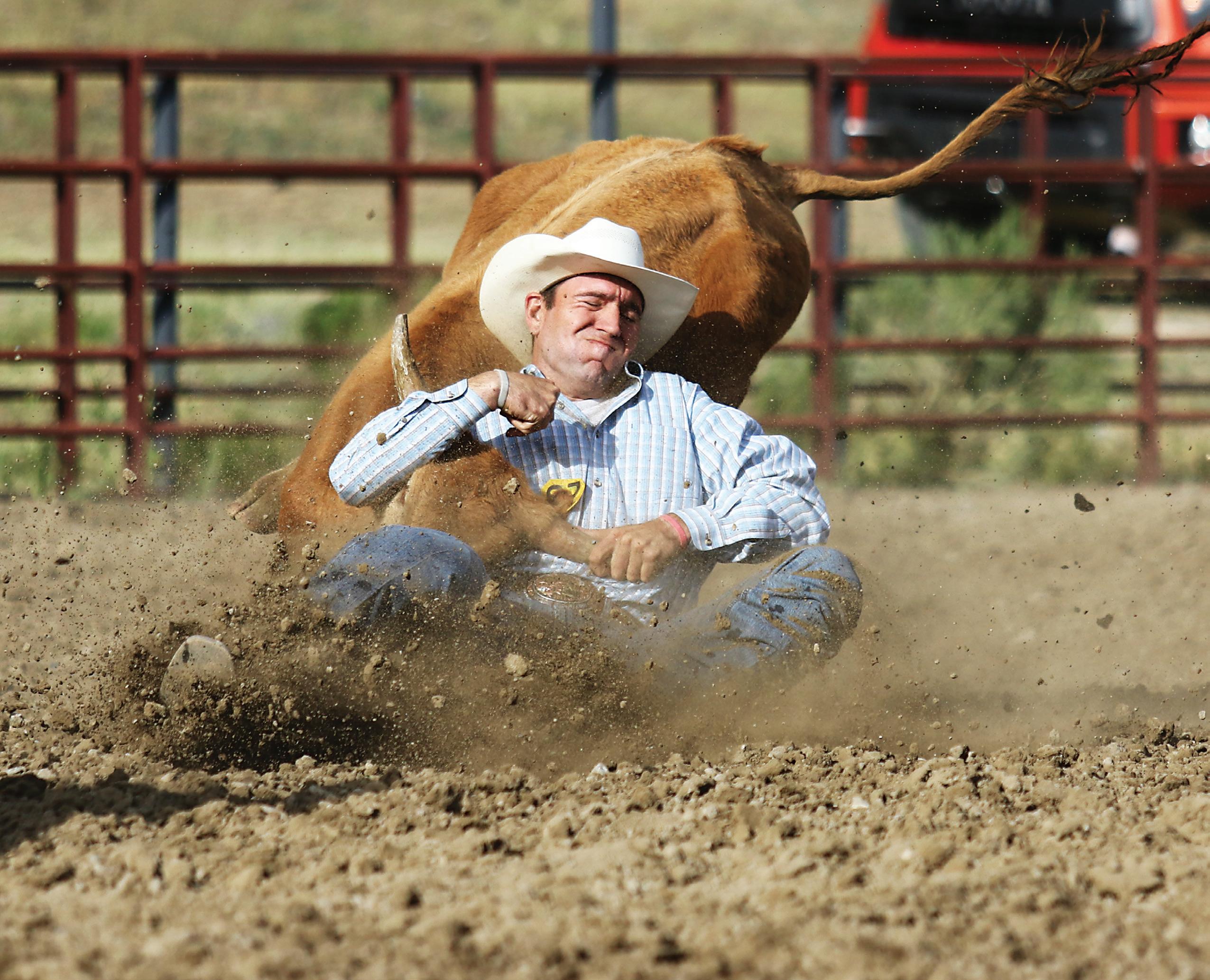
breakaway roping.
Concessions — from hot dogs and hamburgers to an assortment of candies — are provided by the Gardiner FFA, and the Beer Garden is provided by the Gardiner Rodeo Club.
The big weekend also includes the Gardiner Rodeo Parade on Saturday at 11 a.m., sponsored by the Gardiner Rodeo Club.
The parade will head along Main Street, go north on U.S. Highway 89, then cross the Yellowstone River bridge before ending near the rodeo grounds.
Tickets to the evening rodeo performances are available for adults and for children 12 and under.
Fueled with the memories of impossible rides and crunching crash landings, Gardiner rodeo fans will have many memories to carry with them this summer.

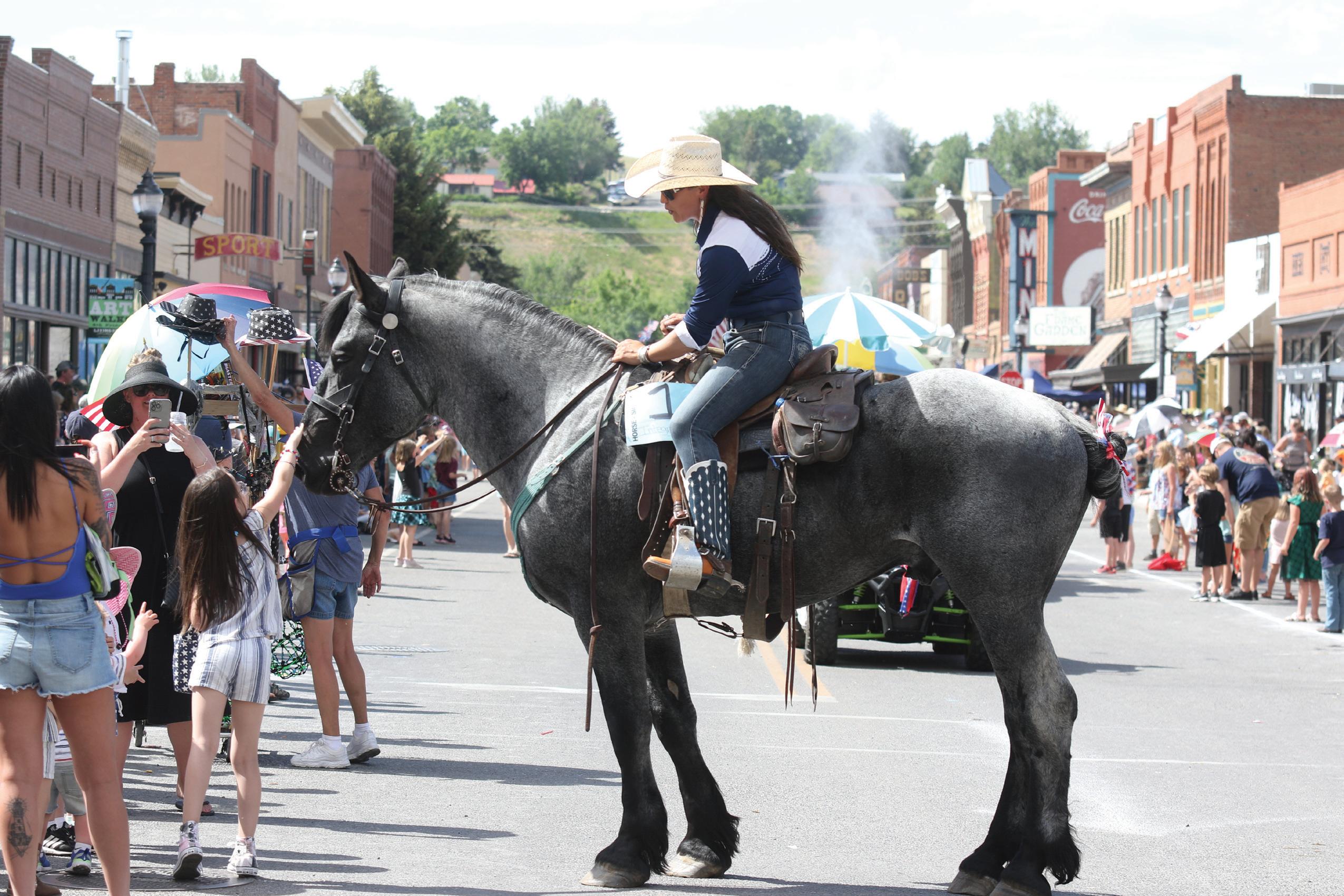

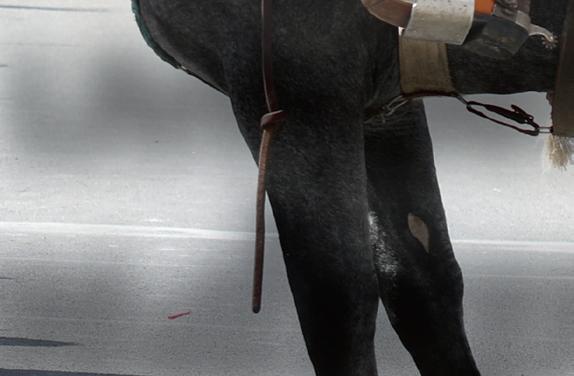

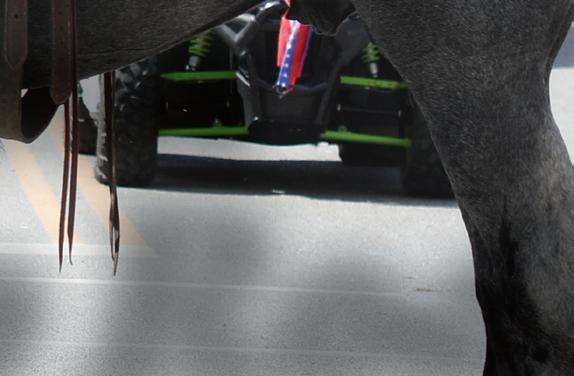

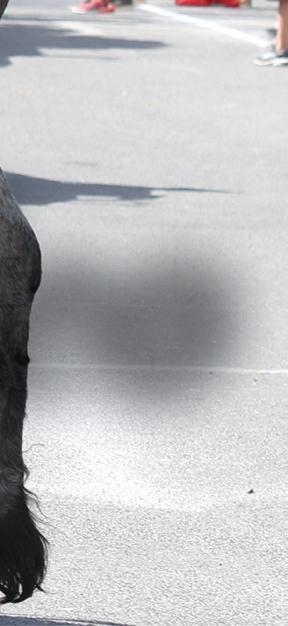
It’s a Western tradition dating back more than a century — from the early days when cowboys roped, branded and wrangled cattle in from the range to the corral and broke wild horses.
Today, the techniques have been honed to perfection — eight-second bronc-bustin’ rides, four-second team roping times and six-second calf roping adventures.
The Livingston Roundup Rodeo, held July 2-4, continues that tradition with some of the finest rodeo action the West has to offer and some of the best rough stock in the nation.
Top hands from all over the country compete for a guaranteed Livingston Roundup “added money” of $128,000. Once the cowboy entry fees are added in, the payout jumps to a total purse of nearly $225,000 at the event.
The Fourth of July week is also known as “Cowboy Christmas,” with 30-plus rodeos being held in the U.S. and a total purse of $3 million up for grabs.
In its 99th year in 2023, the Roundup officially gets
underway on July 2 with a parade through downtown Livingston at 3 p.m., with the first night’s Professional Rodeo Cowboys Association event at the Park County Fairgrounds kicking off at 8 p.m.
The July 3 Kiddie Rodeo begins at 2 p.m. and the Livingston Roundup Rodeo starts at 8 p.m. The parade, sponsored by the Livingston Area Chamber of Commerce, usually begins at the foot of South Second Street. Check with the Livingston Area Chamber of Commerce for the exact route of future parades.
The parade features bands, floats, antique cars and carriages, and enough horses to make any cowhand envious. Local 4-H groups, fraternal organizations and businesses also participate in the parade with a wide variety of entries.
There are so many rodeo competitors entered in the Roundup that a special “slack time” is set aside for 3 p.m. on June 30 and July 1 to allow all entrants to compete for the money. Barrel slack will be held at 11 a.m. on July 4. Slack is free to the public.
During the nightly events, cowgirls compete in barrel racing. Cowboys compete in bareback, saddle bronc, bull riding, calf
roping, steer wrestling and team roping events.
Without a doubt, though, it’s bull riding that captivates the audience.
On an eight-second ride, the 2,000-pound animal twists and turns, seemingly in two directions at the same time, trying to flip the rider off its back. If the bull succeeds — and they usually do — the riders hit the ground, and often the bull attempts to charge the helpless cowhand.
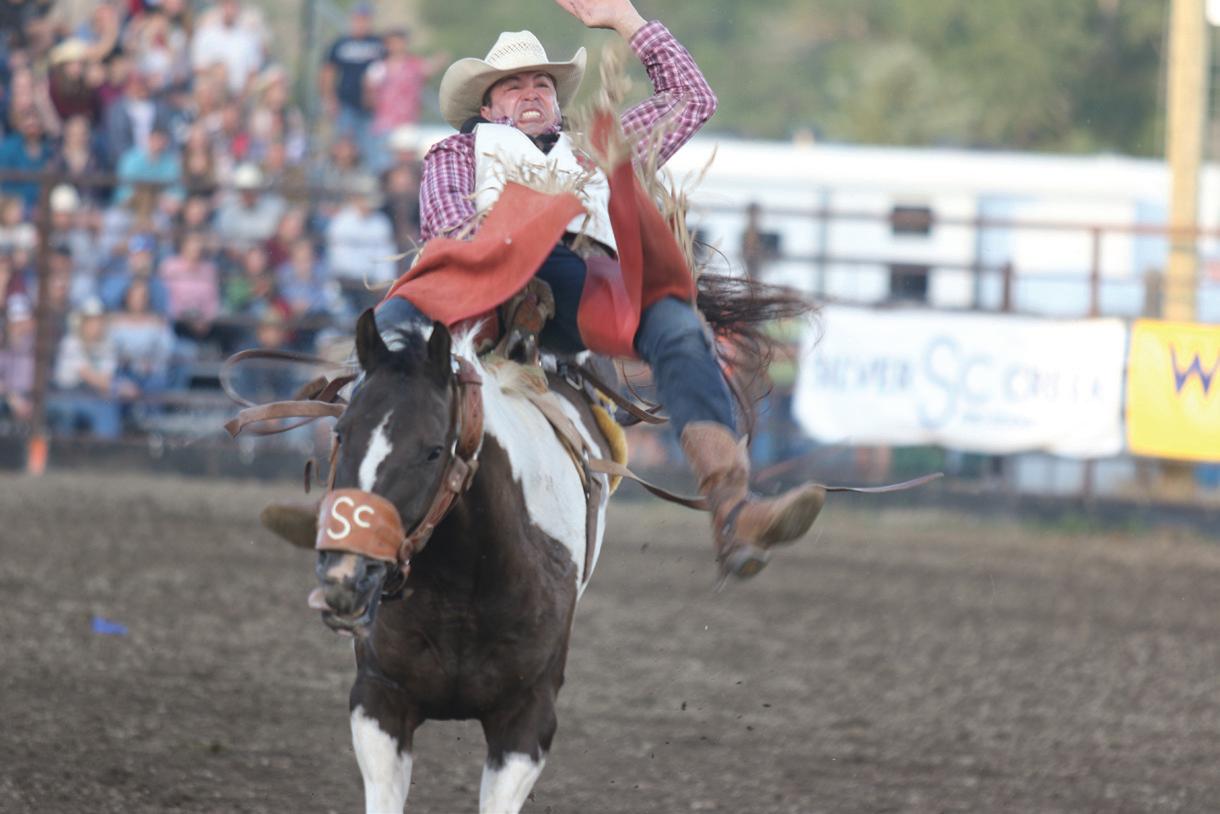
That’s when the bullfighter becomes the most important person in a bull rider’s life.
Dressed in brightly colored garb — which features a multicolored outfit, sometimes with a “goofy” hat adorned with feathers and the world’s baggiest pants, along with a pair of cleated shoes or cross-training sneakers to improve mobility — the bullfighter distracts the bull long enough for the cowboy to scramble to safety.
The Livingston Roundup Association has contracted Silver Creek Rodeo Co. of Stephenville, Texas, for the livestock needed to provide stiff competition for some of the world’s top cowhands.
The rodeo announcer is award-winning Steve Kenyon. Gigantic fireworks displays are planned after each rodeo performance.
The Livingston Roundup Rodeo has a long and colorful history of its own, dating back to the Roaring ’20s, when the event began. In October 1923, Livingston’s own Charlie Murphy was in charge of the stock at the Madison Square Garden Rodeo in New York City.
On Labor Day of 1924, 28 head of those top bucking horses were in Livingston — and rodeo had officially come to Park County.
The Livingston Roundup really got going in 1925. It was one of eight Class A shows in the nation at the time, offering more than $3,000 in prize money.
Several businessmen organized a nonprofit group — the Livingston Roundup Association — in 1929. The association ran the rodeo until 1941, when it became inactive due to World War II.
There were occasional rodeos during the 1940s and ’50s, but it wasn’t until 1960 that Oral Zumwalt revived professional rodeo in Livingston.
The Roundup Rodeo is one of the three “Gateway Rodeos” held in Livingston, Red Lodge and Cody, Wyoming, on July 2-4. The pro rodeo cowboys travel between the three, often hopping on airplanes to make it to the next event on time.
Today, Livingston Roundup Rodeo ranks as the 35th largest rodeo out of approximately 650 rodeos sanctioned by the PRCA, and as such, the Livingston rodeo qualifies for the Pro Rodeo Tour.
And in 2024, the Livingston Roundup will celebrate “100 Buckin’ Years.”
Welcome, rodeo fans!
For more information or to reserve seats, call (406) 2223199; write the Livingston Roundup Association, Box 800, Livingston MT 59047, or visit the rodeo’s website at: https:// livingstonroundup.com.
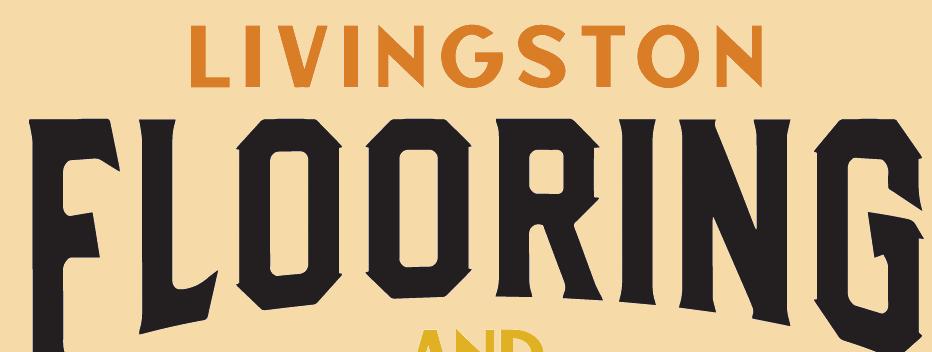


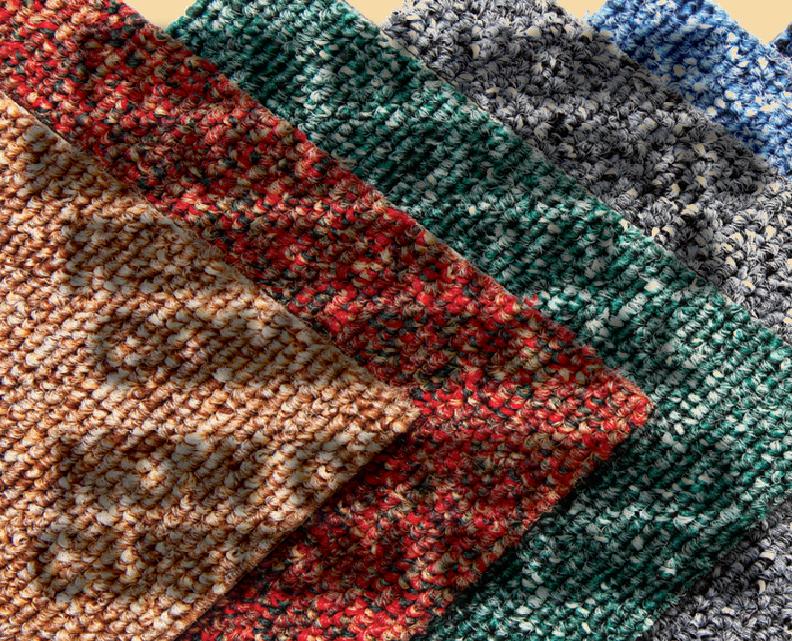

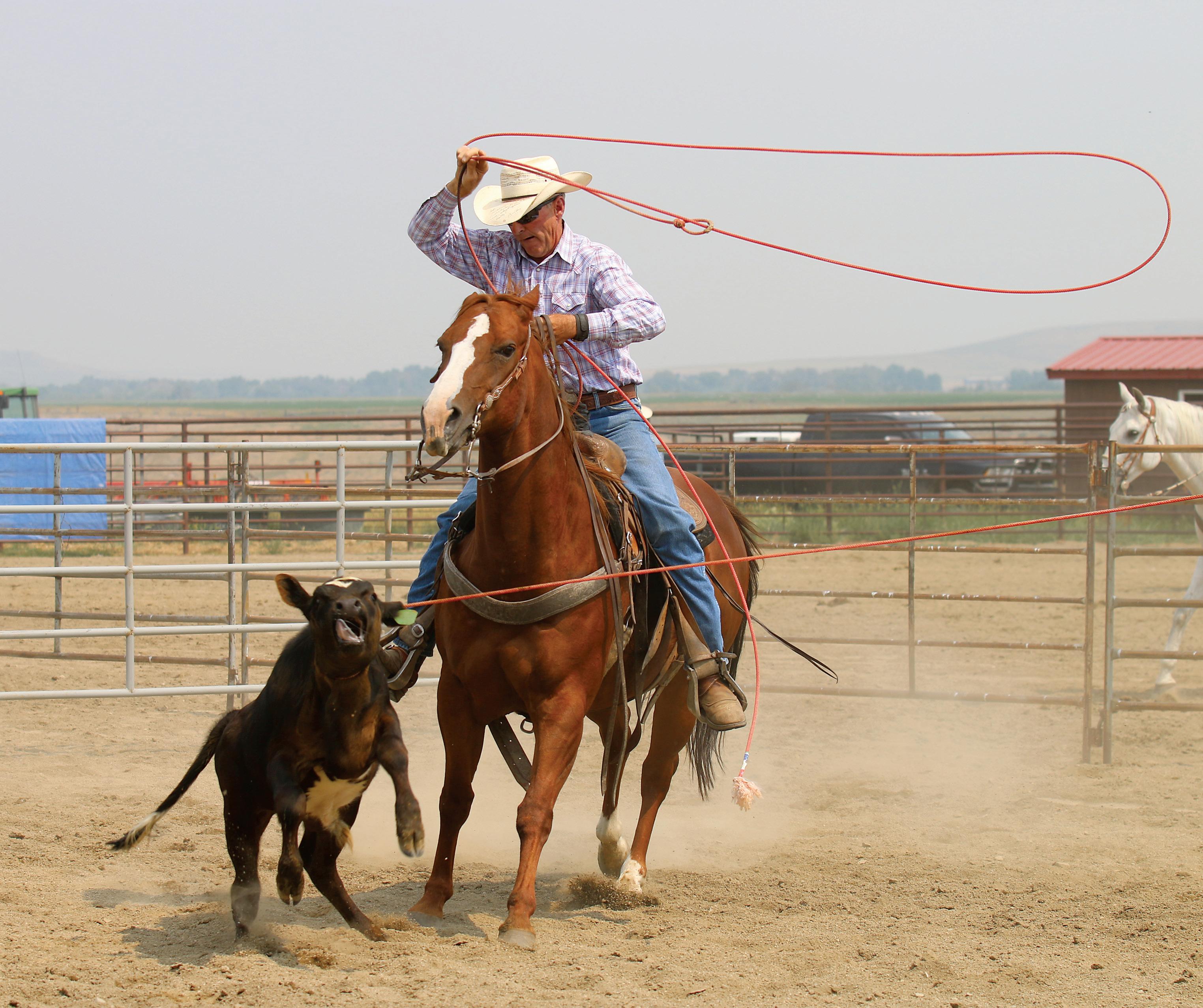


If it’s rodeo action you want, pardner, then you won’t want to miss the annual Wilsall Rodeo held in this small community 29 miles north of Livingston at the foot of the Crazy Mountains.
The two-day event, to be held over Father’s Day weekend on Saturday, June 17 and Sunday, June 18, is sponsored by the Wilsall Rodeo Association and is an event sanctioned by the Northern Rodeo Association, which boasts more than 1,100 members.
Cowboys and cowgirls from all over Montana, surrounding states and Canadian provinces, will compete for more than $5,800 in added prize money, not counting entrance fees.
The weekend in Wilsall begins with slack starting at 1 p.m. Saturday, followed by the rodeo performance at 6:30 p.m.
The night’s rodeo will be followed by a street dance held “up town” in Wilsall.
Sunday starts off with a tasty community breakfast brought to you by the fire department at 8 a.m. in the firehall. A church service is also being offered at 9 a.m. Sunday morning at the
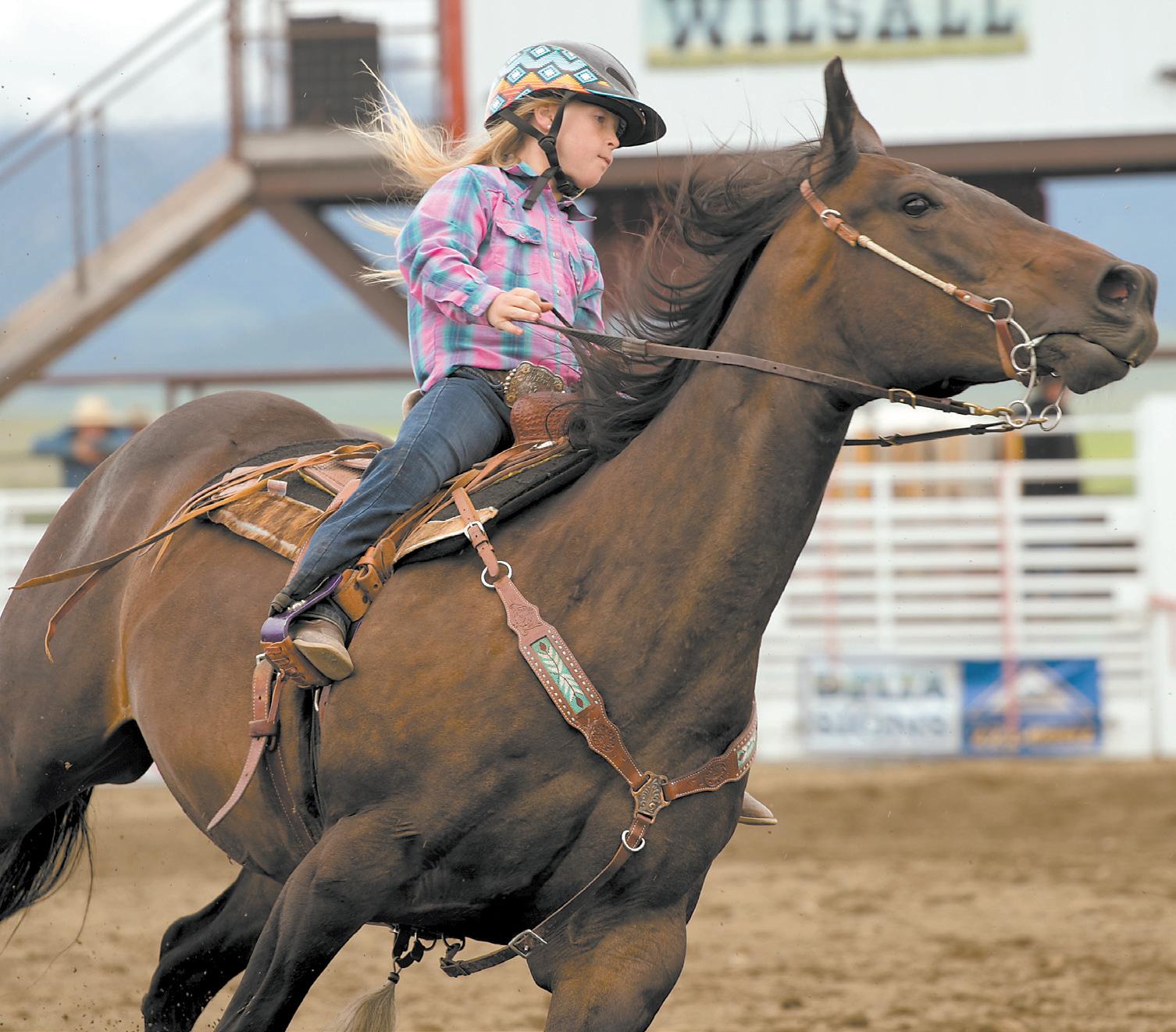

rodeo grounds. That’s followed by one of the highlights of the weekend — Sunday’s rodeo parade, which marches down U.S. Highway 89 starting at noon.
The parade ends at 1 p.m., followed by a performance from the Ringling 5 at 1 p.m. and that day’s rodeo, set for 2 p.m.
Both days of rodeo action will feature the rough stock of Red Eye Rodeo Company, one of the state’s top stock contractors.
Saddle bronc and bareback riders, calf ropers, team ropers, steer wrestlers and bull riders will try their luck — and skill — against Red Eye Rodeo’s best.
Cowgirls will also get a chance to win top money in barrel racing and breakaway roping.

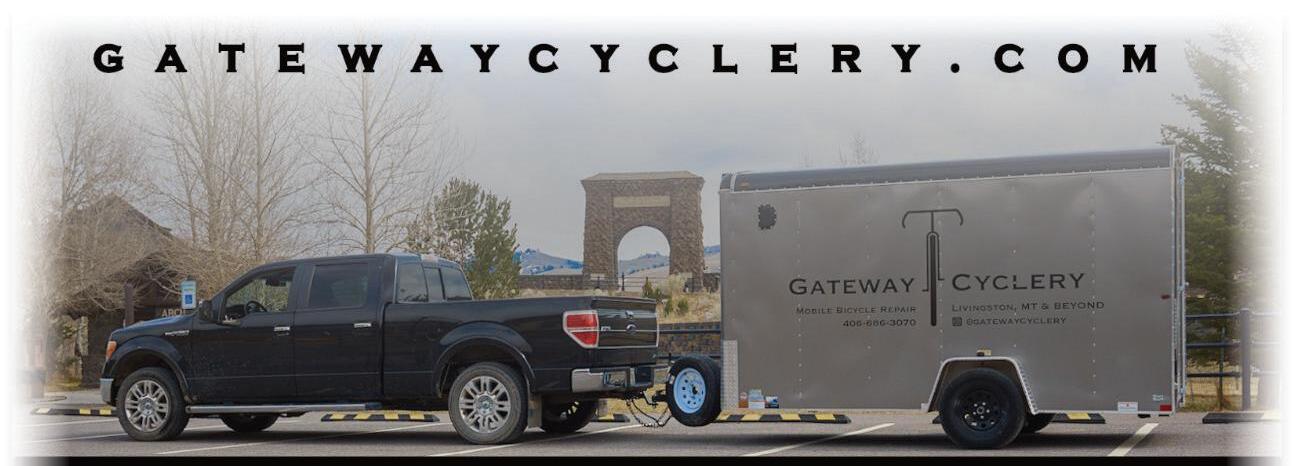

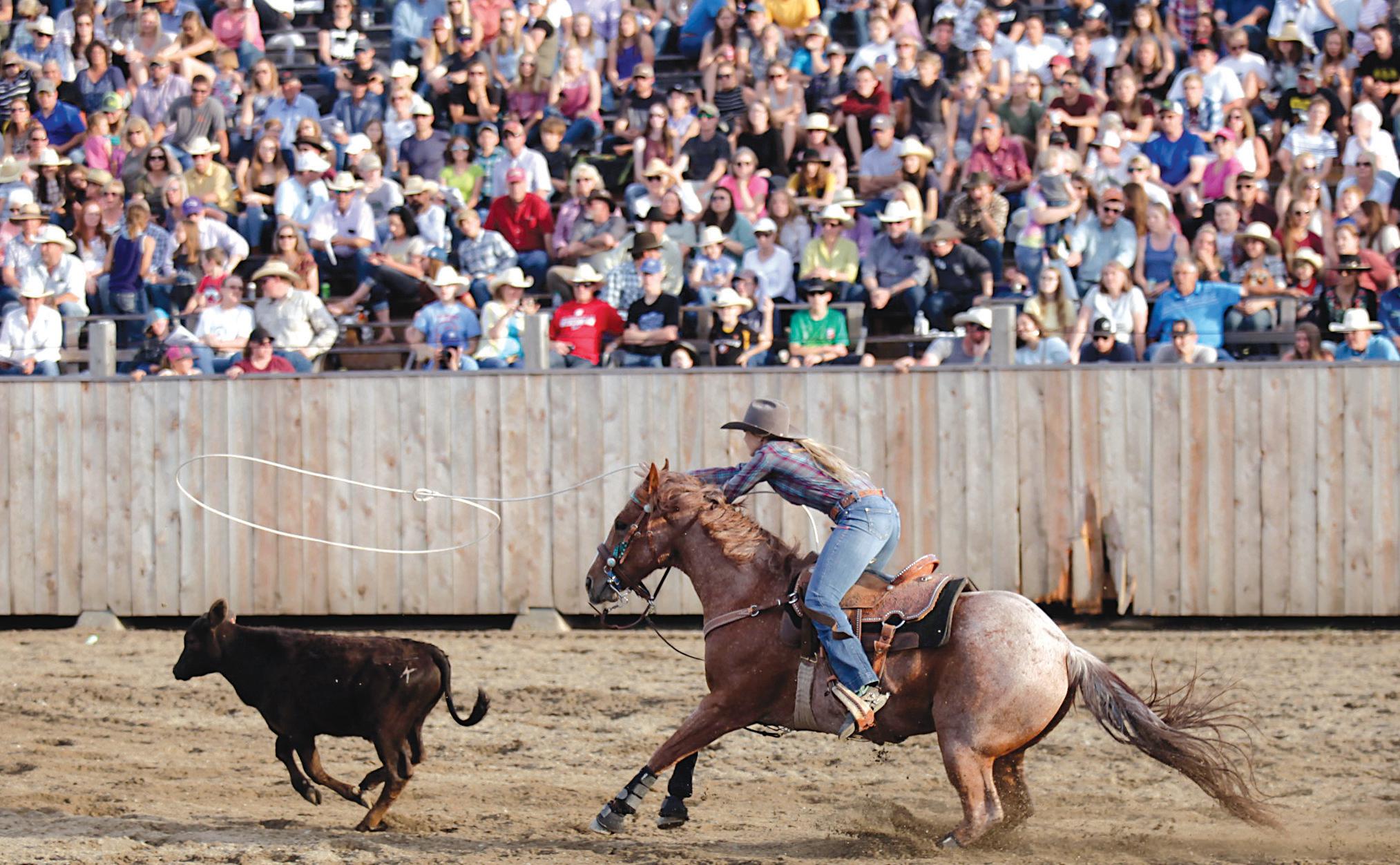


Sweet Grass County is truly where the plains become the Rockies. Nestled between the Absaroka Beartooth Wilderness and the Crazy Mountains, Big Timber offers something for everyone.
Nothing says western like a rodeo, and visitors are invited to the Sweet Grass County NRA-sanctioned rodeo on Friday, June 23 and Saturday, June 24. The rodeo action starts at 7 p.m. Friday and 6 p.m. Saturday at the Big Timber Fairgrounds.
For more rodeo action, Big Timber also hosts a weekly pro rodeo at the Big Timber Fairgrounds, usually starting August and going until September. For more information, call (406) 930-2885 or visit https://jsrodeocompany.com/big-timberweekly-pro-rodeo.
While you are in town for the two-day rodeo event in June, make sure to check out Sweet Grass Fest on Saturday, June 24. It is a day jam-packed with a car show, vendor fair, kids zone (petting zoo, bouncy house, dunk tank), parade, kids bike decorating contest and live music. If you’re an outdoor type, then the beautiful surrounding mountain ranges will provide the perfect backdrop for all types of outdoor recreation, photography and scenic drives.
Big Timber is the gateway to the Absaroka-Beartooth Wilderness and has some of the best blue-ribbon trout fishing in the state.
Whether you are looking for some small-town hospitality, or a good old-fashioned rodeo, Big Timber has it all.
For more information about events that are happening in Big Timber, call the Sweet Grass County Visitor Center at (406) 9325131 or visit https://bigtimber.com.
HERE IS A LIST OF SOME OF THE KEY HAPPENINGS:
• May 28 and 29 - High School Rodeo
• June 9-11 – Big Timber Gun Show
• June 3 – Car Show and Fly-In at airport
• June 23-24 – Big Timber NRA Rodeo
• June 24 - Big Timber Parade
• June 24 – Sweet Grass Fest and Rodeo, Car Show
• July 1 – Greycliff Craft and Farm Days
• July 14 - Sept. 8 – Friday night Farmers Market
• Aug. 18 – Sweet Grass Brewfest
• June 2 – Art of the Cowgirl
• Sept. 3 – Great Montana Sheep Drive, Reed Point
• Nov. 4 – Big Timber Woman’s Club Christmas Bazaar
• Dec. 1 – Lighted Parade, Christmas Cruise, Winter Market

The blue-ribbon Yellowstone River offers anglers some of the finest fly-fishing in the nation. Each year, fly flingers from around the globe travel to Livingston, which sits at the “great bend” in the river, hoping to pull a lunker from its emerald green depths.
The river produces productive hatches, including the big orange salmonflies that can lure a hungry trout to the surface. And, speaking of dry-fly fishing, the Mother’s Day caddis hatch on the Yellowstone River can be beyond epic. Perhaps you’ve heard about the river’s surface literally “boiling” as rising trout slurp up the bugs during the Mother’s Day hatch. Or maybe you’ve heard about someone catching a 30inch brown trout on the Yellowstone. The stories are all true, and anglers visiting the area will find locals eager to send them in the right direction and help them feel at home during their stay.
While biologists will tell you it’s good for the river to take a fish home for dinner now and then, catch-and-release fishing remains a rule for many anglers, and, on many Montana streams, it’s the law. For example, state regulations require that all cutthroat trout caught in the Yellowstone River and its tributaries, from Yellowstone Park to the Pine Creek Bridge, be released.
Because rules vary from stream to stream, and even from one stretch of river to the next, it’s important to first check the regulations, which are available at most sporting goods stores.
In addition to catch-and-release regulations, some streams may also be restricted to artificial lures and fly-fishing only. However, bait casters will find they are welcome at most places.
According to the Montana Department of Fish, Wildlife and Parks, the following steps will ensure that a released fish has the best chance for survival:
• Play the fish as quickly as possible; do not fight it to total exhaustion.
• Keep the fish in the water when handling and removing the hook, and remember to handle each fish with care.
• Remove the hook gently; do not squeeze the fish or put fingers in its gills.
• If a fish is deeply hooked, cut the line — don’t try to pull the hook out.
• Release a fish only after it has regained its equilibrium. If necessary, gently hold the fish facing upstream and slowly move the fish back and forth.
• Release the fish in quiet water.
In addition to the tips listed above, many anglers have found that a pair of needle-nose pliers can be helpful when removing hooks.
Photographs should be taken quickly, minimizing the amount of time the fish is out of the water. Fish cannot breathe air and will suffocate if kept too long out of their liquid atmosphere.
Large fish can be lifted for a memorable pose by placing one hand under the head and the other hand beneath the tail.


Fly Fishers International (FFI) has the distinctive mission to preserve the legacy of fly-fishing for all fish in all waters.
Formed by some of the most influential luminaries in the world of fly-fishing and conservation back in 1964, and dedicated to innovative strategies to inspire a new generation of fly-fishers, FFI provides opportunities to leave a legacy in the sport.
FFI represents all aspects of fly-fishing — from the art of fly-tying and casting to the protection of and access to fisheries around the world. Today, FFI’s mission is active stewardship focused on conservation, education and community, to ensure that the legacy of fly-fishing for all fish in all waters continues.

One way the organization fulfills its mission is by preserving the history of the sport through artifacts that have been collected over the years. The organization currently has a display of some of those artifacts available for viewing at the Livingston Chamber of Commerce. FFI encourages visitors to stop by the Chamber to view fly wallets, creels, nets, reels and other artifacts from days gone by.
The organization is also focused on delivering high-quality educational opportunities to members of the fly-fishing community through online events.
You can find more details on their website at https:// flyfishersinternational.org or call the office in Livingston at (406) 222-9369.
Aquatic nuisance species are nonnative plant or animal species that threaten Montana’s fish populations in blue-ribbon fishing streams, and steps must be taken by anglers and outdoor enthusiasts to help prevent their spread.
Invasive species in the Greater Yellowstone ecosystem include aquatic plants, frogs, fish, algae and invertebrates like snails, mussels and crayfish. Invasive species often have no natural predators and thus can spread rapidly.
Aquatic plants like Brazilian waterweed, Eurasian water-milfoil and water thyme, many of which were likely introduced to the area by people dumping aquarium contents into waterways, can spread through plant fragments that attach to boats, trailers and fishing gear. Nonnative aquatic plants compete aggressively with native species, reducing habitat and food for fish and other animals.
Invasive invertebrates include the Asian clam, several species of mussel and crayfish, the water flea, and several species of snail, including the New Zealand mud snail. The mud snail was first discovered in Idaho’s Snake River in 1987 and has since spread. It’s now present in the Gardner River. The small, brown snails measure no more than 1/8 of an inch, but are capable of
reproducing rapidly. A single snail can produce 38 live snails a year.
Nonnative invertebrate species can alter lake nutrient regimes and compete with native invertebrates for habitat. Some can also clog irrigation and water intake pipes.
Anglers, dog owners and other visitors can help stop the spread of invasive species. Dog owners can check their animals for any visible mud, plants or animals that can be removed. If you enter the water while visiting, be sure to clean anything that came in contact with the water. Boaters are encouraged to remove all mud and vegetation from their vessels when moving between waterways.
There are three steps to practicing clean angling:
• Inspect: Take a close look at your equipment for any rocks, moss, mud or other materials. Physically remove it.
• Clean: Thoroughly clean your equipment with water and a brush to remove any attached materials.
• Dry: Completely dry your equipment in the sun.
Also, make sure you are aware of up-to-date bait restrictions and never intentionally release a nonnative species in the wild.
For more information, go to the website www.cleanangling.org.

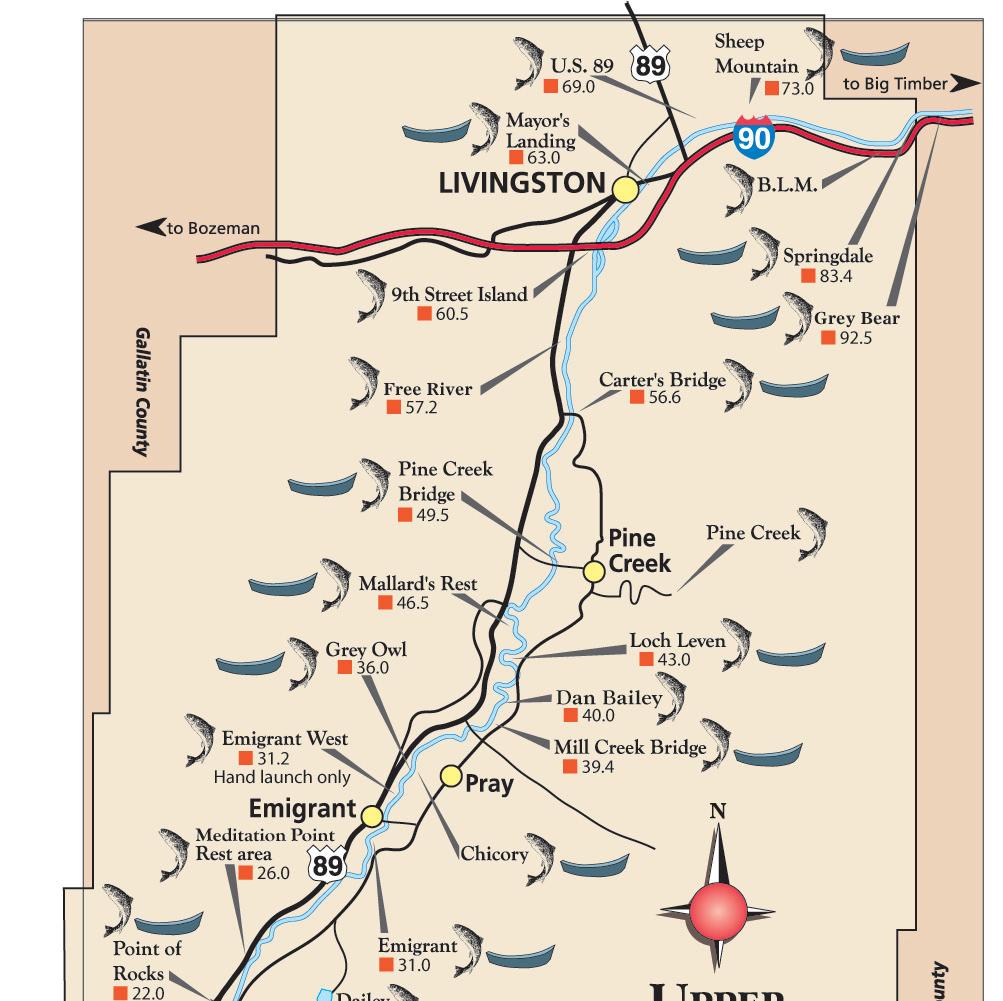
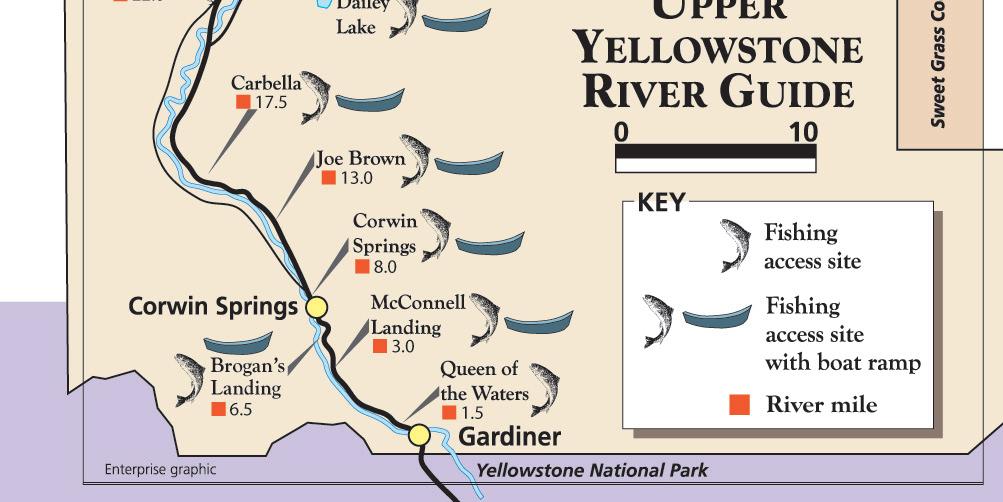

The Yellowstone, Boulder and Shields rivers and their tributaries offer some of the finest fishing in the state. The area draws would-be trophy anglers from around the world to its streams for the chance to land a lunker.
To ensure that a fishing trip is enjoyed to the fullest, anglers must be aware of the rules governing the body of water being fished. With the detection of whirling disease in some area streams, and the threat of aquatic invasive species entering Montana from different states, knowing the rules and how they have changed has become even more important.
Montana Fish, Wildlife & Parks game wardens patrol the waters to keep people safe and ensure the resource is used responsibly.
Fishing regulations for the 2022 season may be picked up at any local fishing shop. A conservation license is required of both residents and nonresidents before a fishing license may be purchased.
Any child 11 and under, resident or non-resident, does not need a fishing license, but must observe all limits and regulations.
Licenses are available at several outdoor stores and other outlets in Park and Sweet Grass counties.
Residents age 12 to 17 and 62 and older must buy a $4 conservation license and pay a $10.50 season license fee or a $5 pass for two consecutive calendar days.
Residents ages 16 and older must also have a $2 aquatic invasive species (AIS) prevention pass.
Disabled residents age 18 to 61 must buy an $8 conservation license, a $2 aquatic invasive species (AIS) prevention pass and a $10.50 season license fee.
Residents age 18 to 61 must buy an $8 conservation license, a $2 aquatic invasive species (AIS) prevention pass and pay $21 for a seasonal license fee or $5 for a pass good for two consecutive calendar days.
Nonresidents ages 12 to 15 are charged $10 for a conservation license, $14 for one calendar day of fishing, $56 for five consecutive calendar days or $100 for the season. Nonresidents ages 16 and older must also pay $7.50 for an aquatic invasive
species (AIS) prevention pass.
When anglers buy licenses, they should also pick up a copy of the 2023 fishing regulations to find out the daily limits, possession limits and other general fishing regulations for the stream or lake they will be fishing.
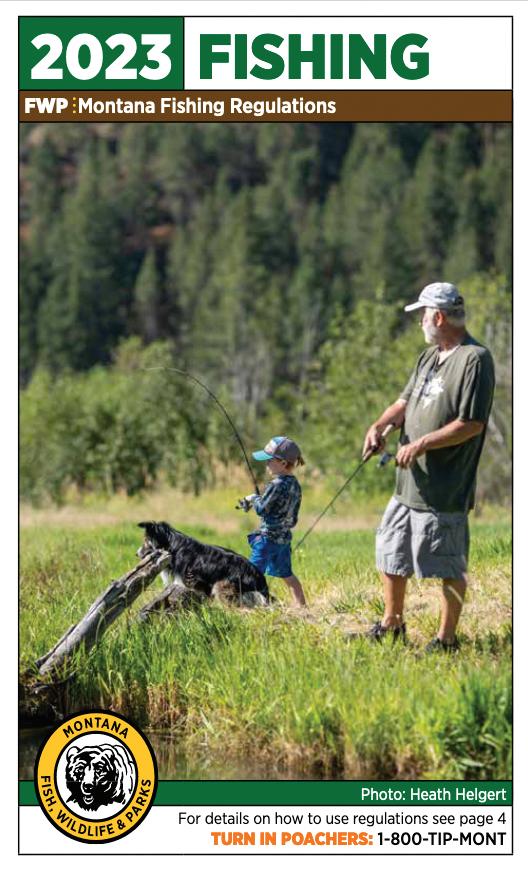
If you plan to fish from a boat, there must be a wearable life jacket for each person. Children under 12 years of age must wear a life jacket on a boat less than 26 feet in length that is in motion. For more information, pick up a copy of Montana’s boating laws at an FWP office. For any information regarding AIS boat inspection requirements, visit https://fwp.mt.gov/ conservation/aquatic-invasive-species or call (406) 444-2440.
Montana anglers take great pride in the state’s stream access laws, and all who wet a line in the Treasure State are encouraged to familiarize themselves with the laws and the rights and responsibilities of landowners and recreationists. Printed information on these laws is available at FWP offices.
The fishing season for the Central Fishing District, which includes Park and Sweet Grass counties, is open all year unless otherwise specified in the current Montana fishing regulations.
The Yellowstone River is open the entire year with catchand-release restrictions in place for cutthroat trout from the Yellowstone Park boundary to Pine Creek bridge south of Livingston. Standard limits do not apply to all bodies of water.
A new regulation is in place for smallmouth bass in this area. Any smallmouth bass caught on the Shields River or on the Yellowstone River between Yellowstone National Park and Springdale Bridge Fishing Access Site must be killed and reported to FWP.
By following the Montana fishing regulations, anglers will have the opportunity of a lifetime to enjoy all the fishing Park and Sweet Grass counties have to offer.
The Yellowstone River is Montana’s most famous river. It is also the longest free-flowing river in the lower 48 states.
It starts high in the Absaroka Mountains of northwestern Wyoming and flows 678 miles before joining the Missouri River in North Dakota.
The river enters Park County near Gardiner, where it flows out of Yellowstone National Park and winds for more than 75 miles.
World famous for its extraordinary fishing, the Yellowstone also offers a wide variety of water — from a lazy, meandering stream dotted with gentle pockets of water to swift whitewater as the river plunges over large boulders through narrow gorges.
The first public access site on the river is just below the Gardiner airport at mile marker 3 on U.S. Highway 89 South. From there to the next public access at Corwin Springs, 4 miles downstream, the water is fast and a good challenge for intermediate kayakers and large rafts.
Between Corwin Springs and the head of Yankee Jim Canyon, the river is suited to intermediate canoeists. That stretch is also excellent fishing water.
Yankee Jim Canyon is the most famous and challenging whitewater on the river. It contains some difficult rapids and is only for the experts.
One safe and exciting way to float the upper Yellowstone and Yankee Jim Canyon is with one of the commercial raft companies that operate in Park County.
Below Yankee Jim Canyon, the river enters the Paradise Valley and winds toward Livingston. Numerous public access sites are provided along both sides of the river.
The river flows north from Yellowstone Park until it reaches Livingston, then turns east. The Lewis and Clark Expedition called this point “The Great Bend.”
Between Livingston and through Sweet Grass County, the river begins to braid, and the channels can be tricky. Floaters need to stay alert on this stretch of the river for channels blocked by fallen trees and for large standing waves.
Commercial raft companies in Park County offer both whitewater and scenic trips that last from a half day up to a week. The larger rafts can carry up to a dozen people, but most trips average about half that.

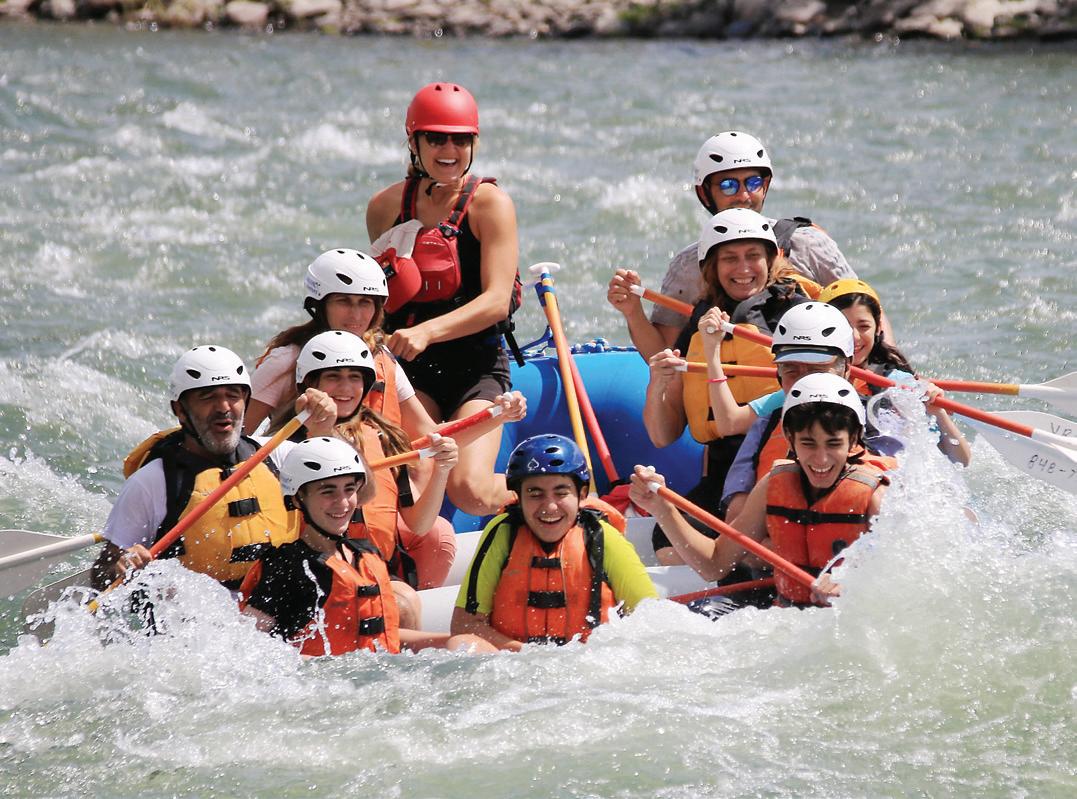
People floating the river must have one U.S. Coast Guardapproved life jacket on board for each person in the boat, and children under 12 must wear a life jacket at all times.
If it’s power-boating you prefer, then you’ll need to head east of Livingston to where U.S. Highway 89 North crosses the river. The state allows all types of powerboats downstream from that point.
For those who want to enjoy the river on a warm, sunny summer afternoon but don’t have a boat, an inner tube will do. Just pick one up at a local tire shop and jump in — all the locals do it.

The 60th annual Yellowstone River Boat Float launches from Mayor’s Landing in Livingston starting at 8:30 a.m. on Friday, July 14. The first day ends at Otter Creek in Big Timber. Saturday morning floaters take off around 9 a.m. and their stop is at Indian Fort campground in Reed Point; stick around and meet fellow floaters for a gathering at the Waterhole, downtown. The final launch on Sunday, July 16, brings the journey to an end in Columbus.

offer anglers a chance to test their skill
If you are looking for some of the best flyfishing in the West, or anywhere else, try casting a nymph at either Nelson’s, Armstrong or DePuy spring creeks in the Paradise Valley.
Nelson’s features three-fourths of a mile of everything from trout sight-fishing to trying your luck running nymphs through riffles.
Hatches of mayflies and midges can be as good as anywhere in the West, seasoned anglers report.
Fly fishers find pale morning duns, sulphurs and blue-winged olives effective, while terrestrials can work well in the year’s warmer months.
Armstrong has one and a half miles of riffles, runs and pools, offering classic dry fly, nymph and streamer water.
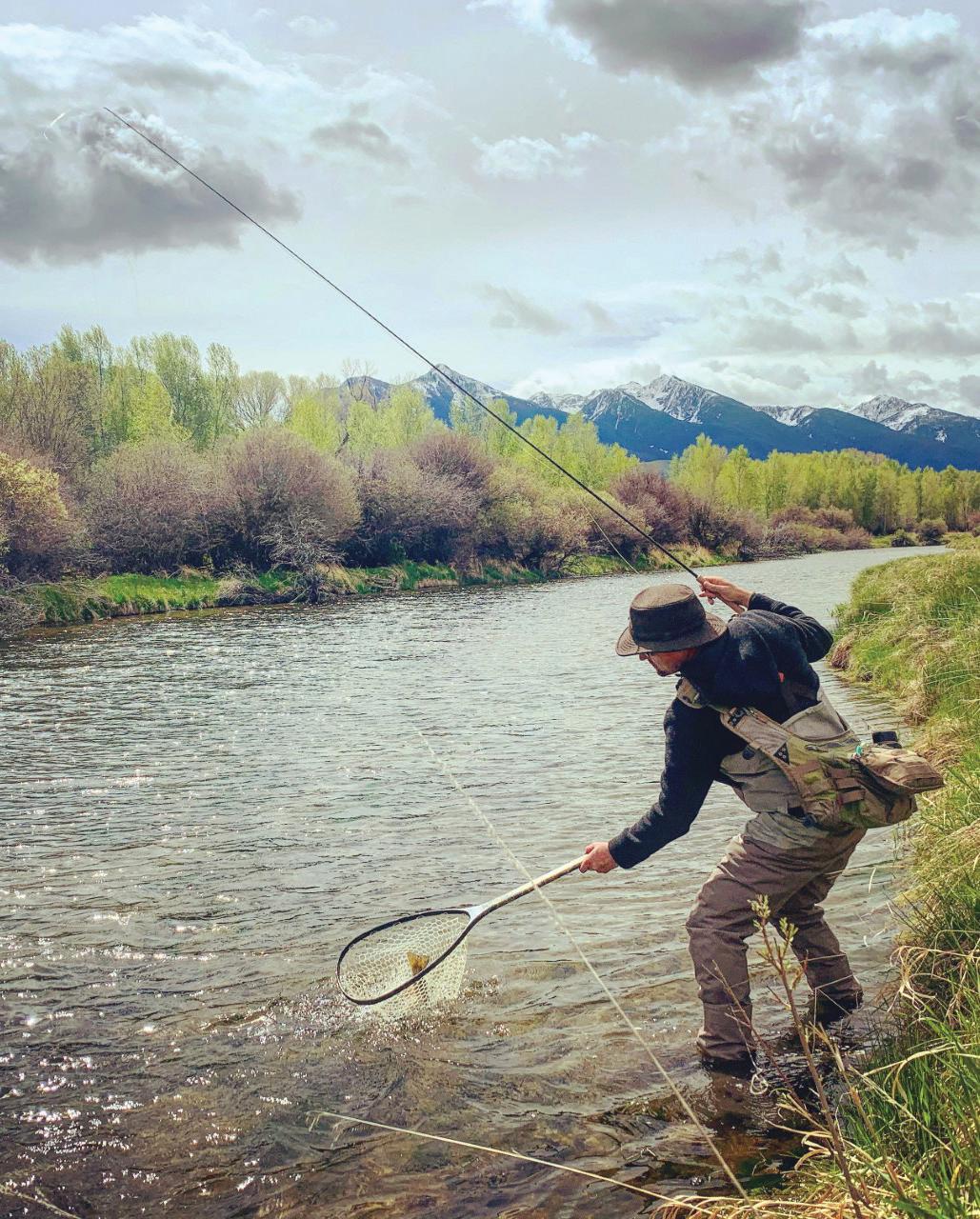
thread. A half-dozen size 22 nymphs could all fit on a dime. The eyes of these hooks look like pin holes, yet anglers deftly tie them onto leaders.
Like Nelson’s, Armstrong has excellent sight-fishing, but it can be challenging for even the most experienced fly fisher.
DePuy’s has 3 miles of exceptional habitat for brown, cutthroat and rainbow trout.
The challenge in fishing spring creeks lies in the abundance and size of natural food. The constant temperature and nearly constant flow produces tremendous insect populations. Trout feast on these small morsels, often becoming super selective toward one form of one insect — say a mayfly nymph — depending on the insect hatch in progress.
Matching the trout’s selection with an artificial fly is complicated by the insects’ size. Usually, the adult insect is less than one-half inch in length. Often, insects are less than one-quarter inch.
An artificial spring creek nymph sometimes looks like nothing more than a tiny hook wrapped with a piece of
Then, when the tackle is assembled, the angler must place his or her offering in a precise spot and in such a way that it looks more natural than the natural insect. If the line drags the fly through the water, trout refuse it.
Why all this trouble? Because when everything is just right, spring creek anglers can enjoy fabulous fishing. The trout are usually large and healthy and put up a fine fight. On top of all that, the angler also gains the satisfaction of catching a wily quarry.
Local fishing shops can help book trips on spring creeks, but the summer season tends to be filled up months in advance. Each creek is fly-fishing only, catch and release.
Many local fly shops also offer guided trips on the spring creeks.
For more information, call Nelson’s at (406) 222-6560, Armstrong’s at (406) 222-2979 or DePuy’s at (406) 222-0221.



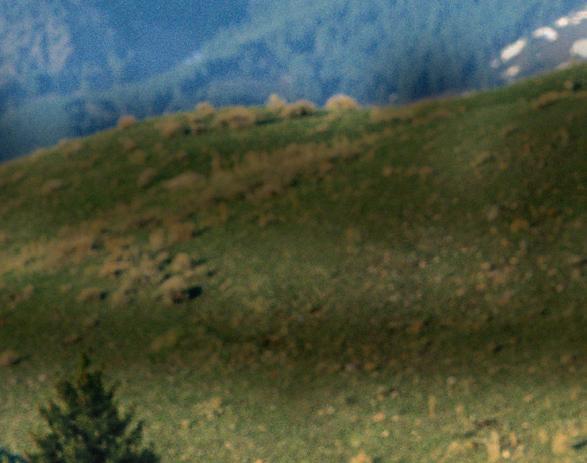
Montana is known for its great outdoors, and nowhere else in the state is the scenery more spectacular, the fishing more fabulous or the mountains more magnificent than in Park and Sweet Grass counties.
With four mountain ranges and the 943,648-acre Absaroka-Beartooth Wilderness area, both counties are part of the vast greater Yellowstone ecosystem — one of the last unspoiled ecosystems in the lower 48 states.
The Absaroka Beartooth Wilderness was created by an act of Congress in 1978.
To help preserve the beauty of this area, which borders Yellowstone National Park, the Yellowstone Gateway Protection Act, which permanently bans mining on 30,000 acres of Custer Gallatin National Forest, was signed into law in March 2019.
Locals pushed for the law after two companies proposed gold mines in the area north of Yellowstone National Park in 2015.
As its name indicates, the Absaroka-Beartooth Wilderness is made up of two mountain ranges — the Absarokas and the Beartooths.
Although the two ranges parallel each other, they are very

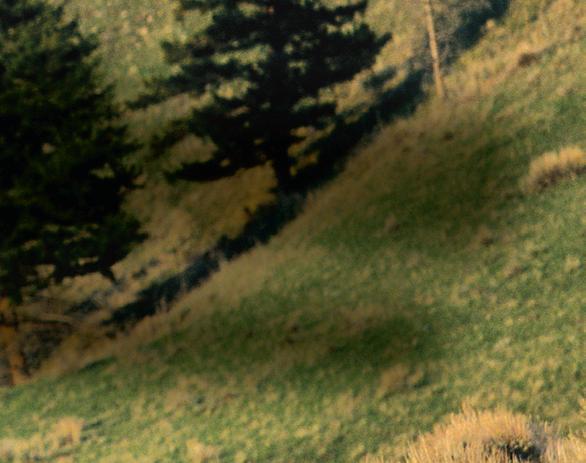
distinct.
The Absaroka Range is marked by steep, forested valleys and craggy peaks. The Beartooth Mountains are characterized by high plateaus dotted with countless lakes.
The tallest mountains in Montana are in the Beartooth range, including the state’s highest, 12,799-foot Granite Peak, located in southeastern Park County.
U.S. Forest Service officials ask visitors to the wilderness to “leave no trace.” Wilderness areas are places to experience solitude and to have a primitive outdoor experience.
The following guide offers a brief summary of the trailheads leading into the mountains:
SUCE CREEK — Located about 10 miles south of Livingston off of East River Road, Suce Creek is a trailhead with a picnic area and restroom facilities. The trails provide access to Baldy Basin and the north fork of Deep Creek. Livingston Peak can be reached from Suce Creek.
DEEP CREEK — Located about 3 miles south of Suce Creek, the Deep Creek trailhead has no facilities. The trail winds along
CONTINUED ON PAGE 46
CONTINUED FROM PAGE 31
steep valley walls above Deep Creek to the Davis Creek Divide. From there, the trail drops down into the West Boulder River.
PINE CREEK — Pine Creek is one of the most popular trailheads in the area. The access road is located about 1 mile south of the town of Pine Creek on East River Road. Pine Creek Falls is just a 1-mile hike from the campground, and for the hearty hiker, Pine Creek Lake is another 4 steep miles up the mountain.
MILL CREEK — Mill Creek is one of two corridors that extends deep into the Gallatin National Forest. In the Mill Creek drainage, located south of Livingston, hikers and horseback riders can get to numerous trailheads that provide access to dozens of lakes and destination points. Mill Creek also provides access to Passage Creek Falls. Snowbank Campground is located along the road up Mill Creek. The campground is operated by the Forest Service.
GULCH — Located above Chico Hot Springs. The primitive road is accessible to the public.
SIXMILE — Sixmile Creek is located about 30 miles south of Livingston off East River Road south of Chico Hot Springs. Follow the signs to Dailey Lake and then watch for the Forest Service signs to the Sixmile Creek access.
located along the road, and at Box Canyon, a popular loop trail begins that takes one onto the Lake Plateau, an area aptly named for its dozens of lakes. The Boulder River is easily reached by taking U.S. 298 south from Big Timber.
WEST BOULDER RIVER — The West Boulder River is a slightly more remote trailhead that has a Forest Service campground. The West Boulder Meadows are located a short hike from the trailhead.
LIVINGSTON PEAK — The trailhead provides access to the Livingston Peak area. From the trailhead, hikers can get on the West Baldy Basin trail, which leads to the saddle below Livingston Peak (Livingston Peak is also called Mount Baldy). From the saddle, hikers can head for the top of the peak. To reach the Livingston Peak trailhead, visitors should drive east on Park Street through Livingston to Highway 10. About 1 mile east of town is Swingley Road. Take a right-hand turn on Swingley Road and watch for the Forest Service access signs.
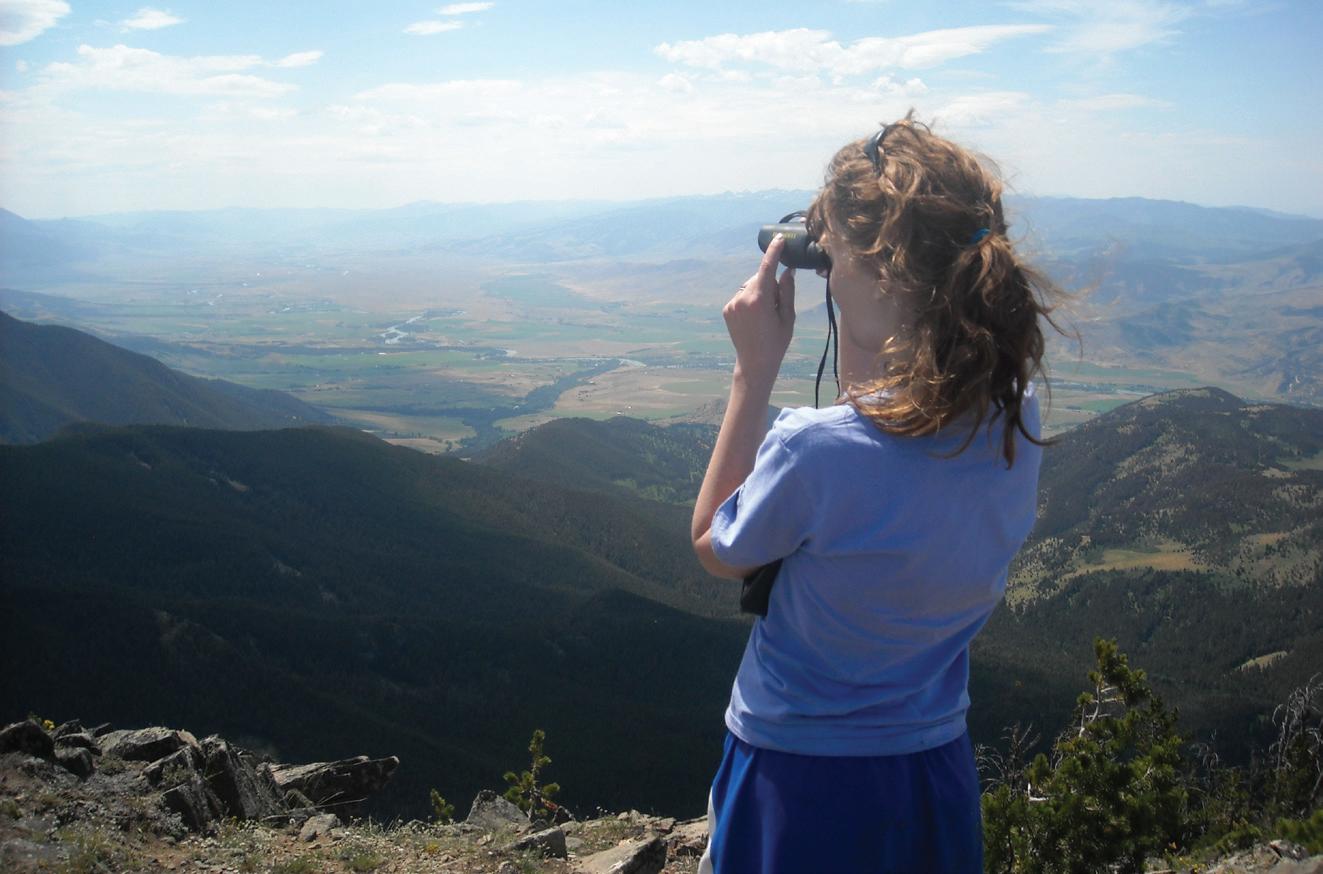
JOE BROWN TRAIL — Located along U.S. 89 near the mouth of Yankee Jim Canyon, the Joe Brown trail provides access to excellent fall hunting grounds.
EAGLE CREEK — Located above Gardiner on the road to Jardine, Eagle Creek is quite popular. The Forest Service has provided horse corrals at the trailhead.
COOKE CITY — The Forest Service has numerous trailheads in and around Cooke City and several public campgrounds. From the trailheads, people can get to many mountain lakes that teem with trout, as well as Granite Peak, Montana’s tallest mountain.
BOULDER RIVER — The Boulder River in Sweet Grass County provides another deep corridor into the Absaroka Beartooth Wilderness that people can drive up to reach numerous trailheads. Several Forest Service campgrounds are
ROCK CREEK —
As one heads north from Livingston, Rock Creek is the first access. Located at the southern end of the range, the trail leads up to several lakes on private property.
CREEK — Cottonwood Creek is located due east of Clyde Park. The trail follows the creek, then gains elevation. A Forest Service cabin is available for rent in the Ibex area.
BENNETT CREEK — Farther up Shields River Road is the Bennett Creek access. The northern end of the range provides access to several other trailheads in the Shields River drainage. A Forest Service cabin is available for the public to rent.
BIG TIMBER CANYON — Located on the east side of the Crazy Mountains, Big Timber Canyon is perhaps the most popular access site to the mountain range — and for good reason: The Forest Service’s pleasant Half Moon Campground is located there.
Big Timber Canyon is located north of the town of Big Timber, which is 35 miles east of Livingston on Interstate 90.
TRAIL/NEWMAN CREEK — The trail leads to a Forest Service cabin, which the public can rent. The northern end of
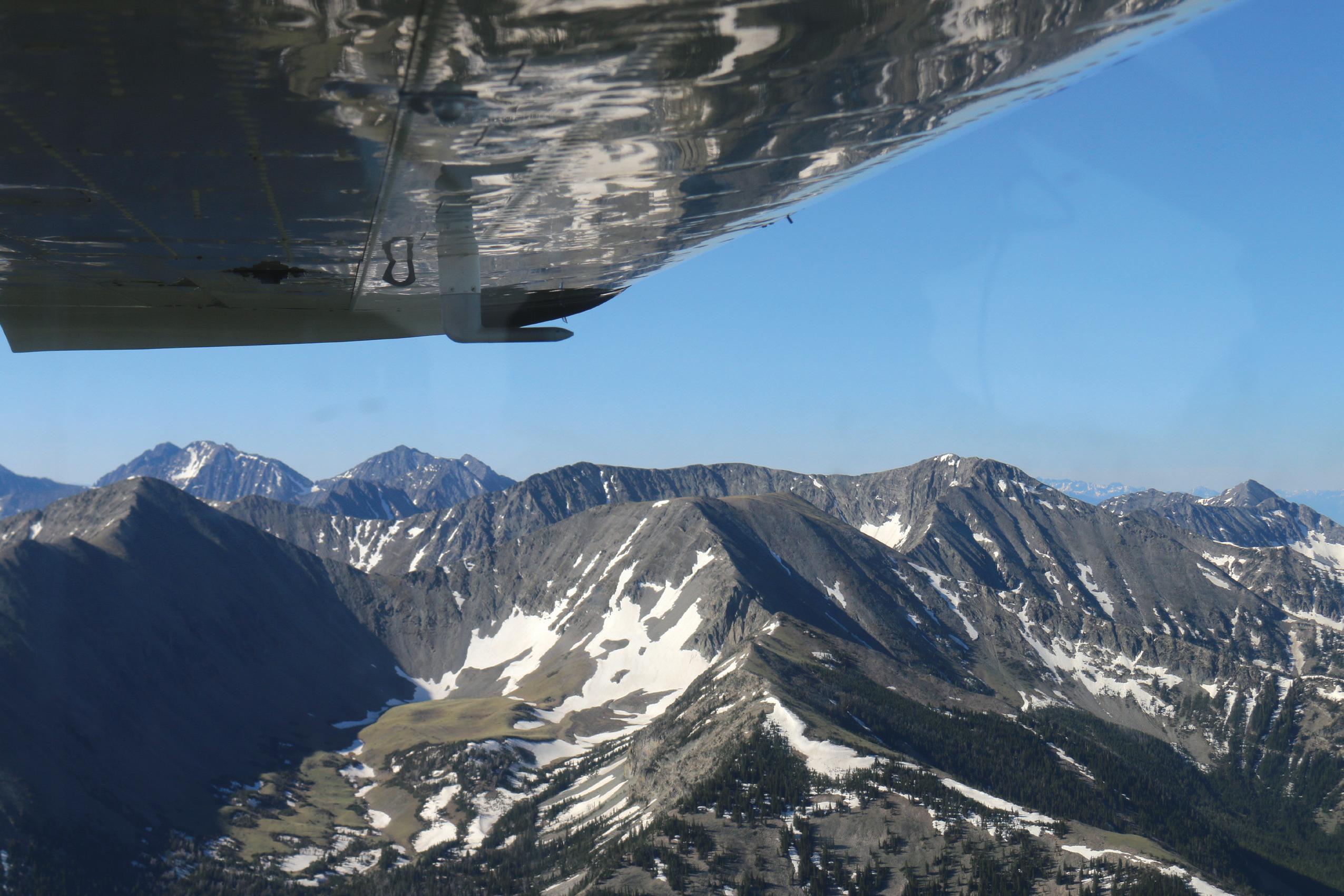
the Gallatin Range is mainly rolling, forested hills. The trail goes through private land, so users must stay on the designated route.
WEST PINE CREEK — West Pine Creek is also found along the southern end of Trail Creek Road. The trail there provides access to the Gallatin Range.
BIG CREEK — Big Creek is the next Forest Service access into the Gallatin Range. Located off the west side of U.S. 89 about 30 miles south of Livingston, Big Creek provides access to the network of trails.
ROCK CREEK — Rock Creek is located about 5 miles south of Big Creek. Rock Creek also provides access to the Gallatin trail network.
TOM MINER CREEK — From Tom Miner Basin, people can reach numerous lakes and peaks. A Forest Service campground is at the end of the road, and trails head south into Yellowstone Park. The Gallatin Petrified Forest is also located there.
SPHINX CREEK — Sphinx Creek is a seldom-used access on the south side of Yankee Jim Canyon. A county road from
the Tom Miner Basin Road leads to the trailhead. The trail provides access to several lakes, such as Twin Lakes and Yankee Jim Lake.
The Forest Service has all the information you need to plan a backcountry trip.
The Yellowstone Ranger District Livingston office is located on U.S. 89 one mile south of Livingston. The phone number is (406) 222-1892.
The Gardiner District office, on U.S. 89 in Gardiner, can be reached at (406) 848-7375.
For information about the Big Timber area, call the Yellowstone Ranger District office in Livingston at (406) 2221892.
The Forest Service has several backcountry cabins available for rent. To make reservations more than three days in advance, the best way is to visit www.recreation.gov. You may also call (877) 444-6777.
Maps and hiking brochures are also available at all Ranger District offices.

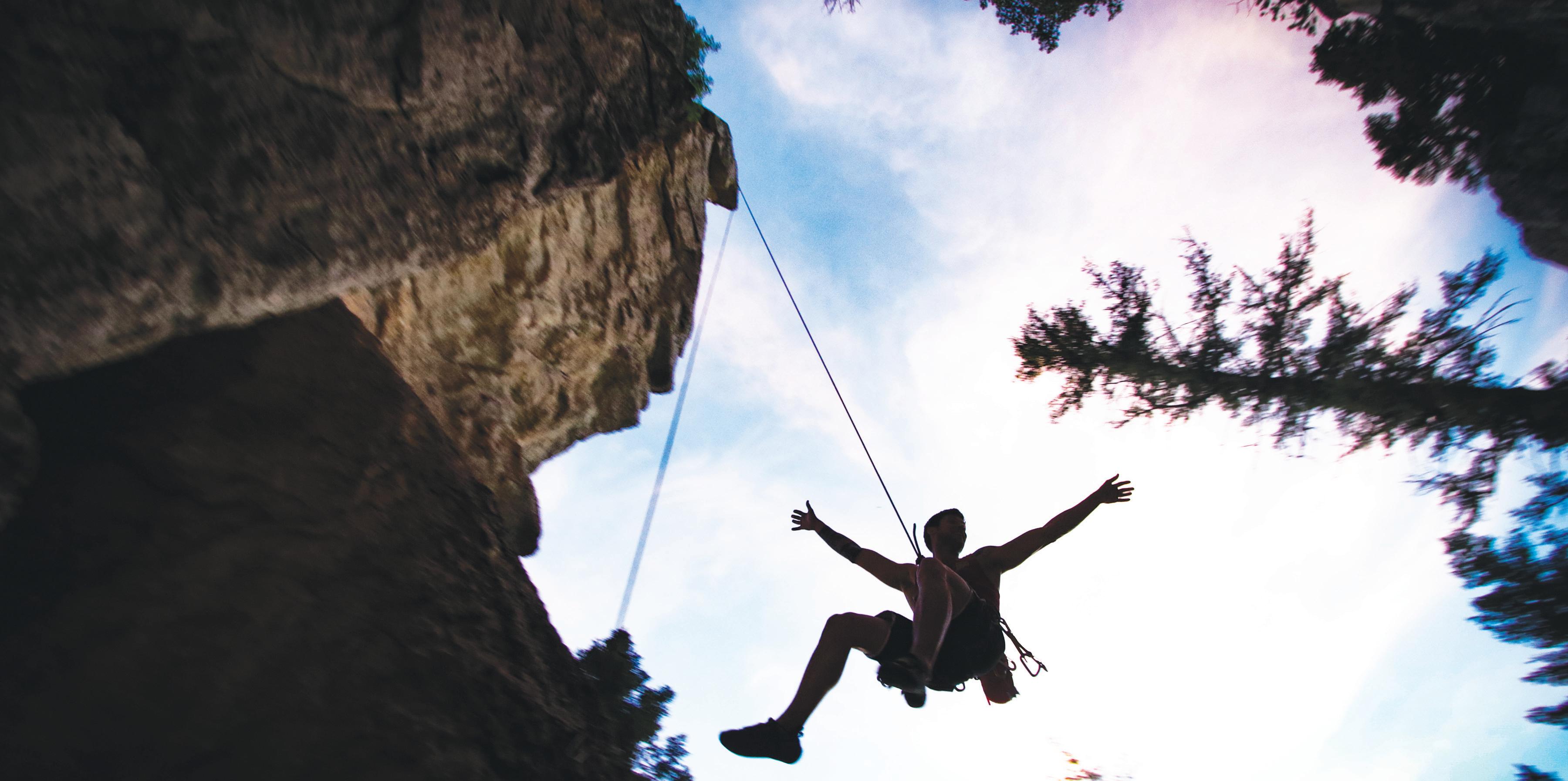

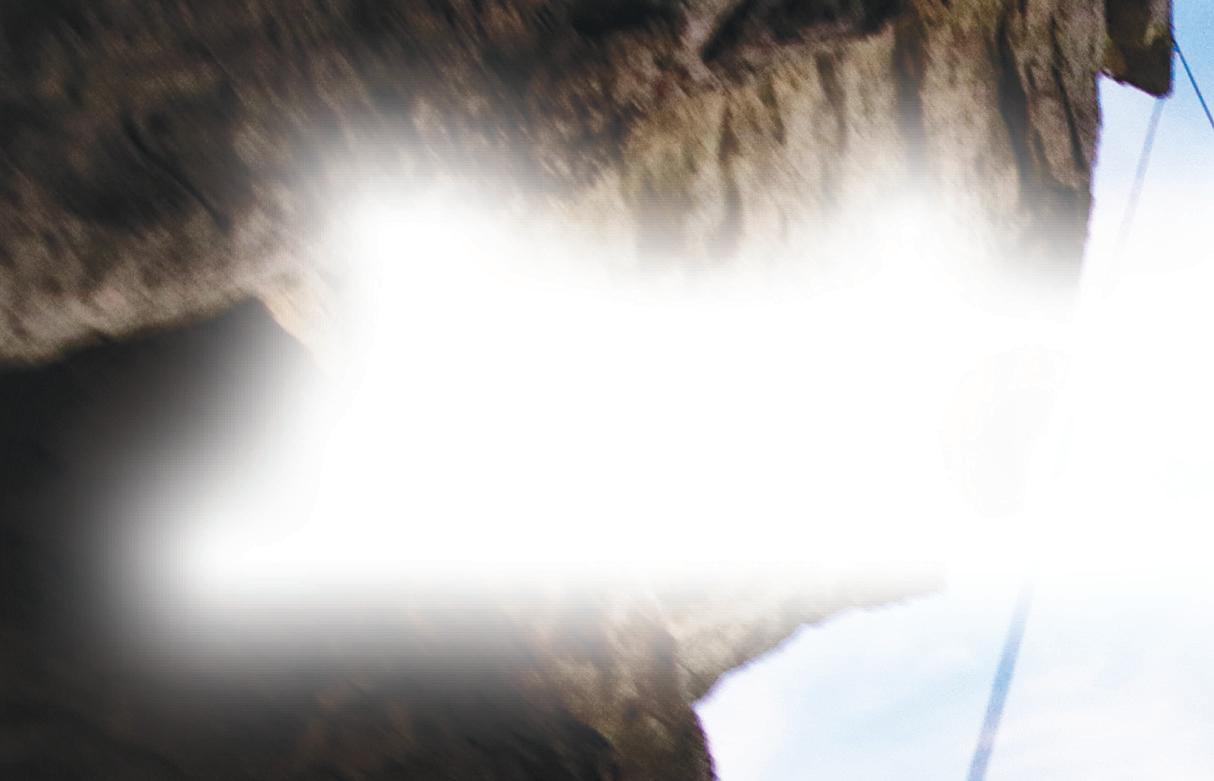
The sport of rock climbing has grown substantially in Park County.
The area has a nearly unlimited amount of climbing opportunities in Livingston’s backyard. Paradise Valley in particular is host to several varieties of climbing.
The rocks in northern Paradise Valley are home to sport climbing. The central part of the valley is a good area for technical climbing. Southern Paradise Valley offers bouldering and low-key, conveniently accessed areas.
The Allenspur area is located just east of Carter’s Bridge near the U.S. 89 South and East River Road junction. This sportclimbing area is closest to Livingston.
To access the rocks, park at the Carter’s Bridge fishing access. Be sure to follow the signs, because the approach borders private property.
Once you arrive at the rocks, you’ll notice the many possible routes, ranging from beginner to expert levels.
For more suggestions for rock climbing areas, check out Kevin Hutchinson’s book, “Paradise Valley: A Rock Climber’s Guide.” Hutchinson’s book shares hundreds of different Paradise Valley routes and is available at Dan Bailey’s Outdoor Company at 209 W. Park St. in Livingston.
The Mill Creek drainage is located about 20 miles south of Livingston.
This rock-climbing area is located off Mill Creek Road. Drive


past the Passage Creek Falls trailhead, and you’ll find endless opportunities for traditional gear routes. The majority of routes are for intermediate to advanced climbers, but there are several beginner routes available for top-rope climbing.
The U.S. Forest Service asks climbers to park away from the roadside and use turnouts or park at the Passage Creek Falls trailhead.
The road is gated off for winter recreation from November to May at the Snowbank Campground. During this time, offseason climbers not wanting to wait for summer can make the roughly 3-mile trek from the campground to the rock-climbing area.
Yankee Jim Canyon allows climbers easy access to the rock faces for low-key climbing.
Much of the rock in Yankee Jim is open for top-rope climbing. Climbers often turn to the unique boulders near the Yankee Jim campground after a day of climbing on the big slabs.
Stay the night at the campground and enjoy a weekend of climbing just 15 miles away from the main entrance to Yellowstone National Park.
There are several good places to climb in the Natural Bridge area south of Big Timber and in the Crazy Mountains northwest of town.
For more information on climbing areas, call the Yellowstone Ranger District Livingston office in Livingston at (406) 222-1892.
Hiking trails, logging and U.S. Forest Service roads — some open to motor vehicles and some not — crisscross the mountain ranges in Park and Sweet Grass counties and provide a wide range of mountain biking experiences.
The hard-core riders can climb for hours and then take on the exhilarating descents, while the more easygoing can enjoy the shade of the trees, the streams, the flowers and the day.
Or, they can try a bike/walking path in and around Livingston, like the path that runs from Livingston southward to Carter’s Bridge.
The path has been extended .8 miles to meet up with Old Yellowstone Trail North.
There are no trails specifically marked for mountain biking in the area, but any trails outside of wilderness areas — which are off-limits to bikes and any other form of mechanized travel — are open to riding.
Biking is allowed within park boundaries, and there are many trails open to bikes for limited excursions.
However, bikers are discouraged from traveling on main roads shared with motorized vehicles because the roads are narrow and do not have adequate shoulders for bikes to escape the heavy traffic.
The following routes in and around Yellowstone National Park are restricted to bicycle and foot travel:
MAMMOTH AREA:
• The abandoned railroad bed paralleling the Yellowstone River between Gardiner and the park boundary at Reese Creek (5 miles).
• Bunsen Peak Road (6 miles) and Golden Gate Service Road between Golden Gate and Joffe Lake (1.5 miles).
WEST ENTRANCE AREA:
• Riverside Trail from Boundary Street trailhead (in West Yellowstone) to Barnes Road (1.4 miles).
OLD FAITHFUL AREA:
• Lone Star Geyser road from the Grand Loop road to the Lone Star Geyser parking lot (2 miles).
• The paved trail from the Old Faithful Inn to Morning Glory Pool (1.4 miles). Bicycles are not allowed beyond Morning Glory Pool.
• Fountain Freight road located 6 miles north of Old Faithful (5 miles).




The easiest way to find the trails and logging roads available to biking is to get a hiking map or Forest Service map showing a specific area.
Both types of maps are available online and at the Yellowstone Ranger District’s Livingston office on U.S. Highway 89 just south of Livingston, (406) 222-1892. Also, Dan Bailey’s Outdoor Company in Livingston has maps with suggested biking trails and routes. The store may be reached at (406) 222-1673.
Bikers should remember that under state law, bikes are subject to the same rules of the road as other vehicles.
On the trail, bicyclists must yield to hikers and horses.
• Daisy Geyser cutoff to Grand Loop Road south of Biscuit Basin (1 mile).
LAKE AREA: (Check for seasonal closures)
• Natural Bridge Road near Bridge Bay (1 mile).
• The old roadbed near the lake shore between Lake Hotel and where the roadbed joins the main road south of Lake Junction (1 mile).
• Mount Washburn Service Road, from the Chittenden Road parking area to the summit of Mt. Washburn (2.5 miles). Bicycles are not permitted on the trail between the summit and the Dunraven Pass parking area.
• Old Chittenden service road, between Grand Loop Road and Tower Falls Campground (2 miles). (Check locally — sometimes closed for bear management.)
The following are gravel roads suitable for mountain biking, but also allow automotive travel:
• Mammoth area: The Old Gardiner Road, from Mammoth to Gardiner (5 miles).
• Tower area: Blacktail Plateau Drive, a one-way gravel road open to automotive traffic located between Mammoth and Tower (6 miles).

GARDINER
Saturday, June 17, 11 a.m.
In conjunction with Gardiner Rodeo
WILSALL
Sunday, June 18, noon
In conjunction with Wilsall Rodeo
BIG TIMBER
Saturday, June 24, 2 p.m.
In conjunction with Big Timber Rodeo
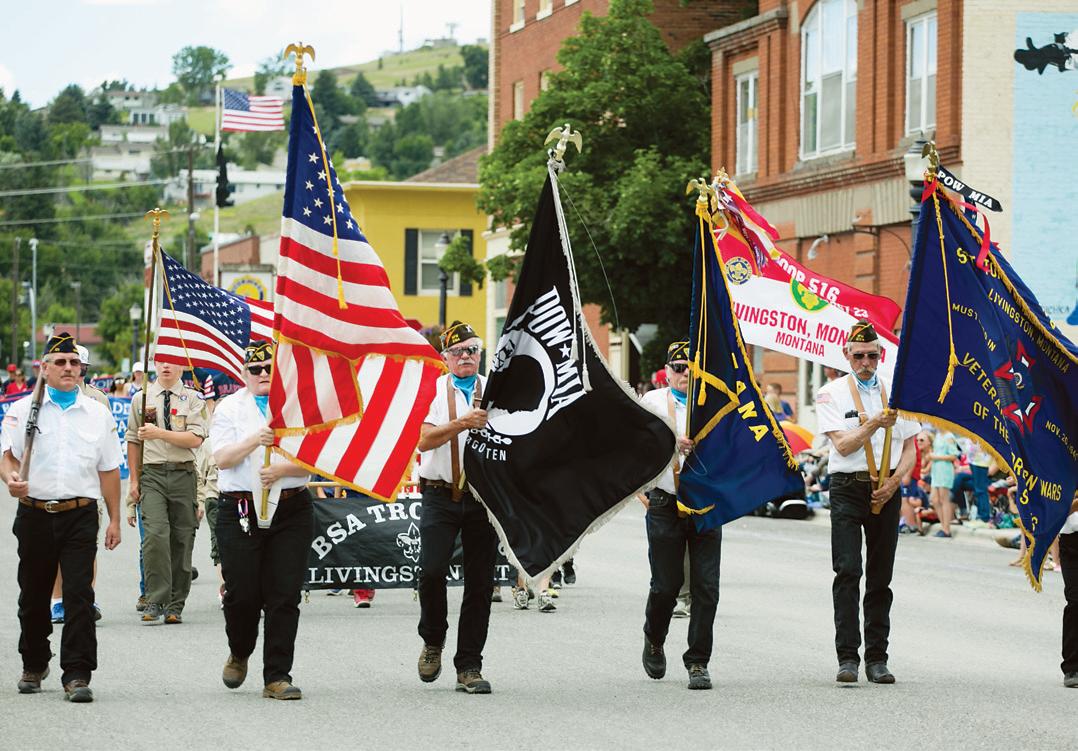
LIVINGSTON
Saturday, July 2, 3 p.m.
In conjunction with Livingston Roundup Rodeo
CLYDE PARK
Saturday, August 26, 11 a.m.
In conjunction with Old Settlers Days

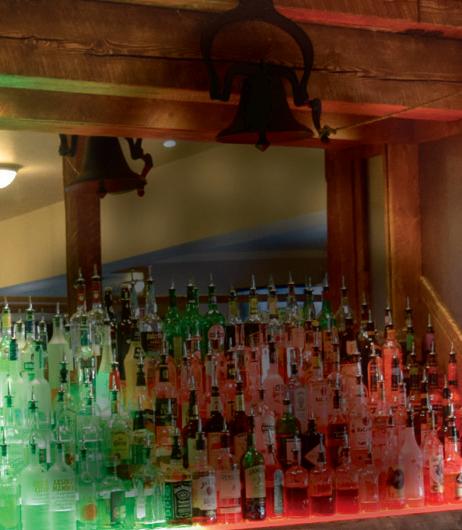
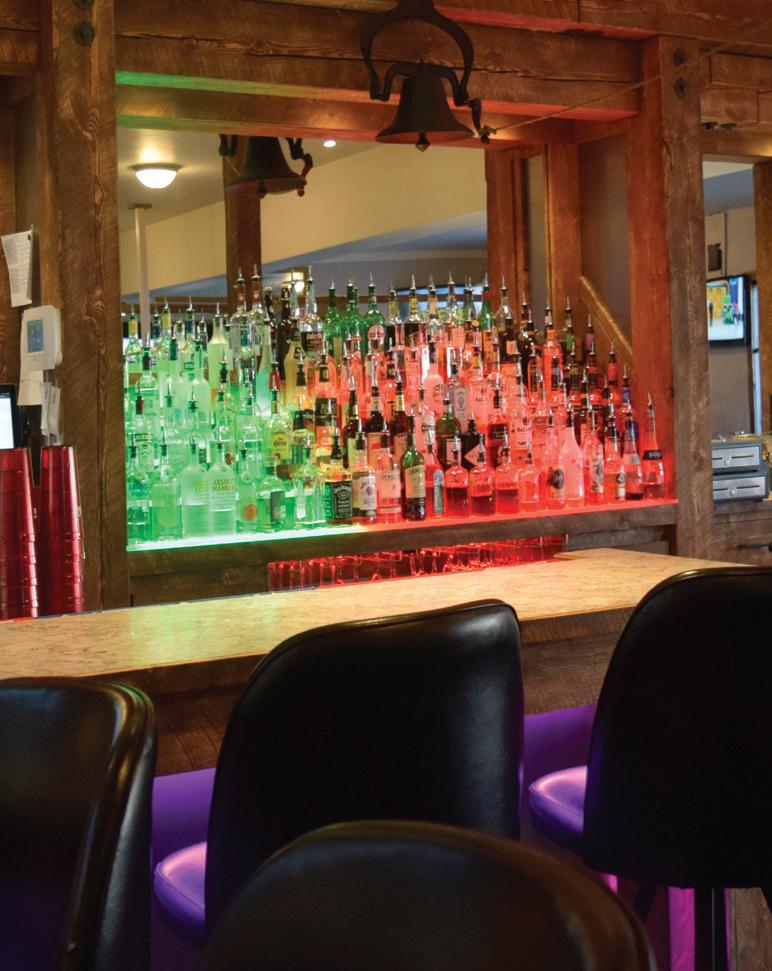











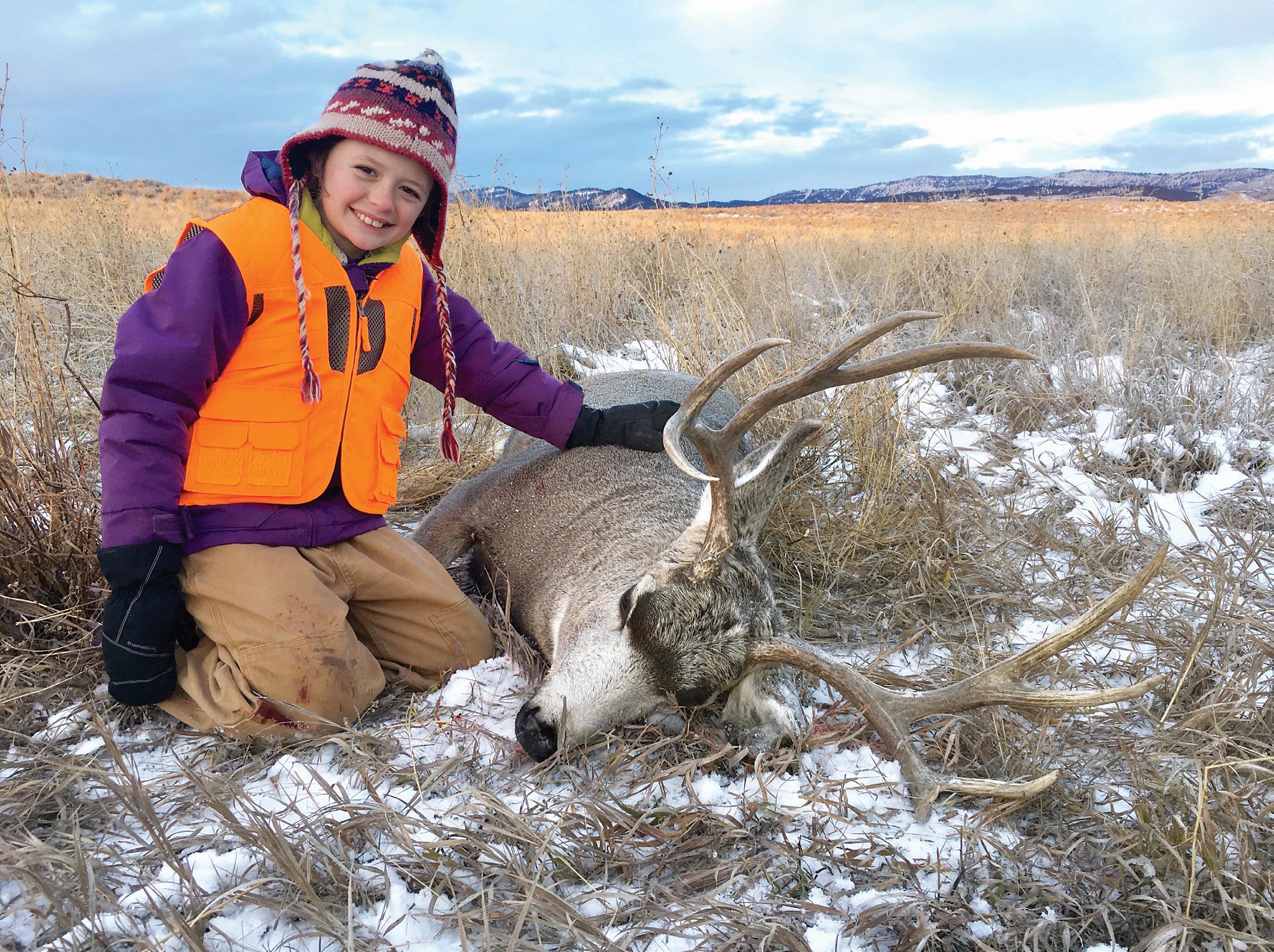
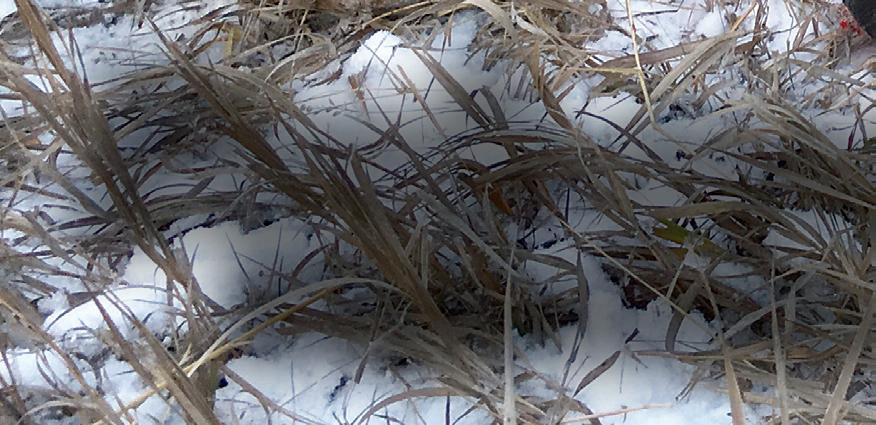

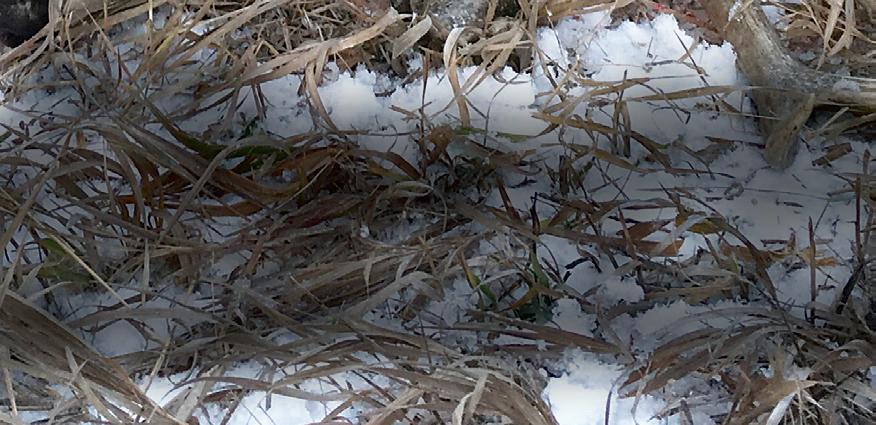

Park and Sweet Grass counties boast one of the most extensive collections of big game anywhere in America. Nearly every type of big game animal in North America can be found within the mountains or valleys in the area, thanks to the counties’ diverse geography.
Hunters who tread the area’s foothills and mountains might find elk, mule deer, antelope, white-tailed deer, black bears, bighorn sheep, moose, bison, mountain goats and mountain lions. Grizzly bears might also be encountered, but it is illegal to kill the protected animal. Hunters in grizzly country should carry bear spray. The prairies offer fine antelope hunting, as well as good upland bird hunting for sharp-tailed grouse and Hungarian partridge, with an occasional pheasant flushed for variety.
The two connecting counties also have good ruffed and dusky (blue) grouse populations, as well as plenty of water that attracts both ducks and geese.
A nonresident hunter need not be accompanied by a guide, according to Montana law, but hunters need to purchase licenses to hunt game animals. It is illegal to hire an unlicensed guide, however. A call to a local chamber of commerce will give hunters several names of men and women licensed to guide in this area.
Park and Sweet Grass counties are famous as trophy elk hunting country. A limited number of permits are also offered for species such as antelope, moose, bighorn sheep, bison, goats and wolves. Nonresidents who wish to hunt should visit the website for Montana Fish, Wildlife and Parks at www.fwp.mt.gov or visit the regional office in Bozeman at 1400 S. 19th Ave.

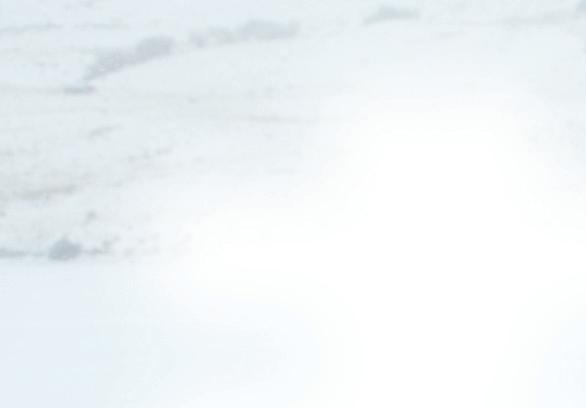

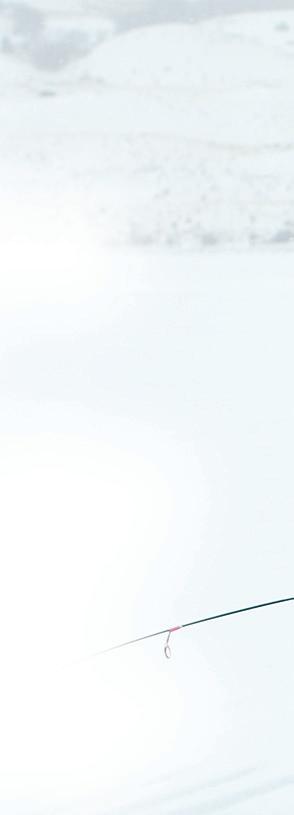

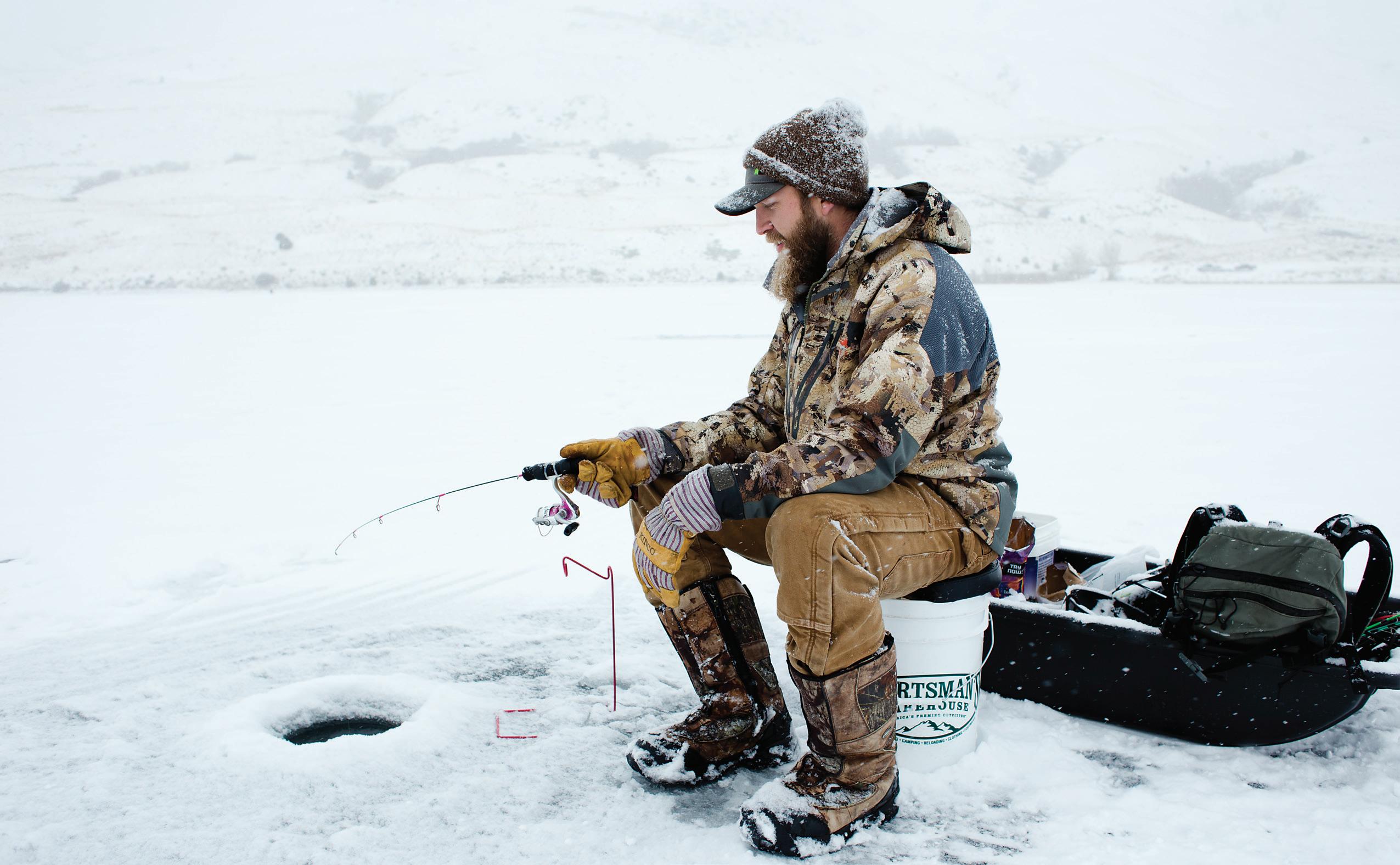
It’s called the “off-season,” but the fall, winter and spring in Park and Sweet Grass counties are “on” with lots of recreational options.
Visitors can enjoy hunting, snowmobiling, hiking, ice climbing, ice fishing and skiing — both cross country and downhill. It’s also one of the best times to sightsee in and around Yellowstone National Park.
Deep winter snows drive thousands of elk out of the park into wintering grounds near Gardiner. Other wildlife, such as bison, also leave the park in search of better grazing — and they are often followed by the park’s wolves.
Gardiner boasts of being probably the only town where Main Street serves as a thoroughfare for elk, bison, big horn sheep, antelope and deer, both white-tailed and mule.
Yellowstone National Park’s Lamar Valley is a great place for wolf-watching.
The road between Gardiner and Cooke City, where the Lamar Valley is located, is plowed and open year-round.
The deep snows in Sweet Grass and Park counties and Yellowstone Park provide ideal areas for snowmobiling, cross-country skiing and snowshoeing.
Mammoth Hot Springs, in Yellowstone Park just south of
Gardiner, is the hub of winter activity for the northern part of the park. Snowcoach trips to various destinations in the park leave from Mammoth, as do shuttles dropping off skiers and snowshoers at numerous trailheads.
Snowmobiling is allowed in the park. However, snowmobilers must either come accompanied by a guide and have sleds equipped with certain environmentally friendly technologies, or apply for a non-commercially guided snowmobile access permit through the park. There are daily limits on the number of snowmobiles that can enter the park. The season is mid-December to mid-March.
There are also plenty of snowmobiling opportunities in the National Forest land in Park and Sweet Grass counties.
Cooke City bustles during the winter with skiers and snowmobilers, and the main Boulder River drainage south of Big Timber has some of the best snowmobiling anywhere.
Three nearby downhill ski areas — Bridger Bowl, Big Sky and Moonlight Basin — provide excellent skiing for any skill level, and offer some of the country’s best powder.
Bridger Bowl is located just 29 miles northwest of Livingston, on Montana Highway 86.
Big Sky Resort is located about 78 miles southwest of Livingston, off U.S. Highway 191. Moonlight Basin is located
next to Big Sky Resort.
For ice climbing routes, stop in at Dan Bailey’s Outdoor Co. in Livingston for advice.
Also, excellent fishing can be had in the early spring and fall, when area rivers run low and clear.
“In a sense,” reads Yellowstone National Park’s website, “coming during winter resembles visiting before the age of automobiles.”
It’s an enticing offer these days, when more than 2 million vehicles cram themselves annually through the park’s entrances, mostly from May through September.
Yellowstone’s winter season starts in mid-December, which means some of the park’s roads open to motorized over-snow travel. Visitors are able to travel the park’s interior roads on snowmobiles and snowcoaches commercially guided by private concessionaires from the park’s west, south and east entrances as well as from Mammoth Hot Springs.
For example, snowcoaches depart daily throughout the winter from Mammoth Hot Springs and the West Entrance bound for Old Faithful Lodge, which is otherwise inaccessible to visitors during the winter. The coaches are run by private concessionaire Yellowstone National Park Lodges. Also, visitors who draw permits under the noncommercially Guided Snowmobile Access Program can run their own sleds on certain roads without hiring a
guide. Lottery applications for the program are accepted in August, and permits are awarded in September. Unclaimed or canceled permits are made available on a first-come, first-served basis. There is no waiting list. Cancellations may occur throughout the winter season and are listed on the park’s website.
If you don’t own a snowmobile and can’t afford to take a snowcoach, you can still access the park in winter under your own power. Grand Loop Road and Highway 212, which runs along the northern edge of the park from Gardiner through the Lamar Valley and Tower Junction to Cooke City, remains open to cars year-round.
And, according to the park, visitors on cross-country skis or snowshoes can access the backcountry from numerous trails along that northern road and can also trek in from the other park entrances.
Those looking to brave the night in the backcountry can do so all winter long. As in the summer, backcountry permits are required, but unlike in the summer, the permits are free and campers need not stay in designated sites.
Permits are required for all overnight stays in the backcountry.
Picking up permits allows park rangers to advise visitors on the dangers and challenges of backcountry camping in Yellowstone in the winter.
CONTINUED ON PAGE 54
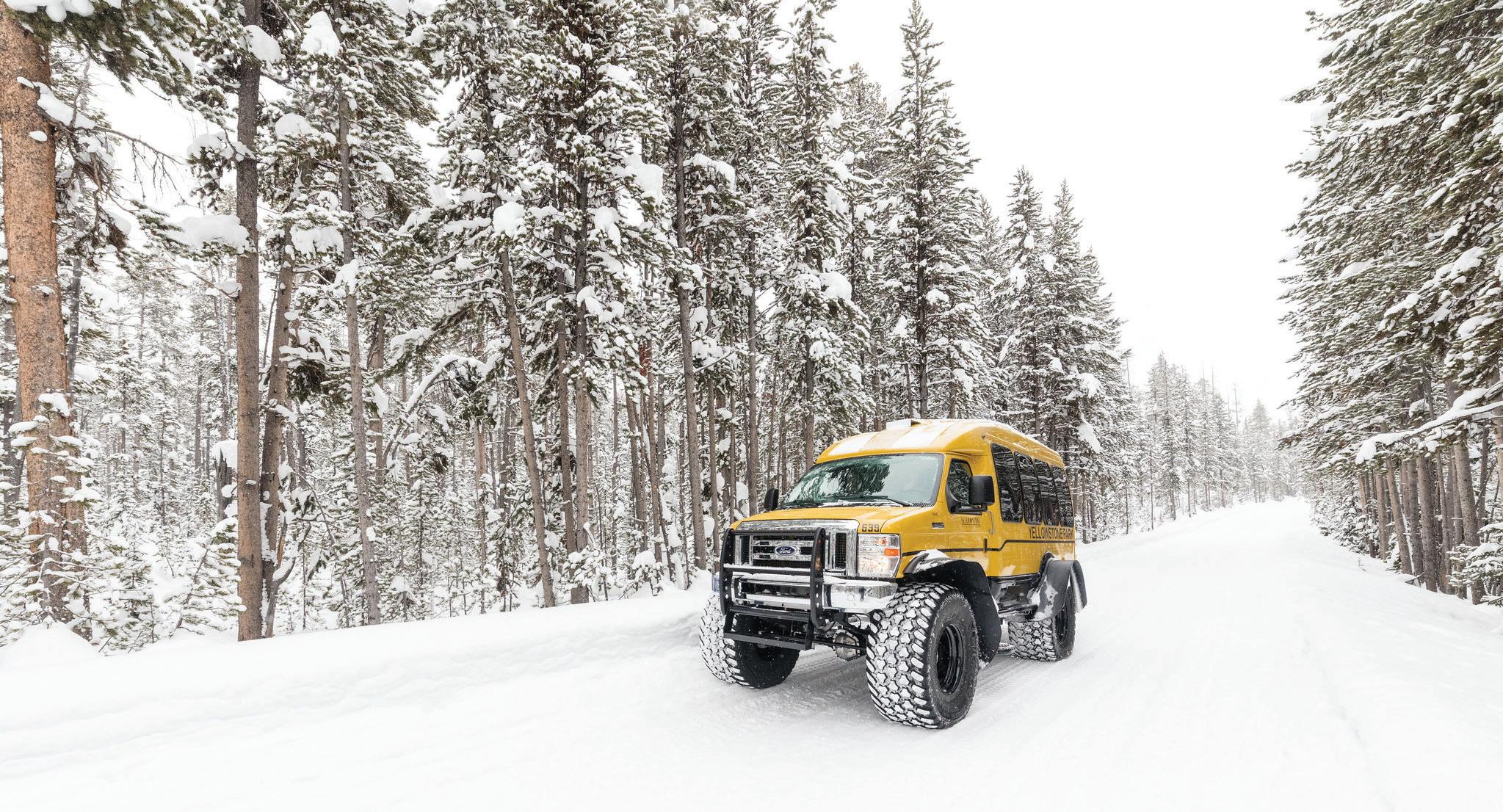
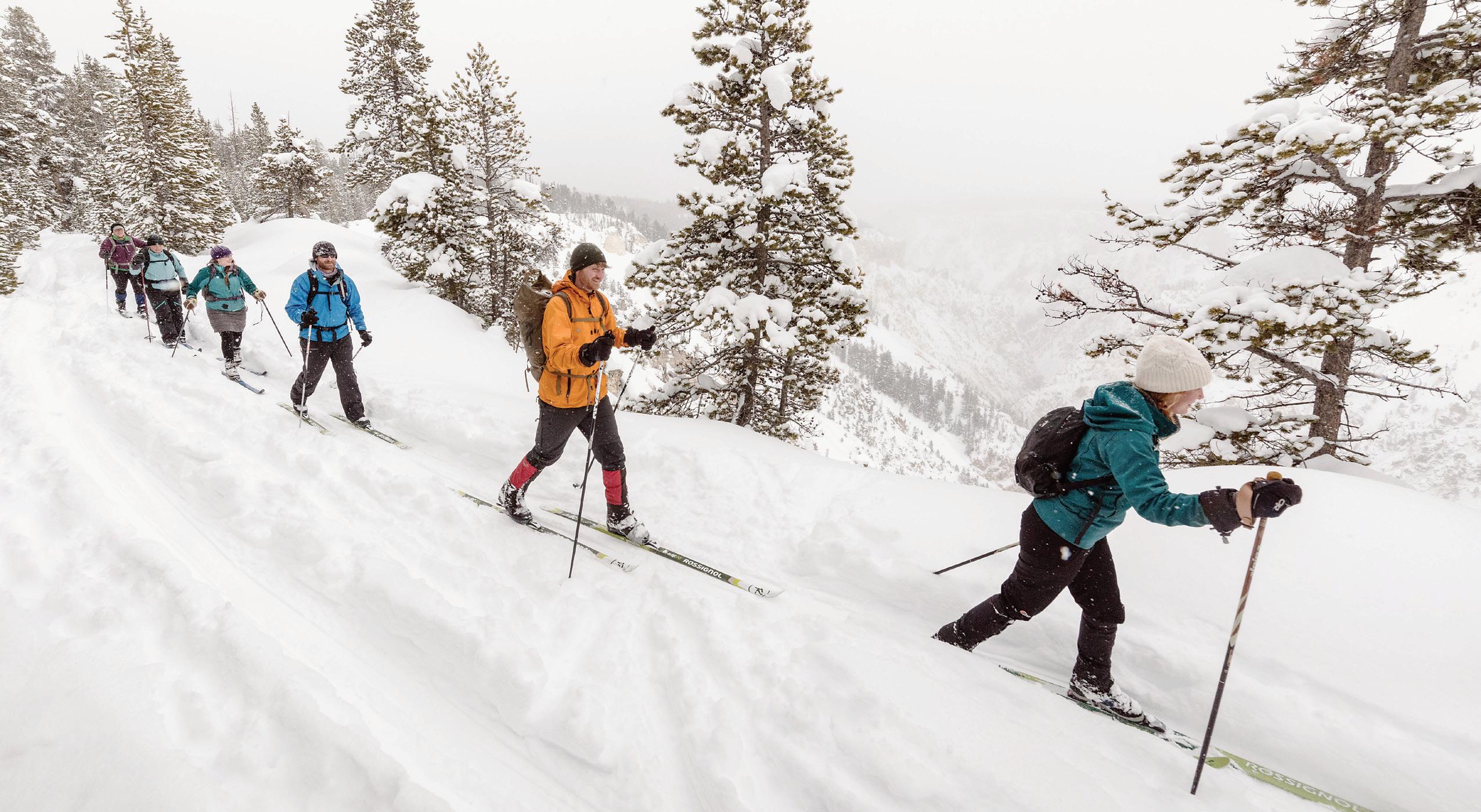
Cross-country skiers enjoy Yellowstone National Park during the winter season.
CONTINUED FROM PAGE 53
“Winter use overall is pretty low — overnight use at least,” said Yellowstone’s Backcountry Program Manager Ivan Kowski. “We issue probably around 100 permits between December and March.”
Kowski said backcountry campers need a good, low-temperature sleeping bag, the ability to stay warm and dry, and a good stove, since wood fires are not permitted in the winter.
For more information, call the Central Back Country Office at (307) 344-2160 for general backcountry and trip planning questions or (307) 344-2860 for backcountry permits.
Finally, Yellowstone Park also offers free, ranger-guided snowshoe tours and talks throughout the winter. To learn more about them, check the calendar on the park’s website.

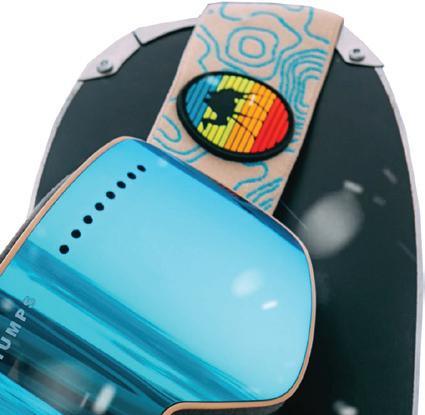
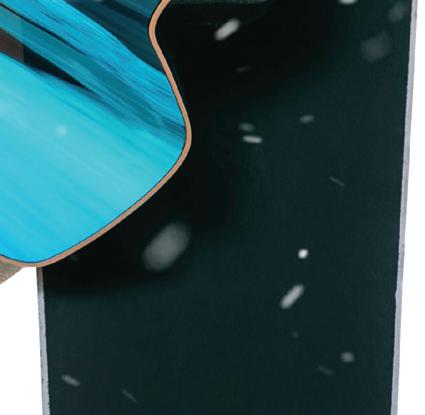







• 1 pound Burgers
• Diner open 24 Hours
• Homemade Soups & Specials



• Casino open 8 am-2 pm with Sports Betting Kiosk





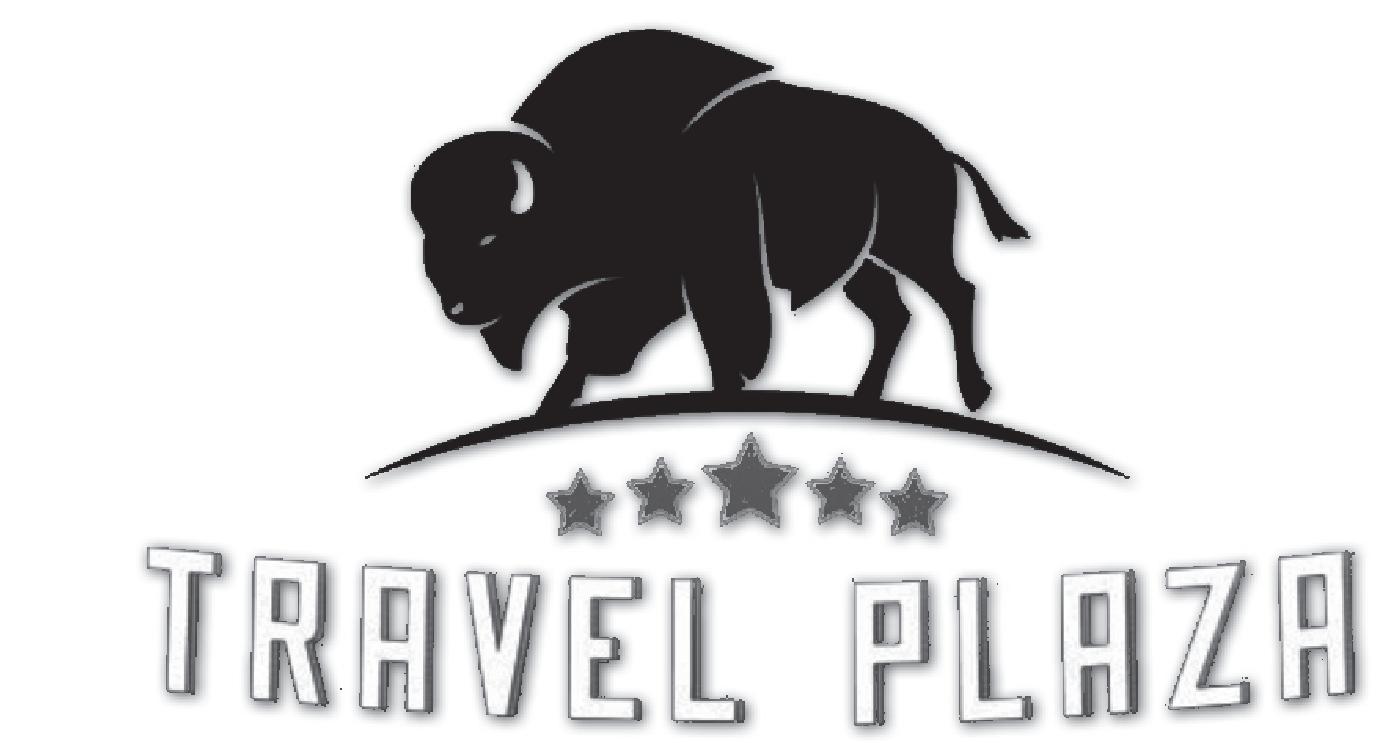
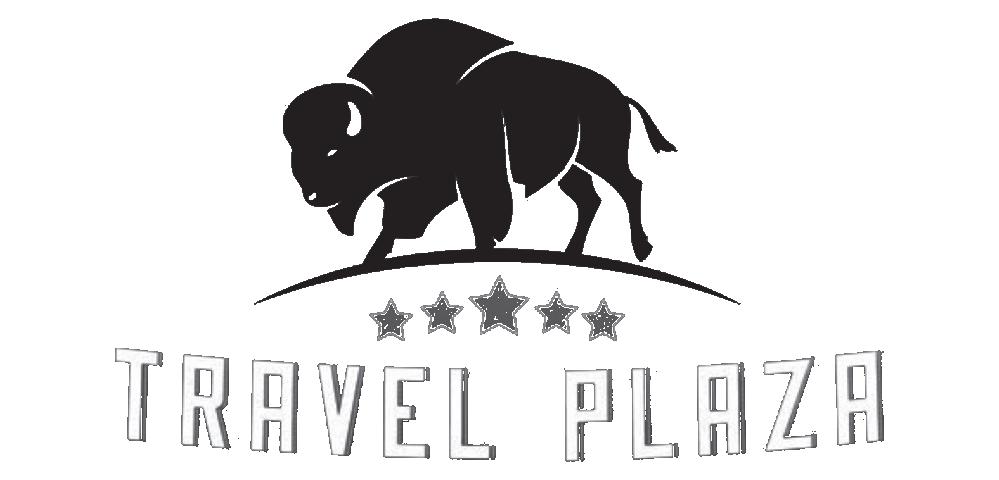

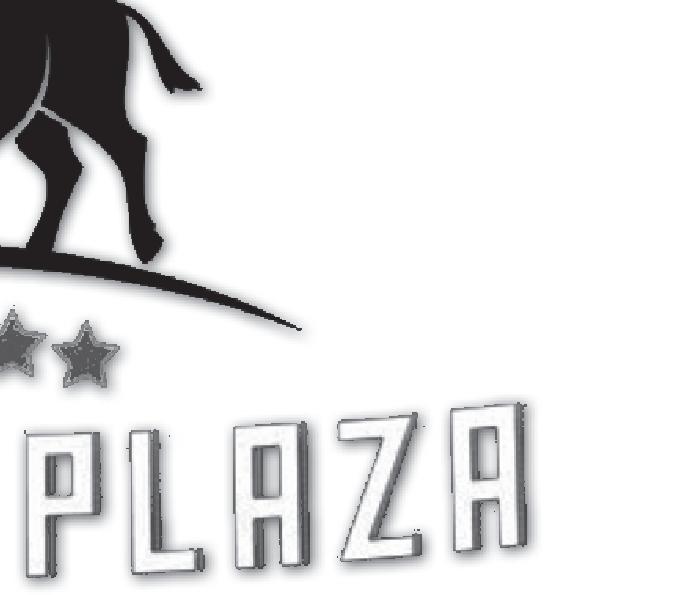



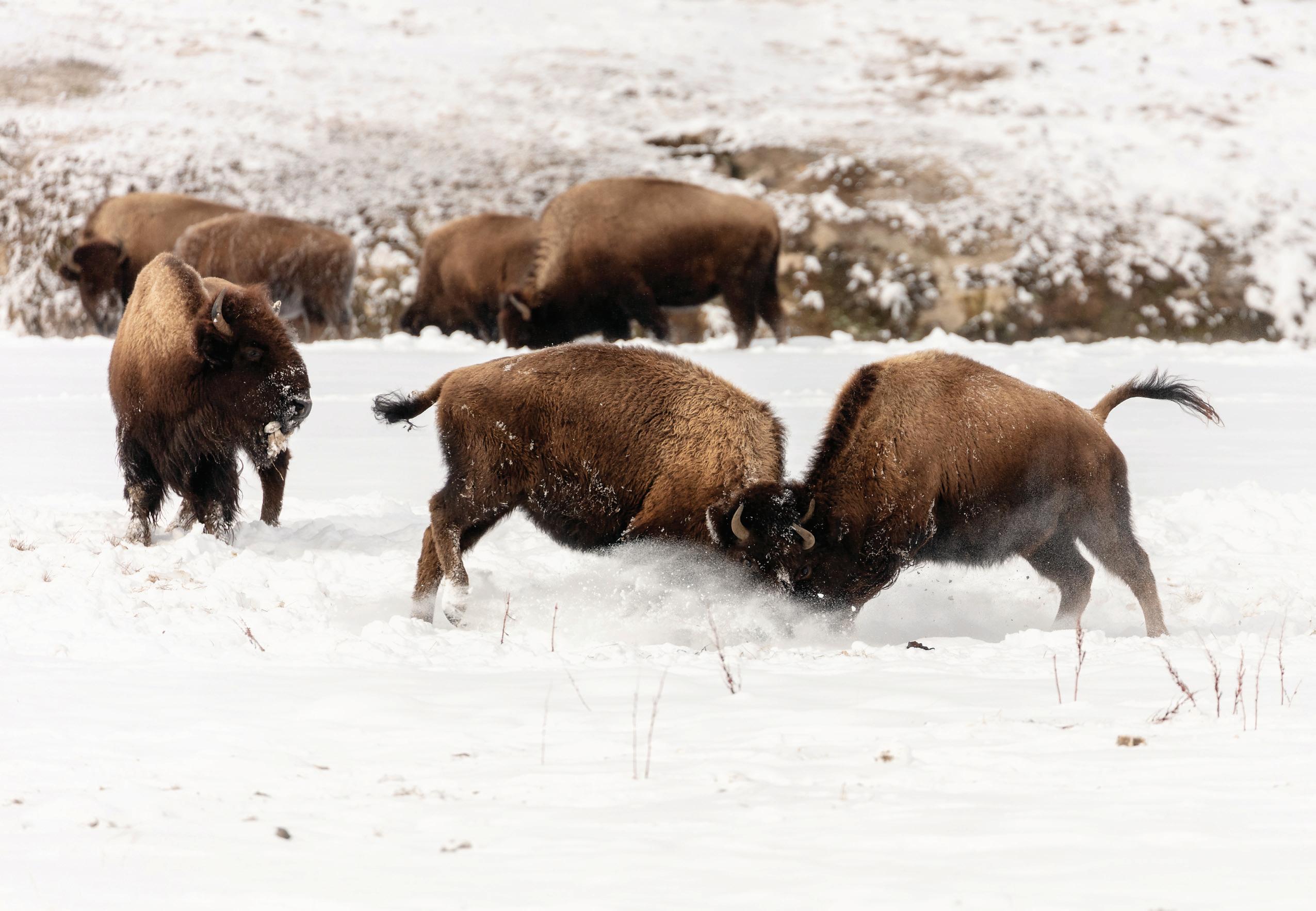


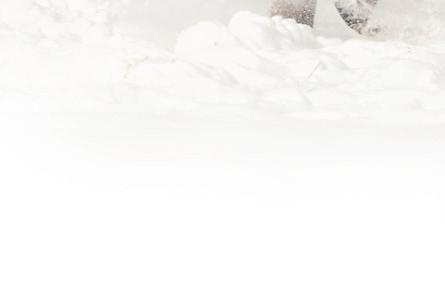

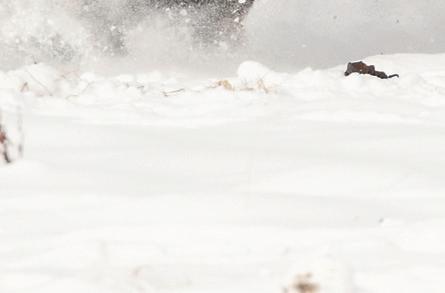
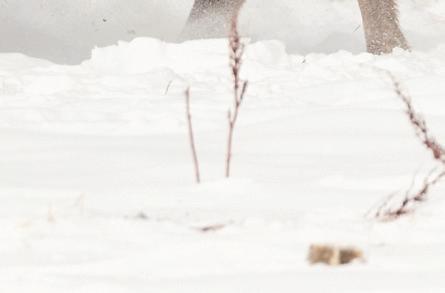





The American bison (scientific name bison bison) is native to the Park County area.
In this area, they are primarily found in Yellowstone National Park, but they venture northward into the southern end of Park County.
The huge, shaggy animals can weigh up to 2,000 pounds yet run as fast as 35 mph. That’s a good thing to keep in mind for visitors who illegally get too close to the animals and sometimes get gored.
The National Park Service says the best place to see bison year-round is in Yellowstone’s Hayden and Lamar valleys. Bison are found mostly in the grasslands during the summer and, in the winter, at hydrothermal areas and along the Madison River, Blacktail Deer Plateau, Tower and the Gardiner Basin.
In the 18th century, before they were driven nearly extinct by the westward spread of settlers, American bison
numbered in the tens of millions, and the herds ranged across much of the North American continent.
By 1872, the year Yellowstone National Park was founded, bison were being slaughtered at the rate of 5,000 per day — killed for their tongues, their bones and, above all, their hides, which were used to make the belting that ran the machinery of the industrial revolution in the cities of the East. Also, because the bison were the primary food source for many American Indian tribes, the U.S. Army undertook a campaign to exterminate the bison as a way to bring the tribes under control and force them from their homelands and onto reservations.
By 1883, nearly all the bison in the United States were gone. Only about 325 survived in the wild, including about two dozen animals in Yellowstone — the ancestors of the wild bison herds that live in the park today.
Through protection and stewardship, Yellowstone’s managers set about recovering the wild bison population
and, today, Yellowstone is the only landscape in the lower 48 to have a wild, free-ranging bison population since prehistoric times. These days, the bison population in the park ranges between about 2,400 and 5,500 animals.
The growth of the park’s bison herds has also brought controversy.
In the Greater Yellowstone Ecosystem, bison, like elk, can carry brucellosis, a disease likely brought west by domestic cattle that can cause infected animals to abort their fetuses. As Yellowstone’s bison population grew, so did fears that migrating bison would carry brucellosis out of the park boundaries, infect nearby cattle operations and cause economic harm to ranchers — although there is no documented case of brucellosis transmission from bison to cattle in the wild.
In 1995, the Montana Legislature authorized the state department of livestock to manage bison that migrated out of the park and into Montana for brucellosis control.
The same year, the state sued the National Park Service for allowing Yellowstone bison to migrate into Montana. Part of the 2000 settlement of that suit was the Interagency Bison Management Plan (IBMP), which established the current practice of culling the Yellowstone bison herds annually toward a set population goal.
Every year, IBMP partners — including representatives from state and federal agencies as well as Native Indian tribes, some of whom maintain treaty rights to hunt Yellowstone bison that leave the park — meet to decide how many bison to cull. Every winter, the cull is carried out by tribal and state licensed hunters and by capturing bison to ship to conservation areas or to slaughter.
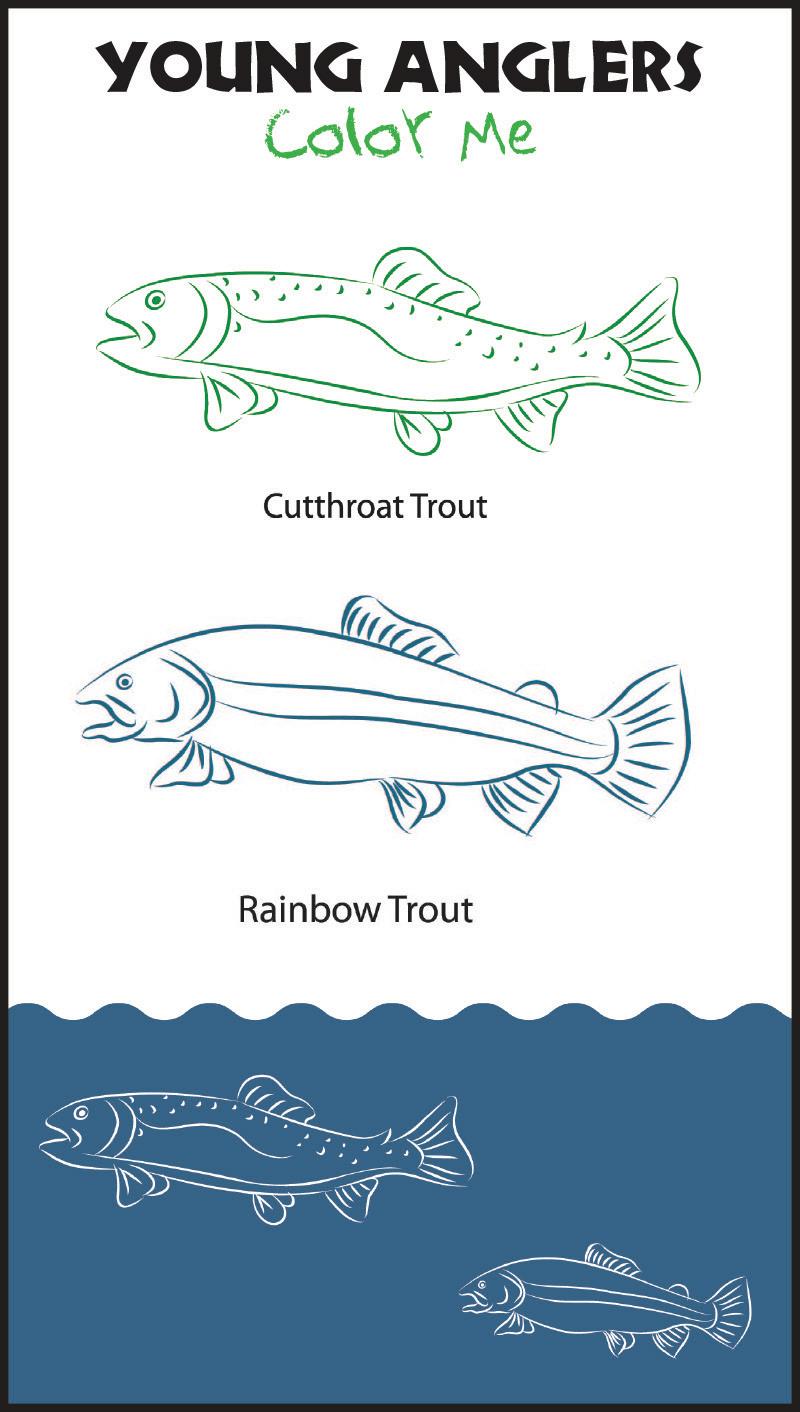


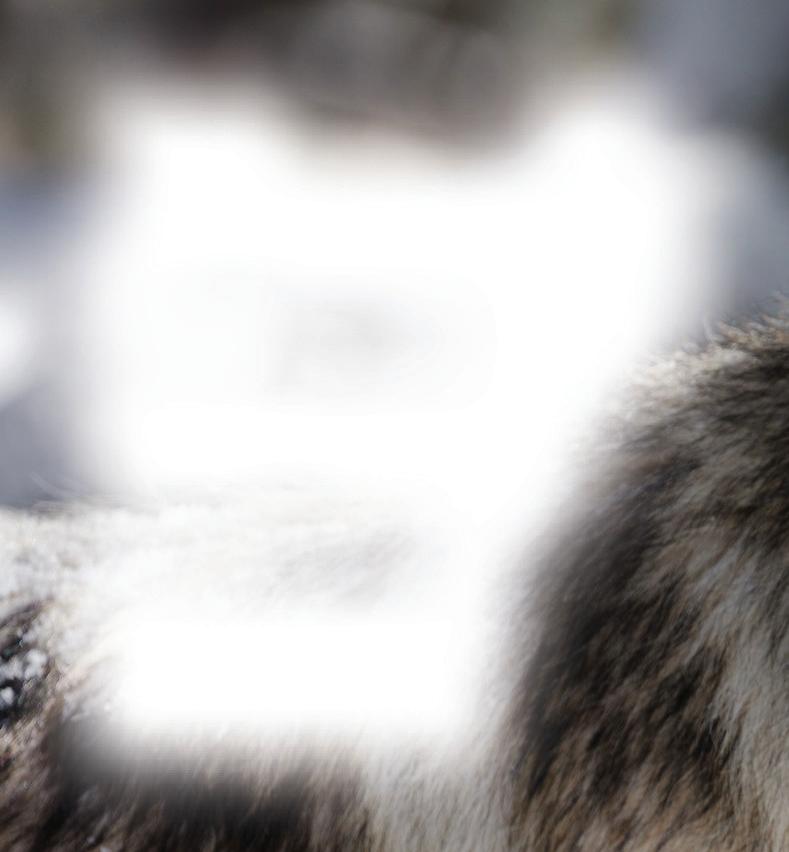
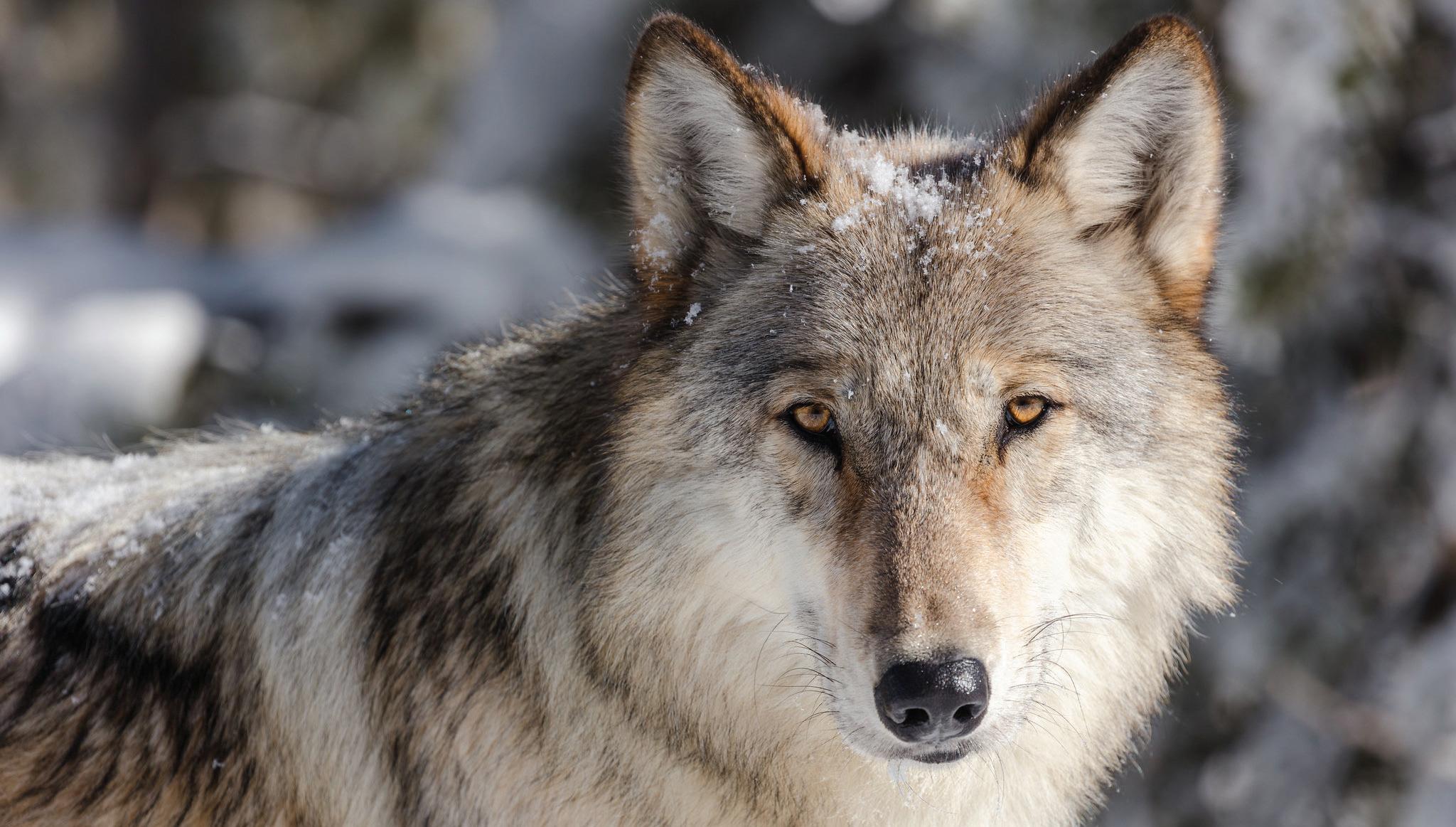
Drive through the northern range of Yellowstone National Park, from Gardiner to Cooke City on any morning. See where all the cars are parked? Dozens of people looking through scopes? That’s where you’ll find the wolves.
The Lamar Valley, between Mammoth and Cooke City, is particularly popular with wolf watchers and wildlife photographers due to the high population density of wolves in the valley.
Businesses in the Yellowstone area, including the Montana gateway towns like Gardiner that are just outside the park, cater to wolf watchers by providing guided tours or rented spotting scopes to optimize wildlife viewing opportunities.
Yellowstone National Park’s gray wolf was reintroduced in 1995. Wolves were eradicated from Yellowstone in the early 1900s. From 1995 to 1997, 41 wolves from Canada and northwest Montana were reintroduced into Yellowstone National Park.
Today, there are roughly 100 wolves living in the park, and hundreds more in the greater Yellowstone ecosystem surrounding Yellowstone and Grand Teton national parks.
Within the park, wolves generally prey on elk, young bison and other animals. During winters, a Yellowstone wolf’s diet is about 90 percent elk.
The reintroduction of wolves to Yellowstone National Park
helped cause a trophic cascade — an ecological phenomenon when a top predator is reintroduced.
The wolves were able to better control elk populations, which were overgrazing. Once elk populations decreased, plant life was able to diversify and flourish. This led to more habitat for other wildlife, including small mammals, like beavers. The reintroduction of wolves helped bring the entire ecosystem into balance.
As wolf numbers have grown since reintroduction, debates have occurred over how many of the canines should be allowed in the area around Yellowstone, how best to manage them and which agencies should be tasked with management. Wolves will sometimes kill livestock outside of the park.
The wolf has been added to and removed from the endangered species list in recent years, resulting in several lawsuits.
When wolves are not listed as endangered, state agencies use public hunts of the animals as a management tool.
The three states surrounding the park — Montana, Wyoming and Idaho — all have hunting seasons for wolves. It’s illegal to hunt wildlife in national park boundaries.
Although ranchers and stockgrowers might not be happy with the return of the gray wolf, environmentalists and tourism-based businesses are pleased.
Merchants, have cashed in on T-shirts, books, videos and other items relating to wolves.
The beautiful Yellowstone landscape is also wild country — one of the last and largest undeveloped regions in the continental United States. Black bears and grizzly bears roam through the countryside they claim as their own, and hikers are encouraged to carry bear spray.

oth black and grizzly bears are frequently encountered in and around Yellowstone National Park, and both species are unpredictable.
About 700 grizzlies live in the greater Yellowstone ecosystem. Grizzlies are protected by components of the Federal Endangered Species Act, but their long-term protections under that act remain in litigation.
Since it can be difficult to tell grizzly and black bears apart, hikers are best advised to be wary of all bruins. As a rule, black bears are generally smaller, less aggressive animals, and most have black or dark brown hair.
However, some black bears grow to be quite large, and it is not uncommon to see cinnamon-colored black bears that closely resemble a grizzly.
Adult grizzlies are quite large, with lighter-colored hair usually highlighted by silver tips, giving a distinctive sheen. Grizzlies and black bears can best be distinguished by looking at their muzzles and claws.
In profile, a grizzly’s face has a distinctive brow that gives the bear a dish-shaped muzzle. The black bear has a straight muzzle and the face appears round when viewed from the front.
The grizzly bear has much larger claws than black bears. Grizzly claws are several inches long, and when the bear leaves a footprint, the claw impressions are about 2 to 3 inches in front of the pads.
Also, grizzlies have a hump above their front shoulders, making it the highest point in their body. On black bears, the highest point is the rump.
Research shows there are fewer bear attacks when people travel in groups. Grizzly bear experts and park rangers recommend hiking in groups rather than walking alone. Hiking during the daylight hours and making noise — such as singing



or whistling — when approaching “blind curves” is another way to reduce encounters. Hikers in bear country should always carry bear spray.
Special care should be taken when camping in bear country. All cooking should be done well away from the sleeping area and all food should be hung at least 10 feet up in trees away from the sleeping area, as should clothes worn while cooking and eating. Fish entrails should be thrown back into the water, and garbage should be burned in the campfire or hung in a tree well away from the campsite.
Since food and odors attract bears, items such as cooking stoves, utensils, coolers, trash bags, food and toiletries should not be left outside or in tents or tent trailers, unless they are in immediate use.
• Stay calm and have bear spray handy. It will probably leave you alone.
• Do not make abrupt moves or noises that would startle the bear.
• Give the bear plenty of room.
• Assume a nonthreatening posture and turn sideways.
• Avoid eye contact.
• Slowly back away.
• Keep your pack on to provide protection.
• Use bear spray, and as a last resort, drop to the ground and assume a cannonball position to protect head and stomach while playing dead.
• Don’t move until you are certain the bear has left the area.
Remember: Running is likely to provoke an attack. Grizzlies can attain short bursts of speed of up to 40 mph.


The iconic Livingston Depot Center serves today as a railroad history museum and community cultural center at the heart of downtown Livingston. The beautifully restored, century-old Northern Pacific Railroad station is almost an exhibit by itself.
The Depot’s popular ongoing main exhibit, “Rails
Across the Rockies: A Century of People and Places,” introduces visitors to the rich history of railroading in Montana, and offers a sense of the grandeur of historic travel. The exhibit gives special attention to the Northern Pacific and its central role in the opening of Yellowstone, America’s first national park. Livingston has served as the gateway to Yellowstone since the 1880s.
In addition to its main exhibit, the museum presents “The Livingston Depot in History and Architecture,” and “Remarkable Migrations, as well as an annual featured special exhibit.
‘Crossing Borders: The Landscapes & Communities of Highway 89’
The exhibit “Crossing Borders: The Landscapes & Communities of Highway 89” chronicles Highway 89 from Canada to Mexico through drawings, photographs and film. The artist, Caroline Lavoie, is a professor in Land, Architecture and Environmental Planning at Utah State University. “Crossing Borders” provides a contemporary context for the traveler’s experience as Highway 89 links seven national parks across the Mountain West, and is sometimes called the National Park Highway.
“Remarkable Migrations” is an adaptation of the groundbreaking exhibit by the Buffalo Bill Center of the West in Cody, Wyoming.
The exhibit uses art, science, and multimedia to delve into the challenges and triumphs of herds as they cross geographic, cultural, ecological, and political boundaries.
The combination of the research of wildlife biologist Arthur Middleton, Ph.D., on the migration of thousands of elk in the Greater Yellowstone Ecosystem, the captivating photography of Joe Riis, and the striking paintings and drawings of James Prosek bring the elk’s journey to life.
The Depot Festival of the Arts takes place July 2 and 3 from 10 a.m. to 6 p.m.; and July 4 from 10 a.m. to 5 p.m.
The festival assembles over 100 skilled artists and craftspeople each year and attracts many thousands of enthusiasts. Held in the Depot-Rotary Park, this impressive collection of fine art and craft talent from around the entire Western region spans photography, painting, sculpture, woodworking, metal and blacksmithing, jewelry, furniture, glass, fiber arts, drawings and prints, ceramics and more.
Fans of model railroads won’t want to miss the scale model trains and tracks maintained by the Livingston Model Railroaders club.
The main display is located downstairs at the Depot, and includes a model of the 50-mile track from Livingston to Gardiner, at Yellowstone National Park’s North Entrance.
An additional model of the rail yards and engine repair shops has been refurbished and is located within the main museum building. A stunning O-scale model of the Depot complex has been added to the main museum exhibits.
The Livingston Model Railroaders meet Tuesdays and Saturdays at 7:30 p.m. They host additional hours for the public during the summer on Thursday afternoons from 1 to 4 p.m. For questions and appointment requests call the Depot at (406) 222-2300.
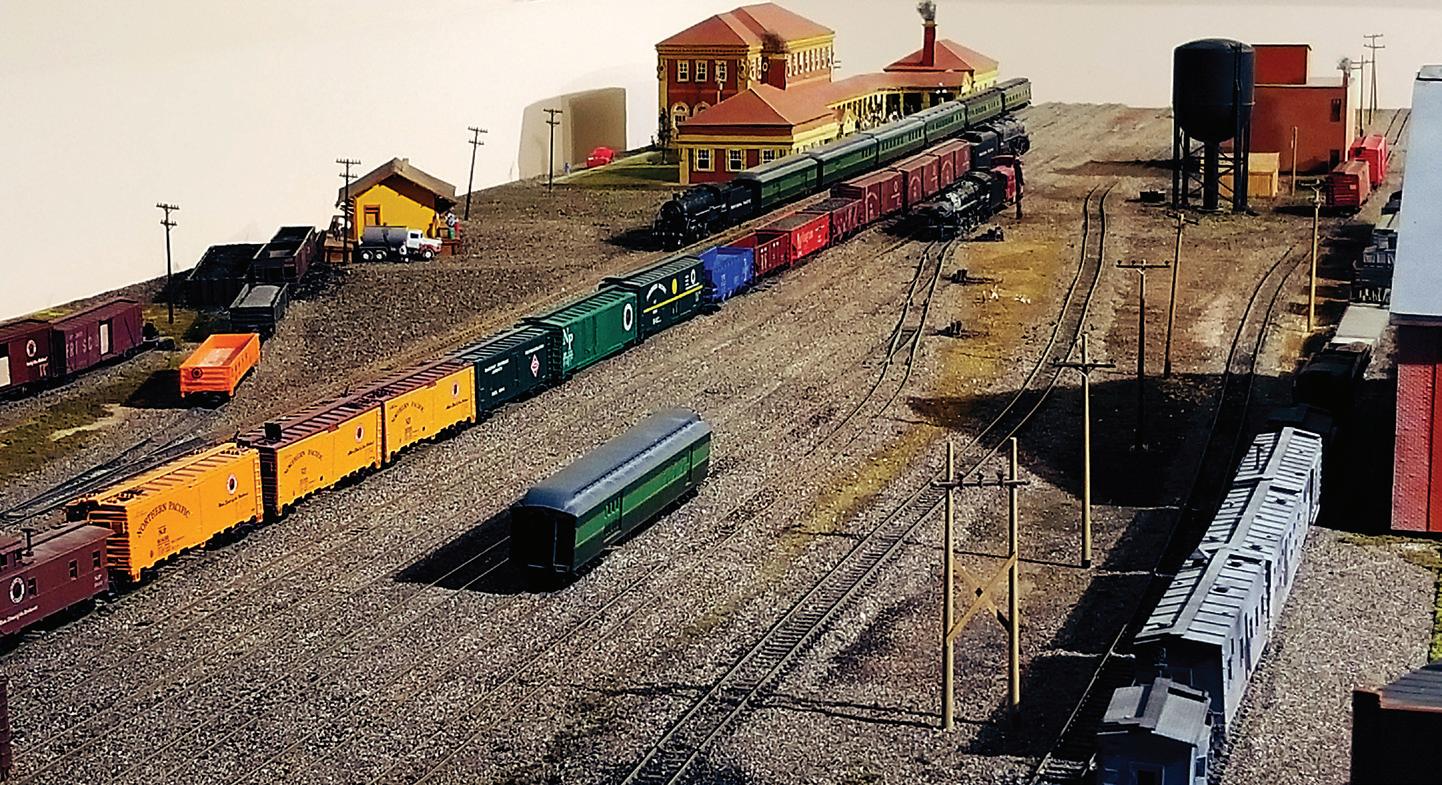
Designed by Reed and Stem, the original architects for New York City’s Grand Central Station, it integrates the classic Northern Pacific yinyang logo with lively terra cotta detail in an Italianate style.
The 1902 Depot served as the Northern Pacific’s central division headquarters and its showcase station between St. Paul and Seattle.
The Depot Museum is open Monday through Saturday from 10 a.m. to 5 p.m. until Sept. 9.
There is a modest admission charge.
The Depot is an exceptional piece of architecture.
The Depot also serves as an outstanding venue for weddings and a wide variety of special events. For more information visit www.livingstondepot.org


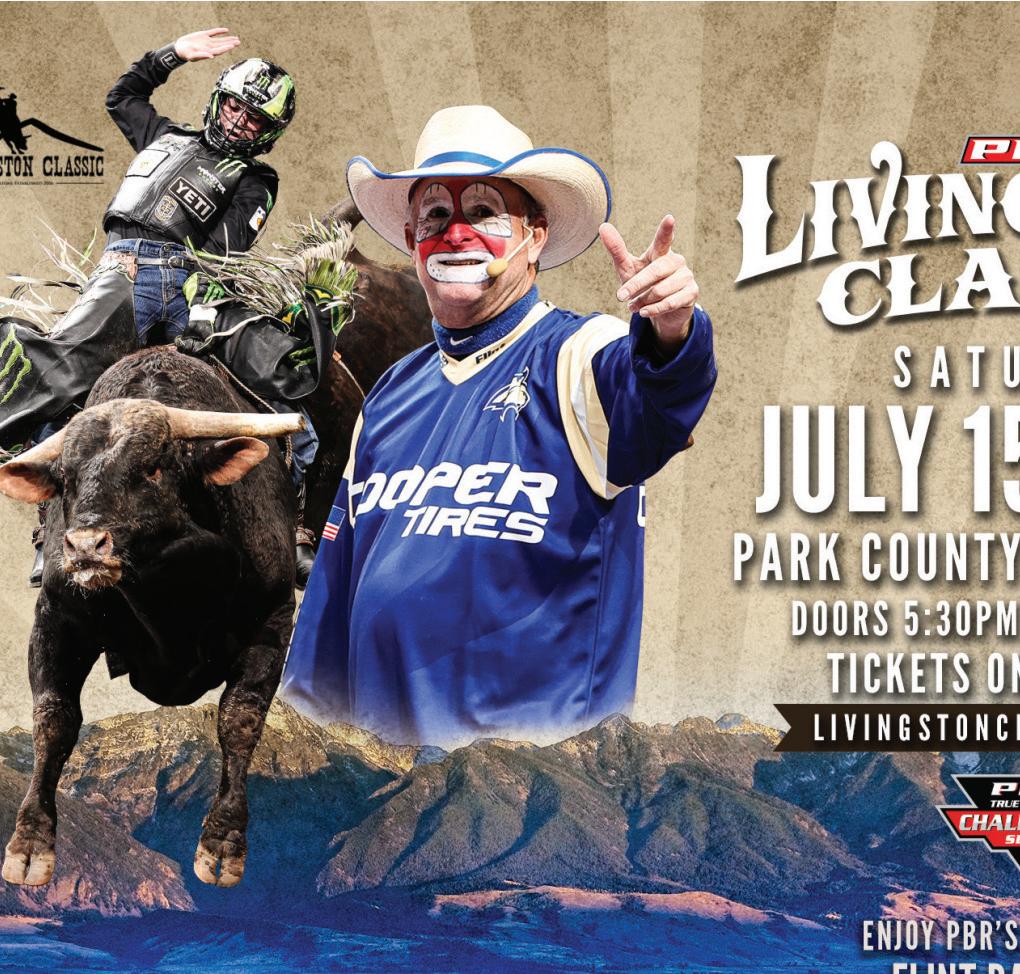





Thousands of people look forward to visiting Yellowstone National Park in the spring and summer months for wildlife watching, hiking, fishing and a myriad of other activities.
But there usually are crowds of tourists to contend with, which can be aggravating if there is time for only one or two days in the park.
One option for enjoying the park while avoiding the crowds is to take a course from the Yellowstone Forever Institute, the park’s official education partner.
The courses and tours range from full-day adventures to multi-day trips, and some even include lodging.
Some programs are designed as family adventures; some appeal to artists, writers and photographers; and others take participants into areas of Yellowstone rarely seen by the typical visitor.
Types of course activities include:
• Field seminars: These provide a closer look at specific subjects or activities relevant to the Yellowstone ecosystem. Most multi-day field seminars are based at the Lamar Buffalo Ranch in the park’s Lamar Valley, while a few multi-day and single-day field seminars depart from Gardiner, Montana, at the park’s North Entrance.
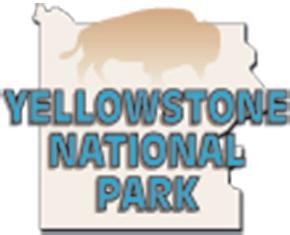
• Lodging and Learning programs: Offered in partnership with Yellowstone National Park Lodges, these packages and are based at park hotels and include lodging, daily field trips, most meals and in-park transportation.
• Private tours: Tailored natural history tours for families and other small groups, these private introductions to park wildlife and ecology are led by institute field educators.
For a complete list of 2023 Yellowstone Forever Institute programs, visit Yellowstone.org/experience or call (406) 848-2400.
Following is a short cross section of the many field seminars offered by the Yellowstone Forever Institute in 2023. For a full course list and schedule of dozens of summer programs, visit www.yellowstone.org/experience.
WILDLIFE:
• Spring Babies, May 31-June 3
• Yellowstone Wolves & Their Stories, May 30-June 2
• Bears of Greater Yellowstone, June 5-8
• Butterflies of Yellowstone, July 13-15
• Coyotes & Wolves, Yellowstone’s Evolutionary Cousins, July 19-22
• Introduction to Yellowstone’s Birds July 28-30
• Wolf, Dogs, and Humans, July 14-17
• Raptors Over Yellowstone, Sept. 16
EXPLORING:
• A Walk Through Time, June 10
• Yellowstone Backcountry Skills, June 25-27
• Beginner’s Fly-Fishing, July 9-12
• Running Wild, Trail Running in Yellowstone, July 20-23
GEOLOGY:
• The Geology of Ecology, June 10-13
• Roadside Geology of Yellowstone Country, June 29-July 2
• Microbial Diversity of Yellowstone Hot Springs Aug 19-20
ART AND PHOTOGRAPHY:
• Drawing Yellowstone’s Landscapes, June 15-17
• Painting Moran’s Yellowstone, June 19-23
• Yellowstone Naturalist Summer Session, July 27- Aug. 1
• Mixed Media & Watercolor Field Journaling, Aug. 9-12

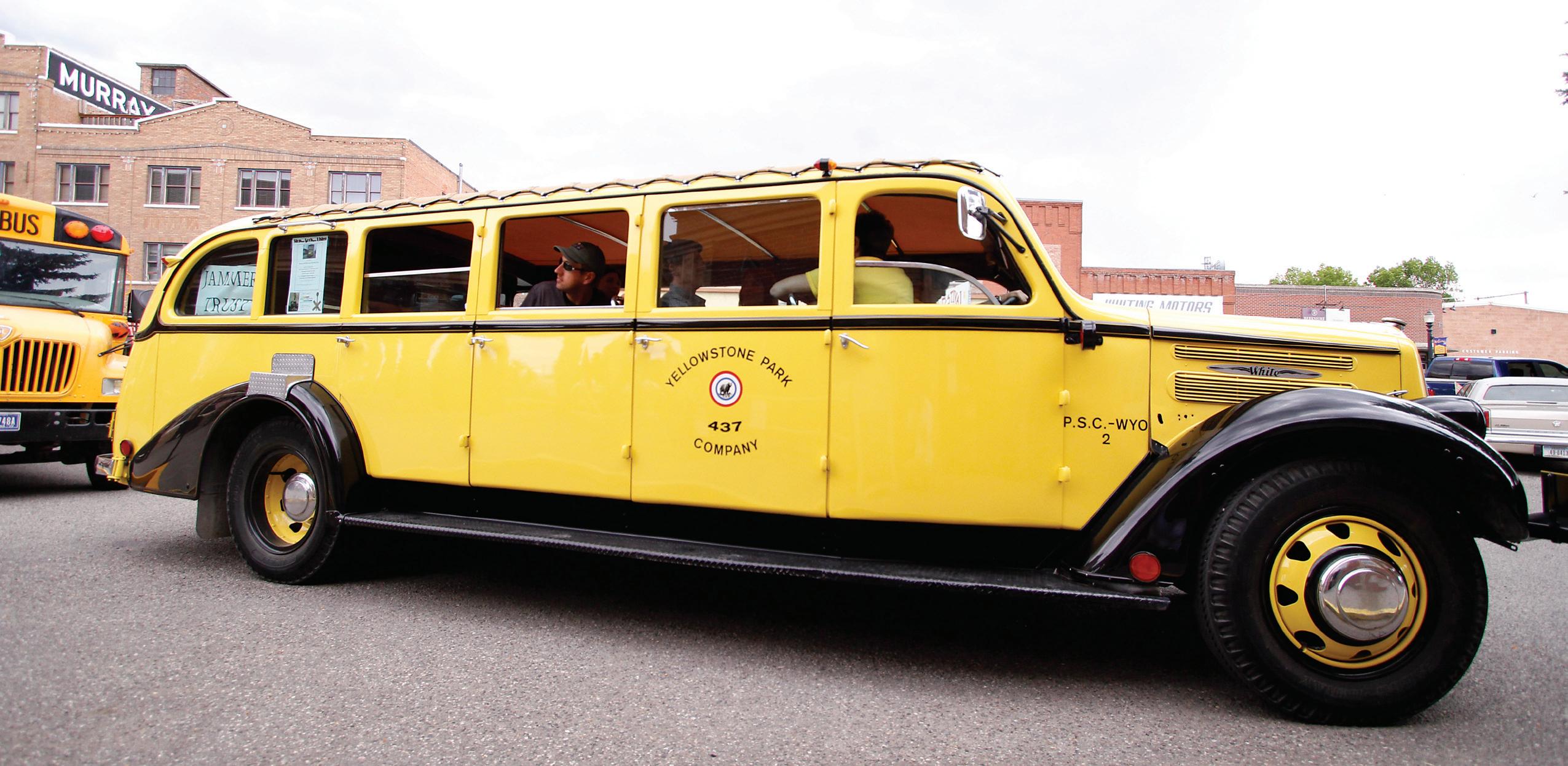
At the Livingston Depot Center, you can take a tour of Livingston’s four National Historic Districts in an original 1938 Yellowstone National Park bus.
Learn about the history of this remarkable community and its railroad origins as the original entrance to Yellowstone National Park, the first National Park in the world. For 25 years, Livingston was the only rail gateway to Yellowstone when, in the railroad’s heyday, Livingston welcomed more than 30,000 visitors each season on six passenger trains a day.
Most of those travelers passed through the beautiful 1902 Livingston Depot, now a designated National Historic Landmark and a museum during the summer months. The museum features railroad history and artifacts along with information on the many movies filmed in and around Livingston.
The roughly hour-long tour includes stories its famous
travelers to Yellowstone, about Livingston’s rich Wild West history, its early businesses, the city’s Chinatown and underground tunnels, the red-light district, the railroad shops, the development of the town and the creation of Yellowstone National Park — as well as tales of infamous characters like Calamity Jane.
Fun for all ages, the tour is a “must do” for Livingston visitors, who will come away with a better perspective on the city, Montana and Yellowstone National Park.
The tour departs from the Livingston Depot Museum at 1:00 and 2:30 P.M. every Friday and Saturday, starting Memorial Day through Labor Day, and tickets can be purchased at the time of the tour for $15. Children under 12 are free.
The bus is also available for hire for weddings, family occasions and special events.
For more information, contact bus tour organizers at (406) 451-8520

If it’s great golf experiences you’re after, look no further than Park and Sweet Grass counties.
And it’s not just the opportunity for memorable shots that you’ll get playing one or both of the area’s 9-hole courses. Livingston Golf Course and Big Timber’s Overland Golf Course also feature breathtaking panoramic views of surrounding mountain ranges.
All visitors are welcome to play Livingston Golf Course. Head golf pro Scott Ohls recommends calling in advance for tee times and for current information on tournament and league play.
Situated near the Yellowstone River with incredible views of the Absaroka and Crazy Mountains, Livingston Golf Course is a 9-hole, par-36 track that suits golfers of all skill levels.
The golf course is located at 44 View Vista Drive. To reach the course, drive south on Main Street, past Park High School and continue another half mile to the golf course, which is on the right just before the Park County Fairgrounds.
Green fees are $35 per person for 9 holes and $50 per person for 18, seven days a week. Carts are $10 for 9 holes and $18 for 18. Pull carts are $5.
The course is open for public play every day — except during special club events and tournaments — from 7 a.m. 7 p.m. during the peak part of the season.
The course also has a driving range, and buckets of balls are available for $7.
After play, golfers can relax in the clubhouse or outside on the patio to take in the mountain views and enjoy a wide range of refreshments.
For more information, call the pro shop at (406) 222-1100, or
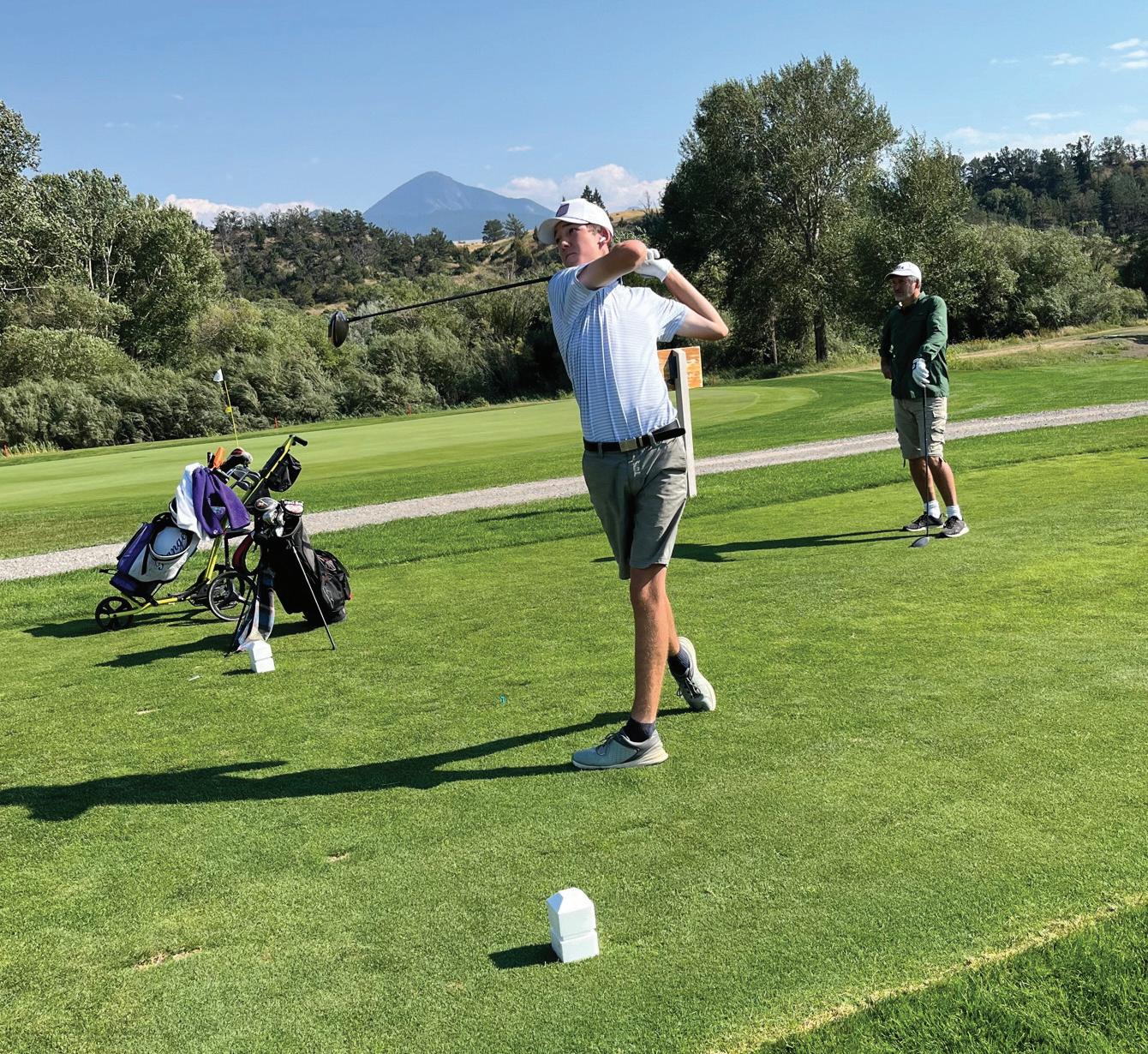
visit the Facebook page @ livingstongolf or the website at www. livingstongolfcourse.com.
Overland Golf Course in Big Timber offers a 9-hole, par-36 layout, with beautiful views and great course conditions.
Open since 1976, Overland Golf Course sits on 90 acres of land in Big Timber at 338 Big Timber Loop Rd. With water, sand and abundant landscaping, the terrain is assured to challenge and delight.
Club house manager Erik Sveum welcomes all visitors to play the course, but says calling ahead for a tee time is highly recommended. Green fees are $21 for 9 holes and $35 for 18 holes.
Cart rentals range from $10 to $30 based on when you play and how many holes.
A bucket of balls for the driving range is $5, or $3 for a small bucket. Golf clubs are available for rent for $10.
Overland has men’s and women’s golf leagues and 9-hole scramble tournaments on Fridays.
For more information, call the pro shop at (406) 932-4297.
 Aubrey Kelley watches his tee shot on a par-5 hole at Livingston Golf Course while his father, Chris, looks on.
Aubrey Kelley watches his tee shot on a par-5 hole at Livingston Golf Course while his father, Chris, looks on.

The Yellowstone Gateway Museum of Park County showcases artifacts, photographs, and stories of the local area and Yellowstone National Park.
Located in the former 1907 North Side School at 118 W. Chinook St. in Livingston, which is on the National Register of Historic Places, the museum’s collection of more than 75,000 items represents the area’s residents, businesses, and towns, including the railroad.
A new Yellowstone National Park exhibit joins other interactive permanent exhibits — Native Cultures, Pioneers, and Transportation. Temporary exhibits include a new juried art exhibit and sale, Celebrating Yellowstone; A History of Service: Park County Vietnam Veterans; A Military History of Park County; Chairs: Tales from the Seats of Our History; and Megafauna: Ice Age to Our Age. There are abundant family activities throughout the museum. Free Family Days programming is held from 10 a.m. to noon on the last Saturday of each month.





The Red Caboose, Oneroom Schoolhouse, Blacksmith Shop, and fire truck invite exploration of outdoor exhibits. Check out the museum’s website, https:// www.parkcounty. org/YellowstoneGateway-Museum/ for upcoming programs and events.
The museum is open year-round. Its hours of operation are Tuesday through Saturday, 10 a.m. to 5 p.m., with a noon closure on Saturday. Entrance fees are $5 for adults, $4 for seniors 62 and older, $4 for youth 13-18, and free for youth 12 and under.
The research center is available Tuesday through Friday, 10 a.m. to 5 p.m. Call for an appointment.
For more information, call Yellowstone Gateway Museum at (406) 222-4184 or email museum@parkcounty.org.
Join the museum on Facebook at Yellowstone Gateway Museum and Instagram at Yellowstone Gateway Museum MT.


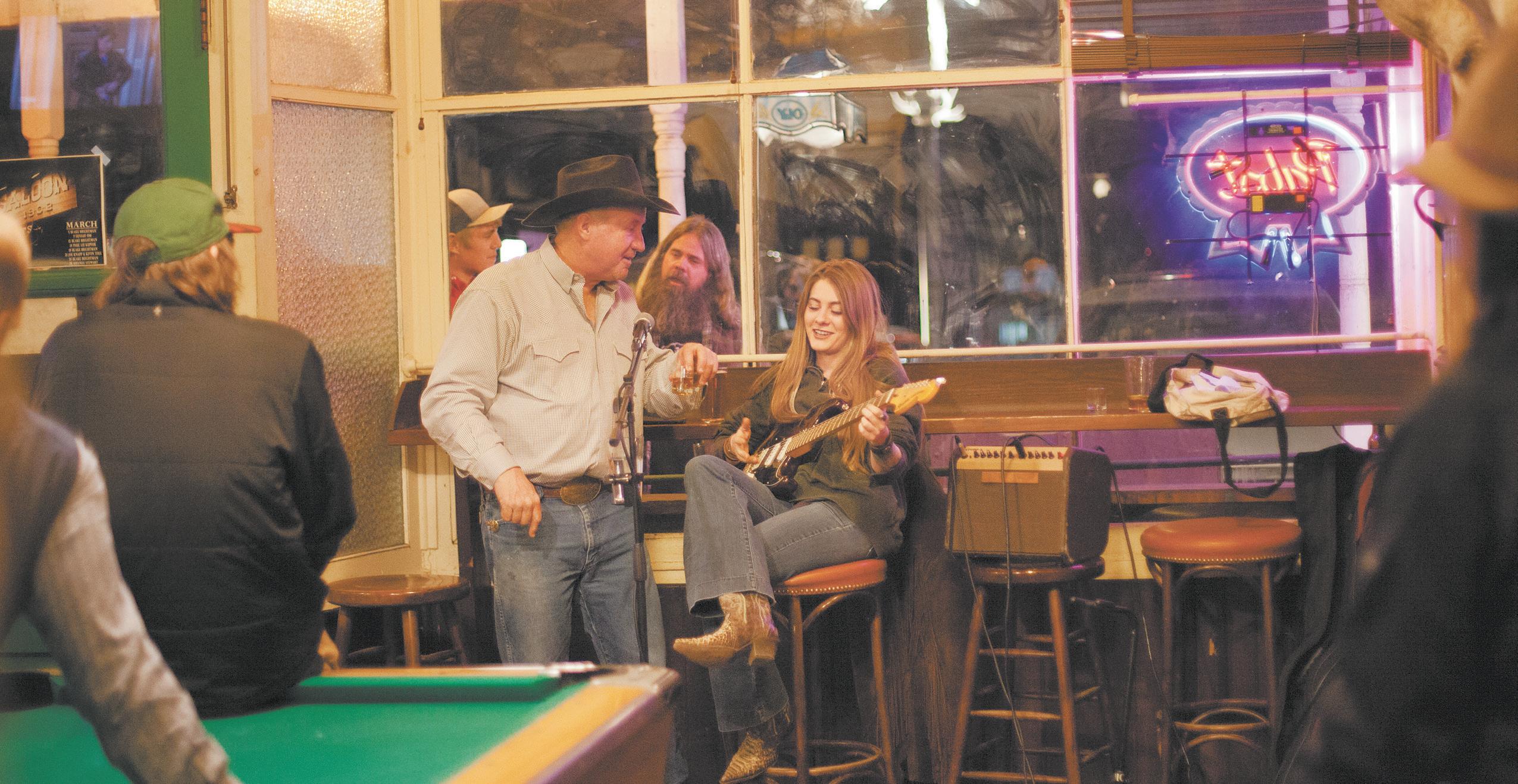


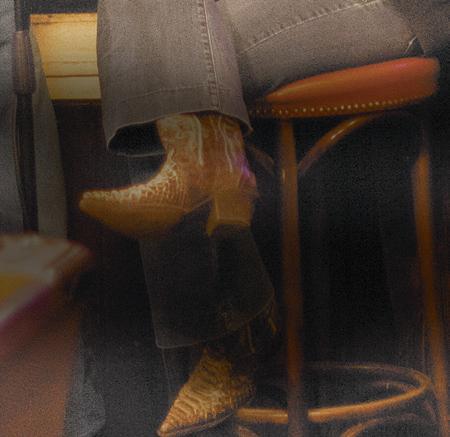
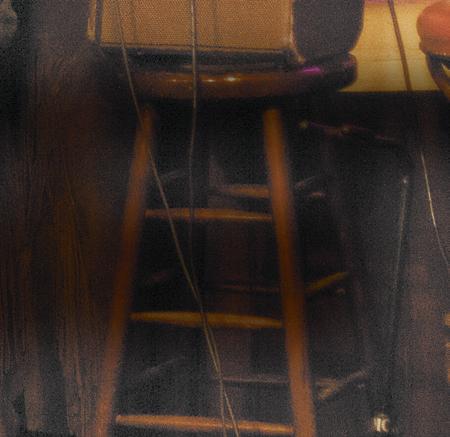
If it’s live music you’re after, you can find it year-round in Livingston
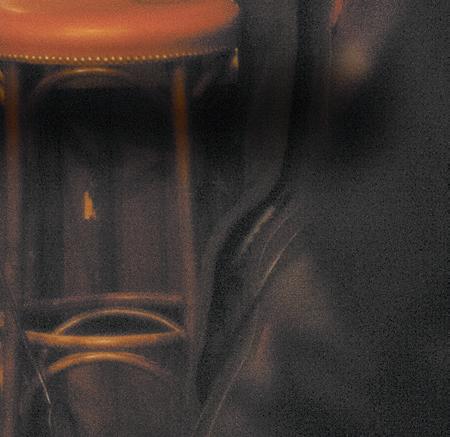
On weekend nights and some weekdays, you won’t have to wander far to hear the sound of music leaking from bars and venues around Livingston. Popular spots for live music include The Murray Bar, The Fainting Goat Pub, The Attic, The Mint Bar & Grill, The Owl Lounge and The Stockman.
Every Thursday night at The Stockman on Main Street is Honky Tonk Thursdays with alternating live country, acoustic and rock bands.
The Attic above the Whiskey Creek Saloon & Casino is also a hot spot for local and regional acts such as The Fossils, Laney Lou and the Bird Dogs, and The Waiting, a Tom Petty tribute band.
The Owl Lounge often features acoustic acts or music from a local deejay. The Fainting Goat Pub has live music every Monday, Thursday and Saturday night. The Murray Bar is a great place to see a band and dance the night away.
Paradise Valley, though peaceful in the daytime, is no slouch when it comes to nighttime entertainment.
Couples who like to dance won’t want to miss one of the dinner-and-dance shindigs that happen throughout the summer at the Music Ranch Montana, located only 11 miles south of Livingston on Divide Road. (Check https://www. musicranchmontana.net/en/ for the latest events.)
The Old Saloon in Emigrant hosts a live country band pretty much every weekend. In the summer, Follow Yer
Nose Barbecue and Pine Creek Lodge also have music.
Pine Creek Lodge has become a popular outdoors venue for live music and has hosted acts such as The Kitchen Dwellers, John Mayer, Pinky and the Floyd, and Dead Sky.
And on Friday and Saturdays, Chico Hot Springs hosts some of the best bands around for dancing, too.
Porchfest is a community music festival that showcases local bands right on front porches in Livingston neighborhoods. The festival is free for both attendees and musicians.
People are welcome to bring their own coolers, lawn chairs and instruments and jam on a street corner and join in on the fun as well.
Porchfest is fairly new to Livingston, but has been happening in other cities for some years. For more information, email porchfestlivingston@gmail.com.
The Livingston Farmer’s Market is held annually during the summer months at Sacajawea and Miles parks on Wednesdays starting in June. The Farmer’s Market features dozens of art vendors and live music from about 4:30 to 7:30 p.m.
Summerfest is another music festival that started in 2022 and features live music. The event is organized and conducted by the Lean On Me Foundation.



The beauty of the area has been captivating filmmakers for decades, and over the years many films have been shot in and around Livingston.
Livingston’s time on the big screen dates back to 1975, when “Rancho Deluxe” was filmed in town. The movie stars Jeff Bridges and Sam Waterston as two cattle rustlers in modern-day Livingston.
Songwriter Jimmy Buffett, who has ties to the area, contributed music for the film, including the song “Livingston Saturday Night,” which was in a scene set in a country and western bar.
The movie “The Horse Whisperer” was filmed in and around Paradise Valley in 1997. The film, which was released the following year, starred and was directed by Robert Redford.
“The Horse Whisperer,” which also starred Kristin Scott Thomas, Sam Neill, Dianne Wiest and a young Scarlett Johansson, is about a talented trainer (Redford) with a remarkable gift for understanding horses, who is hired to nurse an injured teenager (Johansson) and her horse back to health following a terrible accident.
Livingston Peak can be seen in the background of a few shots, and familiar views of Paradise Valley populate frames throughout the film.
Locals had roles in the movie, including Austin and Dustin Schwarz, who played the young twin boys.
Probably the most famous and beloved movie filmed in and around Livingston was “A River Runs Through It.”
Also directed by Redford, “A River Runs Through It” was filmed in 1991 in both Livingston and the Bozeman area. Scenes were shot on the upper Yellowstone, Gallatin and Boulder rivers.
One of the most recognizable shots of Livingston in “A
River Runs Through It” is of the Presbyterian Church in the opening scene of the movie. That role was played by Livingston’s Redeemer Lutheran Church, located on Fifth and West Lewis streets.
“A River Runs Through It” is based on Montana-native Norman Maclean’s semi-autobiographical novella, which was published in 1976. It is a story about the Maclean brothers — Norman and Paul — growing up in Missoula, Montana, with their father, a Presbyterian minister. The theme of the movie is the men’s love of fly-fishing the Blackfoot River and how it impacted their lives.
Not only was Livingston’s scenery featured in the film, but the knowledge of its people as well. Dan Bailey’s Fly Shop, now called Dan Bailey’s Outdoor Co., served as the lead fly-fishing consultants for the film.
Filmmakers are still taking advantage of Livingston’s beauty today. The film “Certain Women,” starring Laura Dern, Michelle Williams and Kristen Stewart, was filmed in Livingston in April 2015 and premiered in January 2016 at the Sundance Film Festival.
In 2021, Livingston native Carter Boehm and two business partners — Richard Gray and Colin Davis — opened a 40-acre movie set, the Yellowstone Film Ranch, in Park County. The site has already produced seven movies, such as “The Old Way” and “Murder at Yellowstone City,” and hosted numerous big-name actors such as Nicholas Cage, Richard Dreyfuss, Thomas Jayne, Anna Camp, Zach McGowan, and Gabriel Byrne.
Most recently, the film ranch hosted Alec Baldwin and crew with the filming and production of a Western flick called “Rust.”










Although it is a small Western town, Livingston — along with Paradise Valley, Gardiner and Big Timber, 35 miles to the east — has a very large selection of fine art galleries.
Many Livingston galleries have joined together to form the Livingston Gallery Association, which is dedicated to promoting and supporting the art and culture of Livingston, Montana.
This group organizes the popular Fourth Friday Summer


Art Walks. In 2023 they are being held on June 23, July 28, August 25, and September 22 from 5:30 to 8 p.m.
And normally a Holiday Art Walk is held in November — watch for an announcement later this year.
All the Livingston galleries are in the historic downtown within walking distance of each other.
The Livingston Gallery Association continues to increase its online presence with streaming exhibits, artist talks, demonstrations and more. Visit www. livingstongalleryassociation.com or find them on Facebook.




• 10 Gallery, 223 S. Main St., (406) 333-2534
• AD Maddox Studios, 114 N. B St., (307) 699-3912
• Alley Hats, 112 ½ E. Callender St.
• Avery’s Art Worx, 225 S. Main St., (406) 222-5974
• Blue Door Gallery, 113 W. Park St., (406) 333-2500
• Cactus Blossom Collective, 111 W. Callender St.
• Curated Closet, 117 S. Main St., (406) 222-5895
• Danforth Museum of Art, 106 N. Main St., (406) 222-6510
• Frame Garden, 101 S. Main St., (406) 222-5122
• Green Door Gallery, 120 N. Main St., (406) 224-4510
• Intervall, 115 E. Callender St., (202) 425-8112
• Livingston Center for Art and Culture, 119 S. Main St. (406) 222-5222
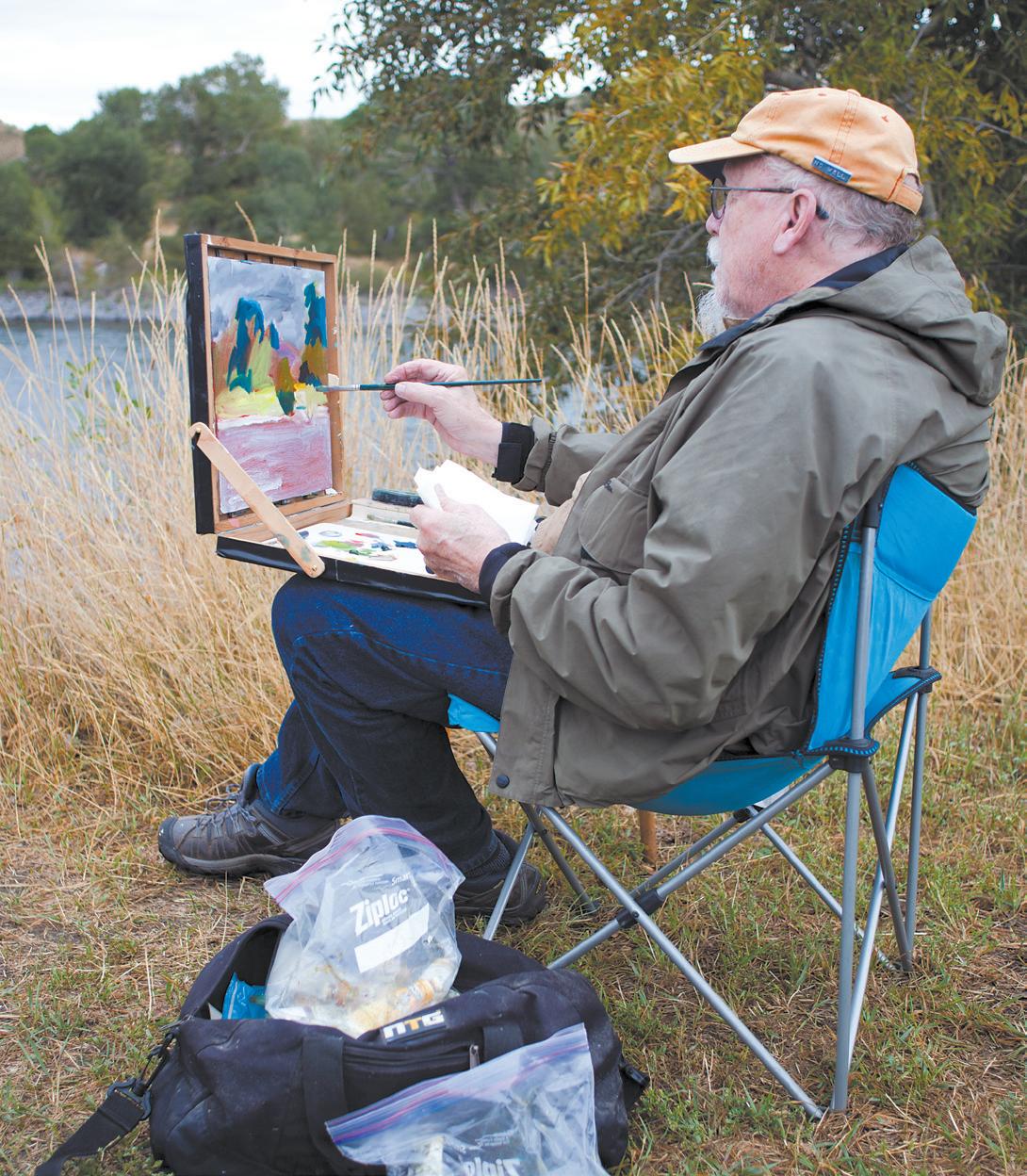
• Medicine Bird, 108 S. Main St., (406) 220-0230
• Mordam Art, 109 S. Main St., (406) 222-0321
• Park Photo, 115 S. Main St., (406) 223-5546
• Parks Reece Gallery, 119 S. Main St., (406) 222-5724
• Robert Osborn Gallery, 110 S. Main St., (406) 333-2283
• Raised by Wolves Studio, 131 N. Main St. (406) 224-2706
• Sheila Hrasky Gallery, 112 S. Main St. (406) 823-9813
• St. John’s Supply Co., 117 E. Callender St., (206) 579-6821
• Visions West Contemporary, 108 S. Main St. (406) 222-0337
• Soul Dog Studios, 203 S. Main St. (406) 946-2045
• Dawn Josephine, 9 E. Main St. (716) 812-9909

















Hrs: Mon.-Fri. 10 a.m.-5:30 p.m.
Sat. 10 a.m.-5 p.m. (406) 0855
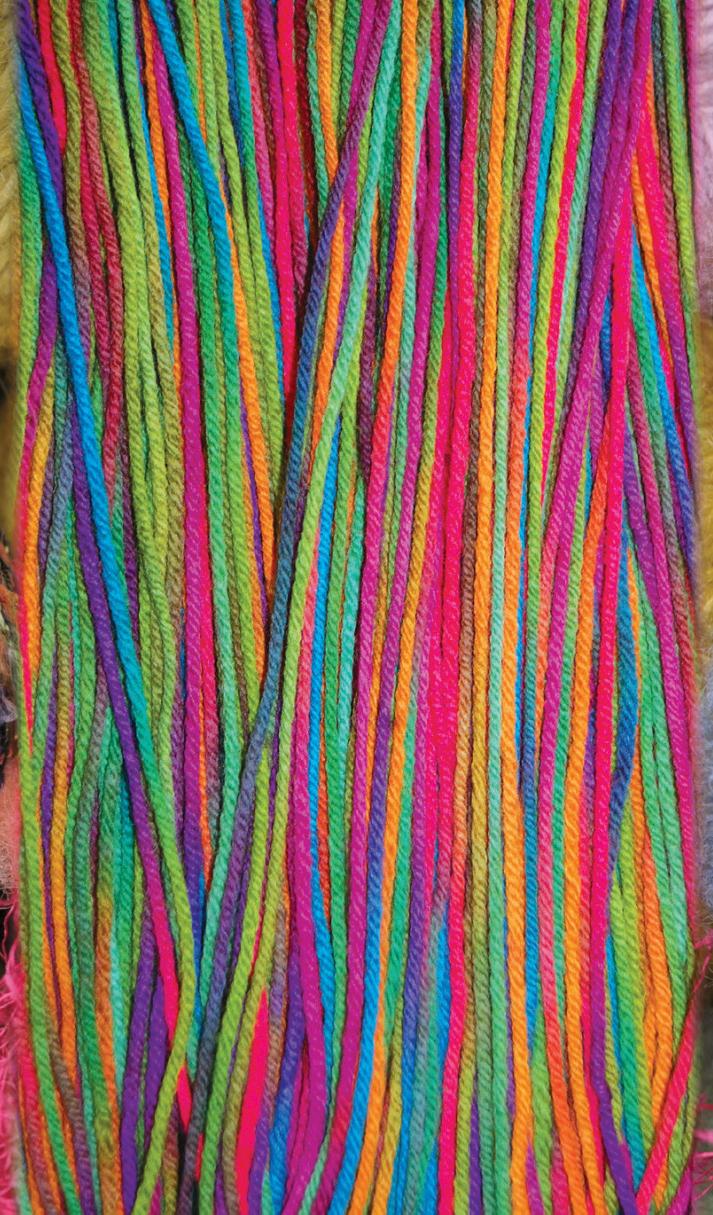
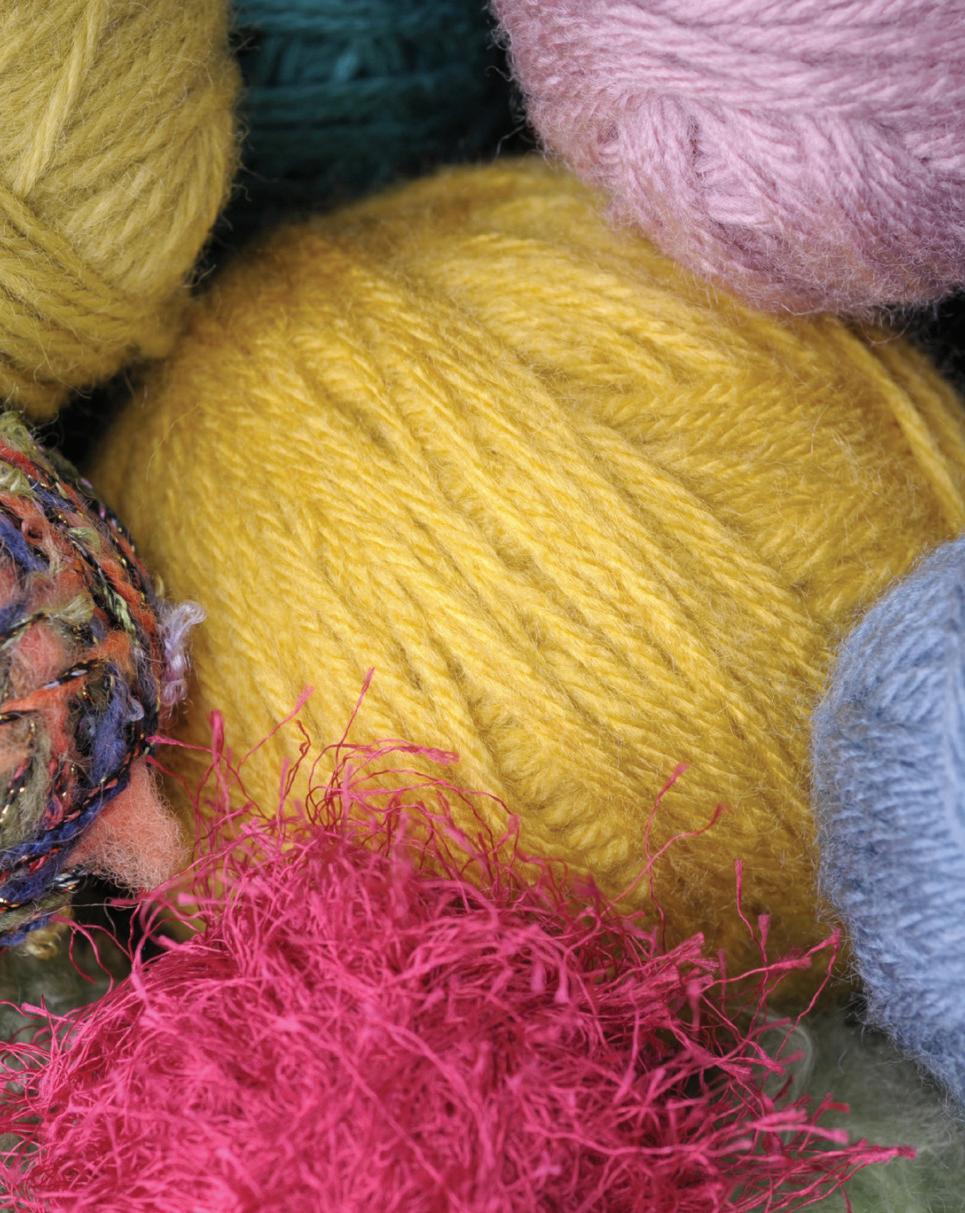



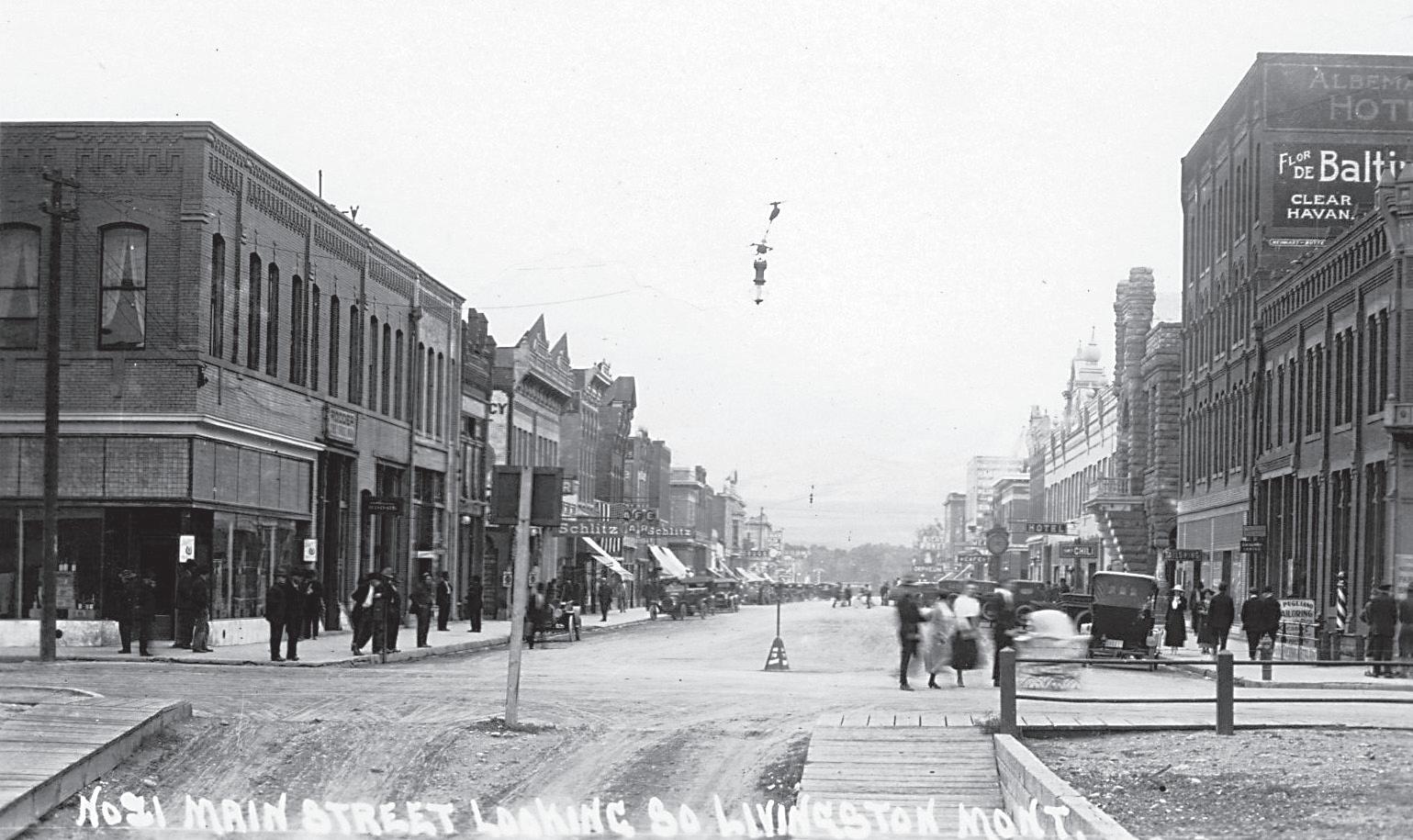
The history of the Livingston and Park County area was shaped by the early settlers who had dreams of building a city — and by the famous and colorful characters who passed through this area before and after the town’s founding in the late 1880s.
For at least 5,700 years, though, Native Americans had moved along the upper Yellowstone River corridor. The name of the mountains in southern Park County — the Absaroka Mountains — is in fact taken from the name the Crow called themselves.
In 1806, Capt. William Clark was one of the first white men to travel through what is now Park County. On Lewis and Clark’s return trip home, Clark, accompanied by Shoshone guide Sacajawea, separated from Lewis to explore the Yellowstone River valley. He camped near the mouth of the Shields River. Later, in 1844, famed trapper and mountain man Jim Bridger wintered up Emigrant Gulch on the east side of the Paradise Valley, according to historical documents based in part on Bridger’s own accounts.
He and the group of Crow he was with are said to have left a pile of buffalo, elk, deer and antelope skulls to mark the site.
Miners who found the monument in the 1860s learned only later it had been left by Bridger.
Decades later, the crews building the Northern Pacific Railroad pushed through the area, setting up camp in Livingston. By 1889 — the year of Montana’s statehood — Livingston had become a bustling railroad town complete with a thriving locomotive repair shop, an impressive downtown area and electric lights.
The year 1889 also saw a building boom to meet the demands for homes and businesses.
Also, Yellowstone River water rights were claimed for manufacturing and processing ore.
The seed that became Livingston was planted in 1882. In July of that year, the first permanent settlers came in search of a location for a railroad store.
A small community had already been established a few miles downriver at a place called Benson’s Landing, but when a man named Joseph J. McBride arrived, he came with orders to find another site to build a store.
It was to be a supply store for the Northern Pacific Railroad construction crew that was paving the way west for the iron horse. According to historical accounts, McBride arrived on July 14, 1882. Two days later, George H. Carver, who would
later become one of the city’s leading businessmen and a prominent figure in local politics, arrived at what is the present-day site of Livingston.
Carver and McBride pitched their tent on the 16th, making them the first local residents. Also arriving that day were 30 freight wagons drawn by 140 oxen and loaded with 140,000 pounds of merchandise.
The supply trade began in tents and then, according to the 1900 Livingston Enterprise newspaper souvenir edition, “On the first of August, 1882, this germ of a future city took on a business-like appearance.”
The early settlement was called Clark City. According to “The History of the Yellowstone Valley,” the entire encampment at Benson’s Landing moved upstream to the new community within 10 days of the freight train’s arrival. The original Clark City was located on Livingston’s southeast side.
B.F. Downen is credited with building the first permanent residence, and soon after that a saloon owned by Frank White was built.
Gradually, wooden buildings began to replace the tents, and the population began to grow.
By fall, the town was well established. An election poll in November of that year counted 348 votes for delegates to Congress. Clark City boasted a total of six general stores, two drug stores, two hotels, one hardware store, two restaurants, two watchmakers, three blacksmiths, two wholesale liquor dealers, two meat markets and 30 saloons.

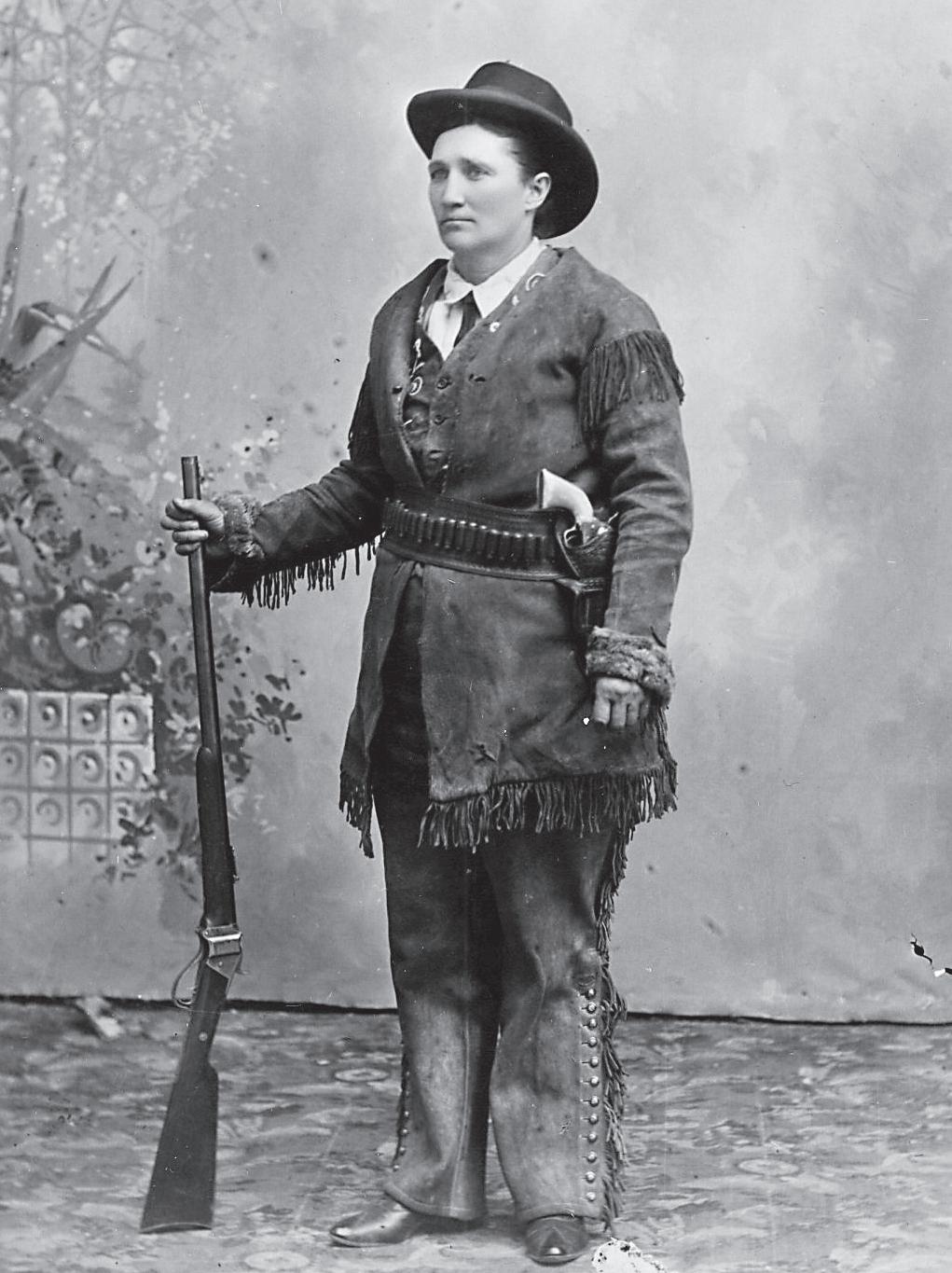
Clark City had begun to flourish, but the town’s residents were unaware that Northern Pacific officials had marked on their maps a town called Livingston at the same place.
According to “The History of the Yellowstone Valley,” the city was named for Crawford Livingston, a director of the Northern Pacific Railroad. In October, a post office was chartered for Clark City. In November, Livingston received its charter.
Also in November, the Livingston town site was surveyed and platted.
“The platting of the new town site was the death knell of the town of Clark City,” according to historic accounts in “The History of the Yellowstone Valley.”
In December 1882, the “new” town of Livingston sprang up a little northwest of Clark City near the railroad tracks. The site of Clark City is now within Livingston’s city limits, but at the time the distance between the two communities was thought to be considerable, so the Clark City businessmen moved to the new settlement to take full advantage of being near the railroad.
The first issue of the city’s first newspaper — the Livingston Gazette — was published on Dec. 19, 1882.
Livingston, along with Deadwood, S.D., were both the home of Calamity Jane, whose given name was Martha Canary. Known as a straight-shootin’, whip-crackin’ frontier woman, she at one time lived in a local hotel and ... in the local jail.
The future of the town was assured when the Northern Pacific Railroad decided to build its locomotive repair shops here in the late 1880s.
A huge repair shop complex was built to service the railroad’s fleet of locomotives. Hundreds of men worked in the shops and still more worked on the trains as engineers, brakemen and conductors.
At one time, more than 2,200 men worked for the railroad in Livingston.
Subsequent shop owner Burlington Northern Railroad closed the shops in 1986, but a regional railroad, Montana Rail Link, purchased the main line through southern Montana and established the repair facility Livingston Rebuild Center at the shops. Freight service was expanded and the shops reopened.
Later, Livingston Rebuild Center was bought by Talgo-LRC and the buildings were subsequently repurchased by Montana Rail Link.

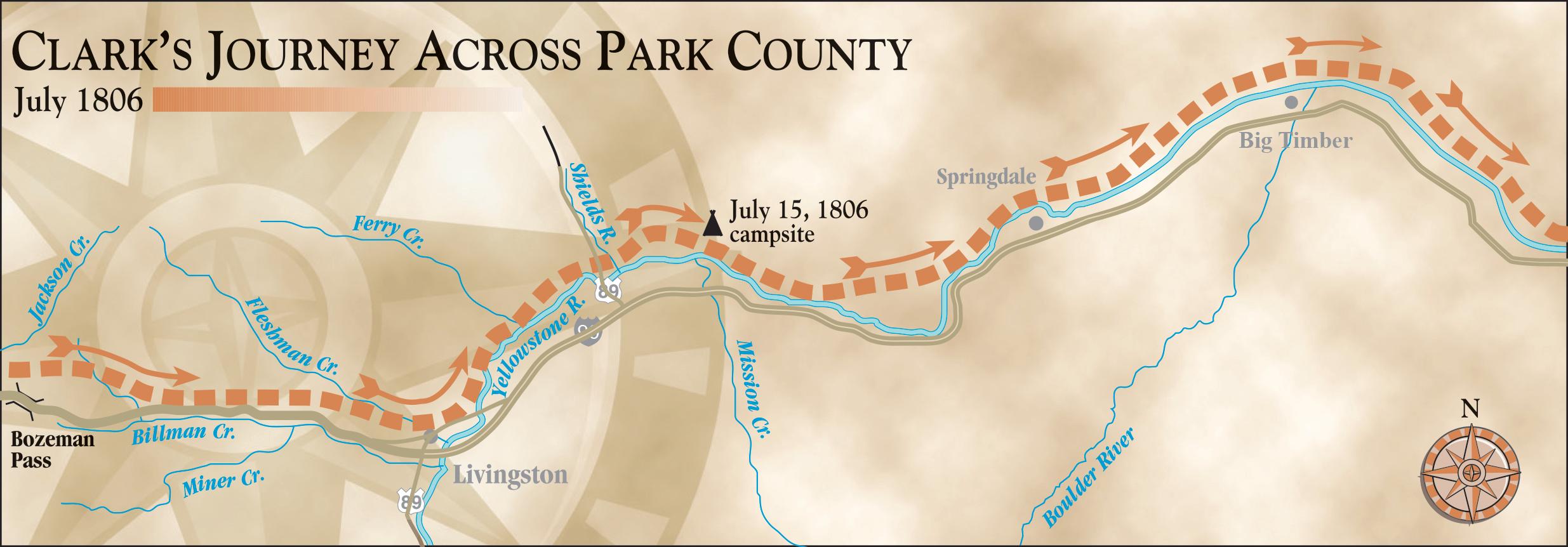
In the summer of 1806, during the Lewis and Clark Expedition’s return trip home, Capt. William Clark temporarily separated from Meriwether Lewis — who was traveling down the Missouri River — to explore the Yellowstone River Valley.
Clark was accompanied by the Shoshone guide Sacajawea, her baby, “Pomp,” and 10 men who were part of the Corps of Discovery.
On July 15, they arrived at the Yellowstone River — then called the “Rochejhone” — at what is present-day Livingston. There they took a few hours to rest their horses and prepare a meal.
There was a reason to rest the horses: Some of them were lame from traveling great distances over stony ground.
no luck.
“No other alternetive for me but to proceed on down untill I can find a tree Sufficently large ... to make a Canoe,” Clark wrote.
Clark found that wildlife was abundant in the Park County area. Several times he notes seeing large numbers of elk, antelope, bison, geese, “great numbers of beaver” and some bears, one of which he chased on horseback for 2 miles.
These animals are still in abundance in the area today.
“I had Mockersons made of green Buffalow Skin and put on their feet which Seams to releve them very much.”
– Capt. William Clark, on his group’s horses
“I had Mockersons made of green Buffalow Skin and put on their feet which Seams to releve them very much,” Clark wrote in his journal.
The party then followed the Yellowstone downstream. Late in the day, the group crossed the Shields River, which Clark himself named, and finally made camp a little farther downstream from where it enters the Yellowstone.
As the party traveled through the Park County area, following “an excellent, firm old buffalow road,” it was looking for cottonwood trees large enough to make canoes from, but had
The party continued following the Yellowstone into present-day Sweet Grass County and the Big Timber area.
Clark makes reference to a spot not far downstream from Big Timber where two streams enter the Yellowstone at nearly the same spot — the Boulder River from the south and, from the north, Big Timber Creek.
Clark’s group then followed the Yellowstone River northeast out of Montana until it joined Meriwether Lewis and his men.
For those wishing to see Park County’s beautiful countryside while learning about Clark in this area, try a driving tour of interpretive signs discussing the Corps of Discovery’s journey.
A dozen signs in places like the top of the Bozeman Pass, Livingston’s Sacajawea Park, Old Clyde Park Road and Sheep
CONTINUED ON PAGE

Looking down Livingston’s Main Street, the historic, Western atmosphere of this frontier town remains intact in many of the city’s buildings.
In the city’s residential neighborhoods and the downtown commercial district, several perfect examples of the town’s early buildings still stand preserved and restored — appearing as they did a century ago.
Historic preservation has been the cornerstone of Livingston’s restoration efforts. Nowhere in town is it more evident than in the downtown business district, where the facades of about 20 buildings have been restored to their original design.
Two Livingston architects relied on old photographs of each building to recreate the original appearance.
Passengers in that era boarded the Park Branch Line at the Northern Pacific Depot in Livingston, a building that has always been the most impressive piece of architecture in the city.
Built by the Northern Pacific Railroad in 1902, the building served as a passenger depot until rail passenger service was eliminated in the late 1970s. After serving as office space for the Burlington Northern Railroad, the depot was restored in 1987 to its original condition and transformed into a museum and center for community events.
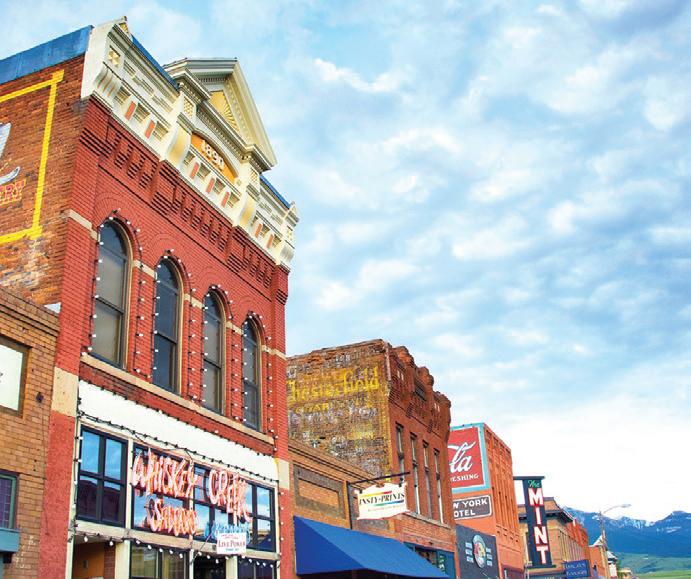
Buildings throughout the downtown area date back to the turn of the 20th century, when fancy brickwork and decorative cornices were popular. Names like Orschel, Danforth, Garnier and Frank — early Livingston businessmen who helped build the town — still mark the buildings.
Some old, faded signs — vestiges of early day businesses — are still visible on some of the buildings (be on the lookout for cigar and Coca-Cola ads). Many of the downtown buildings were once hotels to accommodate the tourists that came to Livingston.
Livingston was the original entrance to Yellowstone National Park, and it was here that rail passengers on the old Northern Pacific Railroad changed trains to catch the Park Branch Line to Gardiner.
CONTINUED FROM PAGE 72
Mountain offer interpretive facts of Lewis and Clark’s journey, such as native peoples met on the way, and the wildlife and vegetation observed.
A sign and statue at Livingston’s Sacajawea Park — named in the Shoshone woman’s honor — gives details of her life and her role during the epic journey.
For a driving tour map, stop by the Chamber of Commerce and Visitor Center at 303 E. Park St.
The depot is just one of several hundred buildings in Livingston listed on the National Register of Historic Places. In 1979, the entire city was surveyed to determine which buildings and homes qualified to be listed on the register. In all, more than 400 structures in several districts have qualified.
In addition to the downtown commercial district, three residential areas are listed on the register.
Three blocks west of Main Street is one historic residential neighborhood. Located on Yellowstone Street, the area was once home to many of the town’s founding fathers.
Another district listed on the register is located in the 300 block of South B Street. Once known as the infamous red light district, this area consists of the four look-alike houses on the east side of the street.
Another historic residential district is located on the east side of town in what was once the heart of the blue-collar area. It was here, in the area around G and Callender streets, that the majority of the Northern Pacific workers once lived.
Also, just west of Livingston off of Interstate 90 is a Lewis and Clark information display sponsored by the Great Bend of the Yellowstone Lewis and Clark Heritage Commission.
The display includes a map of the Corps’ journey through Park County as well as quotes from their journals describing the area. The display, off the eastbound lane, also includes Park County’s history after the Corps’ trip, and features notable historical figures like John Colter and Jim Bridger.Most recently, the film ranch hosted Alec Baldwin and crew with the filming and production of a Western flick called “Rust.”

Many area restaurants incorporate locally grown and locally raised products into their menus, as part of a growing trend to eat local.
Paradise Permaculture Institute is a diverse group that provides education and demonstrations to support sustainable food productions in Park County.
At Chico Hot Springs Resort in Paradise Valley, a greenhouse and a half-acre plot help provide vegetables for the historic Dining Room on the property. Currently, the greenhouse is being used to grow sweet and hot chili peppers to help serve as ingredients for house-made hot sauce, which is bottled and sold on site. Additionally the geothermally heated greenhouse supplies herbs, micro greens and tomatoes throughout the year.
Chef Dave Wells, at Chico, sources ingredients locally as much as possible, including grass-fed beef and pork from Barney Creek Ranch in Paradise Valley. Fresh and in season are the highest priority, and quality is never compromised. Every sauce and stalk is made from scratch. The restaurant also buys mushrooms from a grower in Missoula, as well as from local foragers, said Seabring Davis, co-owner with her husband, Colin Davis, of Chico Hot Springs.
Locally sourced menus even extend into the Livingston School District, thanks to the efforts of the Farm to School of Park County. Farm to School connects schoolchildren to healthy and local foods in school. Its programs are each designed to address the interrelated nature of food education, food access, food affordability and the need to construct healthy dietary patterns for children within the community’s economic constraints.
And, as part of their unique curriculum, each month they showcase a different Montana-grown food by serving it in a meal, conducting cafeteria taste tests and teaching lessons and activities surrounding both the nutritional and agricultural aspects of the food.
Beyond Livingston, the Farm to School programs extends into other Park County schools, including Shields Valley, Arrowhead and Gardiner schools. Learn more at www.F2SPC. org.



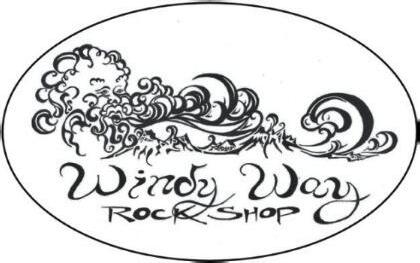


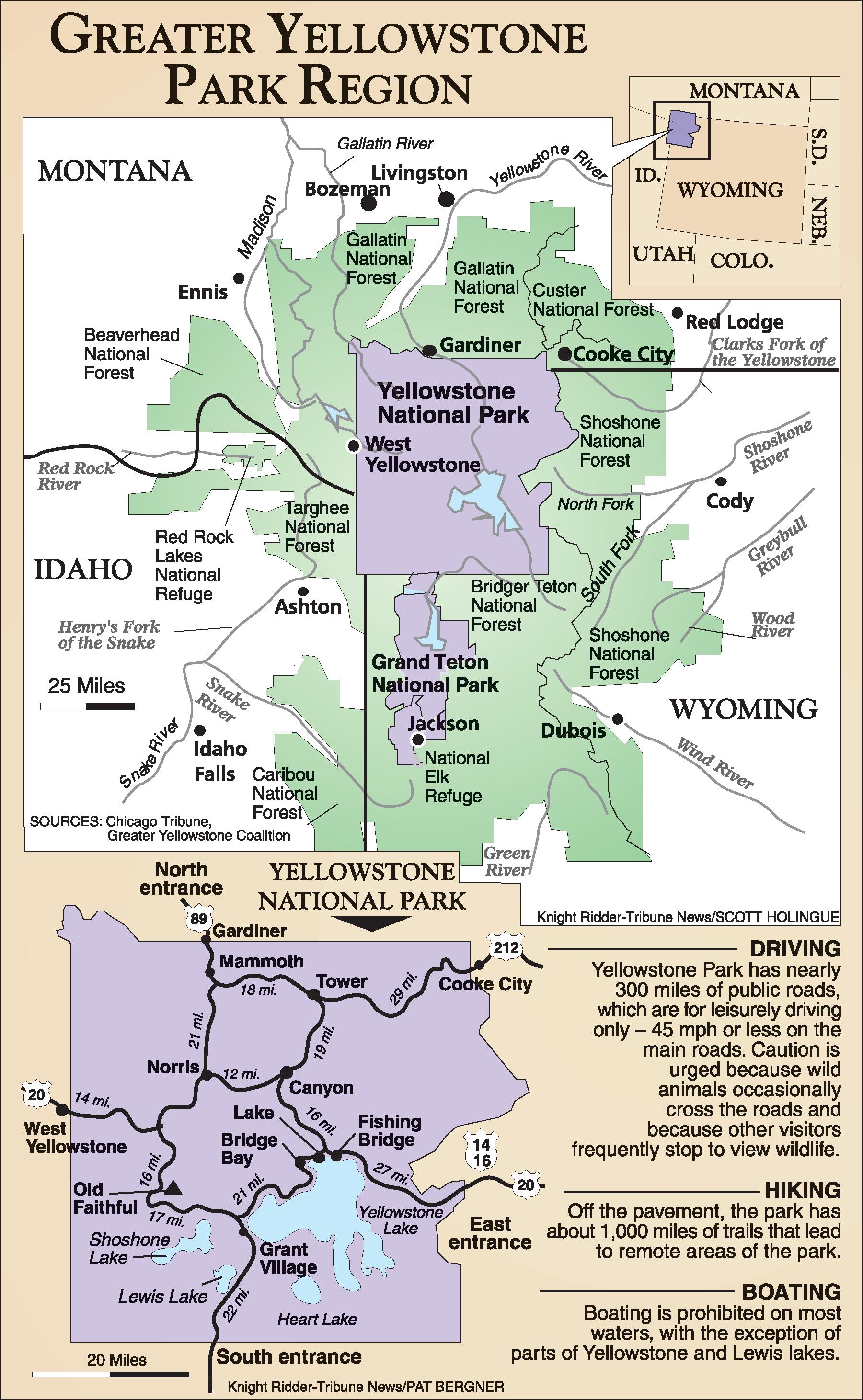


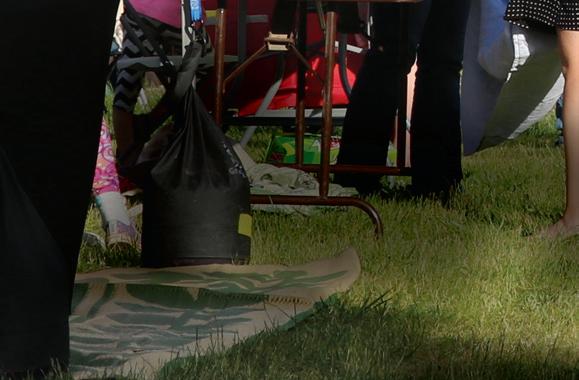
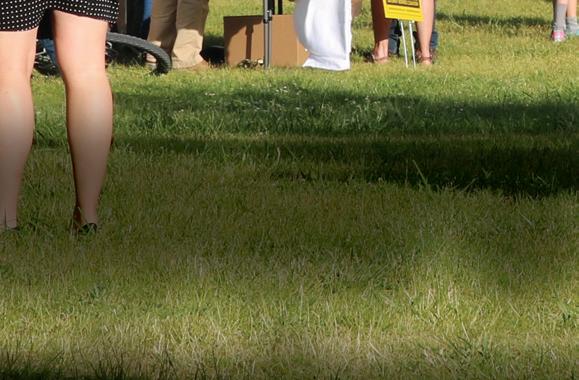
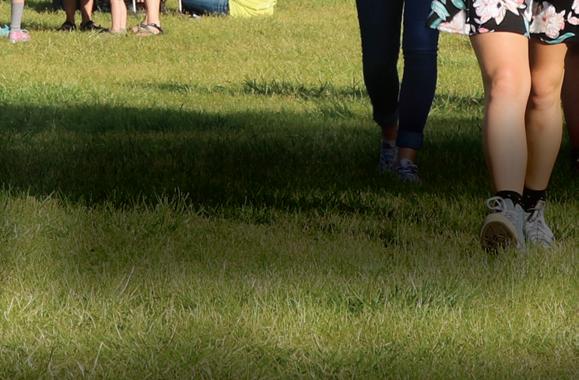
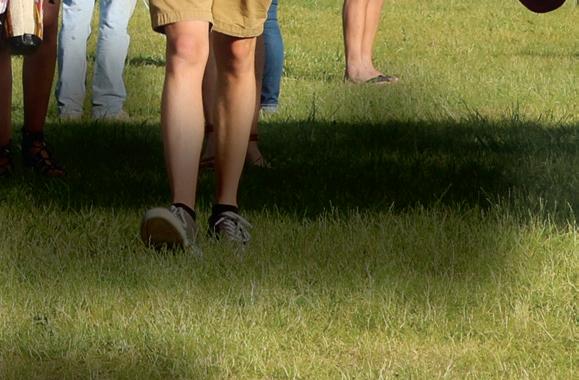
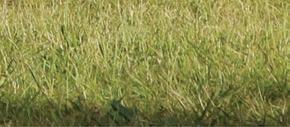
Farmers markets have always played a large role in bringing communities together through healthy, local foods, and the farmers markets in Park County are no exception..
The Livingston Farmers Market, a program of Western Sustainability Exchange since 2002, is held at Miles Park, next to the Livingston Civic Center. The market takes place from 4:30 p.m. to 7:30 p.m. every Wednesday, rain or shine, from the first Wednesday in June until the second Wednesday in September.
The Livingston Farmers Market features the freshest, healthiest food our region offers, from farm and ranch vendors
to baked goods, arts and crafts, prepared food vendors and local craft beer. Live music and special events create a lively community atmosphere, engaging and informing people of all ages. The market offers three food access programs for lowincome community members, including SNAP with Double SNAP Dollars.

Located on the banks of the beautiful Yellowstone River in the heart of Livingston Montana, the market is the perfect place to spend a weekday summer afternoon.
For more information, contact Western Sustainability Exchange at (406) 222-0730, or visit https:// westernsustainabilityexchange. org/livingston-farmers-market.
Another great market located within Park County is the Shields Valley Farmers Market.
The market features local produce, food products, artisans with their arts and crafts and live music, along with a great playground at both park locations.
The Shields Valley Market also features kids’ activities, appearances by the Livingston-Park County Public Library Bookmobile, a dinner vendor every week, live music and, on some occasions, horse-drawn wagon rides for kids of all ages.
The market runs 4:30-7 p.m. on Mondays, June 26 to Aug. 14, at Veterans Park in Wilsall and at Holliday Park in Clyde Park. The Shields Valley Market rotates between the two towns bi-weekly. See their website for specific dates and locations.
The Shields Valley Farmers Market includes produce from Highland Harmony Farms, Shields River Farm and Nursery and other local growers. The Farmers Markets also includes fresh local beef from Shields Valley ranchers.
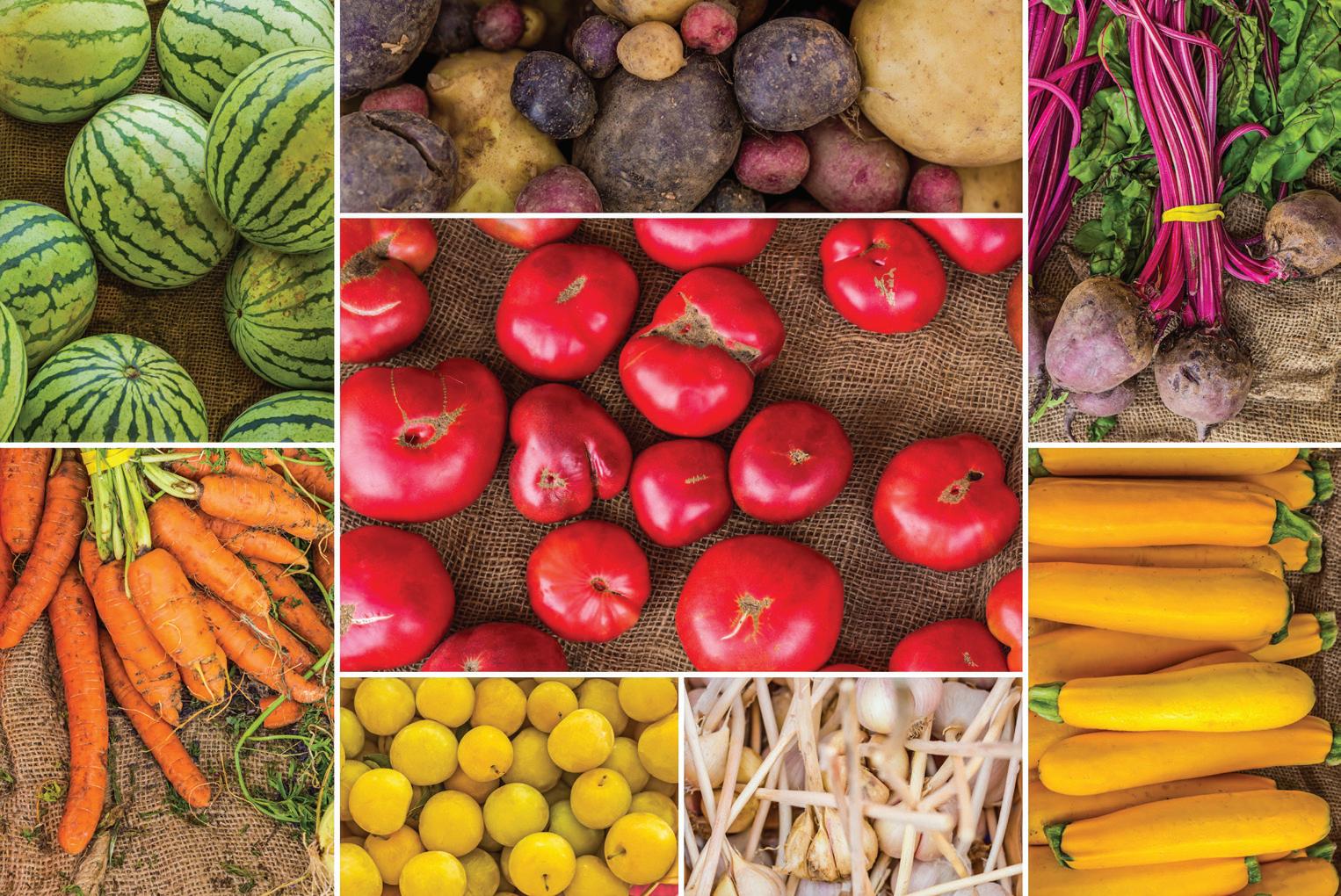
the Shields Valley.
Come for a relaxing dinner in the park while listening to live music and shop in these friendly, small, ranch communities in
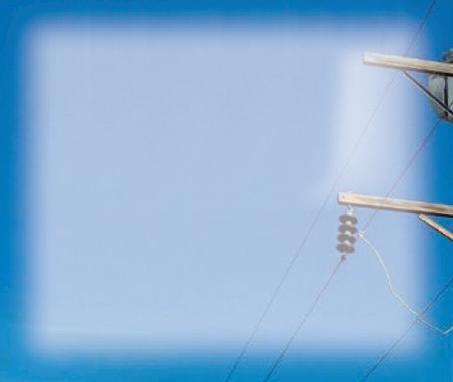

Thirty-five miles to the east of Livingston, the small town of Big Timber also hosts its own farmers market every Friday evening from July 14 to Sept. 8. The market is located at Lion’s Club Park, 103 E. Eighth St.


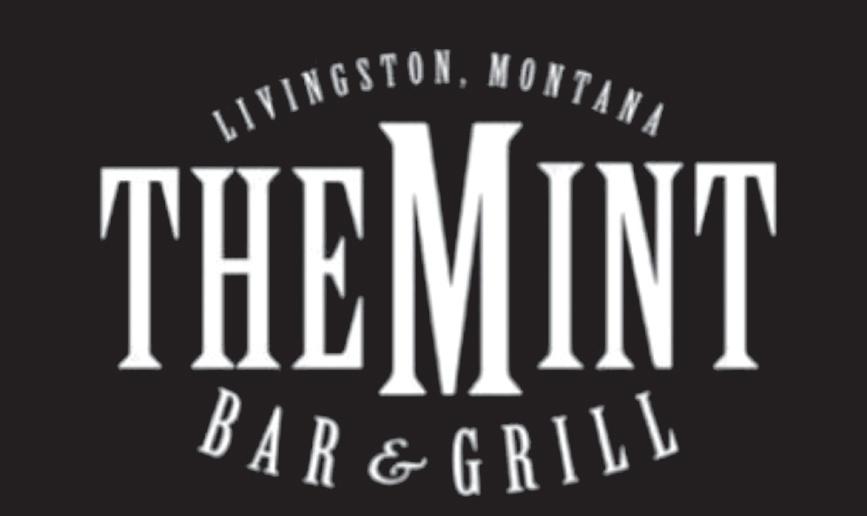
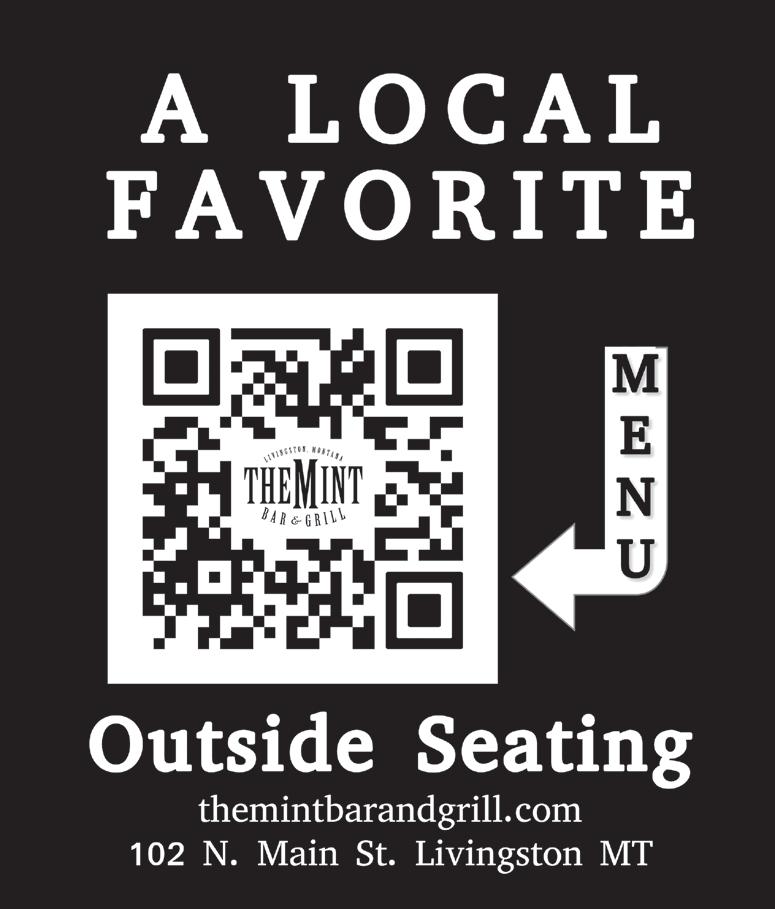

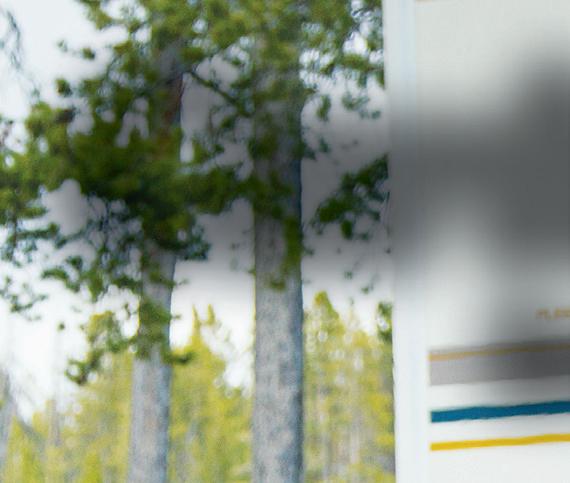
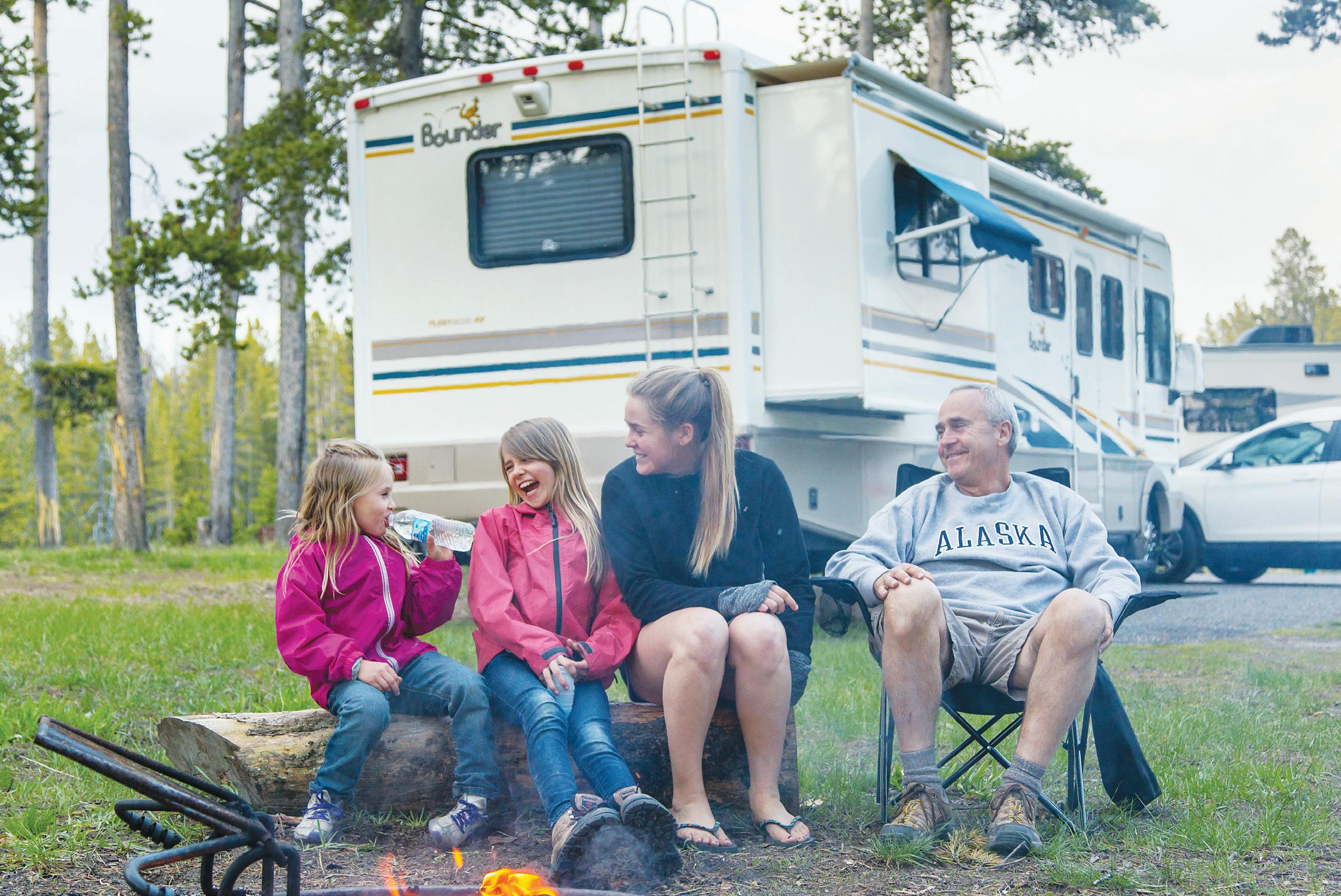


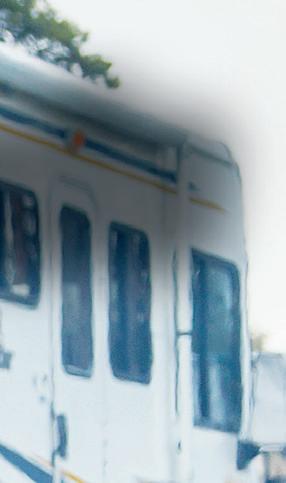
Hosting visitors is one of the things Park County does best. More than one quarter of Park County residents make a living serving tourists, and the number and variety of places to stay mean it’s easy for visitors to find just the right lodging for their idea of a perfect Montana vacation.
Trips to Yellowstone National Park often include at least one night at a campground or motel outside the park, and Park County, called the original gateway to Yellowstone, has plenty of both to offer. Campground sites and rooms do fill during the peak summer season, so planning ahead and being flexible are good ideas.
Park County itself is the destination for thousands each year who don’t visit Yellowstone. Anglers, hunters, backcountry hikers, skiers, photographers, artists and writers are a few categories of guests, but those categories tend to give way here in the presence of greater, shared things like landscapes and the big sky.
Park County’s mix of locals, tourists and seasonal residents requires a unique take on Western living, and spending a little time looking into lodging other than the mapped campgrounds and known motels can land a visitor a place to unwind after a day out that might seem like a little slice of paradise — a luxury resort, a historic downtown hotel, a working ranch, a guest house with a view, a bed and breakfast on the river, a yurt by a creek, a tepee in a field, a cabin in the woods or a vacation rental loved by a local who might share it in order to keep it in the family.
A visitor should consider the place to stay itself, but its location might be even more important. It may be near a hot springs, a road or a river access, in the middle of historic downtown Livingston, convenient to planned activities or part of a planned activity itself.
Taking care of guests is an art in Park County, and although visitors plan to spend most of their days here outside the places they choose to stay, inside they can expect to find outstanding Montana hospitality with a distinctive Park County flair.
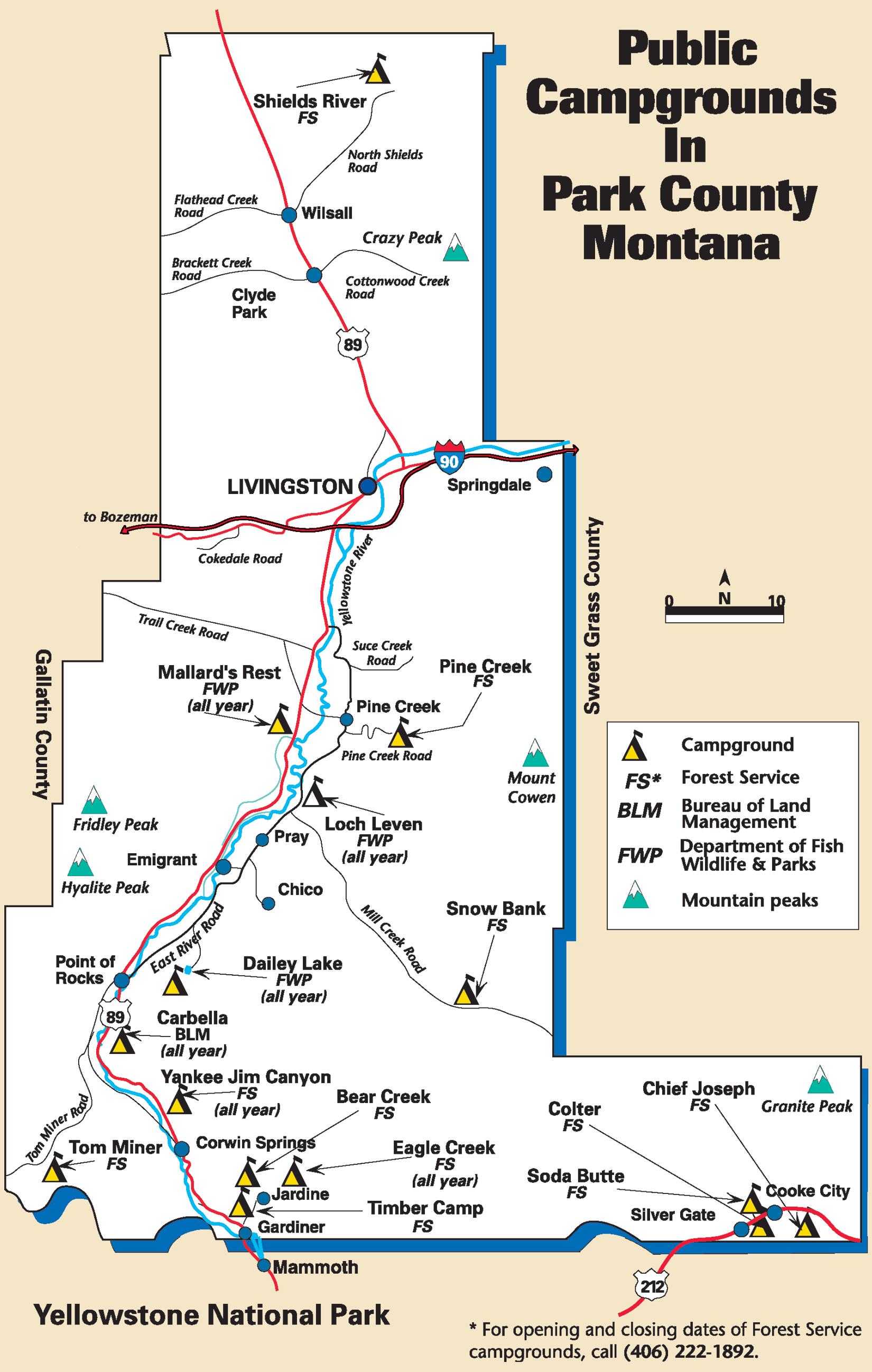












Montana Office of Tourism (800) 847-4868
Xanterra Travel Collection (307) 344-7901
Yellowstone National Park switchboard (307) 344-7381
Tourism regions:
Custer Country ......................................... (800) 346-1876
Glacier Country ......................................... (800) 338-5072
Gold West Country ................................... (800) 879-1159
Missouri River Country .............................. (800) 653-1319
Russell Country ........................................ (800) 527-5348
Yellowstone Country .................................. (800) 736-5276
STATE, FEDERAL, MISCELLANEOUS
Road Report ............................................................... 511
Montana Highway Patrol
non-emergency assistance855-MHP-3777 (855-647-3777)
Montana Fish, Wildlife & Parks .................... 406) 444-2535
U.S. Forest Service (Livingston office) ......... (406) 222-1892
NorthWestern Energy (888) 467-2669
CHAMBERS OF COMMERCE IN THE AREA
Belgrade .................................................. (406) 388-1616
Big Timber Pioneer newspaper (406) 932-5298
Pioneer Medical Clinic (406) 932-4199
Sweet
Glacier Park (406) 888-7800
Karst Stage bus services (Bozeman) (406) 556-3500
or (800) 845-2778
Big Timber ................................................ 406) 932-5131
Billings .................................................... (406) 245-4111
Bozeman .................................................. (406) 586-5421
Cooke City, Colter Pass, Silver Gate (406) 838-2495
Gardiner (406) 848-7971
Livingston (406) 222-0850
Red Lodge (406) 446-1718
West Yellowstone (406) 646-7701






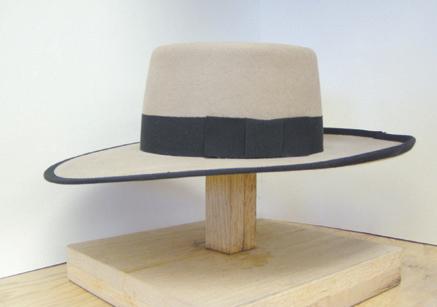



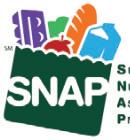





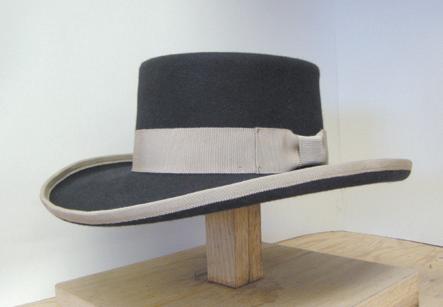
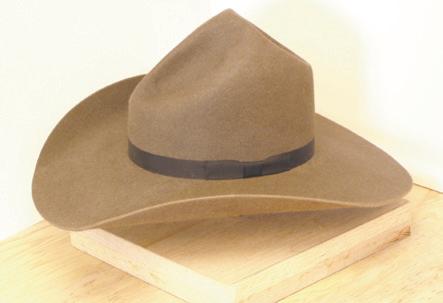
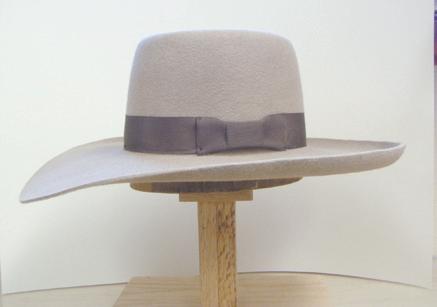
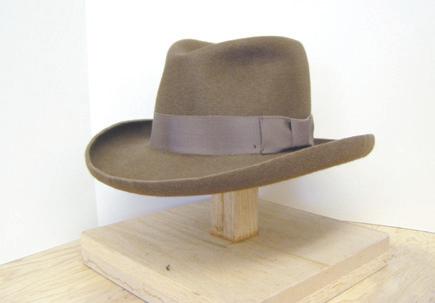
AMERICAN LUTHERAN CHURCH (ELCA)
Pastor Melissa Johansen. F and Lewis streets. Sunday worship 9 a.m. Elevator available. Phone 222-0512.
BAHA’I FAITH
For meeting times and information, call toll free 1-800-22UNITE (228-6483). Online: www.Bahai.org.
CATHOLIC CHURCHES
Fr. Garrett Nelson, pastor. Phone 222-1393. Mass times are as follows:
Livingston-St. Mary’s
• Saturdays: 6 p.m. year-round
• Sundays: April through September, 10:30 a.m.; October through March, 8 a.m.
Gardiner-St. William’s
Sundays: April through September, 8 a.m.; October through March, 11 a.m.
Clyde Park-St. Margaret’s 4 p.m. Saturdays year-round
Big Timber-St. Joseph’s 4 p.m. Sundays year-round
CHURCH OF JESUS CHRIST OF LATTER DAY SAINTS
Livingston Ward, Main and Summit streets. Bishop Trevor Strupp. On Sunday: 10-11:10 a.m., Sacrament Meeting; 11:10-noon, Sunday School; 12:05-1 p.m. — Relief Society, Priesthood, Young Men, Young Women, Primary. On Wednesday at 7 p.m.: Young Men, Young Women and Scouts. Phone 222-3570.
CHURCH OF JESUS CHRISTOF LATTER DAY SAINTS
Yellowstone North Branch, Gardiner, at 12 White Lane. David Gilbert, Branch President. On Sunday: 10-11:10 a.m., Sacrament Meeting; 11:10-noon, Sunday School; 12:05-1 p.m. – Relief Society, Priesthood, Young Men, Young Women, Primary. On Wednesday at 7 p.m.: Young Men, Young Women and Scouts.
CONGREGATION BETH SHALOM
2010 West Koch, Bozeman. Phone 556-0528.
EMMAUS LUTHERAN church (LCMS)
Rev. Daniel Merz. 801 E. Park St., Livingston. Sunday schedule: 9 a.m. Bible Class, 10 a.m. Divine Service. Email: pastormerz@gmail. com. Website: www.emmauslutheranmt.org.
EXPEDITION CHURCH
27 Merrill Ln., Livingston. Pastor Darryl Brunson. Sundays: Coffee fellowship, 10 a.m. and worship gathering, 10:30 a.m. Phone: (406) 224-1774; web: www.expeditionmt.org.
FIRST BAPTIST CHURCH(C3) CROSSING COMMUNITY CHURCH)
B and Lewis streets, Livingston. Pastor Bryce Maurer. Sunday worship, 10:45 a.m.; Tuesdays, Arize youth group, 6-8:15 p.m.; and Saturdays, Women’s Gathering, 10 a.m. Free Clothes Closet open
2-4 p.m. the second and fourth Sundays of the month. Phone (406) 222-1603.
FIRST CHURCH OF CHRISTSCIENTIST, BOZEMAN
502 S. Eighth Ave., Bozeman. Sunday Service and Sunday School 10 a.m. Wednesday evening testimony meeting 7:30 p.m. Child care provided at both services. Reading room located at church, open before and after all services. Church phone 586-5819. All are welcome.
GARDINER BAPTIST CHURCH
U.S. Highway 89 in the center of town. Pastor Britton Gray. Sunday: Bible study 9:30 a.m.; worship service 11 a.m., with lunch following; Bible study 6:30 p.m. Wednesday: Bible study at 6:30 p.m. Phone 848-2134.
GARDINER COMMUNITY CHURCH
318 Main St. in Gardiner. Rev. Jeff Ballard. Sunday worship service at 10:15 a.m. Phone (406) 848-4060.
GRACE UNITED METHODIST CHURCH
302 S. Ninth St., Pastor Mari-Emilie Anderson. See United Methodist churches listing.
HOLBROOK UNITED METHODIST CHURCH
West Lewis and S. Fifth Street. Pastor Mari-Emilie Anderson. See United Methodist churches listing.
KINGDOM HALL OF JEHOVAH’S WITNESSES
1505 E. Gallatin St. Sunday: Public talk and Watchtower study, 10 a.m.; Tuesday: Midweek meeting, 7:30 p.m. Phone 222-7564.
LIVING HOPE CHURCH
Come and grow with good news and grace. Corner of Third and Clark streets. Sundays: 8 a.m. traditional worship, 9:30 a.m. and 11 a.m. contemporary worship, 7 p.m. high school youth group. Wednesdays: 6:30 p.m. grades K-5 Hope Kids, 7 p.m. middle school youth group. Fridays: 7 p.m. Celebrate Recovery 12-step program. Contact: Pastor Shad Durgan, Youth Minister Wes Theis or Children’s Minister Shary Noble, 222-1577. Website: www. livinghope.church.
LIVINGSTON BIBLE CHURCH
325 N. Fifth St. Monty Casebolt, pastor. Sunday worship service, 10:30 a.m.; Sunday School, all ages, 9:30 a.m.; Sunday evening prayer service, 7 p.m.; Awana (Sept.-April) on Wednesday evenings, 6:30 p.m. to 8 p.m., starting Sept. 18. For more information, call 222-2714.
LIVINGSTON CHRISTIAN CENTER (ASSEMBLIES OF GOD)
1400 Mount Baldy Drive. Kraig Hayden, lead pastor. Sunday: Everyone welcome for coffee time at 9:30 a.m. and worship service 10 a.m. (nursery available). Also on Sunday: children’s services 10 a.m. Awana for boys and girls and Youth Group 4-6 p.m. runs fall through spring. For more information, call 222-3144.
LIVINGSTON CHURCH OF CHRIST
10th and Park streets. Pastor Mark Donaldson. Sunday School 9:30, a.m. Sunday worship service, 10:30 a.m. Wednesday Bible class, 6 p.m. Phone 222-2017.
LIVINGSTON CHURCH OF GOD
O and Callender streets. Ed Parrent, pastor. Sunday morning service, 10:30 a.m. Phone 223-3466.
MOUNTAIN BIBLE CHURCH
18 Pine Meadow Road (off Pine Creek Road and Highway 89 South). Pastor Brandon Reagor. Sunday morning service, 10 a.m. Nursery and children’s ministry provided weekly. Community Groups meeting in town and in the valley. For more information, call (406) 219-7689 or e-mail info@mtbible.org.
MOUNTAIN SPRINGS BAPTIST CHURCH
626 N. 13th St. Pastor Justin Sutherland. Sunday morning worship, 11 a.m. Family oriented, independent Baptist church with biblical teaching. For more information, call 222-1240.
MT. REPUBLIC CHAPEL OF PEACE
Located on U.S. 212 between Silver Gate and Cooke City. Sunday Services: October-May, 9:30 a.m.; June-September, 8 a.m. and 10 a.m. Phone 838-2397.
PARADISE VALLEY COMMUNITY CHURCH
1772 E. River Road. Pastor Andrew Alberda. Sunday School for all ages, 9 a.m.; coffee fellowship, 10 a.m.; Sunday worship and children’s church, 10:30 a.m.. Web: www.paradisevalley.church.
PINE CREEKUNITED METHODISTCHURCH
A historic, rural church 14 miles south of Livingston on East River Road. Pastor Mari-Emilie Anderson. See United Methodist churches listing.
REDEEMER LUTHERAN CHURCH (ELCA)
Fifth and Lewis streets. Sunday worship at 11 a.m. Holy Communion first and third Sundays. Elevator available. Phone 2221175.
SEVENTH-DAY ADVENTIST
1 Guthrie Lane. Saturday: Church service at 11 a.m. and Sabbath School at 9:30 a.m. Phone 222-7598.
SHIELDS RIVER LUTHERAN CHURCH (ELCA)
105 Ordway St., Wilsall. Worship at 9 a.m. Phone 578-2212.
SHIELDS VALLEY BIBLE CHURCH
West side of Clyde Park, 405 Fifth St. West. Pastor Glen Heilig. Sunday School, 10 a.m.; Sunday morning worship service, 11 a.m.; youth group on Wednesdays Sept.-May, 7 p.m.; Awana (Sept.-April) at the Community Center Wednesdays, 6:30 p.m. Phone 686-4708.
SHIELDS VALLEY UNITED METHODIST CHURCH
Pastor Mari-Emilie Anderson. See United Methodist churches listing.
ST. ANDREW’S EPISCOPAL CHURCH
Third and Lewis streets. Rev. Kristin Orr. Sunday worship 10:30 a.m., Sunday School also at 10:30 a.m. Website: www. saintandrewsepiscopalchurch.org. Phone 222-0222.
ST. ANTHONY THE GREAT ORTHODOX CHURCH
2005 Love Lane, Bozeman. Rev. David Morrison, priest. Saturday: Great Vespers 6 p.m.; Sunday: Matins 8 a.m., Divine Liturgy 9:30 a.m., Church School 8:55-9:25 a.m.; Wednesday: Vespers 6 p.m., Orthodoxy 101 Class 7 p.m.; Friday: Matins 6:30 a.m. Phone (406) 600-7409. Web: www.orthodoxbozeman.org.
ST. JOHN’S EPISCOPAL CHURCH
Emigrant. Rev. Kristin Orr. Sunday Holy Eucharist, 8 a.m. Website: www.stjohnspv.org.
ST. MARK’S CHURCH UNIVERSAL & TRIUMPHANT
Located at the corner of D and Lewis streets. Sunday worship service 10:15 a.m. Wednesday evening service 6:30 p.m. Both services open to the public. Phone (406) 222-7135.
ST. PAUL’S LUTHERAN CHURCH (WISCONSIN SYNOD)
Twelfth and Geyser streets. Rev. Paul Stern. Sunday service, 10:15 a.m.; Bible study and children’s Sunday School, 9 a.m. Phone 2223372.
UNITED METHODIST CHURCHES
Pastor Mari-Emilie Anderson. Holbrook, Grace, Pine Creek and Shields Valley United Methodist churches have joined together in cooperative ministry. Worship is led by lay leaders and guest speakers. No services are held in the Shields Valley Church.
The first, second and third Sunday services are held in each church at their respective times: 8 a.m. at Grace; 9:30 a.m. at Pine Creek; 11 a.m. at Holbrook.
There is a Zoom worship option at 9:30 a.m. for the first, second and third Sundays (ID#: 794 678 137; PW: hopelives).
The joint fourth Sunday service will be a discussion/speaker called Brunch, Songs & Surprises. This joint service will be held at 11 a.m.
For any fifth Sunday there is Worship Without Walls, where people worship through service in the community. Public announcements of this event will be made at the time.
Website: www.MethodistsOnTheYellowstone.org; email: office@MethodistsOnTheYellowstone.org; pastor: pastor@ MethodistsOnTheYellowstone.org; Facebook: Park County United Methodist Ministries; Phone: (406) 222-1041, leave message.
Interim online pastor, Christie American Horse. View our worship sermons online on Facebook: Valley Shepherd Church of the Nazarene (Livingston). Message your prayer requests to us and join us online. For more information, call or text the pastor at 223-1072.
110 Liquin Hill Rd. (west of U.S. Highway 89 North; take Clark Street to Liquin Hill Road). Stephen Fanning, pastor. Church office phone, 578-2004. Sunday School 9:45 a.m. Worship service 10:45 a.m. Youth group Wednesdays 7 p.m. Women’s Bible study Mondays 7 p.m.
At Mammoth Hot Springs in Yellowstone National Park, Wyoming. Rev. Jeff Ballard, pastor. Service at 8:30 a.m. Phone (406) 8487300.

There are lots of ways to get around in
There are a variety of ways to get around Livingston and the surrounding area: by bus, taxi, air or even with outfitting and guide services.
Bozeman Yellowstone International Airport, located west of Bozeman at Belgrade, is the closest commercial airport and is served by Alaska, Allegiant, American, Delta, Jet Blue, Sun Country, Avelo, Southwest and United. Flights can be booked at https://bozemanairport.com.
Karst Stage of Bozeman provides charter services, trips and tours and shuttle services for groups. The company can be reached by calling (800) 845-2778 or (800) 287-4759.
Meanwhile, in Park County, private planes may land at Mission Field east of Livingston, where services such as charters, fueling, tie-down and minor repairs are available. Contact Yellowstone Air Service at (406) 222-6504.
Also, several pilots around Park County offer scenic flights.
To the east of Livingston, the Big Timber airport is also serviced by Yellowstone Air Service. Call (406) 930-1040 Monday through Friday, or (406) 932-4389 on weekends.
Amazing Taxi, a Livingston-based taxi service, can be reached at (406) 223-5344.
Car rentals in Livingston are available at Yellowstone Country Motors, 1415 W. Park St., (406) 222-8600.
For those floating the Yellowstone River, shuttle services are available to take your automobile from where you put in to where you plan to take out. Inquire at local fishing and tackle stores.
Meanwhile, Livingston’s Windrider Transit provides a free, fixed-route, 13-passenger bus service within Livingston city limits. All vehicles are ADA accessible and equipped with lifts. Windrider operates 6:15 a.m. to 6:15 p.m. Monday through Friday and 8 a.m. to noon on Saturday. An online fixed-route
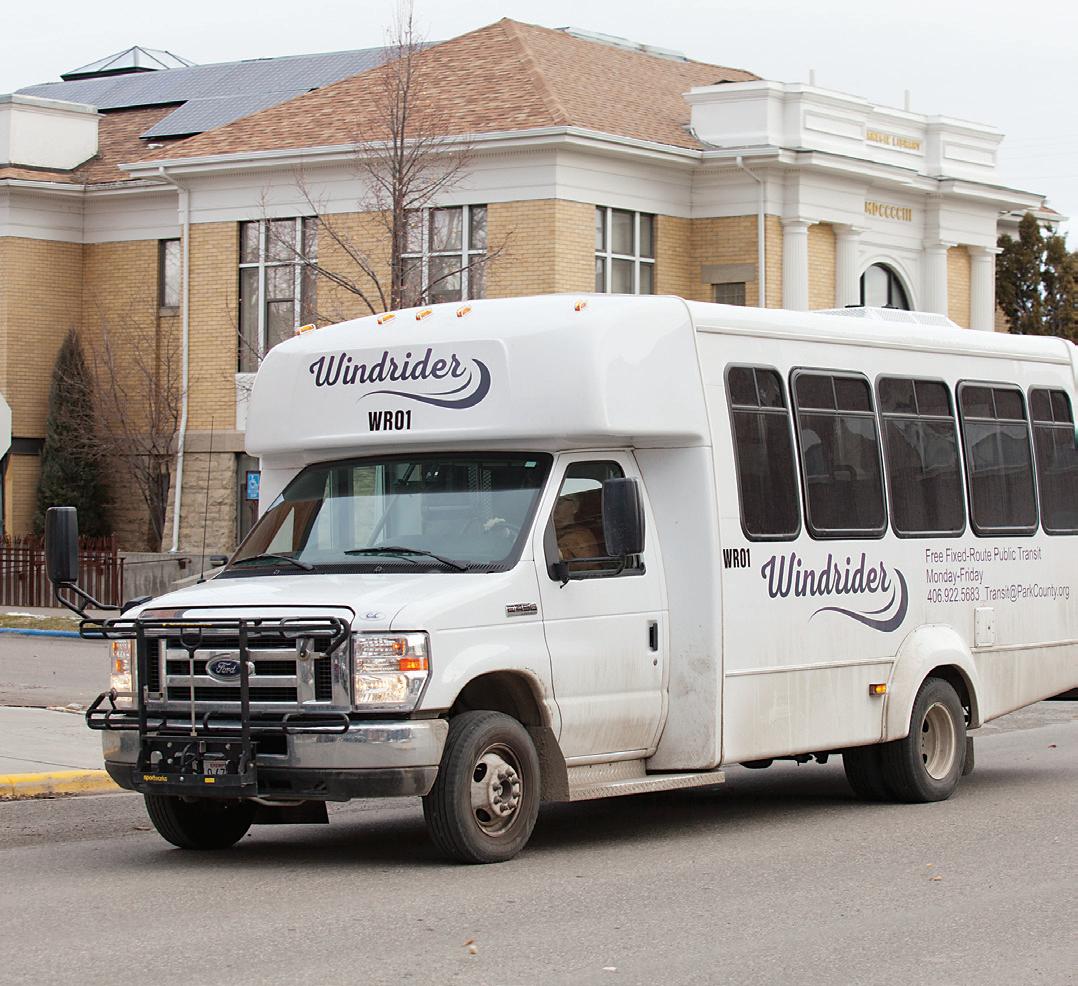
map can be found by going to http://www.parkcounty.org/ Government-Departments/Transit. For more information on Windrider, call (406) 922-5683.
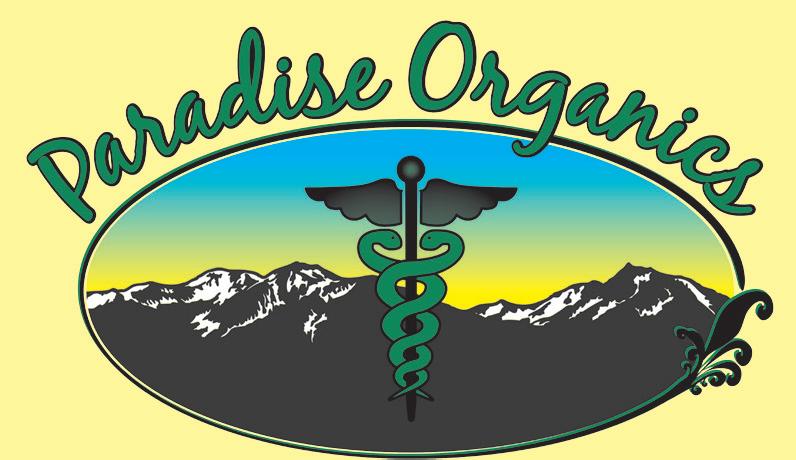


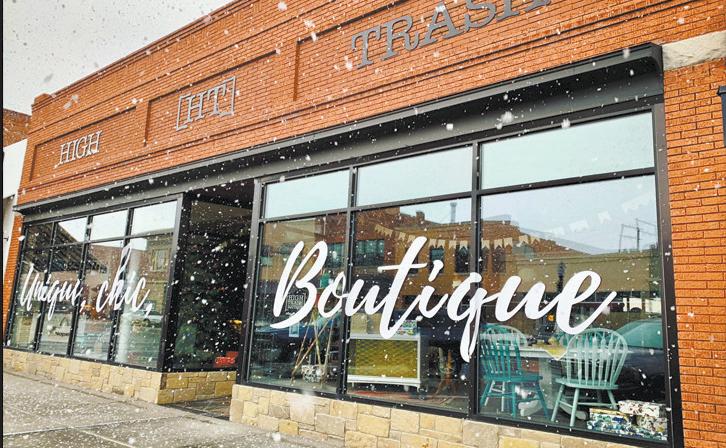
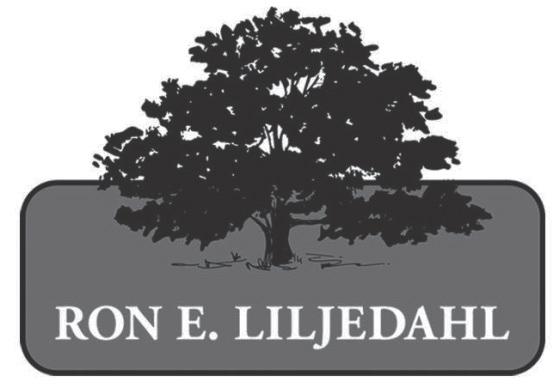
Landscape Fertilization Services
Weed Control Spraying • Landscape Tree And Shrub
Insect Pest Control Spraying • Lawn Weed Control And Fertilization
Landscape Tree And Shrub Deep Root Fertilization
Tree Care And Hazard Tree Consulting
Serving Park And Sweet Grass Counties
Call 406-222-5499 Or 406-223-5867



